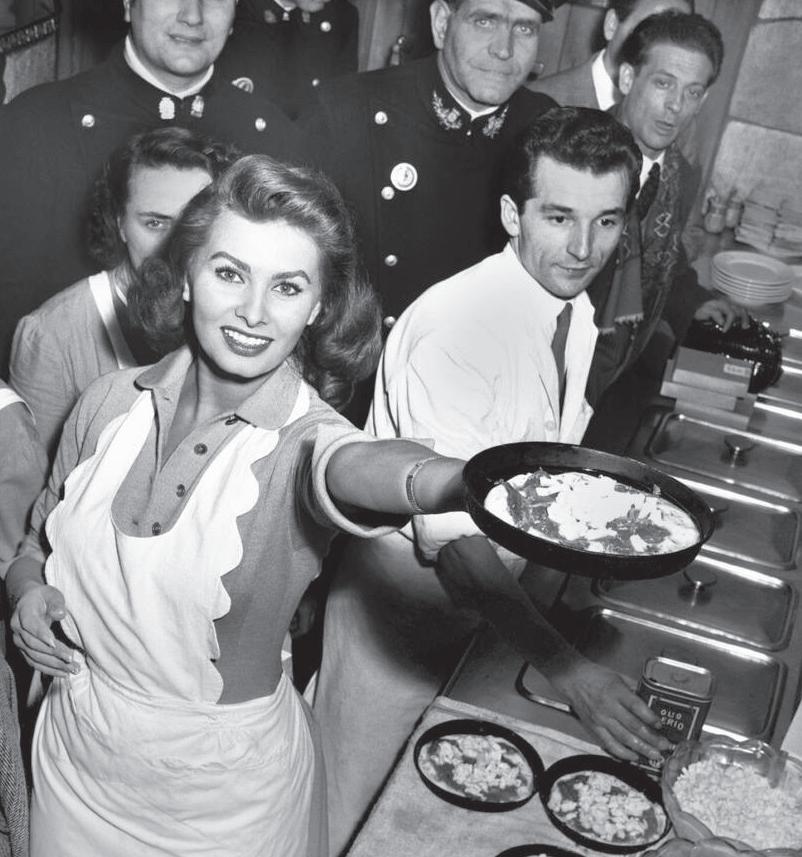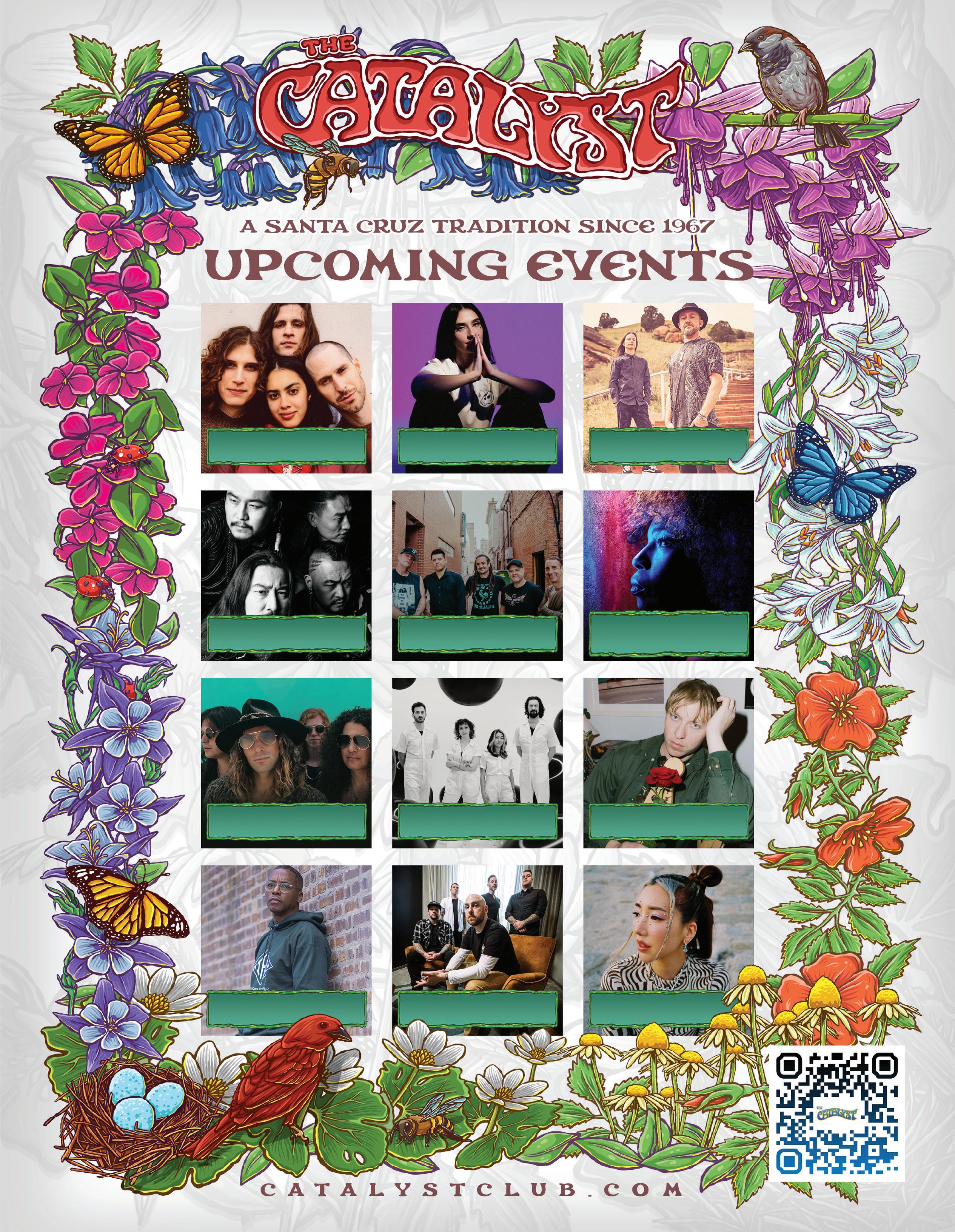





























If you have been around me, you will hear me say, “Two truths can exist at the same time.” For instance;
TRUTH: I meditate every day. TRUTH EXISTING AT THE SAME TIME: I am terrible at meditating.































If you have been around me, you will hear me say, “Two truths can exist at the same time.” For instance;
TRUTH: I meditate every day. TRUTH EXISTING AT THE SAME TIME: I am terrible at meditating.

Every day, I try to focus on a meditation clip from Mt. Wolf’s “Burgs” for seven minutes. Burgs is the founder of the organization: The Art of Meditation. I aim to quiet my mind and be fully present, but I’ve struggled with this goal for almost four years. For this issue’s Opening Vibe, I’m sharing my torture. Let’s meditate poorly together.
“If I could get you to do one thing, I would say that when you get to the point that you feel highly motivated towards keeping your virtue, you will discover pretty quickly how extraordinary a life was meant to be. We are not doing the wrong things; our minds are so messy. We don’t keep it simple.”


I lose my focus quickly. I desperately want that simplicity and awake optimistic in the morning, almost unstoppable. The daily overwhelm however soon clouds my best intentions. Instead of keeping the meditation simple as instructed, I am obsessing over it. I take a deep breath and push on.
“And we end up complicating the life that we are living. It’s completely unnecessary, and it’s such a shame to feel stuck when you ought to be having the time of your life. It doesn’t take much to make the deepest part of us incredibly happy. Just to be here, just to appreciate it all. Appreciate being here. To feel that you’re alive. To be in touch with your heart. That’s it.”

He’s right—there is no downside to these words. In fact, they meant so much that I shared them at my best friend’s funeral last year. My meditation often stumbles here, triggered by that memory and the depth of the words. Even with Stage 4 cancer, these words brought comfort to my friend. Frustration, the opposite serenity, sets in as I realize I’ve failed both Lesson 1 (Keeping It Simple) but also Lesson 2





“THE MAGAZINE’S SPIRIT IS TO SHOWCASE WHAT WE ARE ALL A PART OF HERE IN SANTA CRUZ

CULTURE WE EXIST IN. THE SPACE WE GIVE TO NON-PROFITS IS OUR WAY OF SHARING IT AND ABDICATING SPACE FOR DISPARATE VOICES. WHEN YOU TURN THE PAGES OF EACH ISSUE, I HOPE YOU CAN FEEL HOW MUCH WE APPRECIATE IT ALL.”


By Brian Upton
“And then you’ll get to the end of it, having had an awesome time and knowing that that is something you’d recommend to others. You already know this place inside, where it’s alright, and when you let the ego go, it’s not this black hole that you jump into
You know it.
Why can’t we do it?
The world is creaking under this inordinately complicated mass of humanity. When you came here, you came here with a sense of awe and wonder, dying just to see what it is all about; What would it be like to be down there and part of it?

(Overcomplicating Everything). Burgs is relentless and never halts for my processing, so I either restart the whole thing or rewind a bit to move forward.

You came here with a sense of wonder, but somehow, the wonder of it all wasn’t enough. We have stopped wondering and instead started to wonder only about ourselves. And in your wondering only about yourself, you forgot what you came here for, what you came to be a part of.”

“It takes mindfulness to come to a human life. Above that, it takes mindfulness and virtue to come to a fortunate human life. The chance to be part of this happens briefly. The invitation is not to show how inventive and imaginative you are. You are here to recognize how much you notice what you’re already part of. Just appreciate it and share it. Care about those around you and account for their welfare while looking out for your own. That’s it.”

As we conclude, the big question remains: “Why can’t I do it?” My meditation makes me feel optimistic yet smaller in the grand scheme. In a previous Opening Vibe, I shared my excitement for the quarterly magazine process as a connection to the community. The magazine is doing it’s part, but it clearly isn’t the answer to the big questions I am looking for. I’ll defer to my guy Burgs to close this out and have a pretty good idea what he would tell me;
“Appreciate Vibes for what it is without overcomplicating it.”


That’s it? Meditation disrupted. Yet, I enjoy it when I step off the train here. This specific part now reminds me of Santa Cruz Vibes Magazine and our mission. The magazine’s spirit is to showcase what we are all a part of here in Santa Cruz. This unique culture we exist in. The space we give to non-profits is our way of sharing it and abdicating space for disparate voices. When you turn the pages of each issue, I hope you can feel how much we appreciate it all. I break the meditation but chalk it up as a win of sorts.

TRUTH: I want to rewrite this editorial. TRUTH EXISTING AT THE SAME TIME: Jen Poli said we go to the printers in ONE HOUR.
Brian



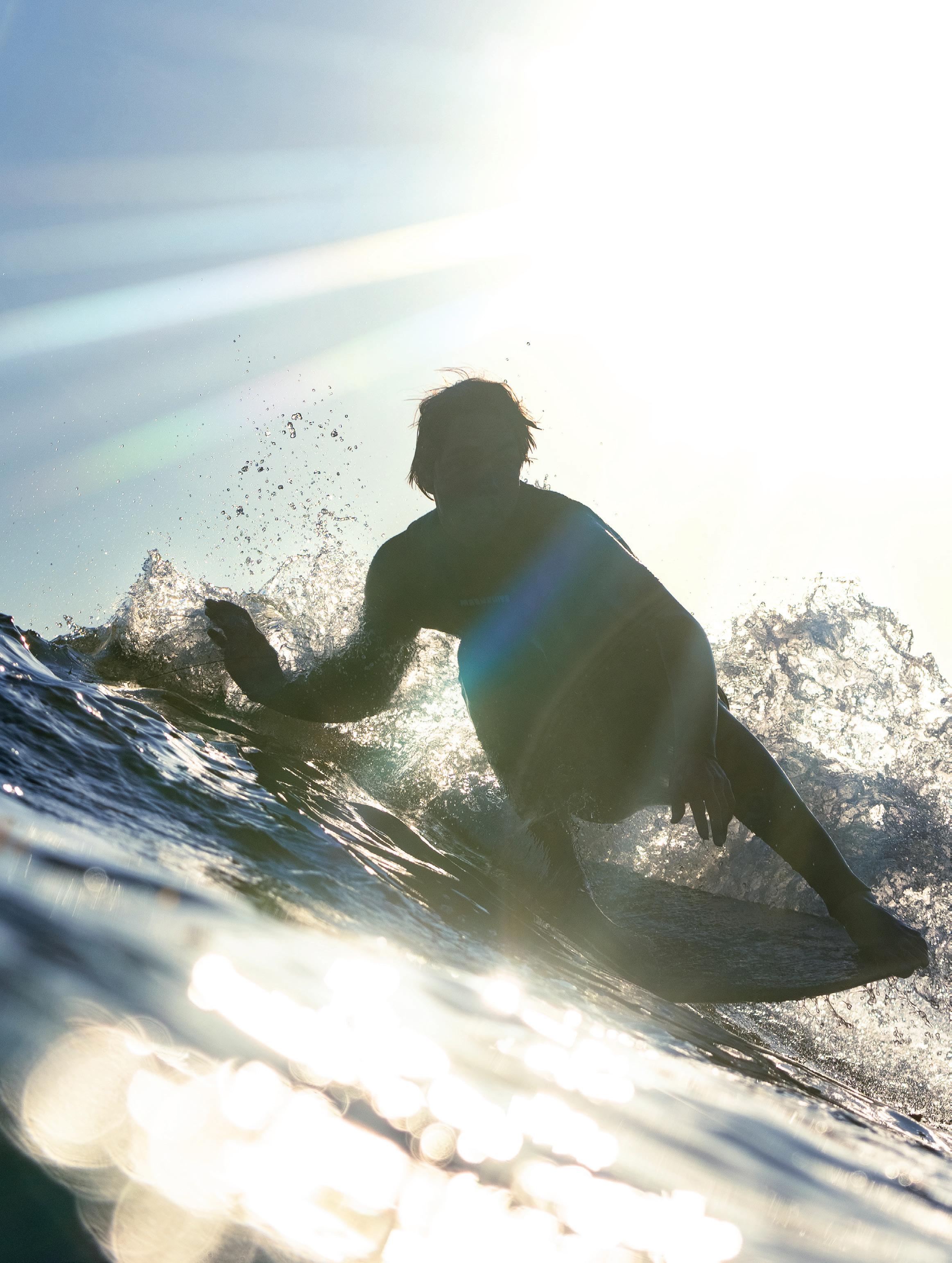
with Ryan “Chachi” Craig
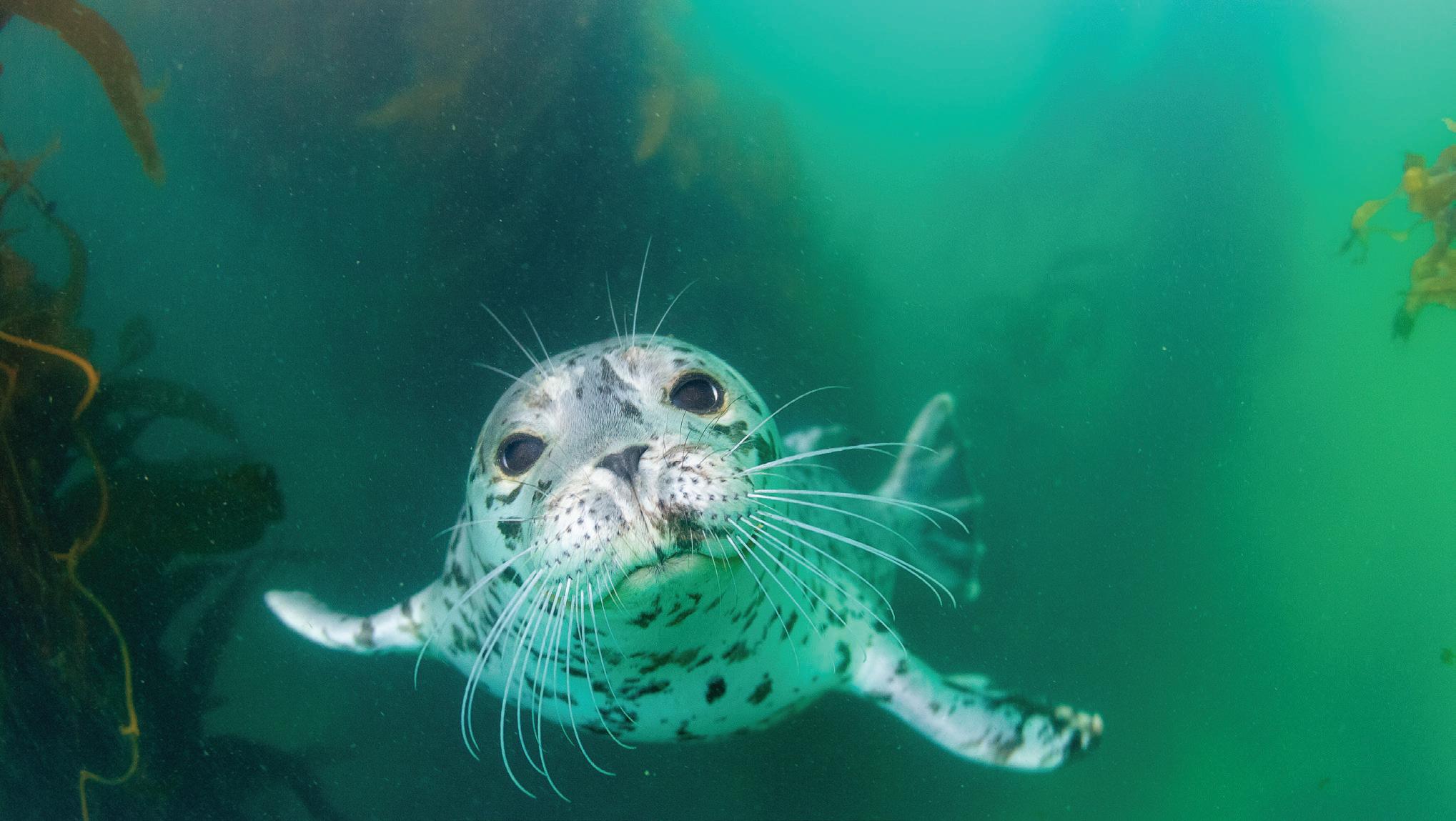
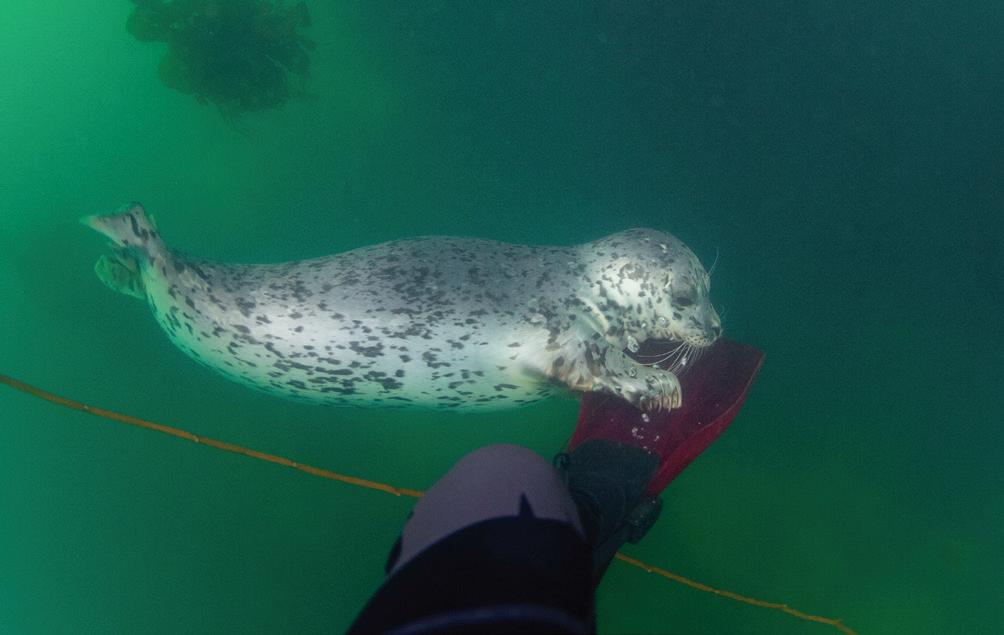
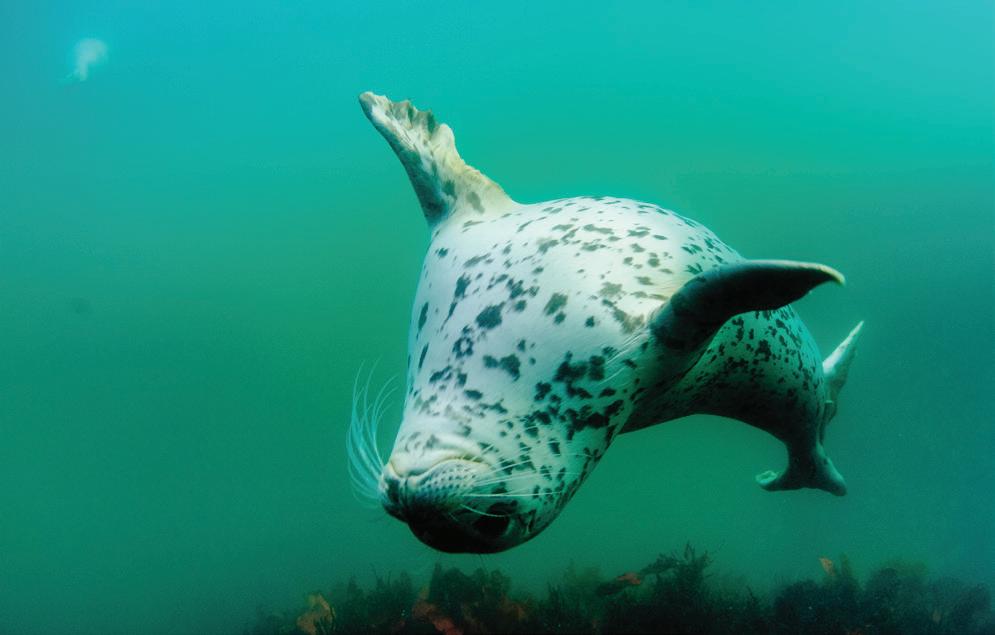
On the way to Big Sur, a few friends and I decided to do a quick free-dive just outside the Monterey Bay Aquarium in a calm little corner. Not long after we entered the water, we were greeted by this curious harbor seal who played hide-and-seek between us and the kelp for over 45 minutes. Little did I know I would take a picture that has been a crowd favorite for much of my photography career that morning 15 or so years ago.
Ryan Chachi Craig is a world-renowned surf photographer from Santa Cruz, CA., who has enjoyed documenting the surf scene for the past 20 years. His work has been on the covers of over 30 domestic and international magazines; he was a past recipient of Surfing Magazines “Follow the Light Foundation” grant and two-time honorable mention in The Red
Bull Illume photo contest. “Chachi” was a staff photographer for Transworld Surf Magazine and SURFER magazine. When Chachi isn’t on an adventure shooting for various surf brands worldwide, he still calls Santa Cruz home and is a part owner and the photo editor of Santa Cruz VIBES Magazine.





SANTA CRUZ VIBES MAGAZINE
EDITOR IN CHIEF
Brian Upton
DEPUTY EDITOR
Amy Sousa
MANAGING EDITOR
Neal Kearney
SALES & OPERATIONS
Sadie Hunt - Senior Rep
Jen Poli - Sales Rep
PHOTOGRAPHY
Ryan “Chachi” Craig Frans Lanting
Jodi Frediani
Lanny Headrick
Dave “Nelly”Nelson
PROOFREADERS
Nicole Peyton Allison Scahill
DISTRIBUTION
Magazine Taxi
US
scvibesmagazine.com
CREATIVE DIRECTOR
Jen Poli
PHOTO EDITOR
Ryan “Chachi” Craig
Dave Nelson- Sales Rep
EDITORIAL
Josh Stefanik
Andie Mills
Chris Eckstrom
James Nakahara
Ashley Drew Owen
Caroline Jaffe-Pickett
Bella Bonner
Neal Kearney
Gina Poli




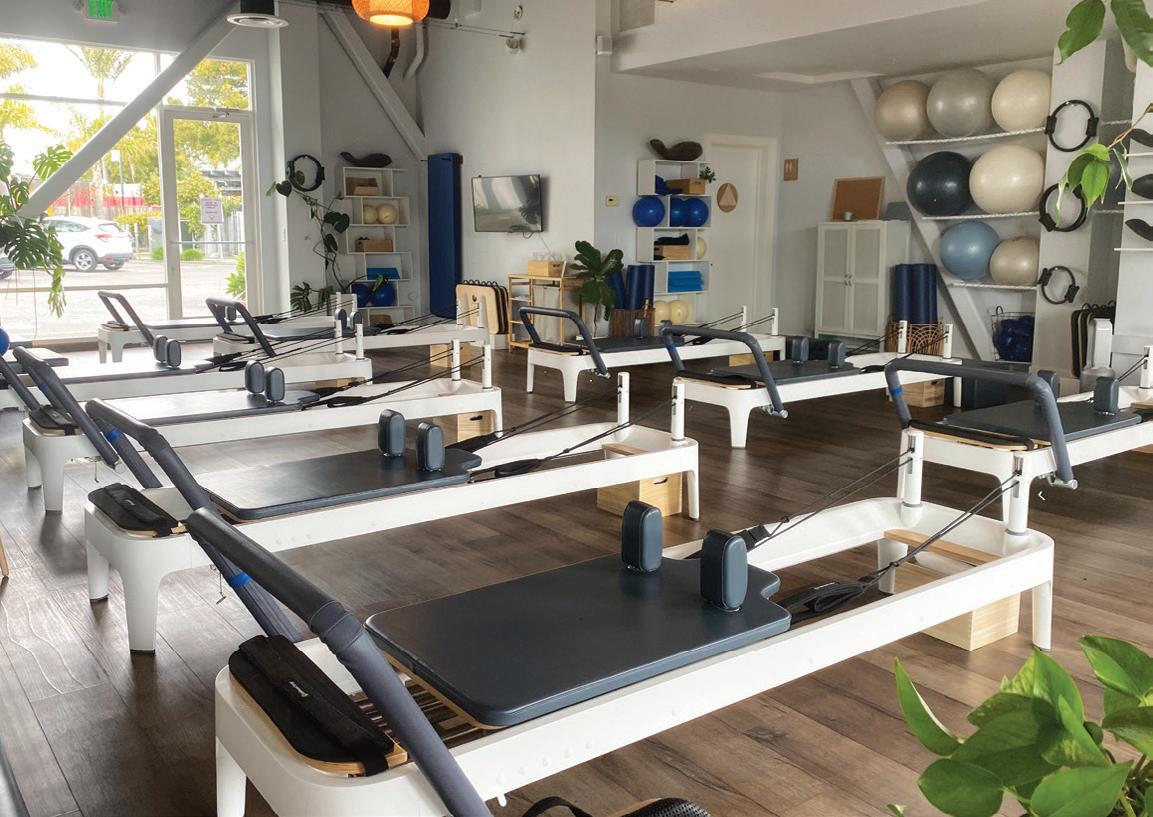


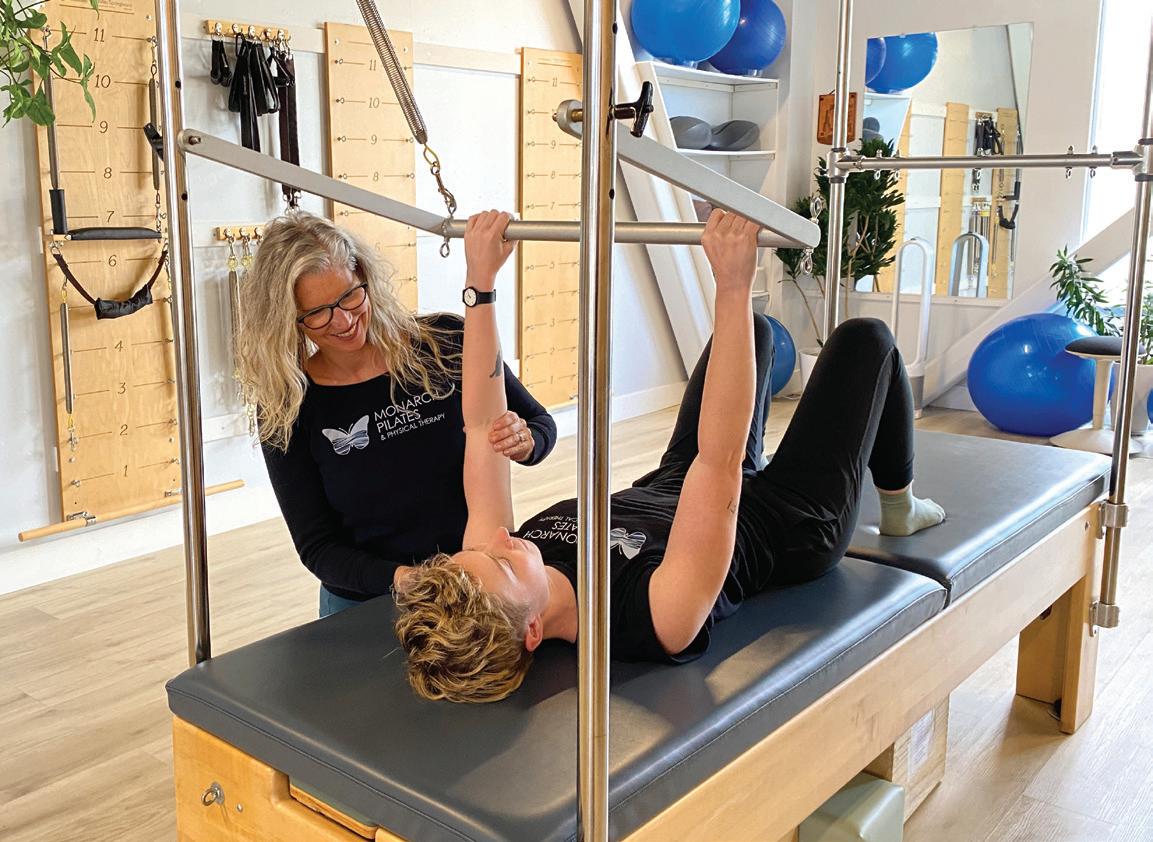
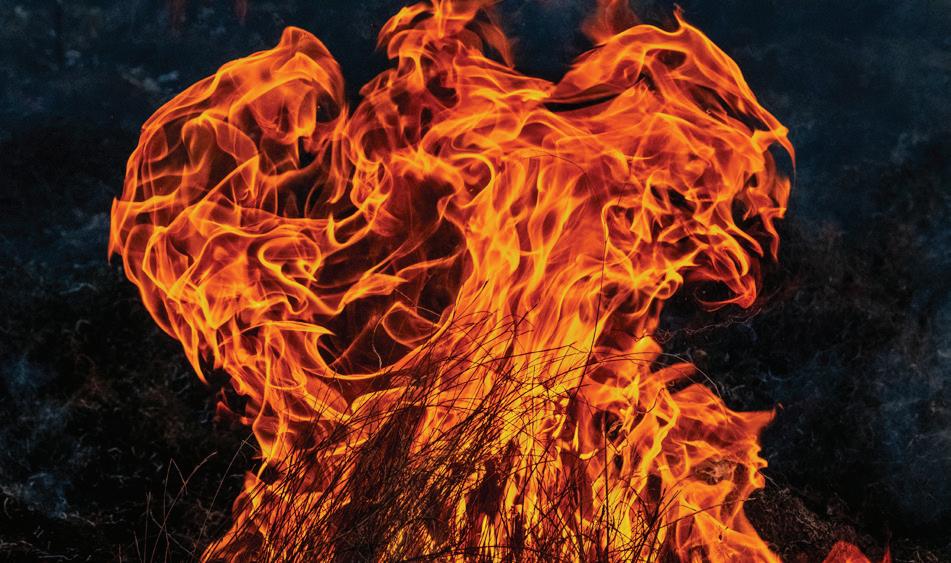
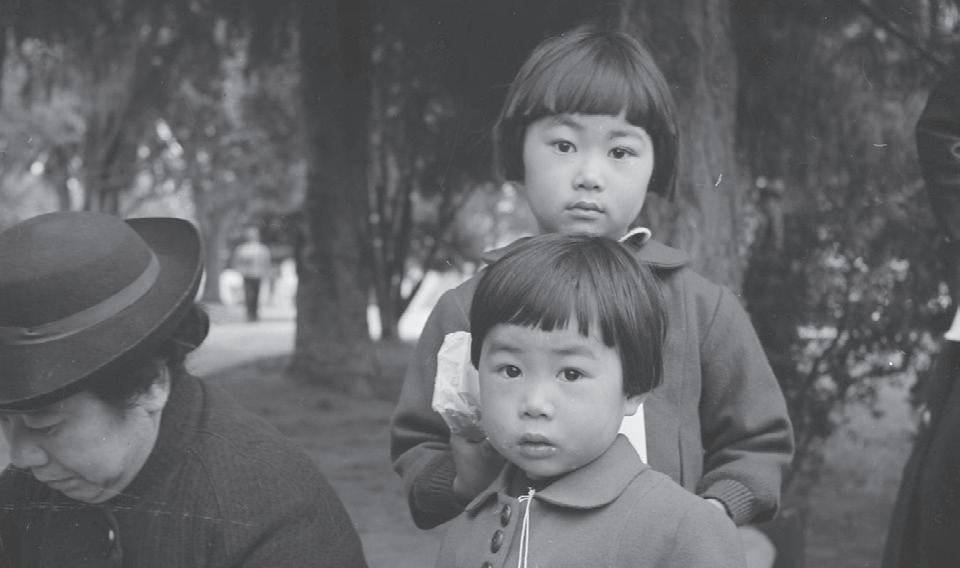
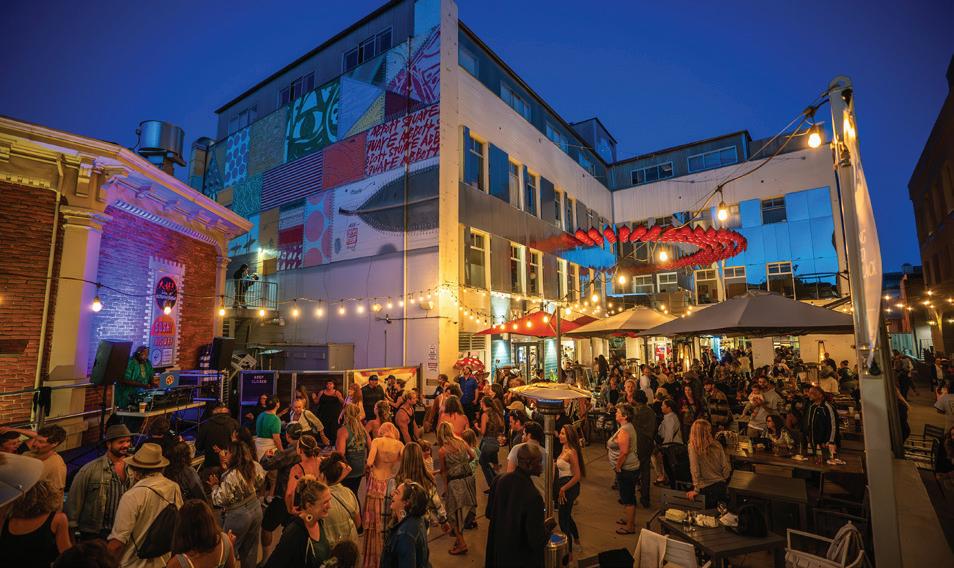
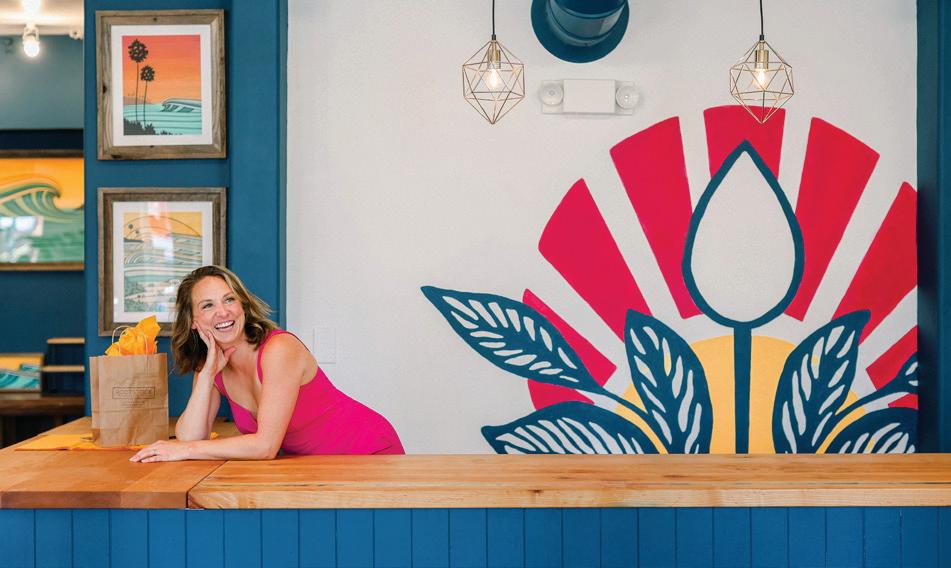
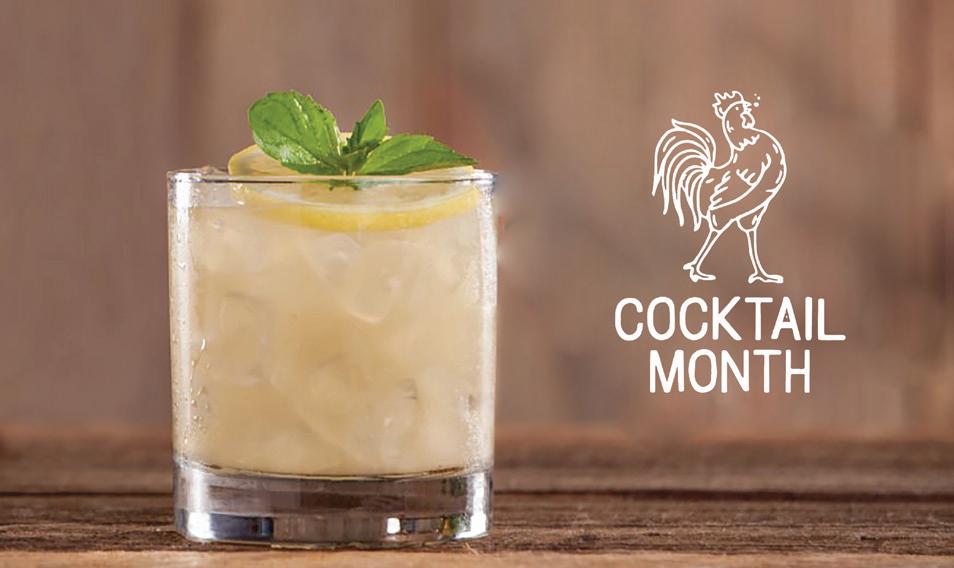

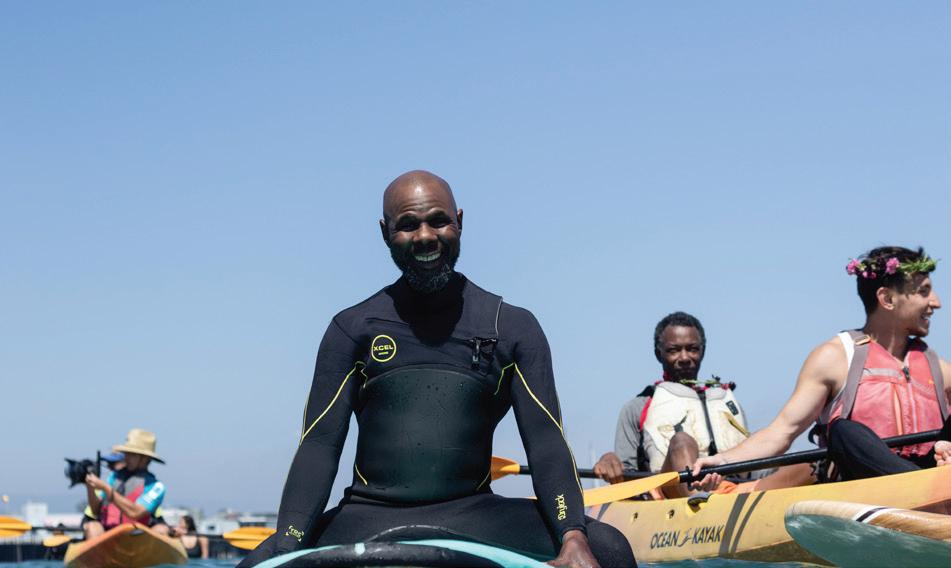
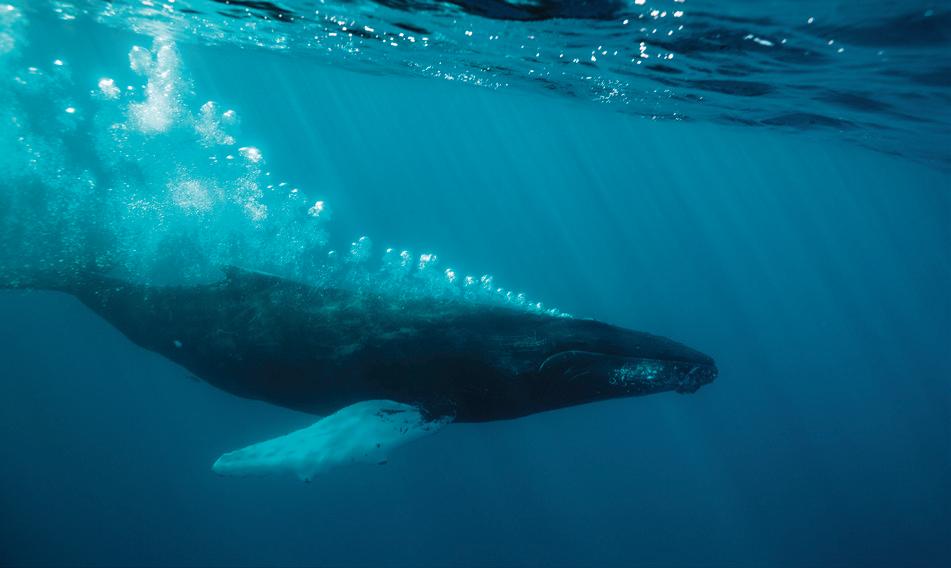


PHOTOS BY FRANS LANTING
WORDS ARE EXCERPT FROM “BAY OF LIFE”
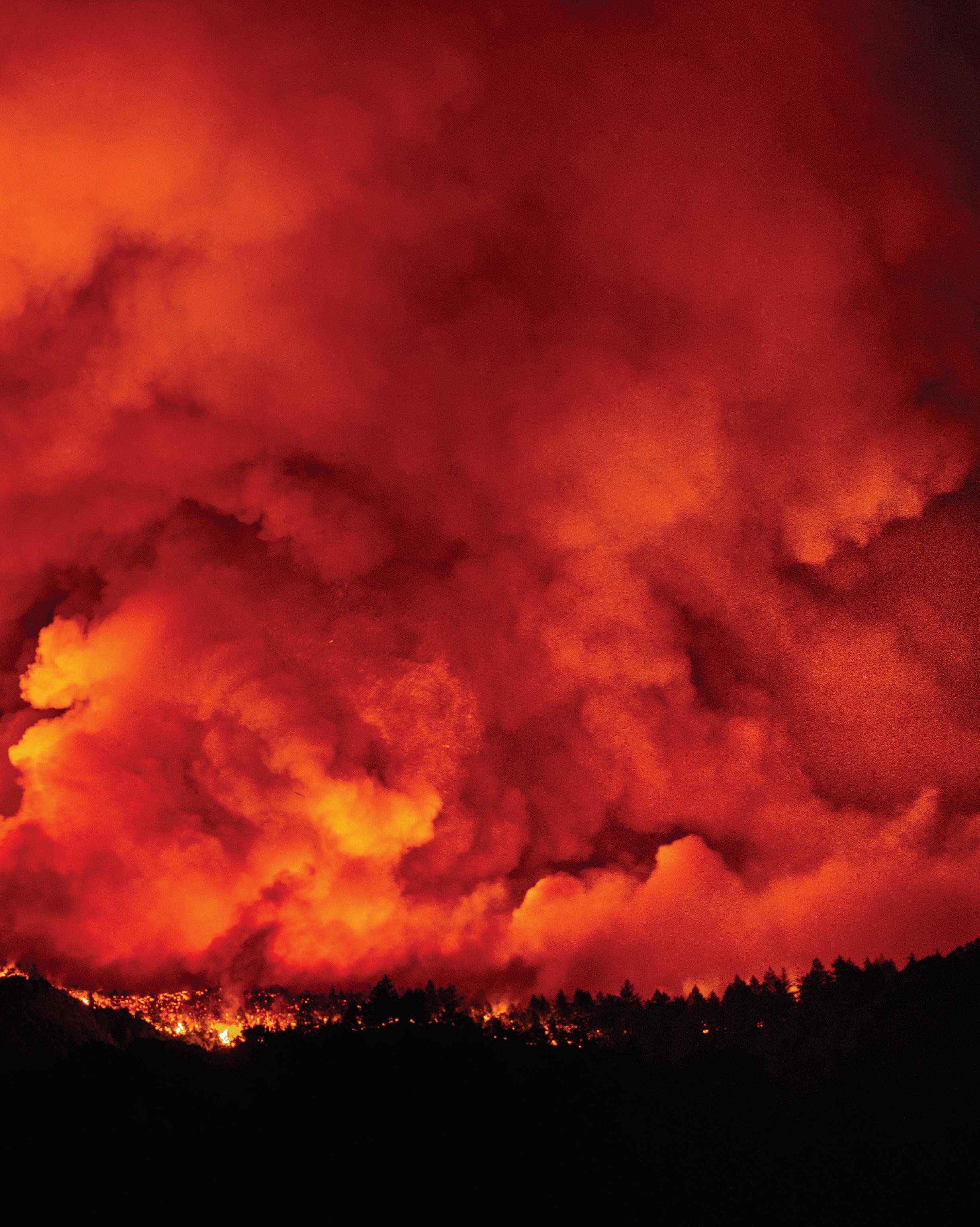

MONARCH BUTTERFLIES, NATURAL BRIDGES STATE BEACH
Monarch butterflies flutter in from all over the American West to overwinter in sheltered sites along the California coast. Santa Cruz and Pacific Grove have historically drawn the largest populations.
In autumn, westerly winds die down, upwellings slow, and the fog wanes away. September and October are the warmest months of the year. The skies turn blue, and warm water flows into the bay. Fall in the Monterey Bay is what many visitors expect summer to be.
But autumn is also a season of fire. When high pressure develops east of the Sierra Nevada while a low-pressure system forms offshore, winds from the interior can rush toward the coast. These devilish winds take their name from the Diablo Range east of Monterey Bay, but the term “Diablo wind” is now used to refer to dry offshore winds that race through the coast ranges, including the Santa Cruz Mountains. When winds from the Sierras cascade down into the Central Valley and over the crests of the Diablo Range, they can reach speeds of hurricane force. As they descend toward the coast, they heat up and lose humidity, funneling through canyons
and gaps in powerful gusts. Everyone’s nerves are on edge when this wind hits the hills while vegetation is at its driest, primed for fire.
The first rain showers that break the long dry season in late summer and early fall can arrive as monsoon storms that blow in from the south. But these systems become dangerous when they develop into dry lightning storms. That was the cause of the massive fires of 2020 in the Santa Cruz Mountains: dry lightning strikes on a parched landscape ignited scattered blazes that merged. Fanned by winds from the interior, it became a firestorm.
Fire can be destructive when it rages through a drought-stricken forest, driven by high winds, scorching everything in its path. Yet it can also rejuvenate nature when it creeps along the ground, burning brush and nourishing the soil in grasslands and woodlands. Many plants in Monterey Bay are
adapted to fire, and some conifers like knobcone pines actually rely on intense heat to open their cones so their seeds can disperse after a fire.
FIRESTORM, BIG BASIN REDWOODS STATE PARK (P.12-13)
The CZU Lightning Complex Fire ravaged California’s Santa Cruz and San Mateo counties in 2020. Strong winds whipped a fire started by lightning into an inferno that engulfed Big Basin and burned almost the entire park and many places beyond.
• Size: 86,509 acres, which is three times the size of San Francisco
• Duration: 38 days, from August 16 to September 22, 2020
• Cause: Lightning strikes from a thunderstorm, totaling nearly 11,000 strikes, combined with dry conditions
• 1,490 structures destroyed, including 697 single-family homes
FOR MORE INFO VISIT: Bayoflife.net
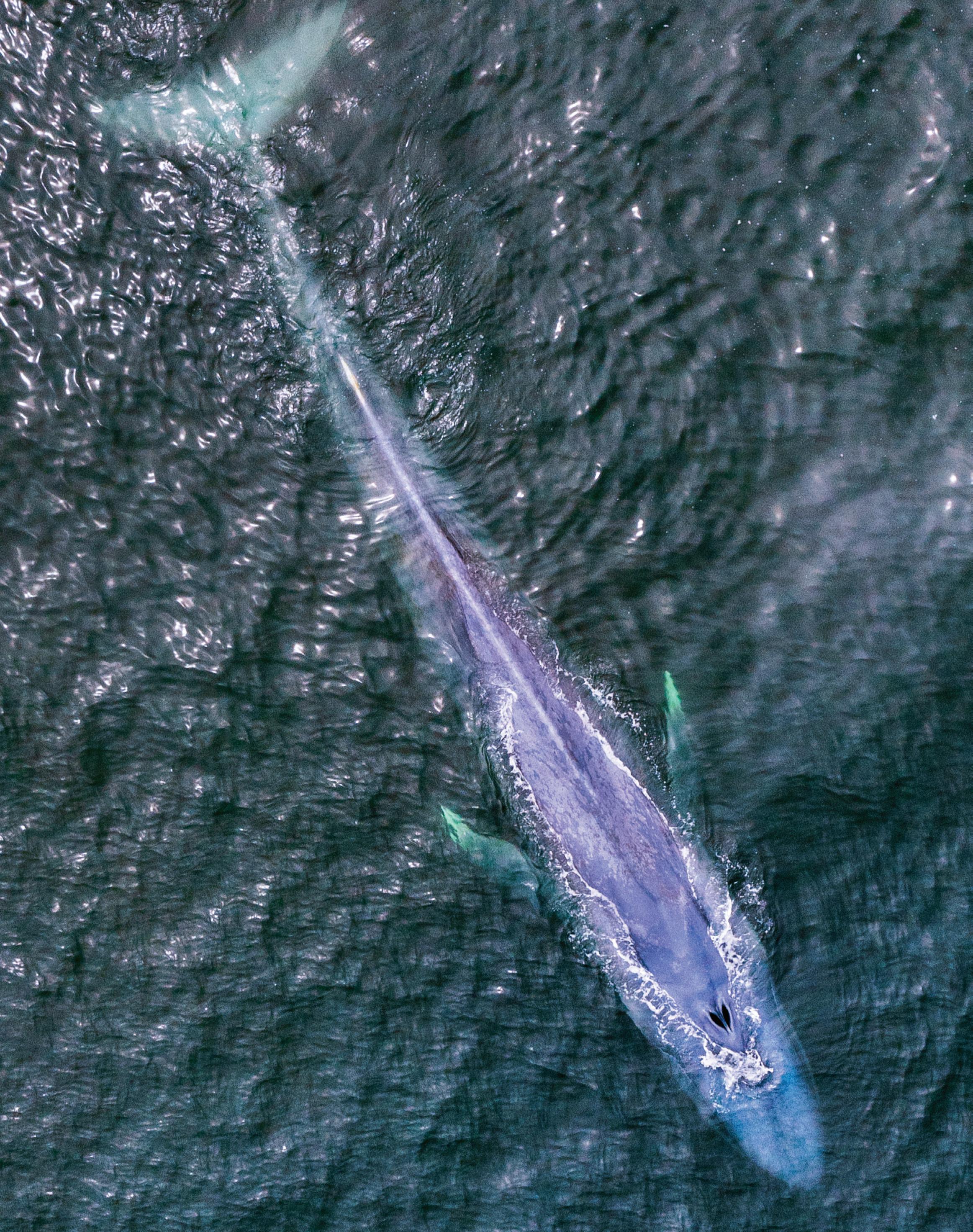
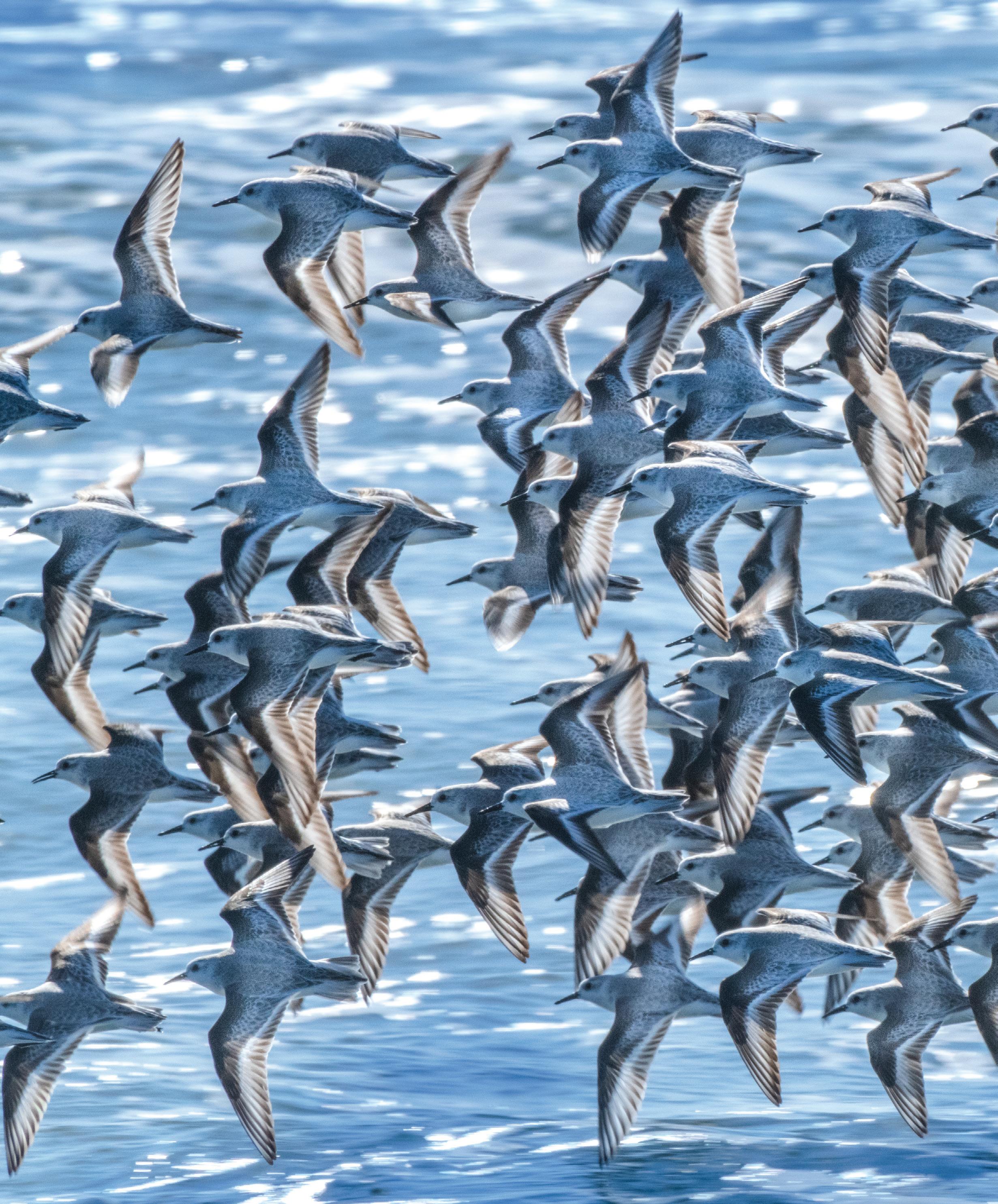
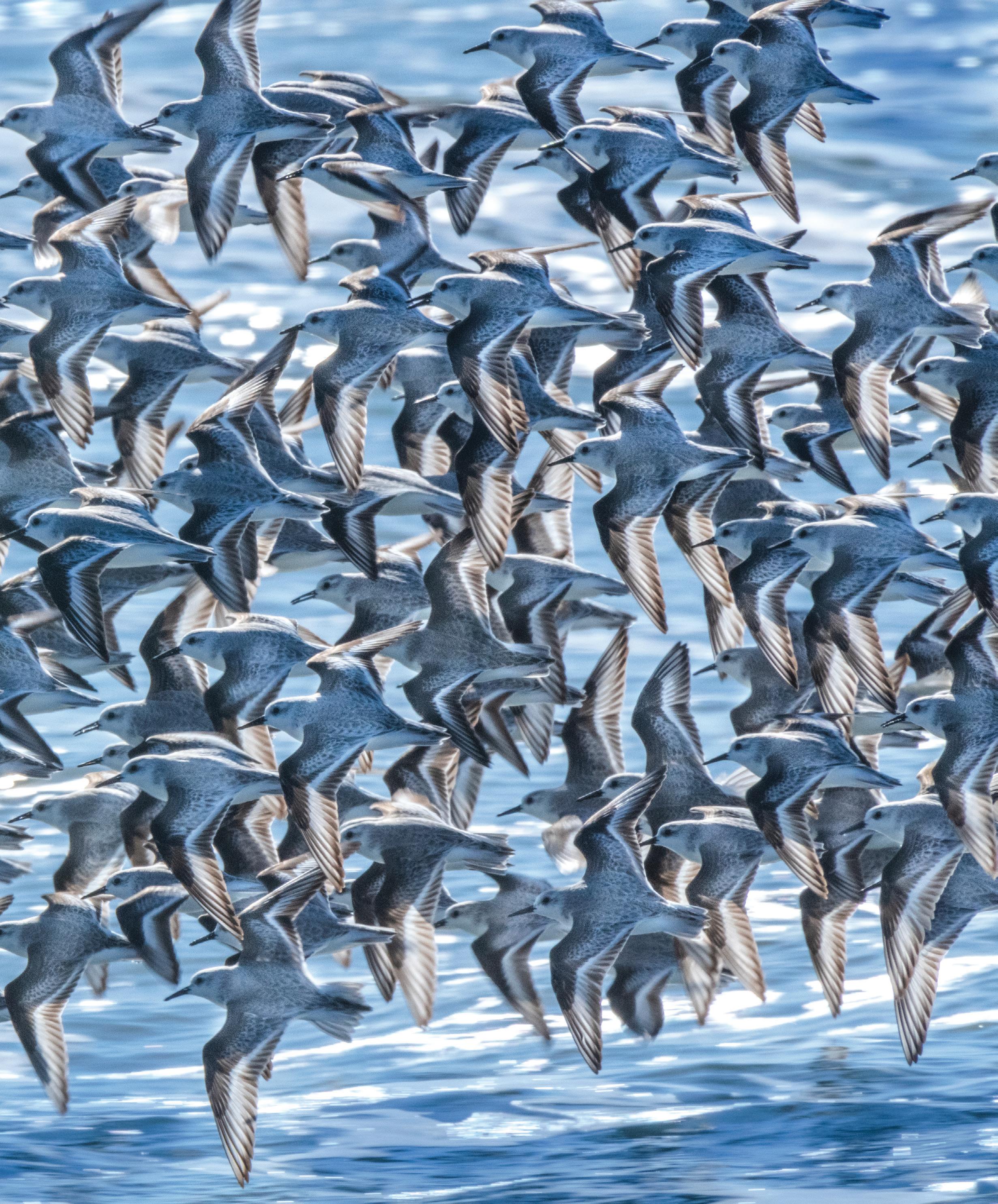
Sanderlings are far-flung shorebirds that pass through Monterey Bay twice a year as they migrate between nesting grounds in the high Arctic and wintering areas in Latin America. They feed on tide lines all along the way.



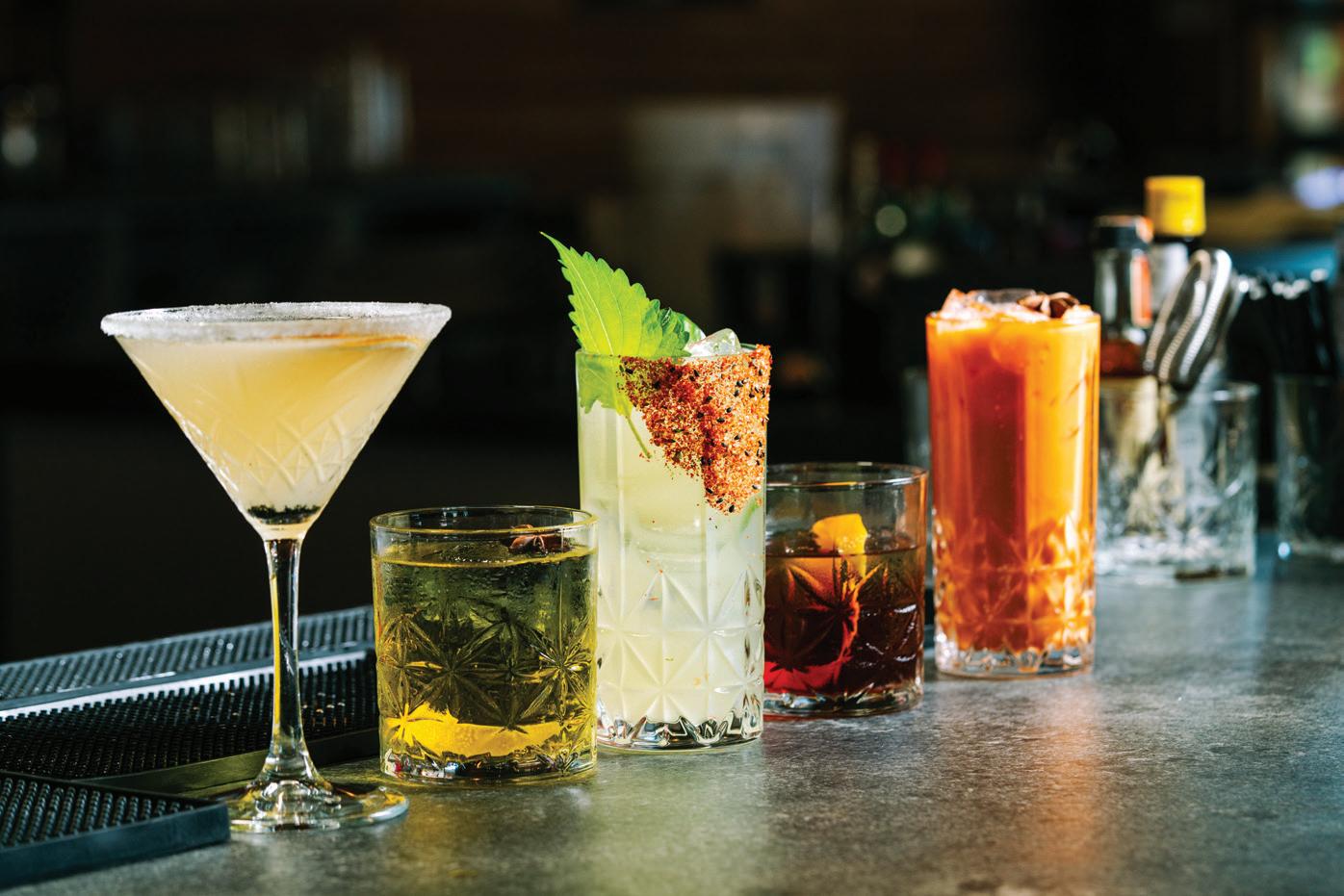
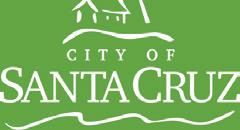




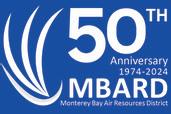


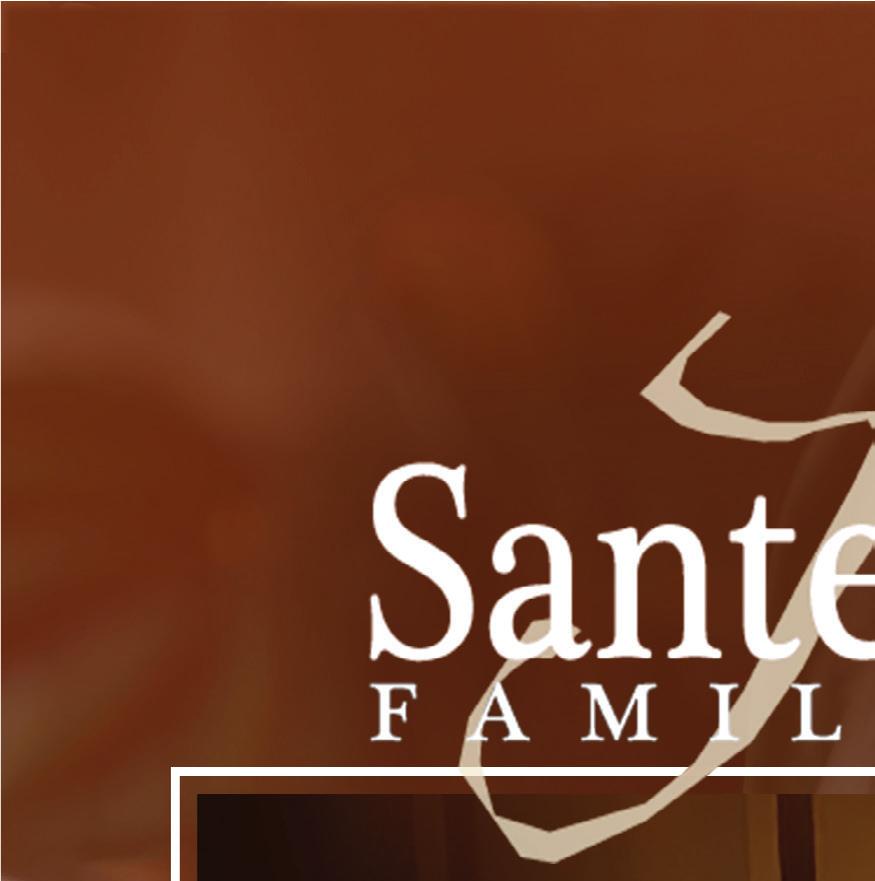
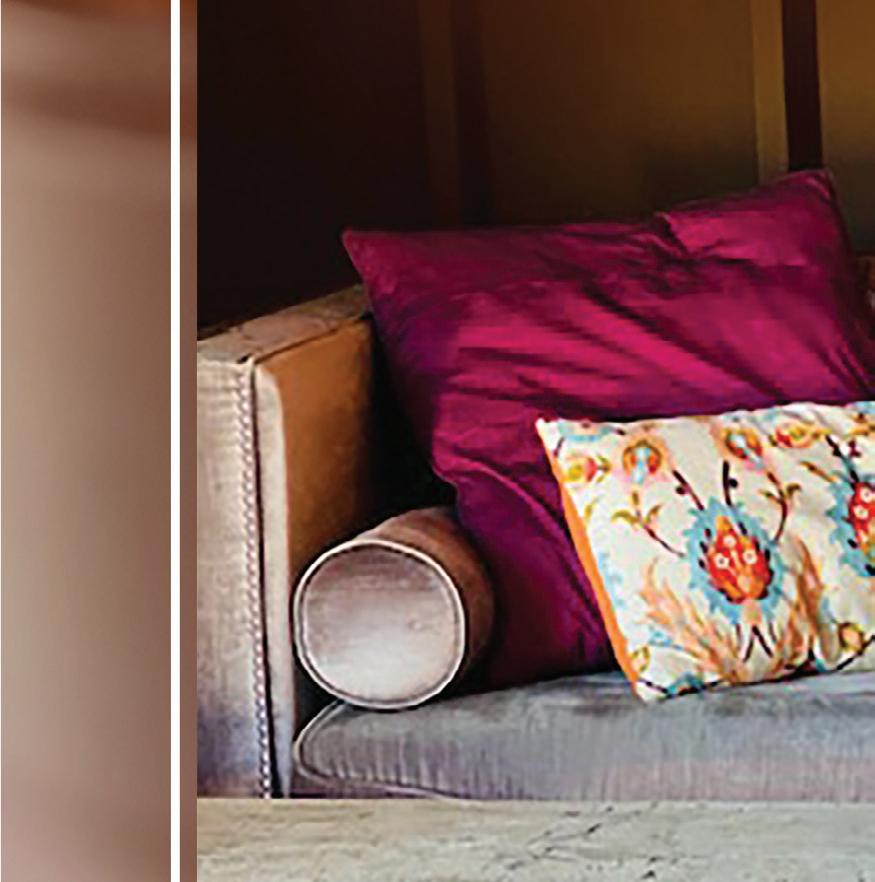
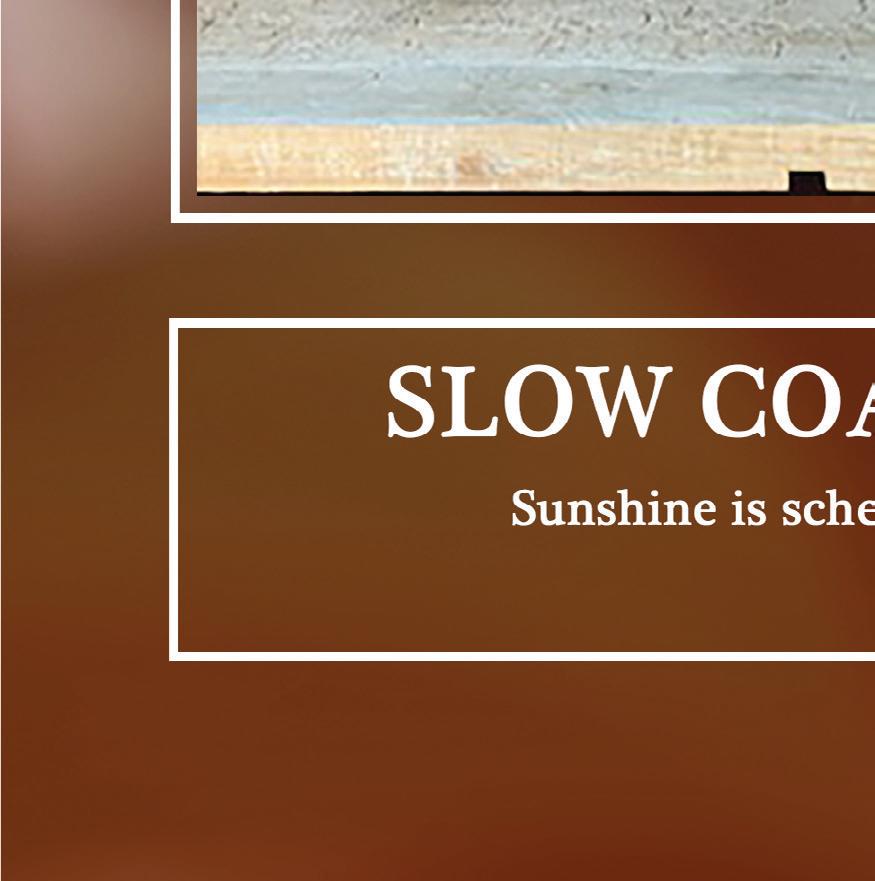
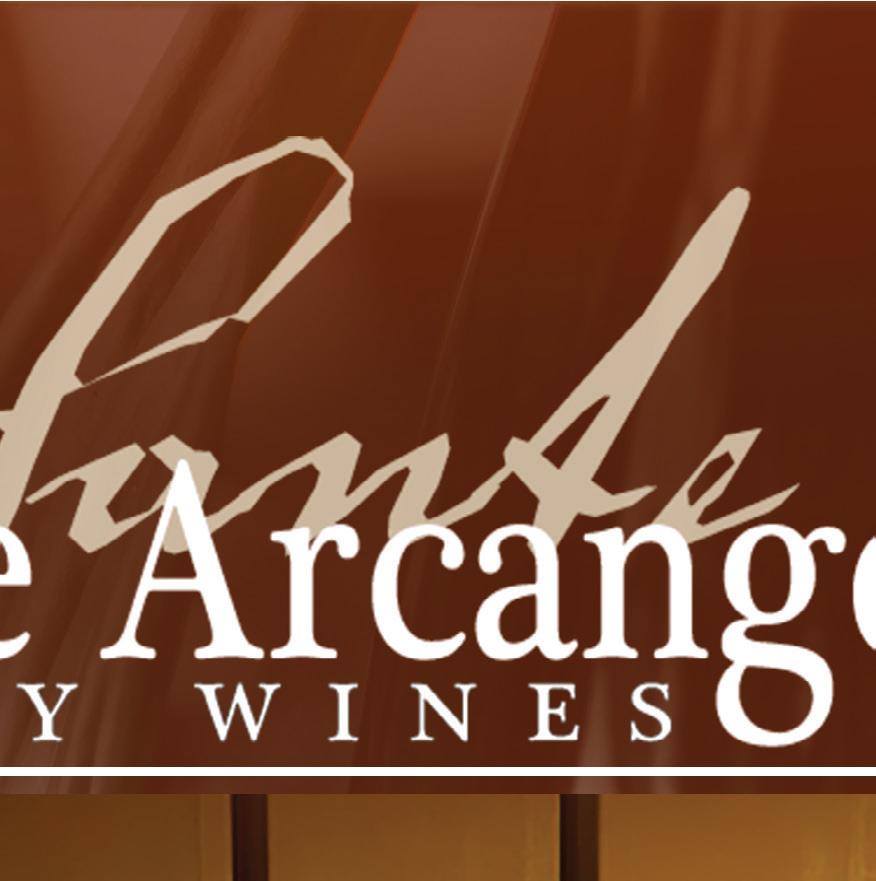
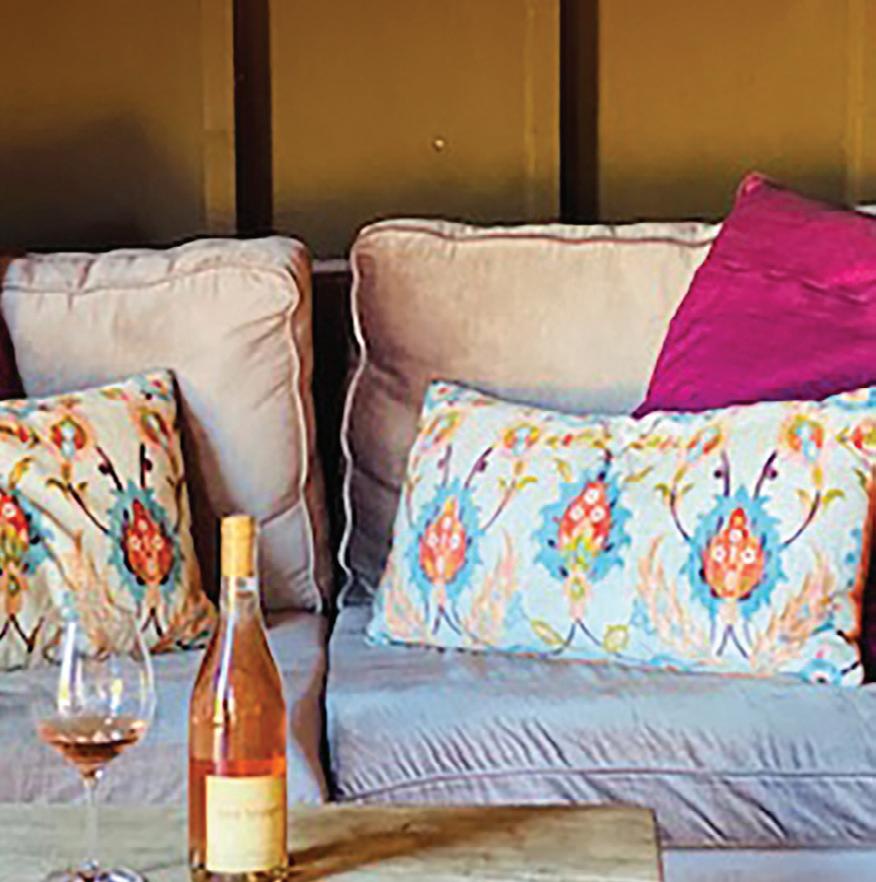
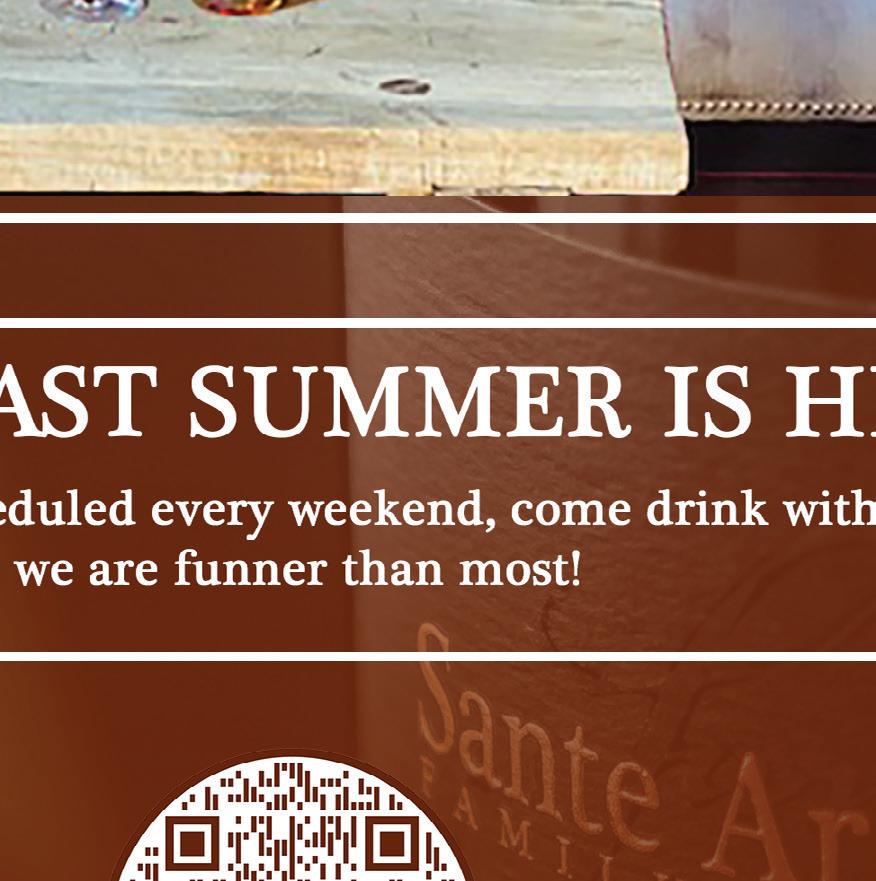

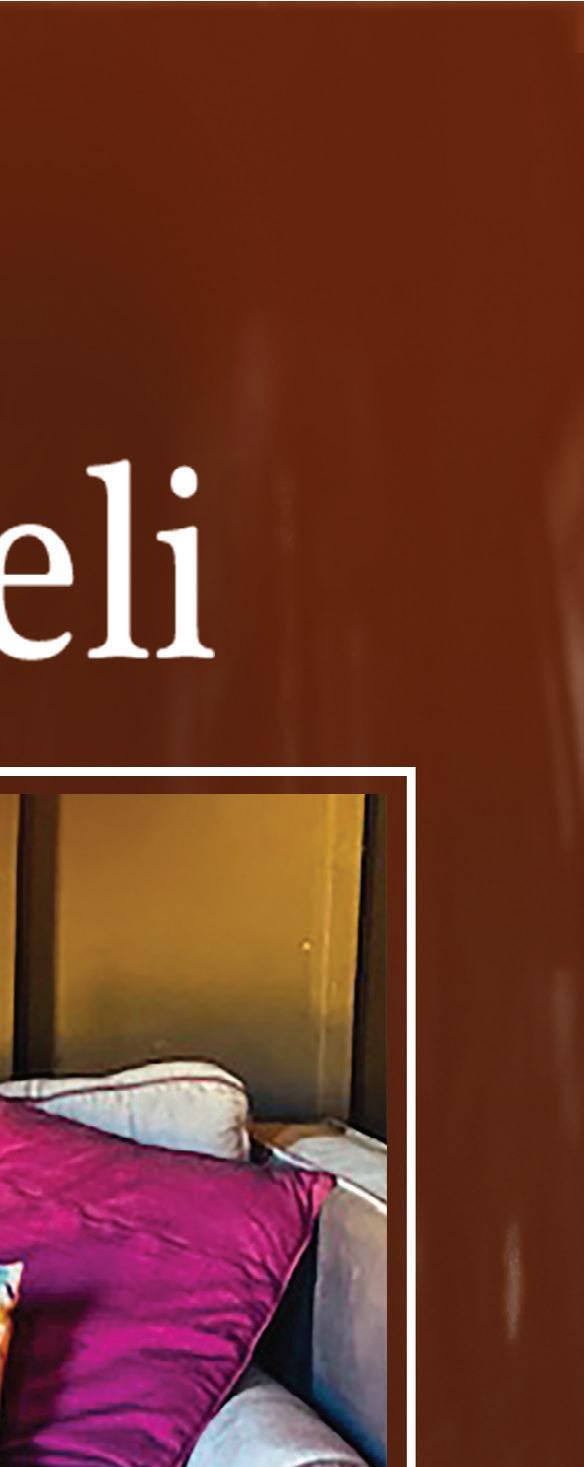
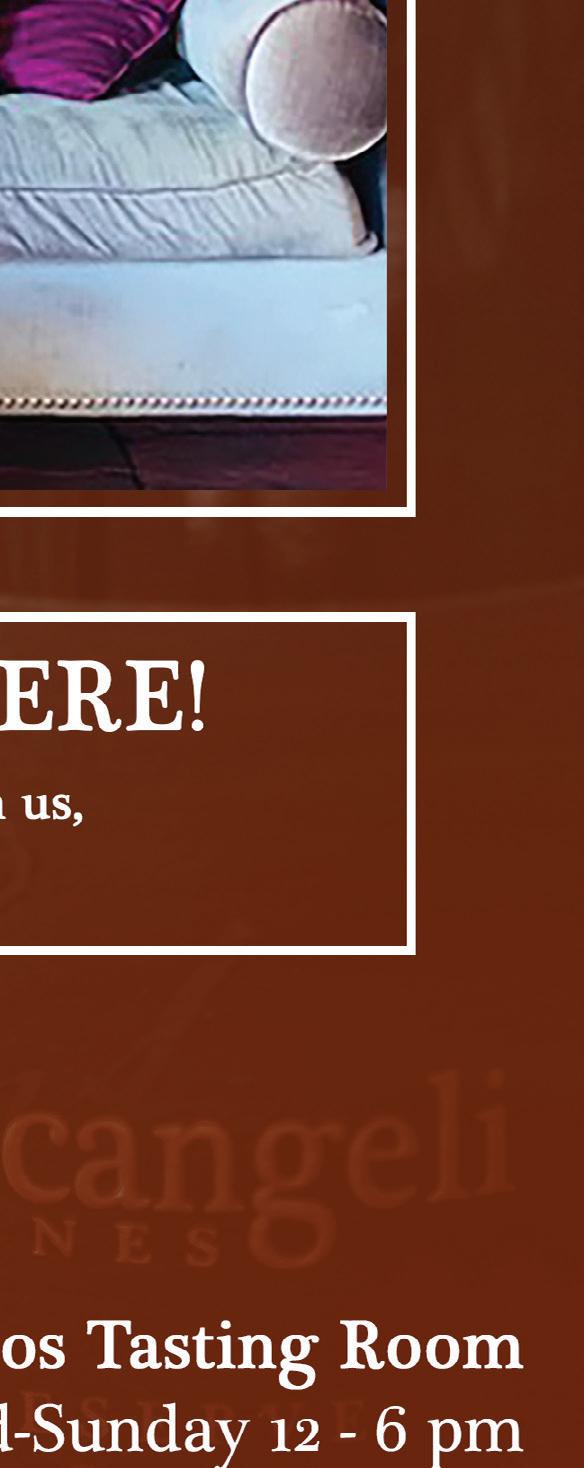

By James Nakahara
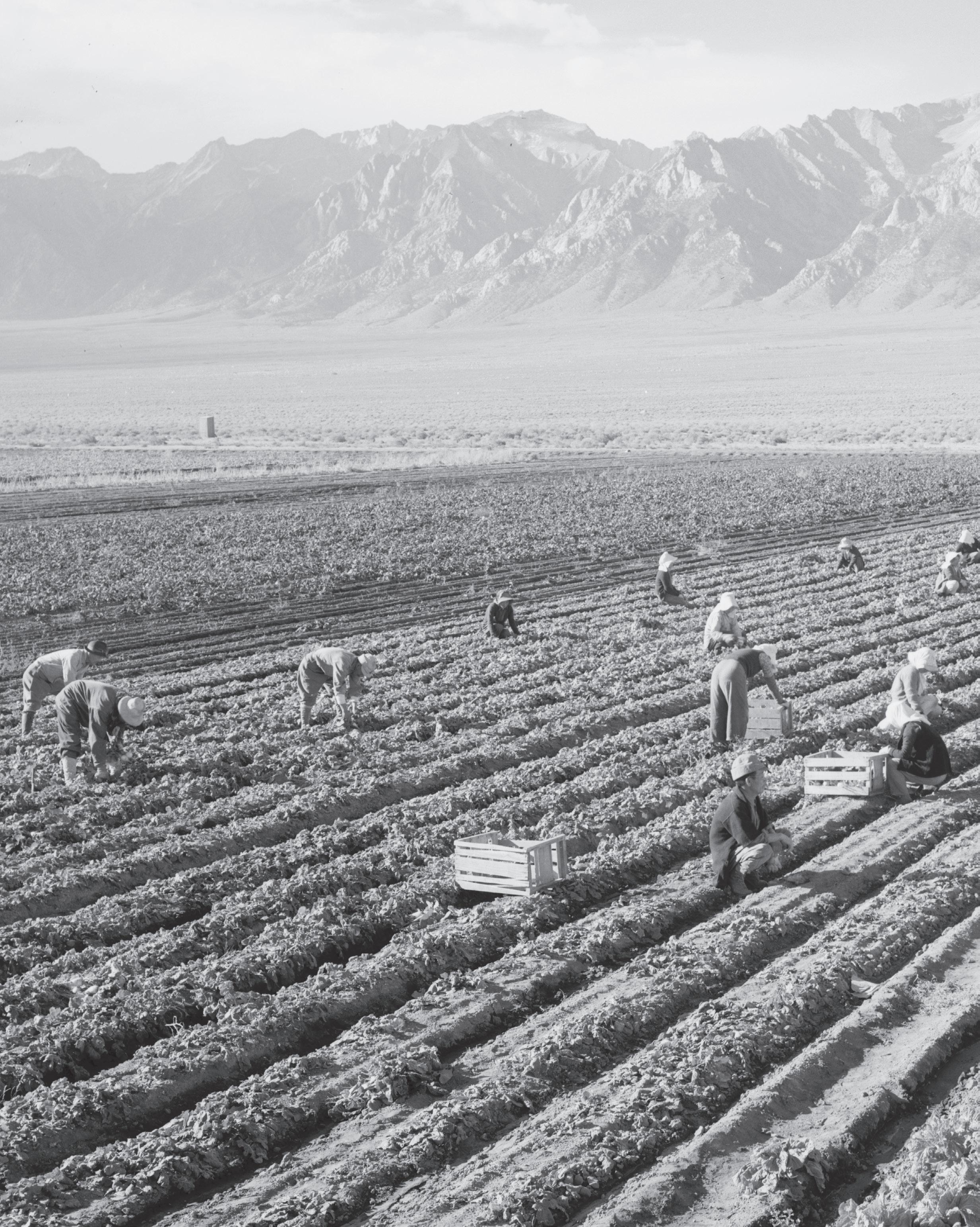
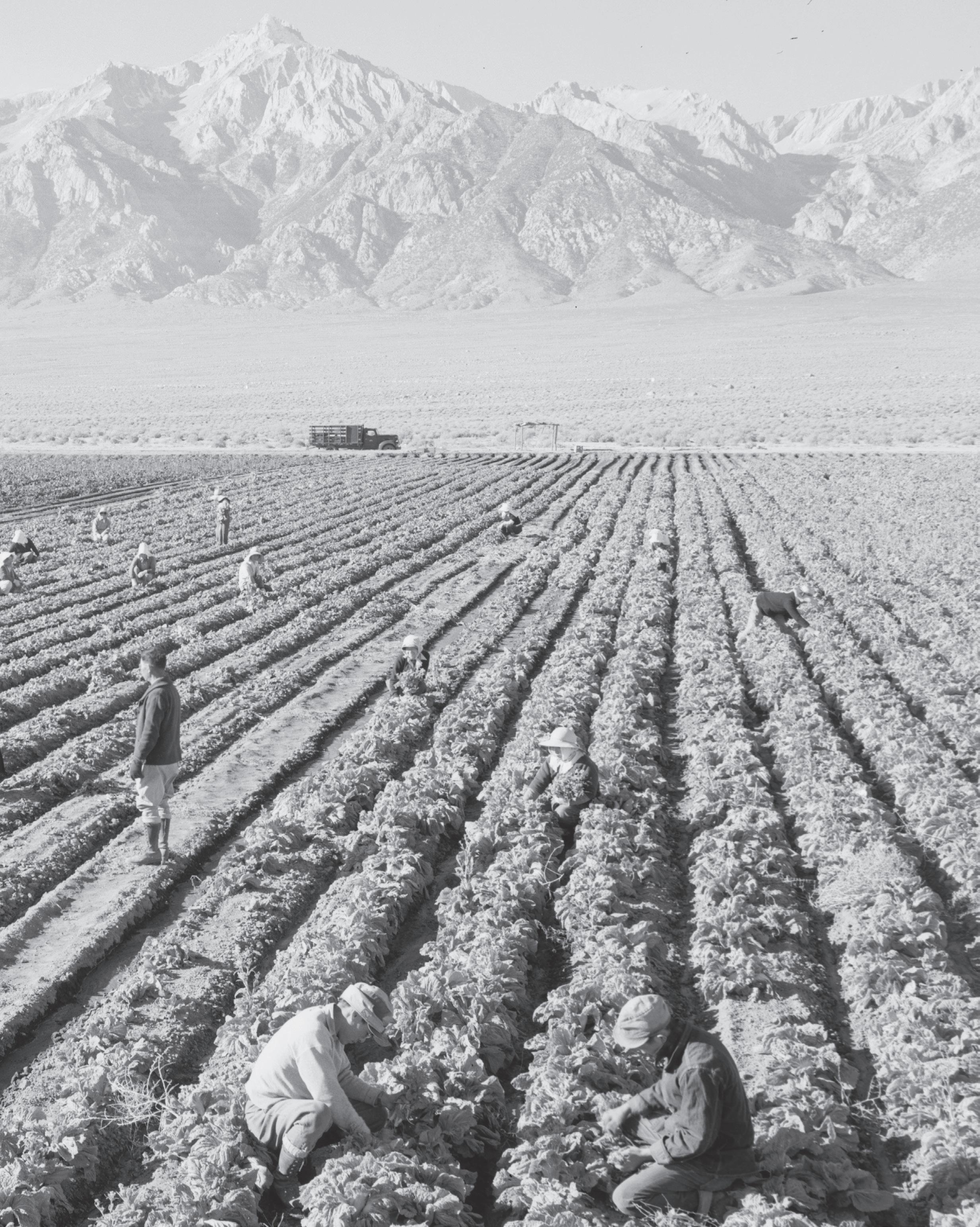
In the early 1900s, my family embarked on a journey from Japan, via Hawaii to California, settling in Salinas and laying the foundation for our century-long legacy in agriculture. In Salinas, they joined a community of Japanese-American farmers who were transforming California’s agricultural landscape. By the 1910s, these farmers had become the backbone of the West Coast’s farming industry, producing nearly 80% of the state’s strawberries and significant portions of beans, cucumbers and lettuce. Their farms were marvels of productivity, boasting an average value per acre — three to four times that of their peers. Utilizing intensive farming techniques from Japan, such as crop rotation and meticulous water management, they turned barren lands into lush, fertile fields, and reshaped the agricultural output of the western states.
The success of these farmers, including my own family, was abruptly halted by World War II. In February of 1942, following the Pearl Harbor attack, Executive Order 9066 led to the forcible removal and incarceration of over 120,000 Japanese Americans, the vast majority of whom were U.S. citizens not convicted of any crime. They had only days to leave their homes and businesses, leading to the loss of their farms and properties, which were often sold at drastically reduced prices or simply outright confiscated. My grandparents were concerned about the family being split, so they married right before the “evacuations” where our family was ordered to the Salinas Assembly Center, then to Tule Lake in Northern California before their final destination of Amache, Colorado. While imprisoned, many Japanese Americans were offered work (pennies to the dollar for equivalent farm work outside of camp) to ostensibly improve other marginalized lands for white farmers. Almost all the internment camps that were designed and built across the western U.S. were located near newly created USDA works projects.

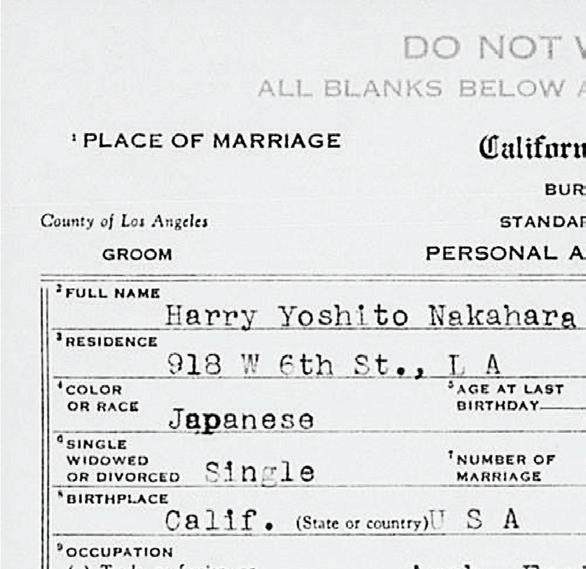
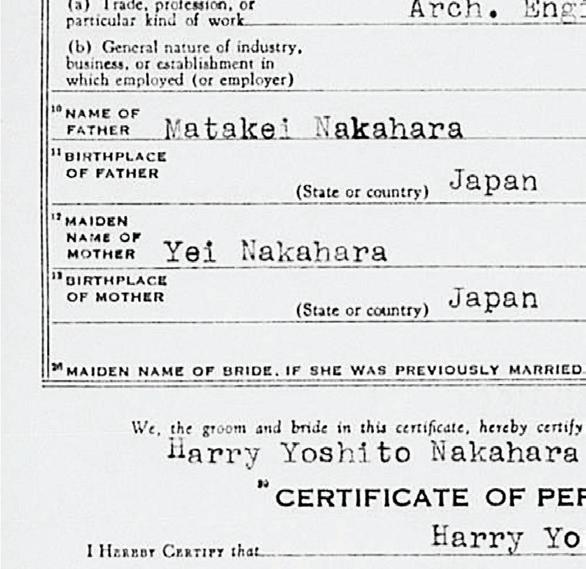
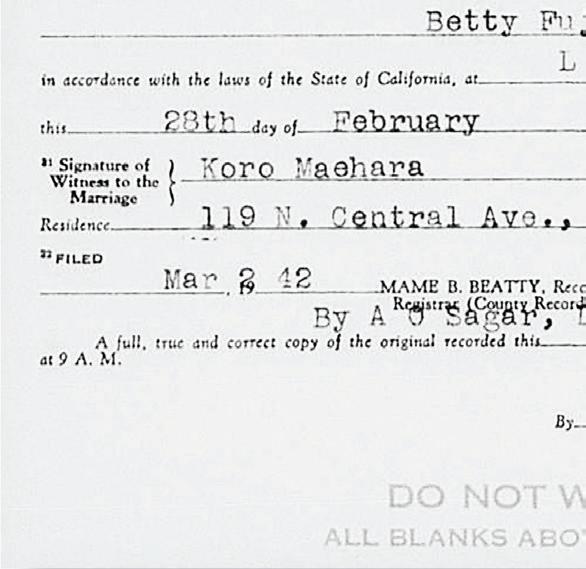
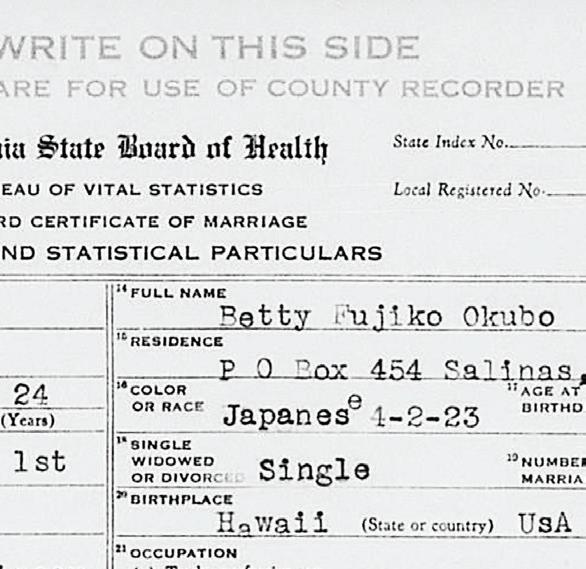




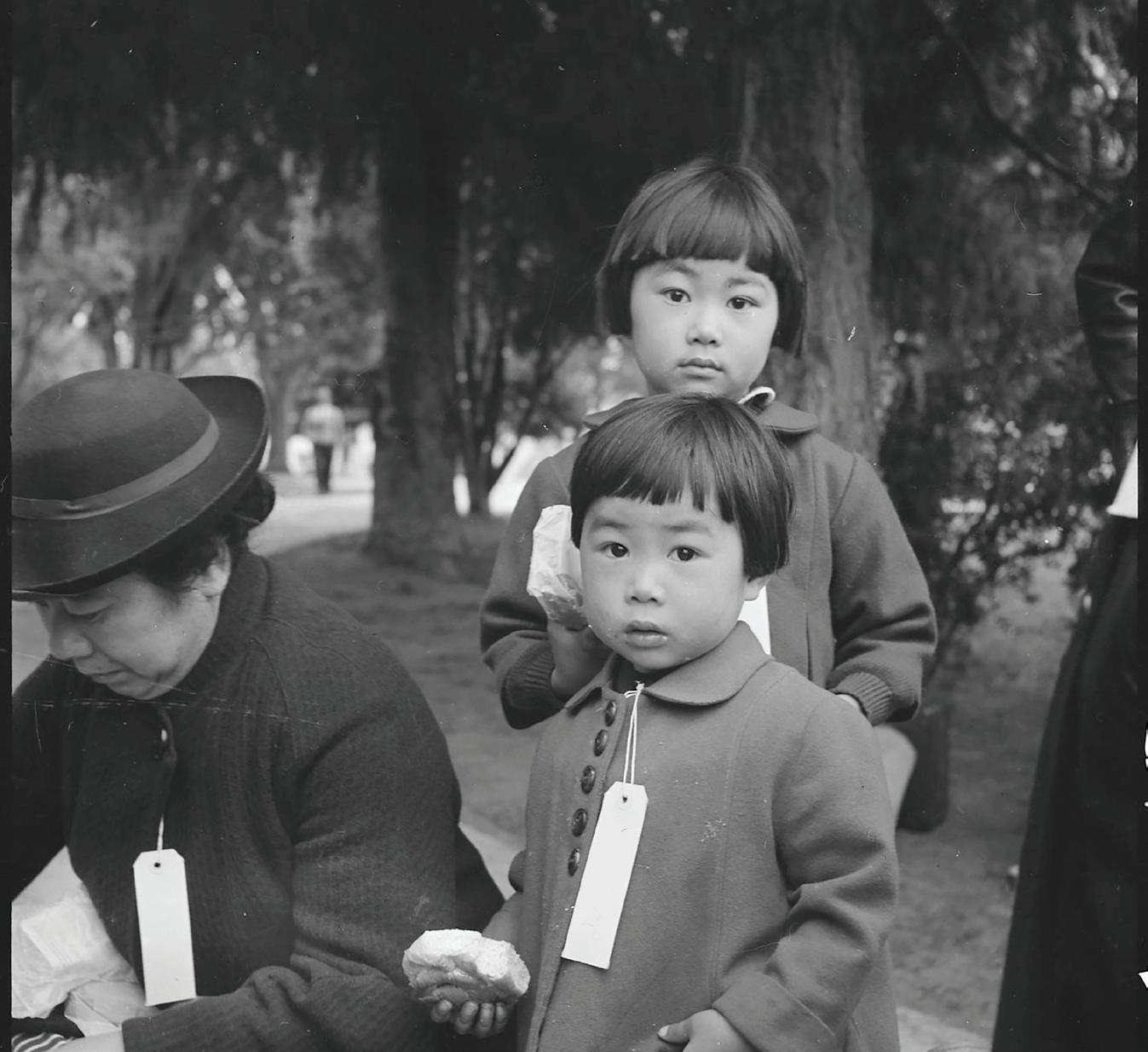


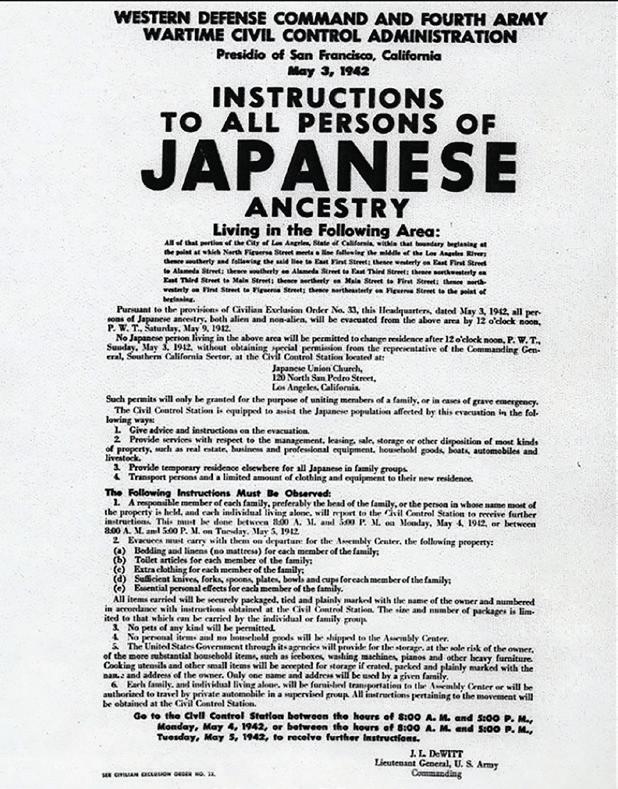
During their incarceration, internees faced overcrowding, inadequate nutrition and severe weather. It was in these squalid conditions that an average of one in three newborn children died shortly after birth. My grandmother — who was born and raised in Honolulu, Hawaii, and moved to California before Pearl Harbor — was pregnant in 1942, and given existing food rations and living conditions, was very worried about being healthy enough to have a successful birth. Her plight made its way to the wife of farmer Vernon Strode, who had hired my grandfather to work outside the camp. Through Juanita Strode’s insistence on coordinating and smuggling in more fruits and vegetables for Bachan, our family believes my grandmother was able to healthily deliver my uncle. As a thank you to that farmer and his wife, my father,
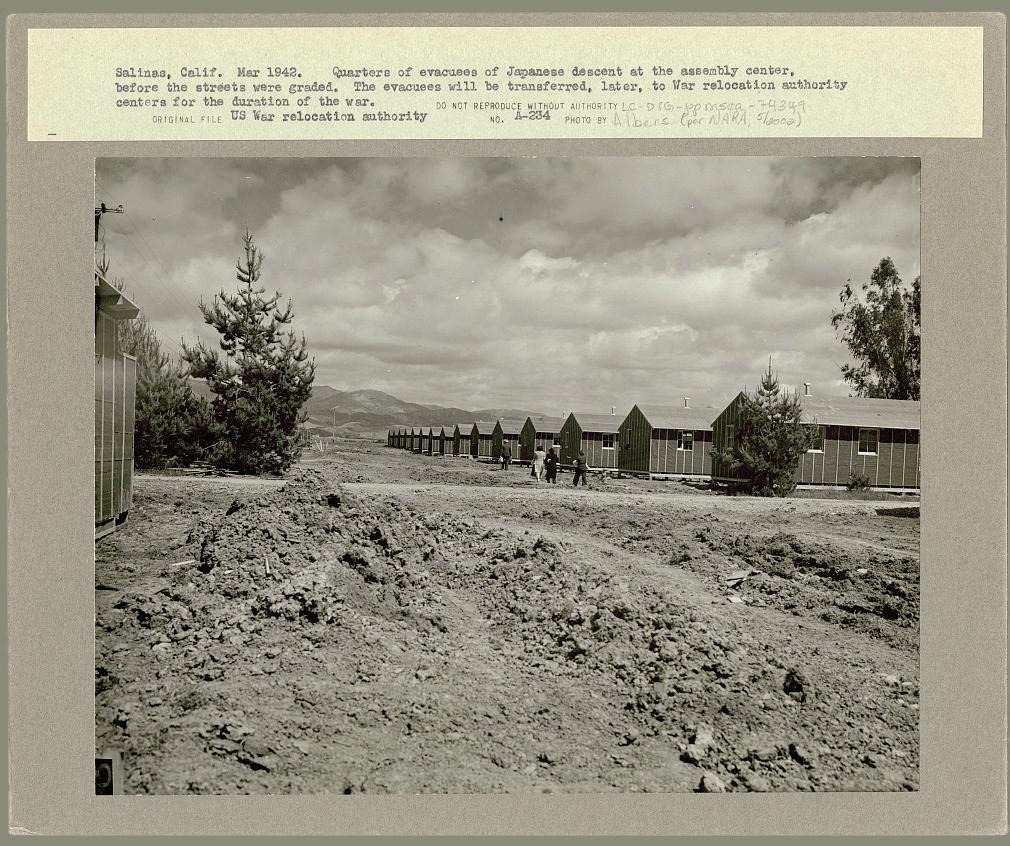

who was born three years later, was named Vernon out of respect for the risk they took to help our family during the war.
Despite hardships like these and many others, Japanese Americans maintained community spirit by organizing cultural activities (some of which weren’t prohibited) and through sports like baseball and sumo wrestling. Persevering through xenophobia and imprisonment of their family members, and out of a deep sense of duty to the United States, many Nisei, or second-generation Japanese Americans, enlisted in the war effort and were placed into the all-Japanese-American unit, the 442nd. This unit has since been recognized as the single most decorated unit in U.S. military history.
After the war, many Japanese Americans returned to find their properties vandalized, overgrown or sold. Discrimination persisted, making it difficult to reclaim their former lives. The Alien Land Laws were still in effect, and social hostility remained high. My own family relocated to Berkeley after the war, 100 miles from Salinas. Determined to rebuild and succeed, they placed a strong emphasis on education and public service. My father and his siblings went on to practice law, medicine and architecture, integrating more deeply into American society and contributing to its development in the mid-20th century. Despite Congress passing the Civil Liberties Act of 1988, which acknowledged the injustice Japanese Americans faced, and offered $20,000 in reparations
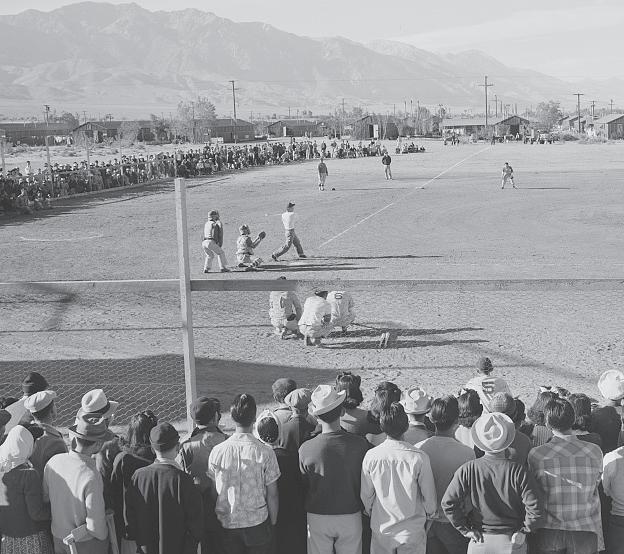
for incarcerated individuals, many refused to accept payment or discuss the subject. My grandfather was among them. It wasn’t until the late ’90s, reading an excerpt from an elementary school history book, that I first learned about what happened during the war, leading to a lifelong search to fill in the missing pieces and to share the story with others in the hopes that we never forget the darker parts of our history.
The farming bug skipped my father’s generation but firmly bit into my older cousin Molly Nakahara, who became my inspiration to get into farming. After spending a season at her farm in Grass Valley, and gaining better skills and knowledge related to sustainable agriculture, I was accepted into the UC Santa Cruz Center for Agroecology’s apprenticeship program in 2013. Since then, I have lived and worked either farming myself or supporting agriculture on the central coast. For the last four years, I’ve done so as part of the team at Kitchen Table Advisors, a nonprofit supporting over 100 farms throughout the Bay Area. Molly, in addition to still farming at Dinner Bell, now works for the Santa Cruz-based California Certified Organic Farmers Foundation as the Educational Programs Director.
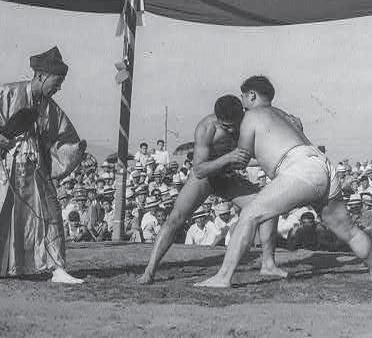
Last summer, as I journeyed back to Tule Lake to reconnect with old friends from my farming days, I was struck by how erased everything was. The land that once imprisoned 18,000 people bore no trace of their presence. The buildings that held their stories were gone, wiping out the truth of their suffering so many years ago. To my amazement and sorrow, stood new barracks, encircled by freshly strung barbed wire. The government had repurposed this ground as housing for migrant laborers under the H2A work visa program. To witness land that once imprisoned Japanese-American farmers now sheltering another wave of displaced people felt like an echo of history.
ABOUT THE AUTHOR
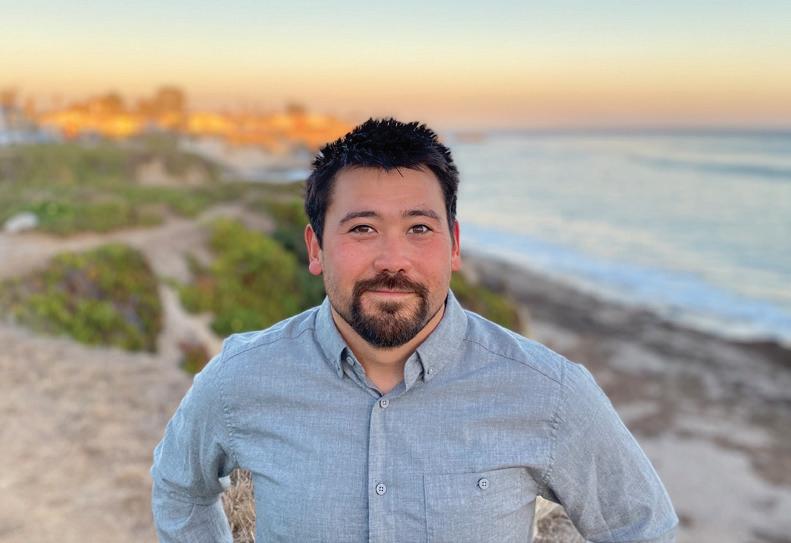
James Nakahara works for Kitchen Table Advisors, which supports the sustainability and economic viability of small-scale farms and ranchers all over the Bay Area through oneon-one business advising and food systems reform projects. Nakahara is hapa — half Irish, half Japanese, and a fourth-generation Californian on both sides. He has worked in agriculture throughout California for over a decade through various efforts, small-scale organic farm production, integrated livestock and crop operations and orchard management. He currently sits on the California Agricultural Land Equity Task Force, is the vice president of the UCSC Friends of the Farm and Garden Board and is the Sergeant at Arms for the Santa Cruz Longboard Union. He lives on the Westside of Santa Cruz.




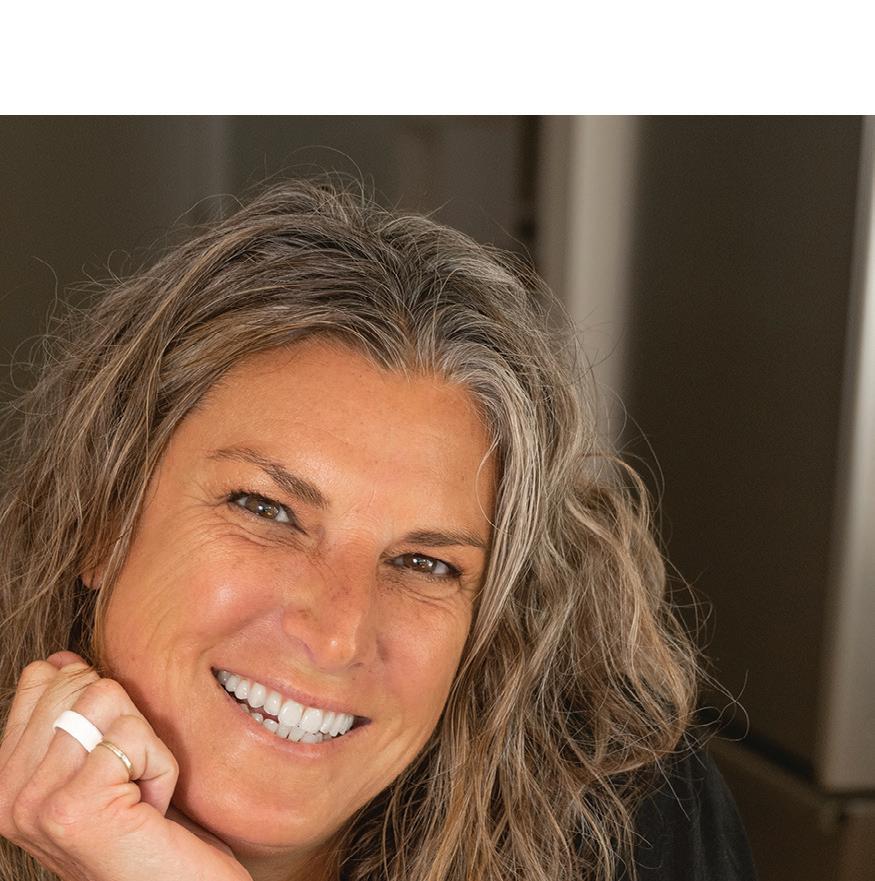
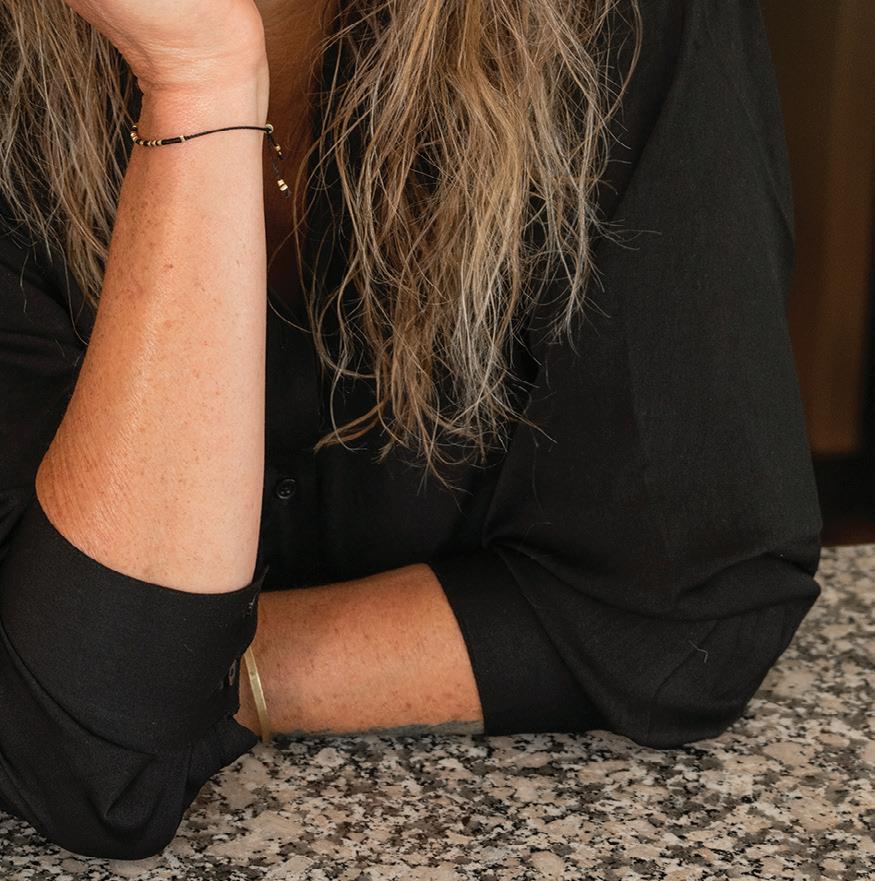


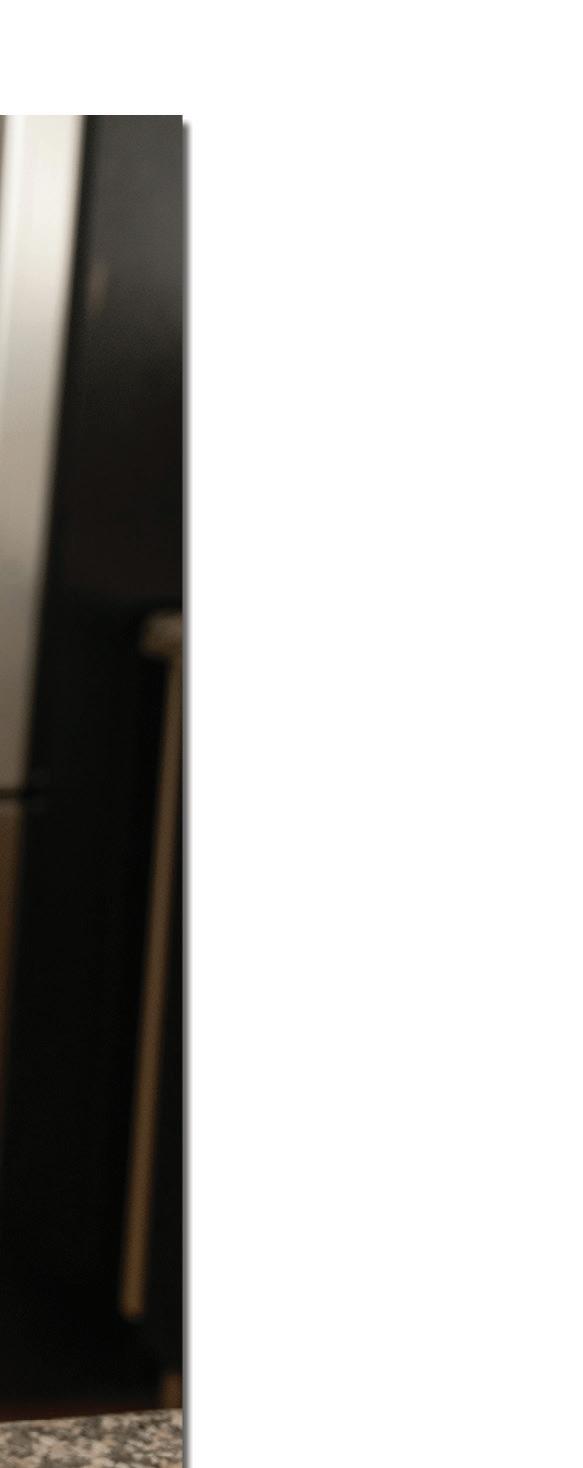


By Ashley Drew Owen
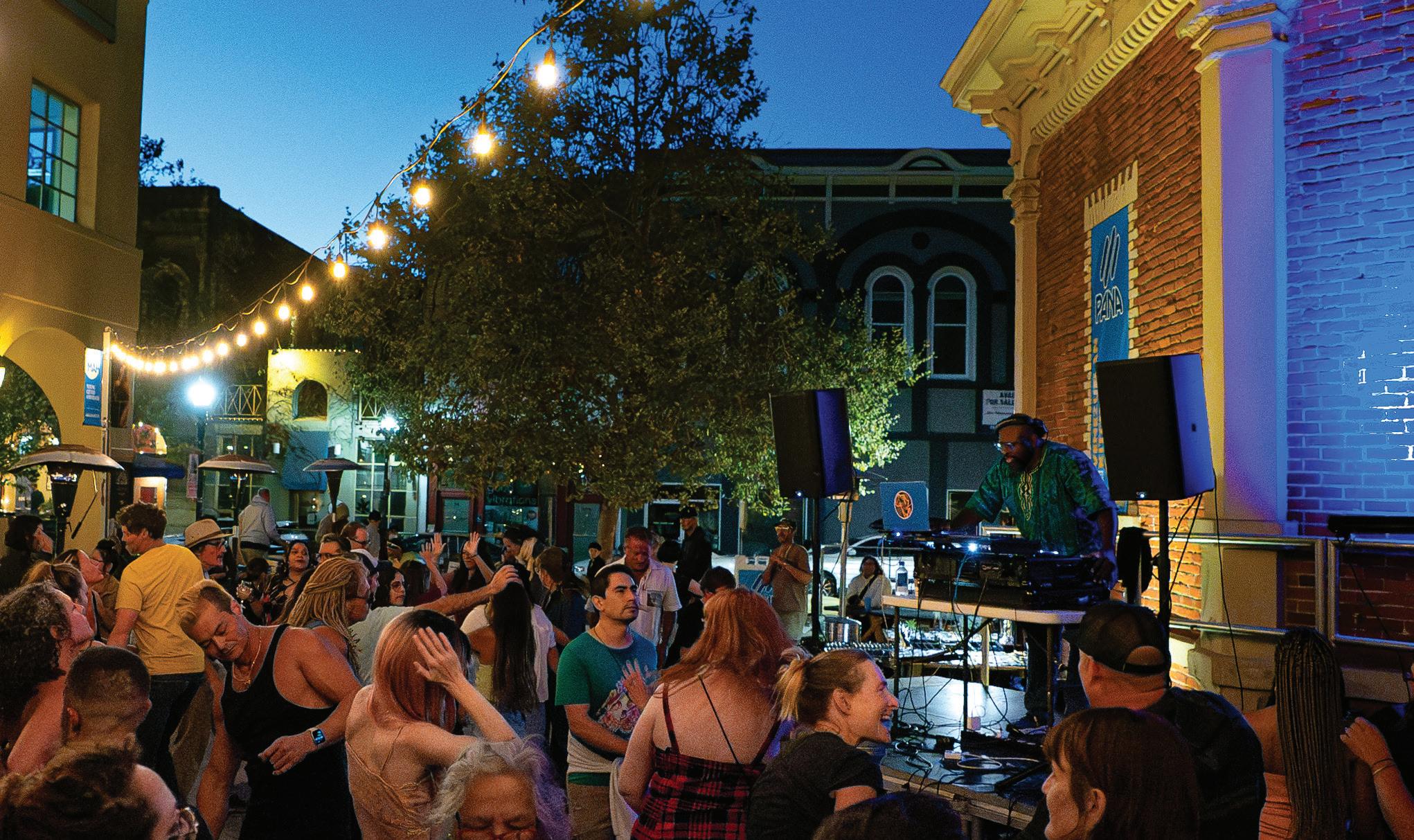
Every Thursday evening from April through October, a rocking dance party brings Santa Cruzians of all ages and origins to groove to supremely danceable beats. The event is Afrobeats Nite, and it has become somewhat of a local phenomenon.
During the warmer months, Afrobeats Nite alternates weekly between Abbott Square and Woodhouse Brewing & Blending. When things cool down, the event becomes less frequent and moves to indoor venues like Moe’s Alley, but still brings people together to dance to music from across the African diaspora.
“This has become an event where everybody comes — Africans, white people, Black folks, Brown folks, Latinx people, Brazilians,” said Jase Earl, event founder and local DJ and musician. “I hear a lot of people say they see friends from different circles and people they don’t usually see. For me, it’s all about peace and love in the community.”
When Earl, aka DJ Monk Earl, first started Afrobeats Nite in 2022, he didn’t expect it to become hugely popular and draw hundreds of people to each event. He just wanted to tap into his lifelong love of music, celebrate African music and create a free summer series like the events he loved as a kid.
“I knew I was a DJ when I was 6 years old. … Anything having to do with hip-hop or music, I was into,” he said. “In Crown Heights, every Labor Day people from different



countries would come with their flags and costumes and big sound systems and have a huge Caribbean carnival and parade.”
GATHERING INSPIRATION
Earl spent a lot of his life exploring the U.S. and abroad. While hitchhiking from Moab, Utah, in 2000, he caught a ride from a driver heading to Santa Cruz. Earl’s first thought upon hearing the destination was “That’s a real place?” He recognized the name from an old skateboard he and his brother shared when they were young.
When Earl arrived, something about the place spoke to him and he stayed for two years. With his first job in town as the overnight dishwasher at the Saturn Cafe, his spare time was spent immersing himself in the local scene.
“From the moment I came here, I was DJing,” he said. “I met other DJs immediately and played lots of spots around here.”
After hitting the road to explore once more, Earl wound up in Belgium from 2009 to 2013. During that time, he drew influence from the region’s Congolese community and started weaving more central African sounds into his music. From Europe, he returned to Santa Cruz to put down roots, and when a friend introduced Earl to French-speaking Afrobeats music from Senegal, a new era started.
“I was loving it,” he said. “One thing led to another and I started playing it out.”

During a gig at Shanty Shack in 2019, he threw some African music into his set and received immediate enthusiasm. From there, Earl launched Afro Caribe nights featuring salsa, reggae and African music.
Just as things were picking up, the pandemic hit, and, like many others, Earl had to pivot. In his case, he took a package handler job at UPS but was always ready to get back to his former life—until one day, he took a leap of faith.
“I put in my two-week’s notice, and then a couple days after, I told my supervisor I couldn’t be there for another minute. That same day, I went to Woodhouse. Mind you, I had been trying to get a gig there for two years,” Earl recalled. “I talked to Tug Newett and said that I wanted to do a gig there and play nothing but Afrobeats. His eyes lit up and he said, ‘That’s a great idea; want to try it on Thursday?’”
From the first event at Woodhouse in spring 2022, which brought around 50 people, Afrobeats has grown to attract upwards of 400 people in the summer and fall. The event has expanded to other locations around town.
Earl usually spins alongside guest DJs and/or live musicians, while local vendors and artists sell handmade goods around the dance floor. Earl also organizes Afrobeats pool parties to mark the beginning and end of summer, bringing the party vibes to spots like Hotel Paradox and Courtyard Marriott.
This past August, Earl put on two special events. The first was an AfroBrazil night at Moe’s with São Paulo artist DJ DOUBLE B on the Beat headlining. The second, an Afrodance Workshop at Tannery World Dance & Cultural Center, brought teachers Alicia Langlais and Toba Olorungbemi to teach attendees to connect more deeply with the music.
“There is a whole language of dance that accompanies this music,” he said. “I would love to bring more Afrobeats artists here.”
Over the past two years, Afrobeats Nite has gained a following and reputation for offering a space to enjoy high-energy Afrobeats music. Plus, in the case of the summer and fall series, the party is almost always free, which is integral to Earl.
“It goes back to my roots in Brooklyn,” he explained. “There were always free events. I noticed again in Europe there is so much free access to the arts. I thought there needed to be something for the community to come together and express themselves, celebrate themselves, talk with each other and vibe with each other — instead of being confined to our homes or our circles.”
Even in the winter months when the event is not free, Earl reserves a number of complimentary tickets for community members who can’t afford a ticket. To offset some of the
costs of the complimentary tickets and the event itself, he has enlisted local businesses as sponsors. The rest is supported by ongoing crowdfunding and donations from attendees, who are always welcome to help pay the artists and rent the equipment.
As the Afrobeats sensation continues to grow, Earl is excited to continue exposing crowds to new music and talent from the diaspora, while getting even more creative about how he brings these sounds and experiences to Santa Cruz. Above all, he’s eager to keep doing what he loves in the place he loves.
“The name DJ Monk Earl came during a time when I was very into meditating. I consider my practice of DJing like a form of meditation,” he said. “I appreciate being in this community and being loved by this community. And I love this community just as much.”

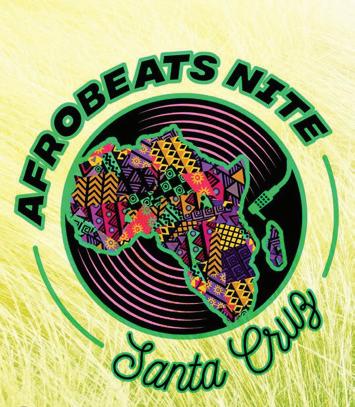



By Caroline Jaffe-Pickett
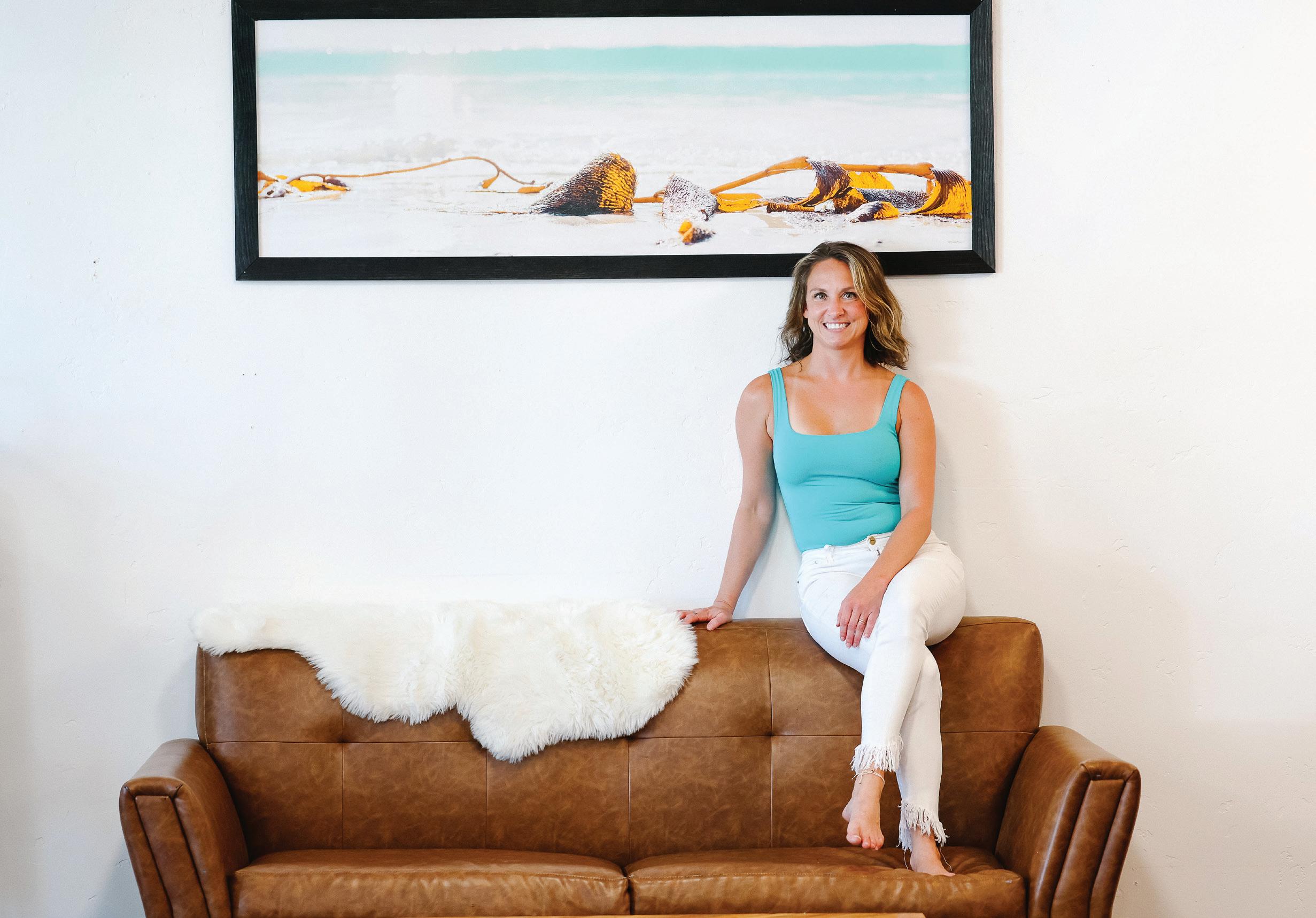
“Rootstock Collective is ultimately a happy place for so many visitors. And I wouldn’t have it any other way,” says Nicole Fisher, award-winning entrepreneur, artist and owner of the thriving Rootstock Collective in Pleasure Point.
Rootstock Collective, which Fischer opened in 2020, is uniquely structured as a collective in every sense of the word. Through consignment arrangements, she showcases works by local artisan jewelers, potters and graphic artists, creating a broad selection of wearables, decorative pieces and framed art.
Fischer’s background as a graphic designer and photographer and her innate sensibilities of color and light, make her an ideal collaborator, mentor and emerging business leader in the arts. Fischer fnds inspiration not only in selling unique creations but also in nurturing relationships with the
makers she represents, starting with the 27 artists she featured when she launched Rootstock four years ago to an impressive 60 artists currently showcased at the shop.
Having the dual perspective of being both a shop owner and an artist, Fischer balances business savvy with creative inspiration as a recipe for success. “The result is that the makers are inspired to create, display and have their best work sold here,” she says, “so it’s a win-win all around.”
Inspiration has been Fischer’s guiding force, particularly in the face of challenges. When she relocated to coastal Santa Cruz County from central Florida in 2020, she was in search of a transformative way to start her life anew and was inspired by the many artists she met while selling her jewelry at local crafts fairs. Customers loved her creations and the excitement of meeting other artists created a spe-
cial sense of symbiosis. She knew she wanted these relationships to be a foundational part of her career and her life from that point forward.
“I was so impressed with the tight-knit community of Pleasure Point in particular,” Fischer says. “I’d see people on the street or the beach walking their dogs or getting coffee every morning, and in seeing these familiar faces, it’s inevitable that you just make a special connection.”
Fischer’s ultimate goal once she began to settle into the area and experience its uniqueness frsthand was to nurture and celebrate artists through community. Opening Rootstock was a wonderfully fulflling — albeit challenging — frst step in realizing her dreams.
“Opening a shop during the pandemic was defnitely a challenge,” she admits, acutely aware that many small busi-

nesses were closing all around her just when she was opening her doors. But it also presented some silver linings, including the opportunity to create a unique environment from the ground up.
Fischer was hands-on in building out Rootstock from its bones, painting the walls and installing the fixtures. She refreshes the space every January to provide the optimum environment for her customers. Fischer’s dedication and perseverance have been a pathway to success. In her first three years, she doubled her holiday sales, primarily due to local support.
“We get so many loyal customers,” she says, “from those who want to find that special gift for their significant others, to friends shopping for friends, whether it be for birthdays, holidays or special occasions. They know they are choosing from handmade items they can’t find anywhere else. That’s what makes the shop and our customers so special.”
Top-selling items are jewelry and framed artwork. In fact, a new trend Fischer was delighted to discover through Rootstock, was her talent for arranging the framed art that decorated the store walls. “Customers started complimenting the arrangement of the framed art and began to ask me for advice,” she says.
This occasionally places her in the role of interior design consultant, and Fischer is thrilled to help.
Fischer organizes her time between running Rootstock and working as a photographer — her work is featured at https://nfisch.com — where her passion for the Santa Cruz coast and Monterey Bay region is reflected in her colorful photographs of harbors scenes, wildflowers, sunsets and the magical oceanscapes that define the area.
Fischer’s artistic passion is not only for the local landscape, but also for people and community, and the unique coastal communities of Pleasure Point, Santa Cruz and Capitola in particular. An action figure behind the scenes, her many accomplishments include being named Nexties 2023 Entrepreneur of the Year, 2023 Capitola Art and Wine Poster co-artist and 2022 SBDC Small Business Summit Speaker on a topic she knows well: Maker to CEO. She is also a member of the Pleasure Point Business Association and the Capitola-Soquel Chamber of Commerce Board of Directors.
When reflecting on the meaning of “rootstock,” Fischer offers this apt metaphor for life and business: “Beauty grows from strength,” she says. “If you look at wild roses, a small pink bud hides under the larger rose, and provides the strength for it to grow and flourish. That’s the real journey and inspiration for all of this.”

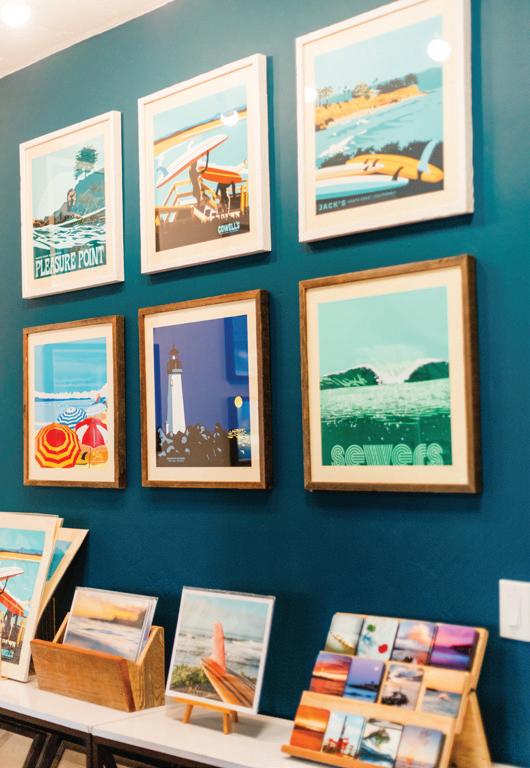
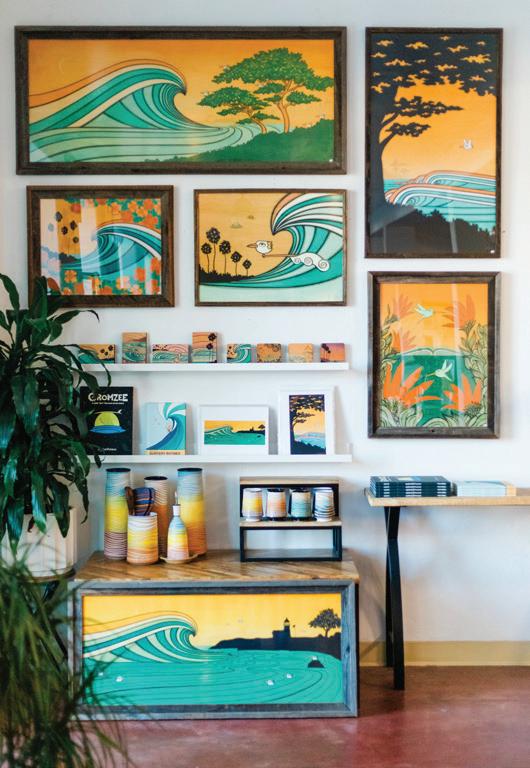
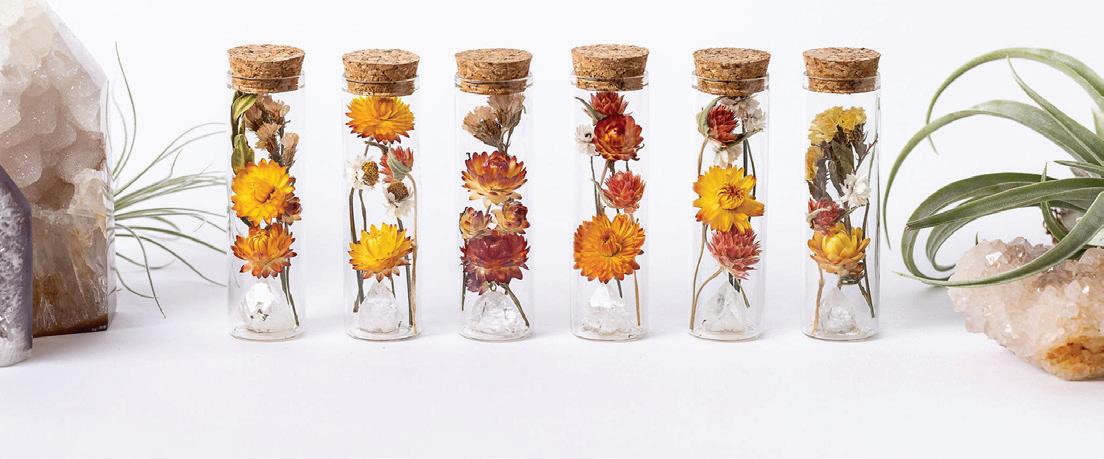
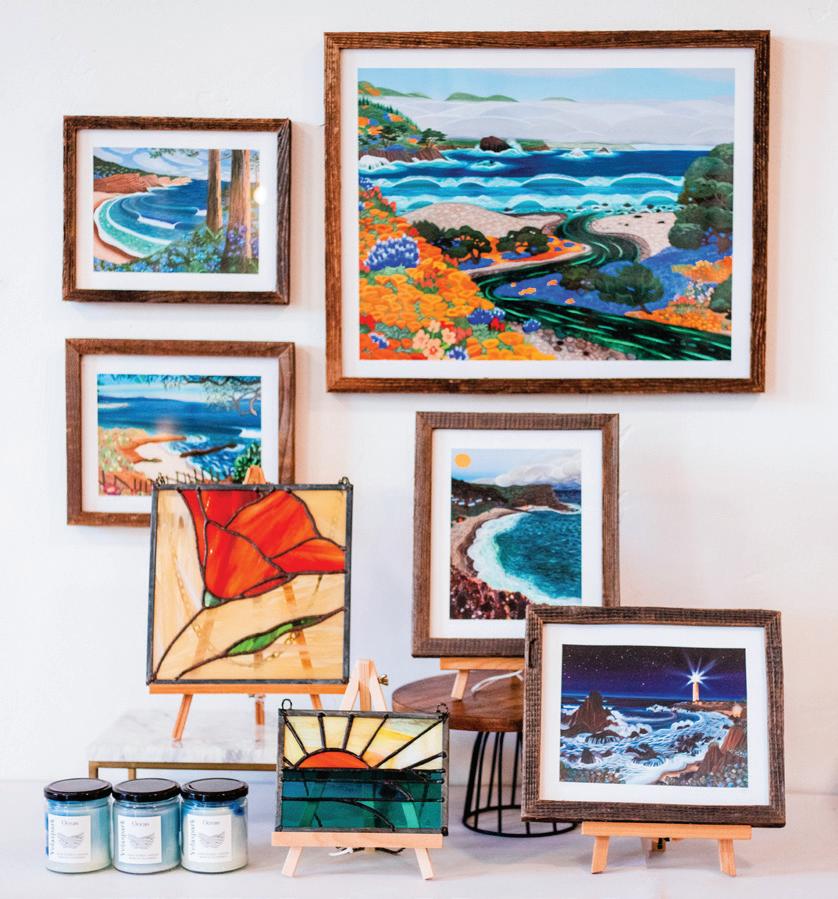
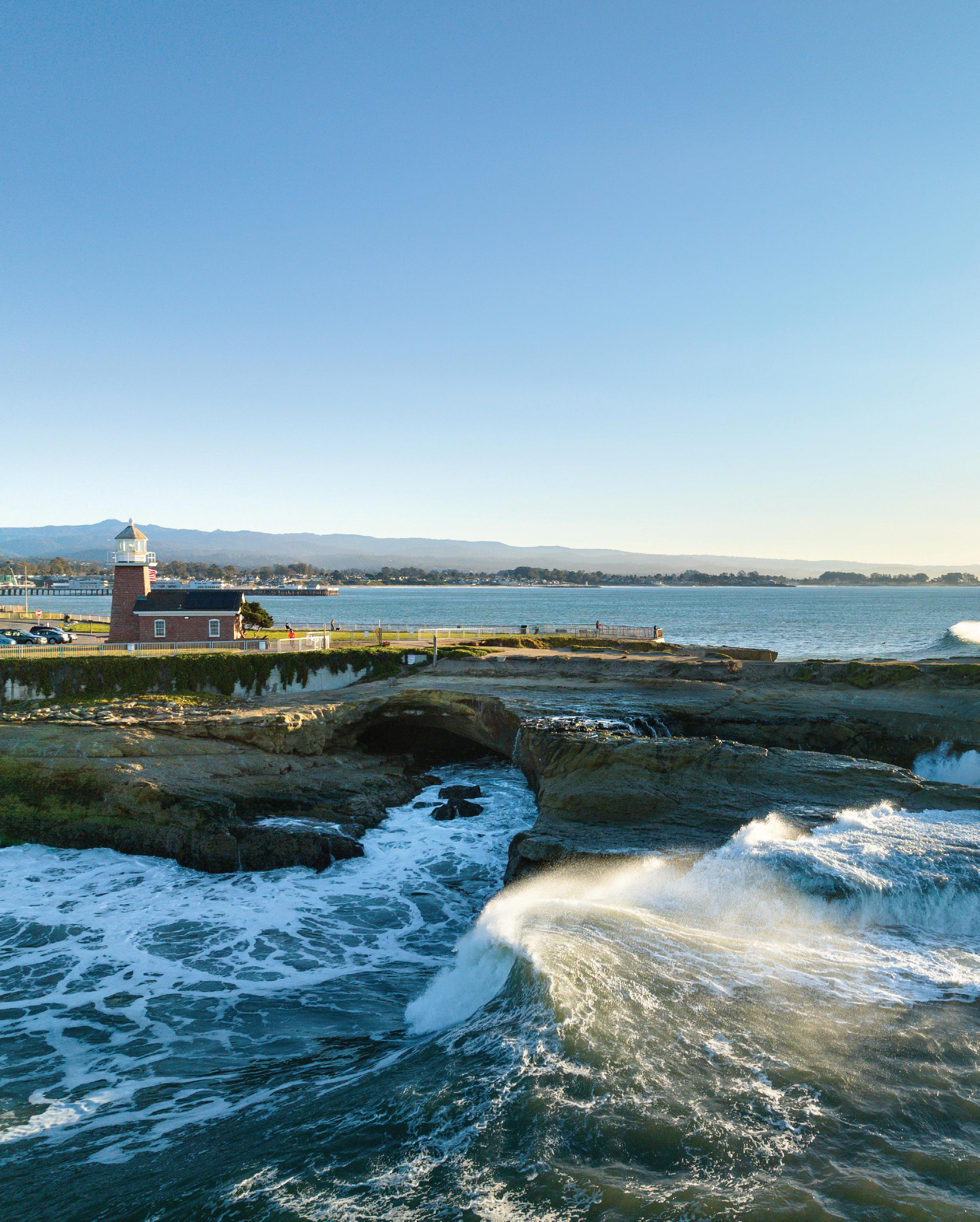
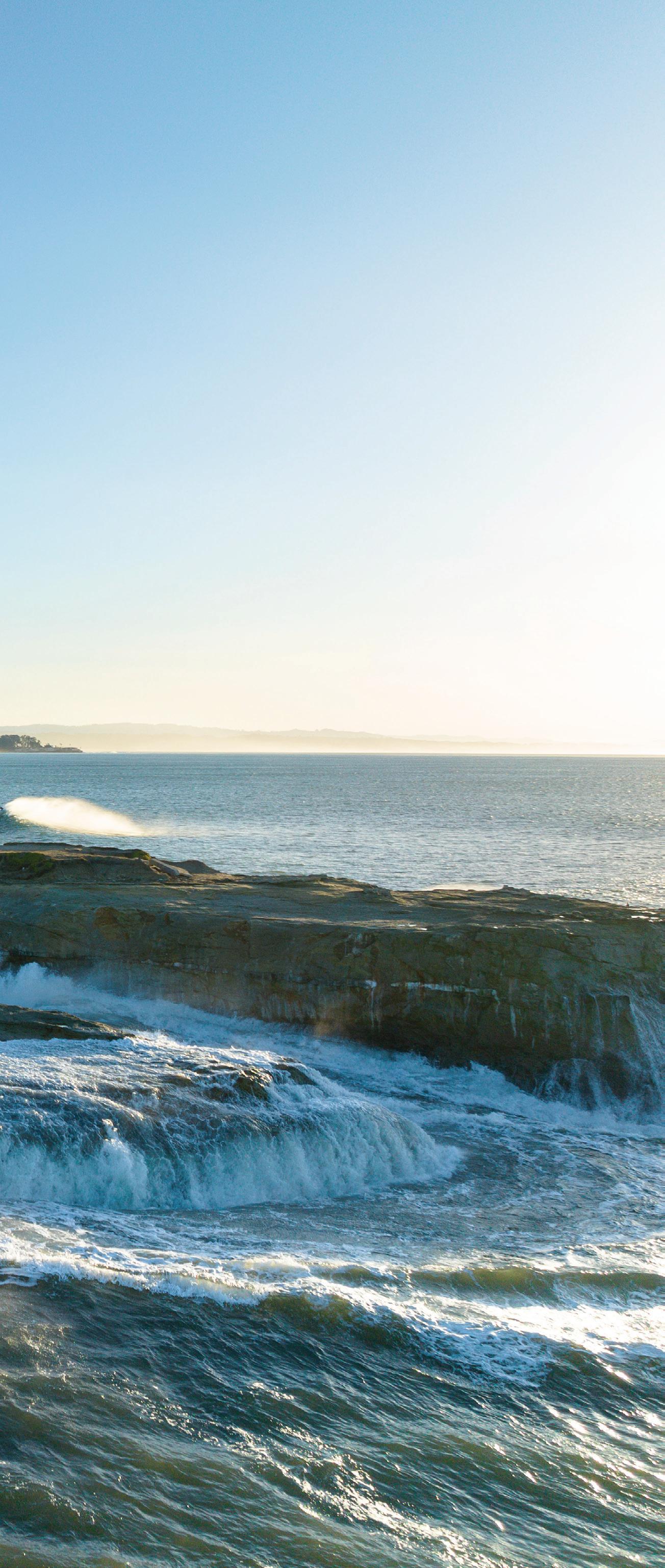
By Neal Kearney
Photos by Ryan “Chachi” Craig
Natural Bridges, one of Santa Cruz’s most treasured state beaches, was named after three mudstone arches that stretched into the sea at the end of what’s now known as West Cliff Drive. These geological wonders provided a stunning backdrop for ocean lovers to take in the beauty of our local coastline, fronting a series of tide pools teeming with marine life, and a tranquil freshwater wetland buffered by a Eucalyptus grove inhabited by beautiful monarch butterfies.
Over the past decades, the power of the Pacifc Ocean has reduced these three arches to one, and it’s only a matter of time until local residents and visitors alike will have to refer to history books to have any inkling of just how the popular state park beach got its name. Tides, waves and winds wait for no one.
Steamer Lane helped put Santa Cruz on the map as a surfer’s paradise with its uniqueness as a consistent wave with favorable wind protection and a natural amphitheater-like setting. The Lane, like Natural Bridges, is transforming due to erosion of the cliffs, changes wrought by the repeated impact of powerful waves, particularly at high tide as they slam into the cliff face.
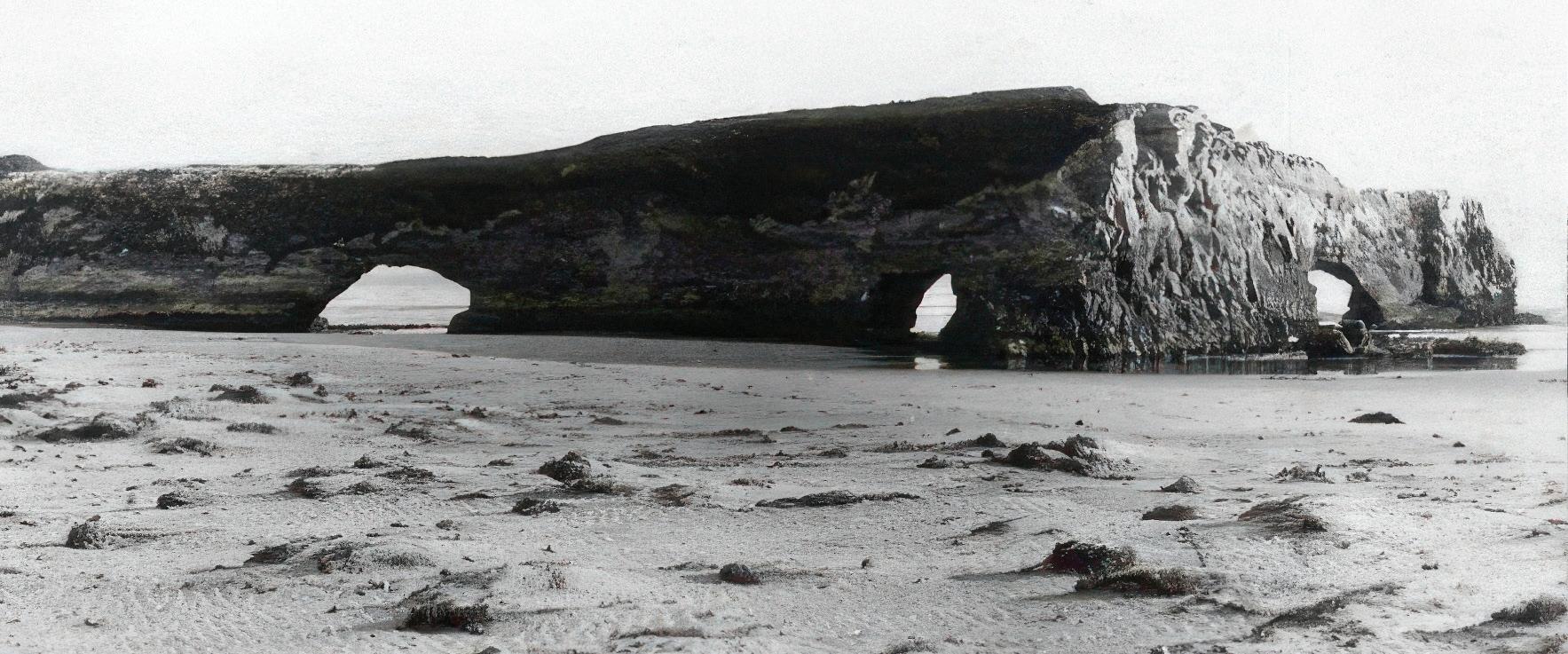
These changes illustrate how coastal communities such as Santa Cruz face the realities of rising sea levels exacerbated by climate change: more frequent flooding, coastal erosion and the inevitable loss of infrastructure. The mighty Pacific Ocean will continue advancing — unconcerned with preserving things the way its human occupants have come to know them.
Parking lot vistas along West Cliff Drive have already crumbled into the sea, roads like East Cliff Drive that were once two-way arteries have become one-way scenic drives, and even dead, lateral roads. At the same time, beachfront properties become more at risk and less desirable to own. Efforts to slow the natural processes of erosion and sea-level rise, such as coastal armoring and building seawalls and rock revetments will only last so long, and, as we’re coming to find out, have secondary consequences that can inadvertently speed those processes up and cost us the beaches and surf spots that make Santa Cruz so desirable.
The recent huge storm events and erosion have a number of community members and coastal scientific experts beginning to agree that, as opposed to combatting the ocean, we should be seriously looking at other ways in which to adapt to these future changes. One approach being discussed is known as “managed retreat.” Managed retreat describes the strategic relo-
cation of people, buildings and other assets from regions threatened by climate change and natural hazards. It’s not a new concept, but it’s gaining more importance in places such as Santa Cruz as a sensible option to how our community can deal with issues like eroding coastlines and rising sea levels.
According to a 2017 study (Hino, M., Field, C. & Mach, K. Managed retreat as a response to natural hazard risk. Nature Climate Change) which looked at 27 cases of managed retreat in 22 countries, about 1.3 million people have been relocated through managed retreat over the past three decades. The strategies for retreat include gradual setbacks that require new developments or remodels to be a minimum distance from the ocean. In some extreme instances, like in Alaska or island nations in the South Pacific, this might necessitate relocating entire communities out of harm’s way. Any change, especially an abrupt one, brings many challenges guaranteed to come at a high financial and psychological cost for those affected.
In the City of Santa Cruz, as we’ve seen lately with the heated debate about converting West Cliff into a oneway throughway from its current two, the realities of implementing a managed retreat policy are incredibly complicated and require extensive public education and discussion. The County
of Santa Cruz is continuing to examine changes to its coastal land-use plan that regulates development and other activities in the coastal zone to try and find a balance between this tension of public and private properties.
“As we, as a population, finally come to grips with the realities of our changing shoreline, the idea isn’t to rip people away from their houses screaming and digging their fingers in, but to find a long-term future scenario that we all can agree on,” says Gary Griggs, a Distinguished Professor of Earth and Planetary Sciences at UC Santa Cruz, where he has taught for more than 50 years.
Griggs is of the mind that ordering someone who has spent exorbitant amounts of their hard-earned money on their beachfront homes to pack up and leave is likely to fall on deaf ears, but posits that if reminded of how much our coast has transformed in just the past 100 years, they just might be encouraged to consider this wisdom in a long-term strategy for managed retreat. Like the frog being slowly cooked in increasingly heated water, these property owners can understandably remain blissfully unaware of the threat to their homes.
Perhaps images like those found in “Santa Cruz Coast (Then and Now)” can powerfully illustrate this point. The book, written by Griggs and his wife,
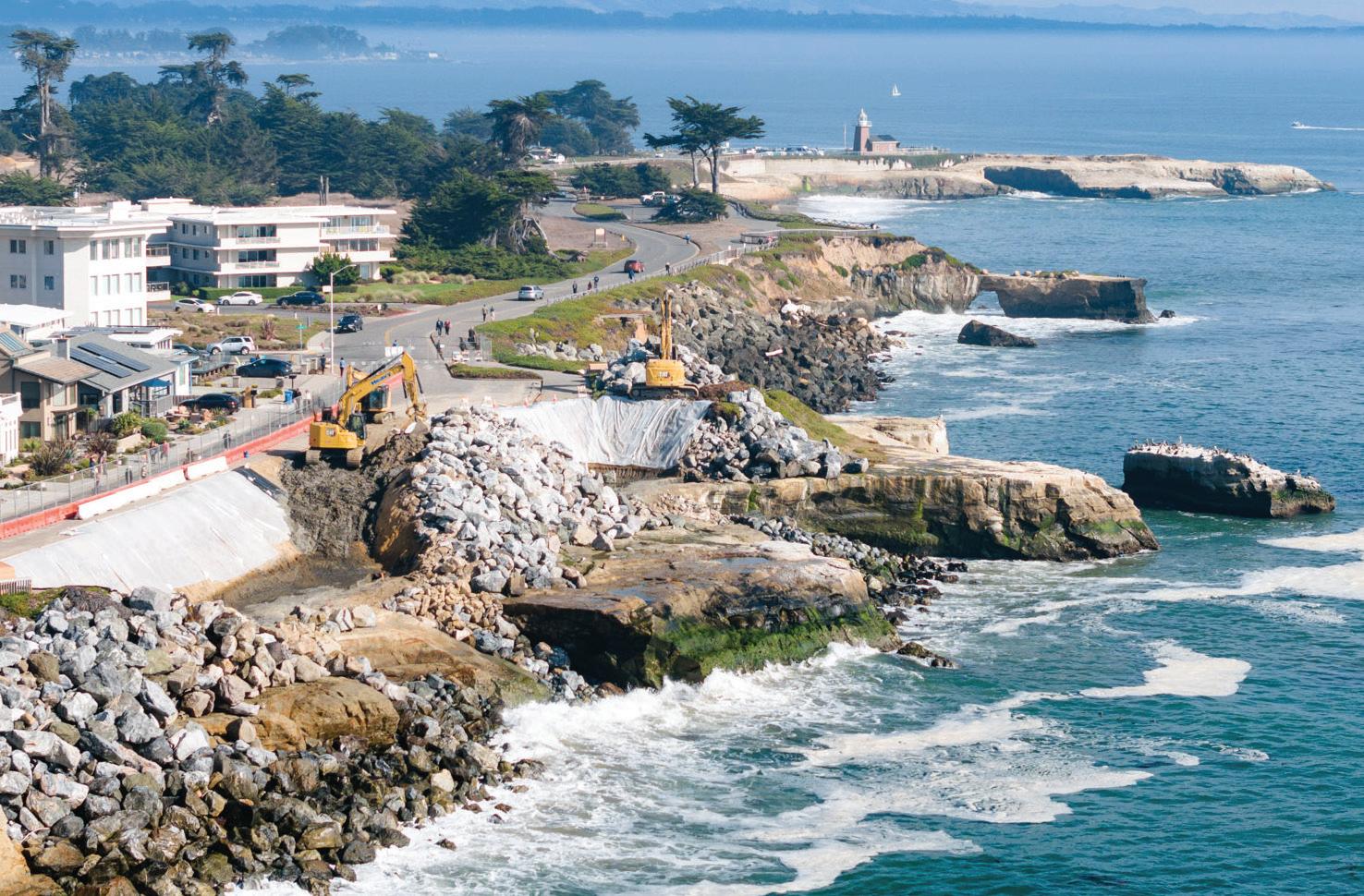
Deepika Shrestha Ross, juxtaposes historical photos of our coastline with present-day images, highlighting the dramatic changes over time. The effects of erosion and sea-level rise are particularly striking in areas like West Cliff, serving as a visual reminder of just how much has changed in a relatively short period.
“Sea levels are rising, and there seems to be good evidence that waves are getting larger over time,” Griggs says. “So, I think it’s this challenge involved in how whatever we are going to do now, it’s only going to be temporary or short term. Can we fix West Cliff for 10 or 20 years? Yeah, that’s what all the recent repairs have been about. Going any further into the future, there’s really only one long-term solution, and most people don’t want to talk about it.”
Other coastal experts agree with Griggs that any plan for managed retreat should be done in a way that’s thoughtful, transparent and thorough.
“Managed retreat is complicated because we ultimately have to move out of the way, only a fool picks a fight with the ocean,” states Dave Revell, a coastal geomorphologist at Integral Consulting.
He and his firm are working with Santa Cruz County on engaging in a discussion about the county’s future, which must address the management of both private property and public recreation and habitat resources in the face of increasing coastal processes of climate change.
“It’s been said that the devil is in the details,” Revell says. “It’s a question of exactly how we step away from the edge. It can’t be a mandatory evacuation.”
Revell believes this requires a vision and a path that cannot be rushed and has to be one of many phases we step along into the future. Many of the areas affected by erosion and sea-level rise contain not only critical infrastruc-
ture such as roadways and sewer lines but also private property and businesses that drive our local economy. The choices we make as a community to adapt or deal with coastal erosion will have implications on what kinds of development and recreation will exist in the future. Revell prefers to utilize sediment, nature’s organic adaptive resource to address destructive coastal hazards and buy time for these difficult conversations and hard decisions about managed retreat.
“Before any managed retreat policy or plan can come to fruition, there needs to be real community dialogue with all of the affected parties,” he says. “And that includes the oceanfront property owners, the local community that accesses the coast, and the people who come from far and wide to surf the world-class surf like the Lane, or as climate refugees running from 110-degree temperatures in the Central Valley to the beautiful weather of Santa Cruz in the summertime. We need a constituency who understands
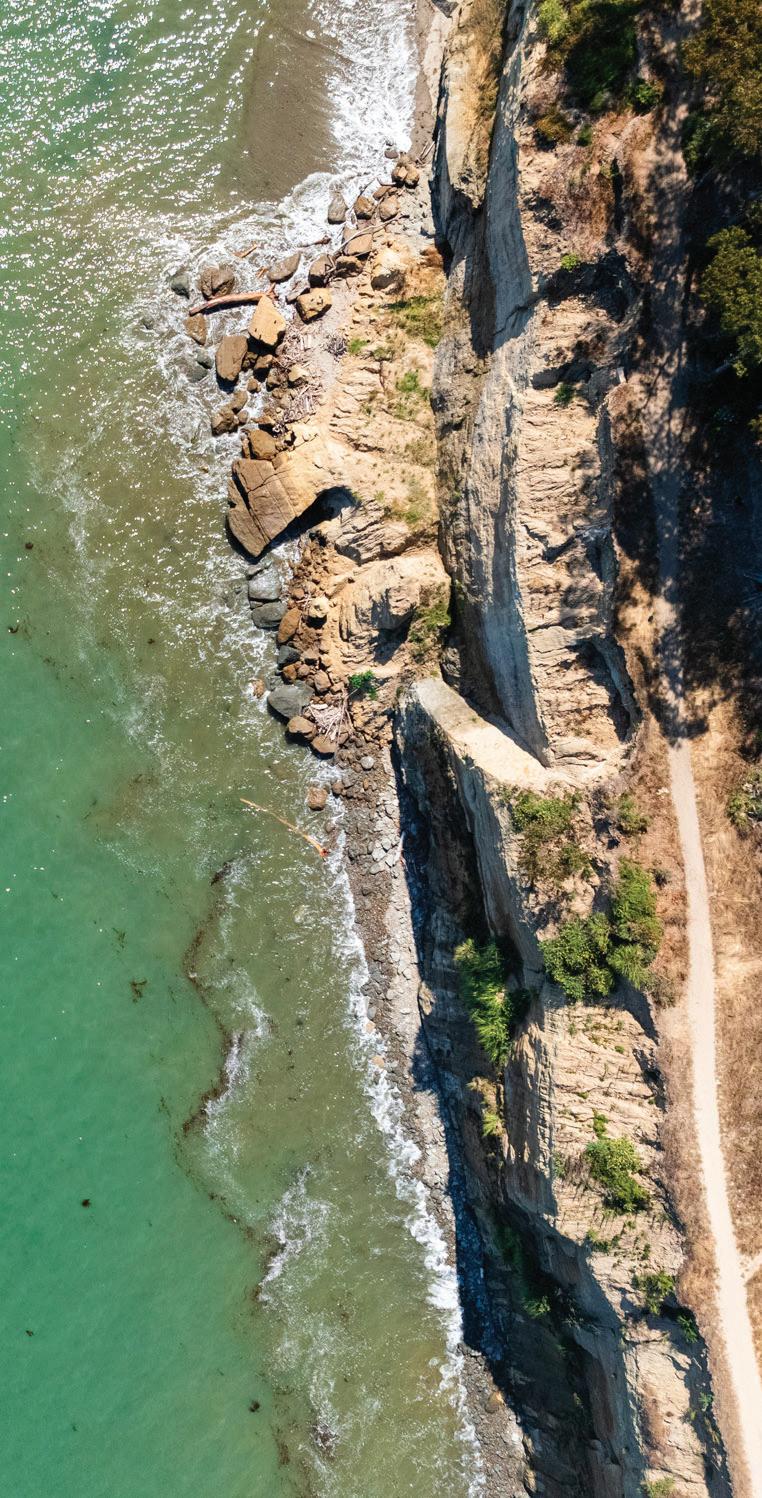
what those risks are, and how we can be transparent and equitable in making our decisions.”
David Carlson, Resource Planner for the County of Santa Cruz Community Development and Infrastructure department, believes this dialogue should inform policy updates. He and his colleagues are using statewide sea-level rise policy guidance and other assistance to local governments, which have come in the form of grant funds to the county for consultants such as Integral to complete technical studies on future sea-level rise hazards, economic impacts and adaptation pathways. Based on the community’s long-term vision for the coastline, adaptation pathways phase in different strategies or projects in response to the unfolding impacts of sea-level rise over time. While these grant-funded studies are still in their early phases, he believes they are a crucial first step in going forward.
“Based on the information developed by these studies, along with robust public involvement, the goal is an update of the coastal hazard policies for the county that can be approved both locally and by the Coastal Commission,” Carlson says. “The hope is to broaden the discussion and consider adaptation pathways that diverse interests can agree on.”
Dan Carl, District Director of the North Central Coast and Central Coast Districts of the California Coastal Commission, has been working in the coastal management field for over 30 years, and is currently actively involved in both previously referenced City of Santa Cruz and Santa Cruz adaptation planning efforts. He echoes this need for a realistic and inclusive approach to this extremely complex and contentious issue.
“The beaches belong to all of us and not just those fortunate enough to live right on top of them,” Carl explains, “and our collective consideration of how to deal with the very real effects of sea level rise should be rooted in this reality.”
Like it or not, sea-level rise is happening. Along with its natural erosion and destruction of development in the way inevitably requires a series of well-researched steps taken to adapt to the threats as they present themselves. Managed retreat looks to be the most feasible response to these changes over the long term, but when do we start and where? The first steps involve careful studies funded by grants that will identify the most threatened areas and identify reasonable tactics to adapt based on community involvement and realistic actions. The idea isn’t to inflame the public or property owners by rushing into anything too quickly but to get a dialogue underway based on these findings to initiate
more awareness around the idea, so that, whatever we decide, it will be done carefully and transparently.
With experts such as Carl, Revell, Griggs and Carlson working hard to make this pertinent information available to all parties involved, we can at least take solace in the fact that all possible options are being thoroughly considered. This will bring both public and private interests closer to some form of agreement as to how to move forward in phases into the future.
It’s important to be realistic and remember we are in the end at the mercy of an unrelenting, powerful force.
“Anything we do,” says Griggs matter-of-factly, “will fail eventually. No matter what we do for our body, it’s not going to last forever. No matter how high we build our dams or levees, at some point, they are going to fail or be overtopped. The same goes for our changing coastline.
“We need to understand that anything we do to try and stop these erosive changes will be temporary. That’s just the nature of the forces we’re dealing with.”
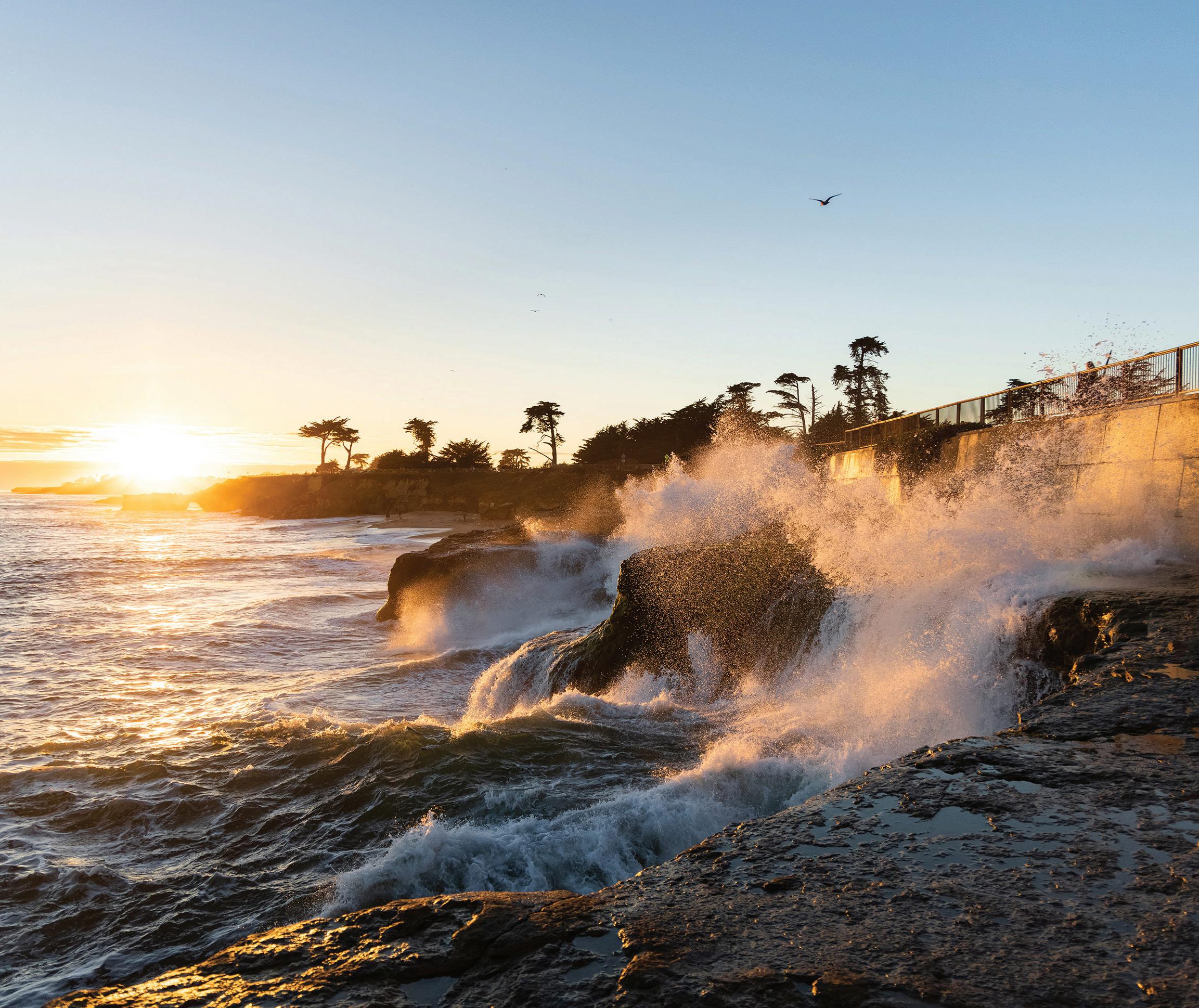
WILL CONTINUE ADVANCING — UNCONCERNED WITH PRESERVING
HUMAN OCCUPANTS HAVE COME TO KNOW THEM.
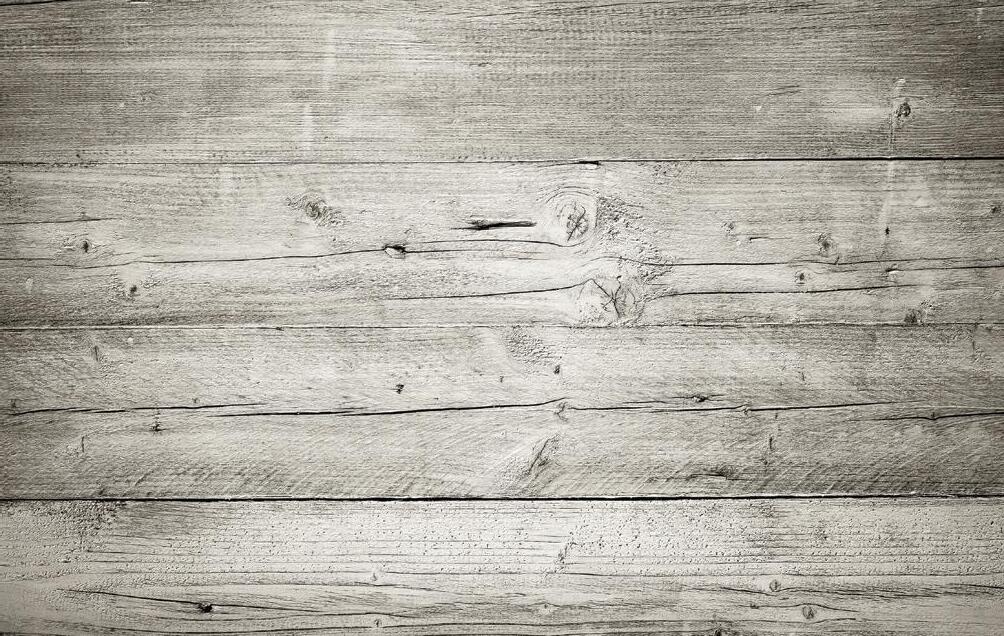
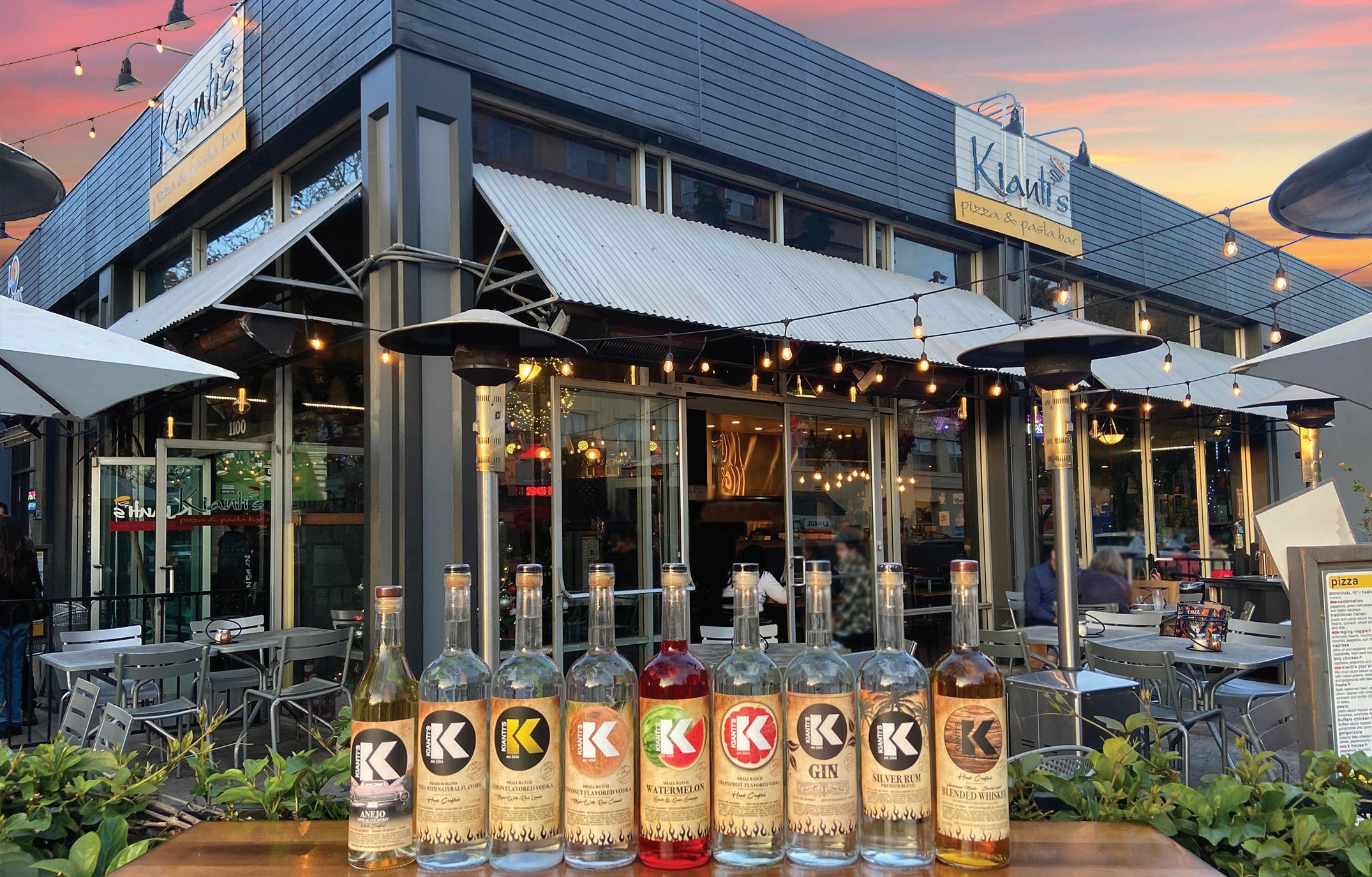
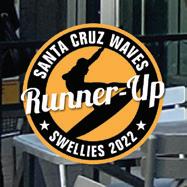
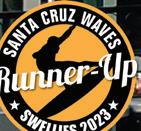








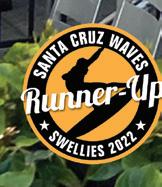




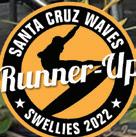









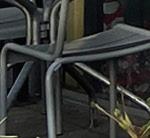






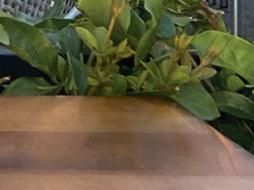
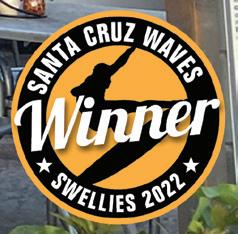
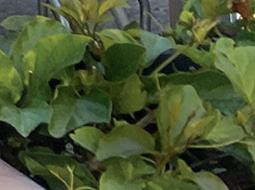
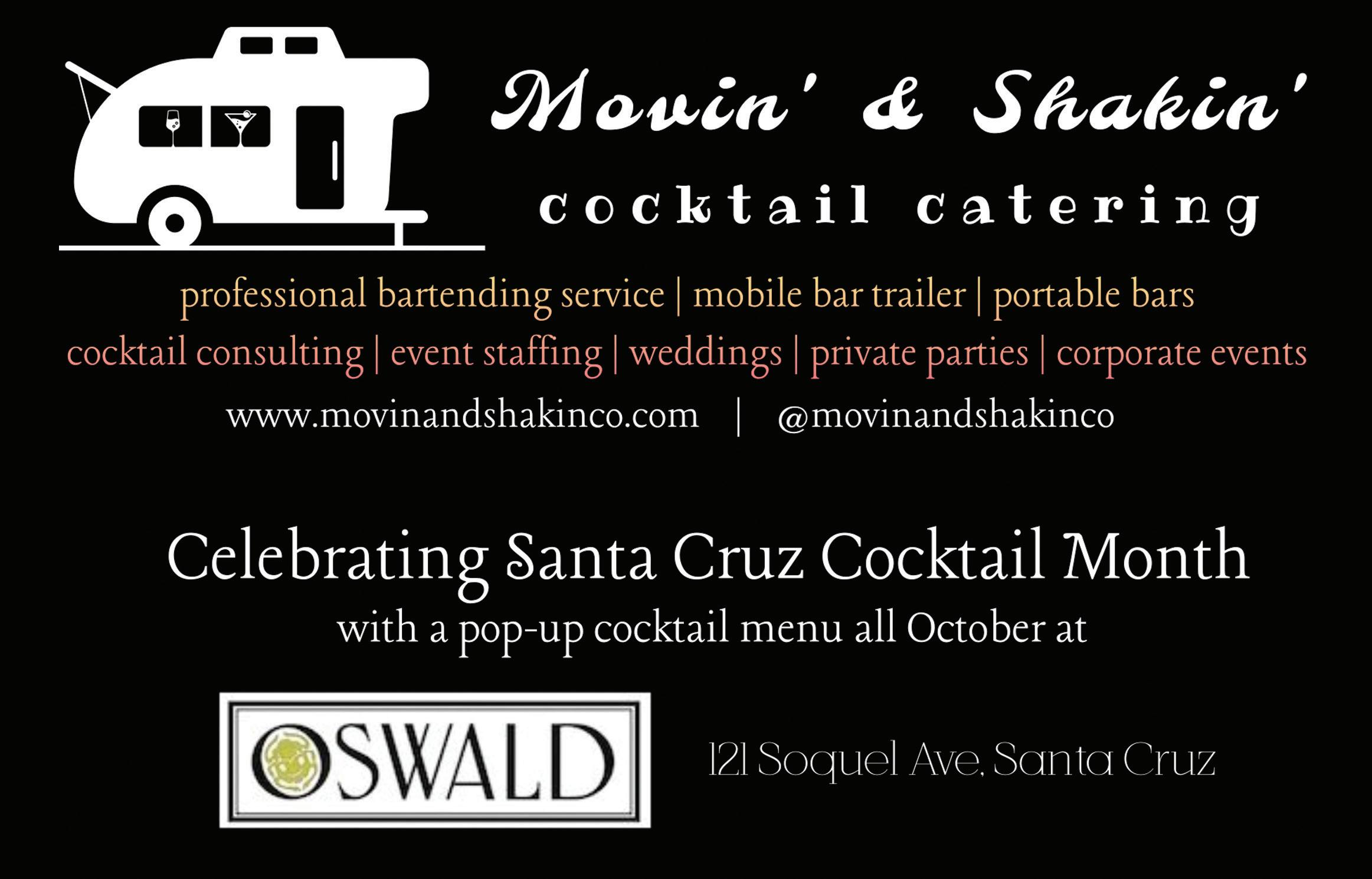
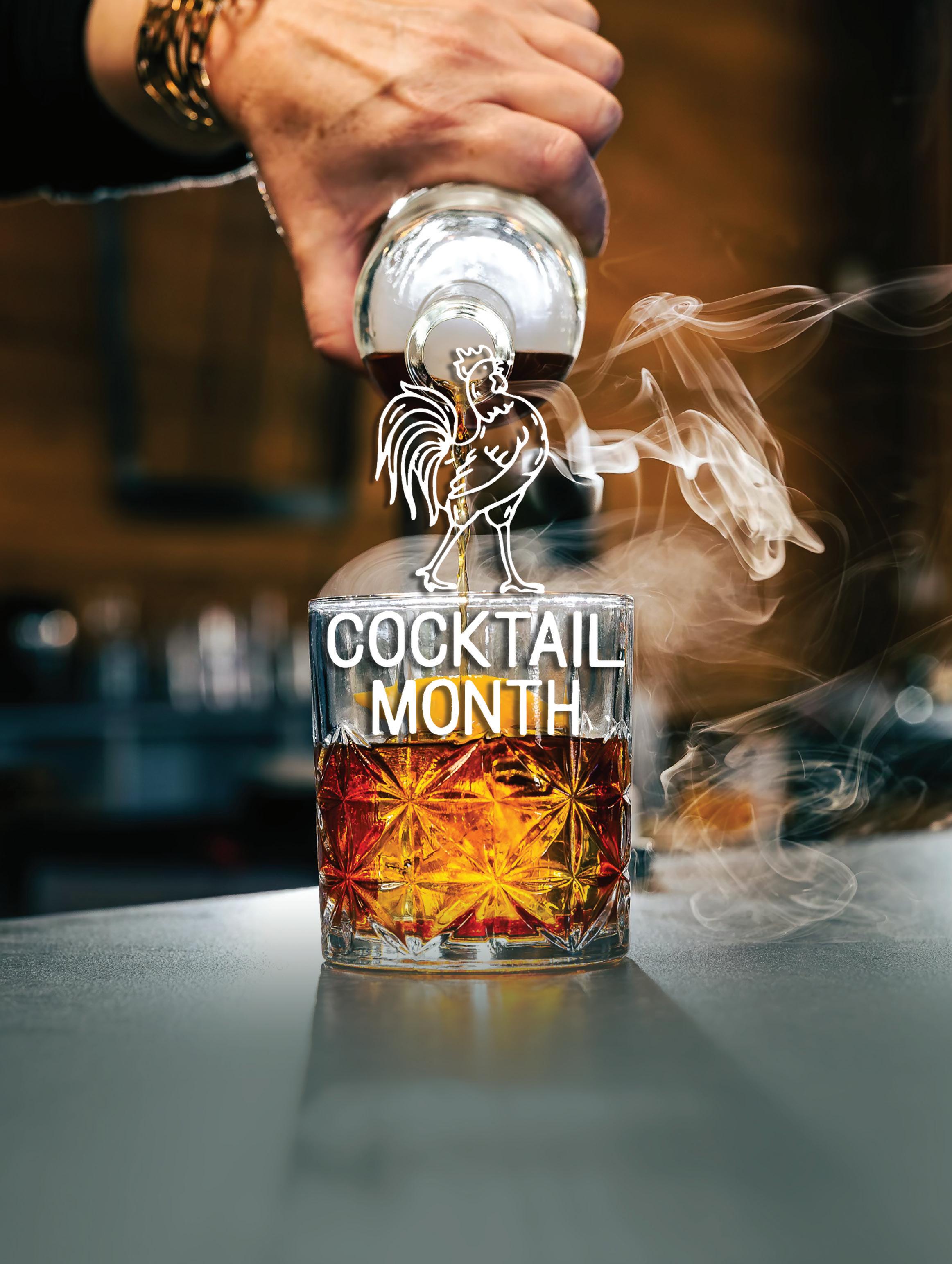
Santa Cruz VIBES has teamed up with Event Santa Cruz to highlight the awesome local bars and restaurants that go the extra mile to serve up some seriously tasty cocktails.
For October, we’ve challenged these spots to whip up some special cocktails just for this event! So get ready to sip on some delicious drinks all October long. We’ll be promoting these specialty cocktails throughout the month and encouraging all our Santa Cruz locals to come and check out the vibrant cocktail scene right here in town. Plus, our
dedicated YouTube channel will share recipes and howtos, so you can mix up your faves at home!
On Tuesday, October 1st, we’ll drop all the videos showing how each drink is made. And every day after that, we’ll keep the celebration going by featuring the best spots and some awesome at-home creations inspired by the recipes.
Cheers!
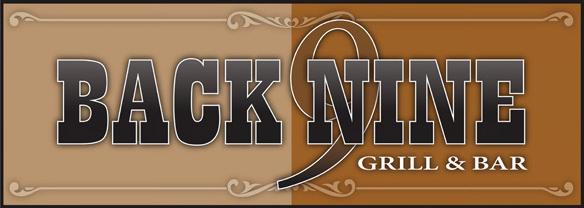
Experience the rich California heritage at Back Nine Grill & Bar, located next to the renowned Pasatiempo Golf Club. Enjoy our diverse menu, stunning views, local wine and specialty cocktails.
www.backninegrill.com
555 Hwy 17 at Pasatiempo exit Santa Cruz, CA 95060 (831) 226-2350
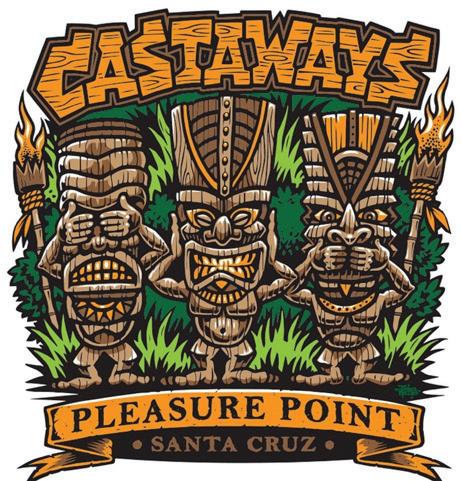
Welcome to Castaways, a cherished bar in Pleasure Point, Santa Cruz, since 1970. Enjoy a laid-back tiki vibe, friendly locals and expertly crafted tropical cocktails that delight your senses.
https://castysbar.com
3623 Portola Dr., Santa Cruz, CA 95062 (831) 465-8200










A Oaxacan Oasis in Santa Cruz …
A labor of love many years in the making, Copal was born out of the desire to provide a unique cultural experience in Santa Cruz that showcases the warmth and beauty of the Mexican state of Oaxaca authentically.
www.copalrestaurant.com
1203 Mission St., Santa Cruz, CA 95060 (831) 201-4418


Chaminade Resort & Spa, set on 300 wooded acres in Santa Cruz, offers breathtaking views of Monterey Bay and the Santa Cruz Mountains. At The View Restaurant, toast the sunset with your friends and enjoy our daily Happy Hour. Relax with a drink on the covered, heated terrace with stunning panoramic views!
www.chaminade.com
One Chaminade Lane, Santa Cruz, CA 95065 (831) 475-5600










The Crow’s Nest, a cherished Santa Cruz beachside restaurant for over 55 years, offers breathtaking views of the harbor and wharf. Enjoy award-winning cuisine, daily seafood and pasta, with live entertainment and casual dining at the Breakwater Bar & Grill. Expansive decks and unique decor create a memorable coastal experience!
crowsnest-santacruz.com
218 East Cliff Dr., Santa Cruz, CA 95062 (831)-476-4560

Cruz Kitchen & Taps, located at Pacific Avenue and Laurel Street in “New Santa Cruz,” offers Asian-inspired dishes crafted by Chef Dameon DeWorken. Co-owner Mia Thorn, an Oncology Nurse, enhances the dining experience, making each meal a celebration. Together, they create a welcoming atmosphere featuring local art while providing complex flavors and excellent service for locals and tourists alike.
www.cruzkitchenandtaps.com
145 Laurel Street Santa Cruz, CA 95060 (831) 713-5173








Located in Aptos, our restaurant offers a culinary experience that blends traditional Mexican cuisine with elegance and innovation. Enjoy breathtaking Pacific Ocean views while indulging in our elevated menu featuring fresh, local ingredients!
dospescados.com
21 Seascape Village, Aptos, CA 95003 (831) 662-9000




East End Gastropub blends comfort food and fine dining in a modern space. Enjoy house-made pizza, fresh pasta, seasonal salads and sustainable seafood from local sources!
www.eastendpub.com
1501 41st Ave., Capitola, CA 95010 831-475-8010
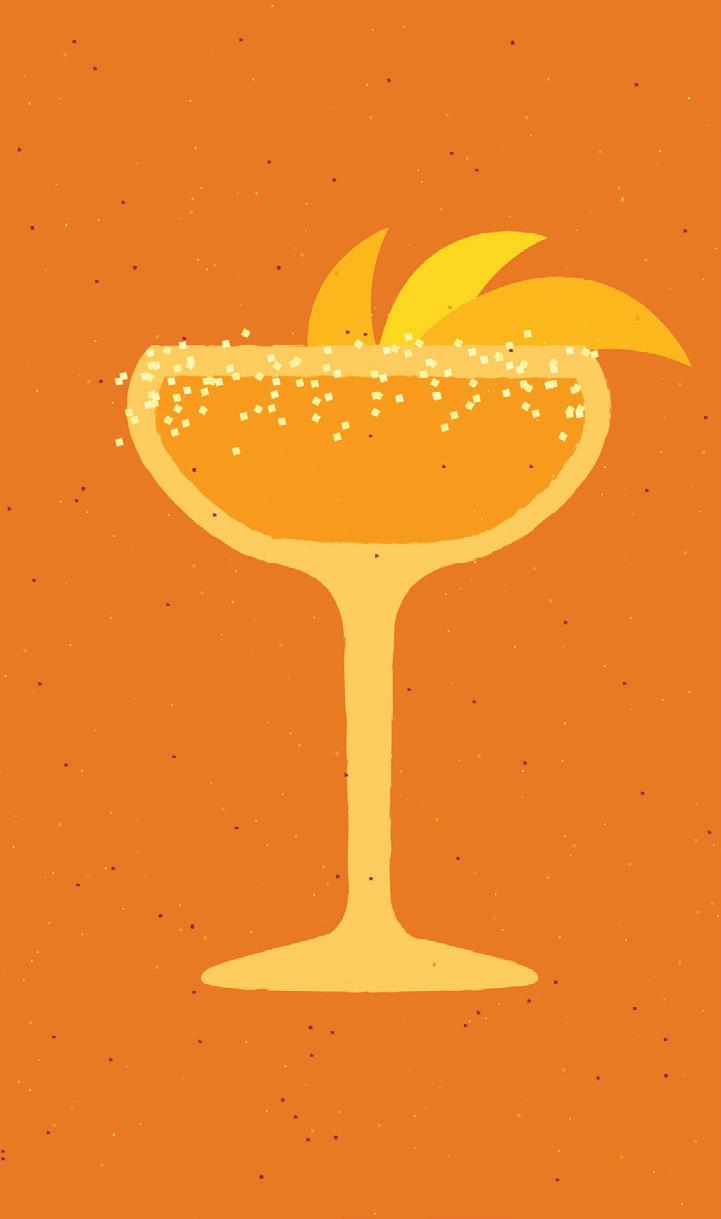




Hula’s Island Grill brings back the tiki vibe of the ‘50s and ‘60s. Enjoy tropical cocktails and a fusion menu in a lively, welcoming atmosphere!
www.hulastiki.com
221 Cathcart St., Santa Cruz, CA 95060 (831) 426-4852 (HULA)



IZAKAYA
Welcome to Izakaya - West End in Santa Cruz, where modern Japanese culture meets relaxation. Enjoy food and drinks in a warm, inviting atmosphere, embracing the essence of traditional Izakayas!
www.westendtap.com
334 D Ingalls Street Santa Cruz CA 95060 831-471-8115



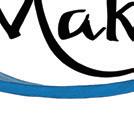
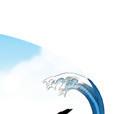

MAKAI
Escape to Makai Island Kitchen & Groggery on Santa Cruz Wharf. Enjoy tiki decor, Asian-fusion dishes, crafted cocktails and a unique atmosphere!
www.makaisantacruz.com
49a Municipal Wharf, Santa Cruz, CA 95060 (831) 466-9766
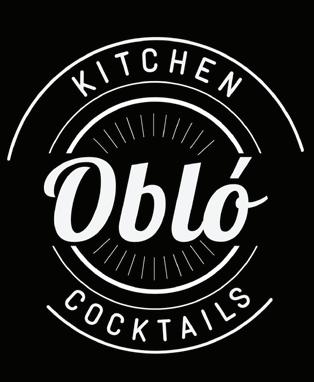
Oblò offers eclectic cuisine inspired by global trends and California’s seasonal bounty. Enjoy specialty cocktails and curated plates for a unique dining experience!
www.oblosc.com
740 Front St., Santa Cruz, CA 95060 (831) 600-7770

OSWALD
California comfort food and craft cocktails in the heart of downtown Santa Cruz since 1995.
www.oswaldrestaurant.com
121 Soquel Ave., Santa Cruz, CA, 95060 831-423-7427



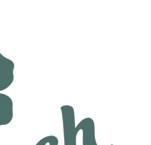

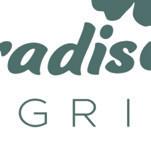
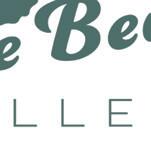

Enjoy upscale waterfront dining at Paradise on Capitola Village’s Esplanade. With an outdoor patio, stunning views of Monterey Bay, historic Venetians and a cozy fireplace, savor quality food and drinks in a casual yet elegant atmosphere!
paradisebeachgrille.com
215 Esplanade Capitola, CA 95010 (831)-476-4900

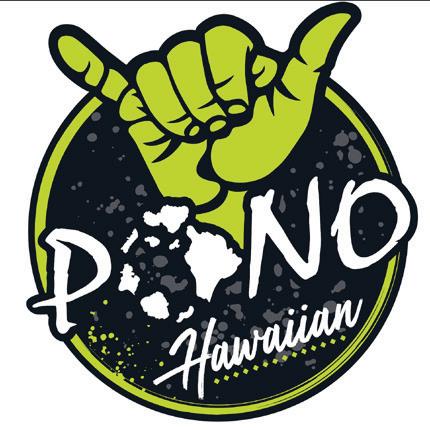
PONO HAWAIIAN GRILL
Experience authentic cuisine from Maui, including Maui brewing on both tap and can. We also offer wine, kombucha, hand-crafted cocktails and locally made desserts that are made with joy so you can bring the aloha spirit home with you!
ponohawaiiangrill.com
120 Union St., Santa Cruz, CA 95062 (831) 621-7448






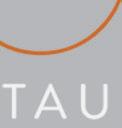



SOLAIRE AT PARADOX
Discover contemporary American dining at Solaire Restaurant + Bar, where chic ambiance meets a menu inspired by downtown Santa Cruz. Enjoy sustainable, locally sourced dishes with vibrant East Asian flavors!
www.solairerestaurant.com
611 Ocean St., Santa Cruz, CA (831) 600-4525
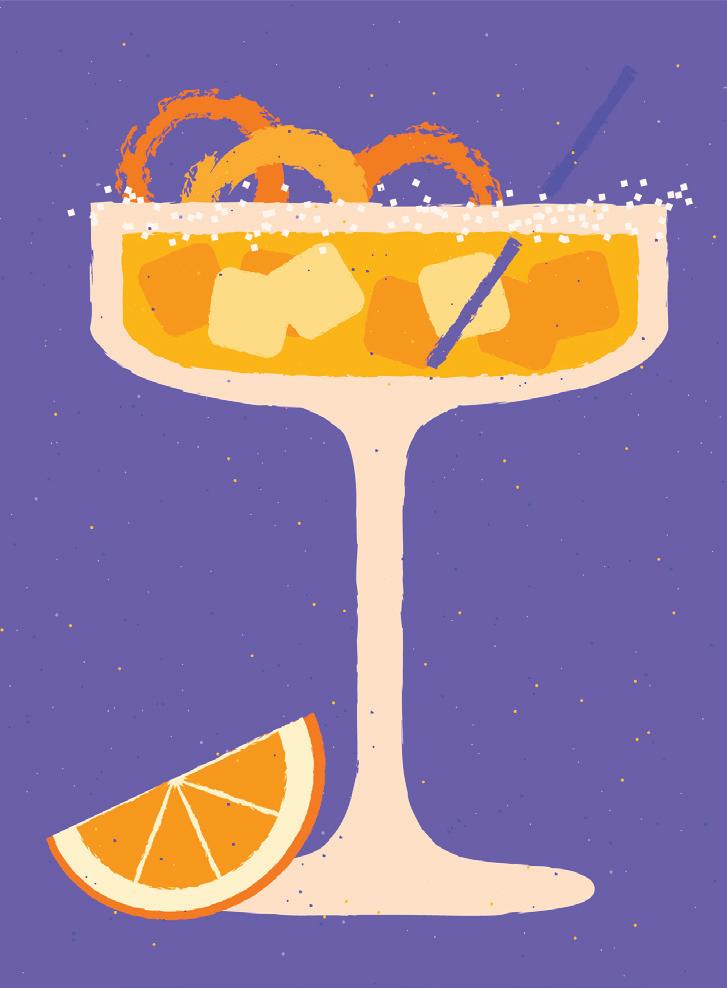



Süda pairs seasonal local produce with line-caught fish and hormone-free beef, offering inventive vegan and gluten-free dishes. Enjoy a lively bar or intimate booths. Open for breakfast, lunch, and dinner!
www.eatsuda.com
3910 Portola Dr., Santa Cruz, CA 95062 (831) 600-7068
THE CATALYST










The Catalyst Club is Santa Cruz’s premier venue for live music, and the historic venue can also mix up some tasty cocktails!
catalystclub.com
1101 Pacific Ave., Santa Cruz, CA 95060 831-713-5492



Speakeasy

Existing beyond what is obvious or admitted, intentionally hidden.
www.ulteriorsc.com
Located behind Motiv @ 110 Pearl Ally, Santa Cruz 95062










We build bold flavors that start with the highest quality ingredients. Our spirits are distilled in hand-pounded copper Alembic stills. A little ocean air, a touch of precision, and some time result in extraordinary handcrafted spirits.
www.venusspirits.com
200 High Rd, Santa Cruz, CA 95060 831.600.7376
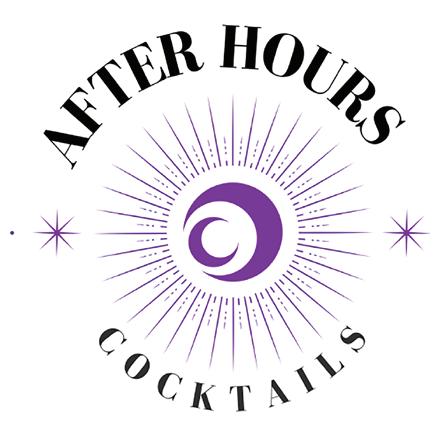
At After Hours Santa Cruz, we are more than just a bar; we are a community. We pride ourselves on creating an inclusive and welcoming atmosphere where people can come together and connect. Whether you’re coming in for a quiet drink after work, looking to socialize with friends on the weekend, or coming out to one of our many events, we have something for everyone.
afterhourssc.com
1001 Center St. #1 Santa Cruz, CA 95060 (831) 331-5292
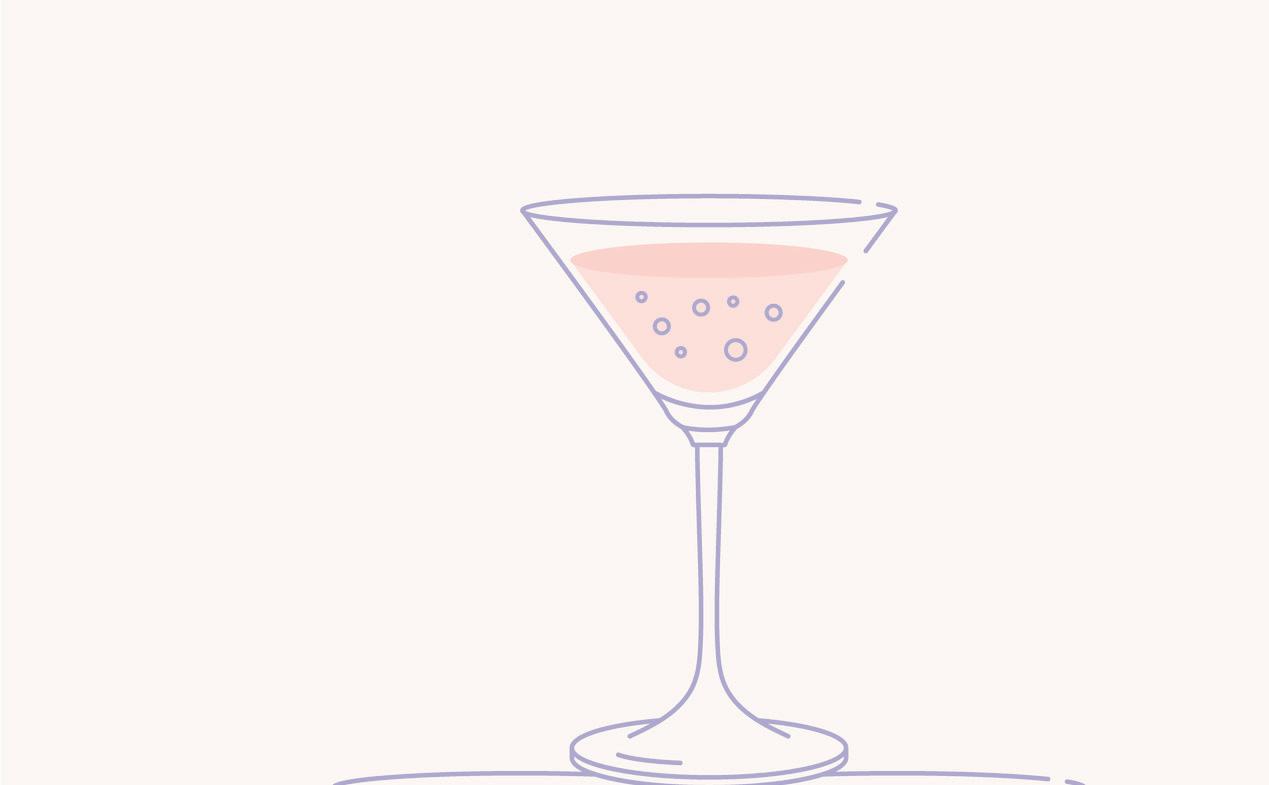
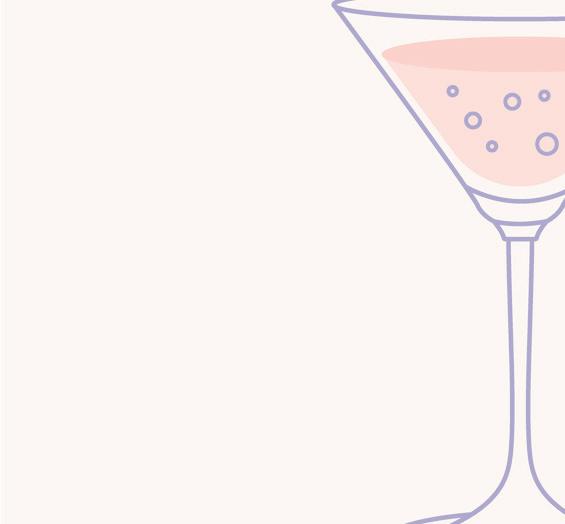







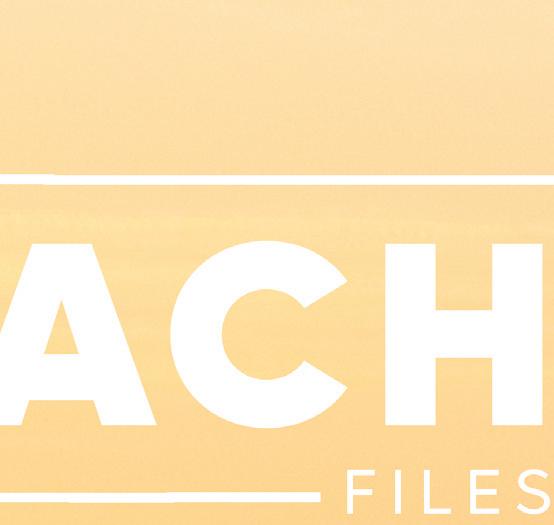
AN EXCLUSIVE GALLERY OF SANTA CRUZ VIBES

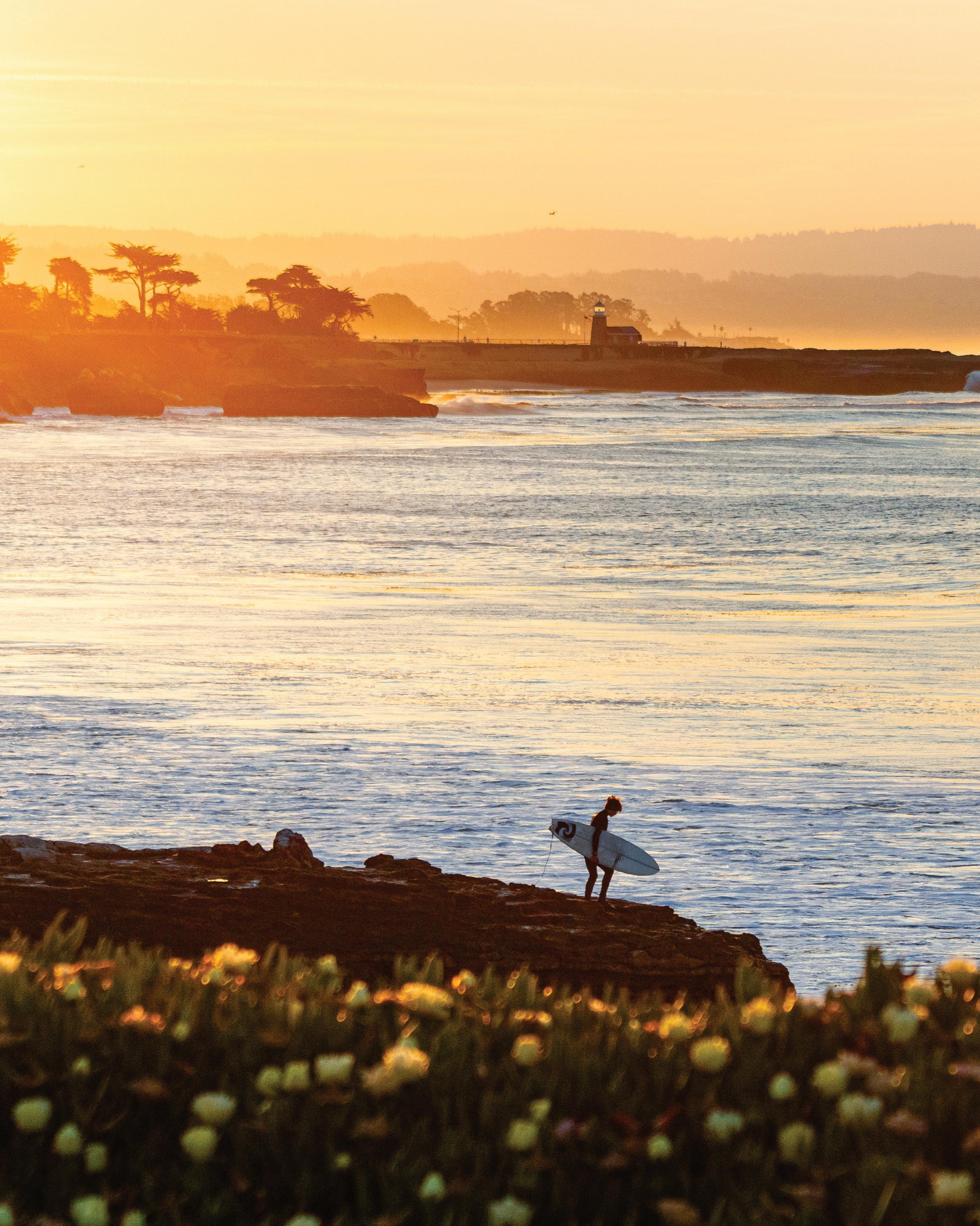
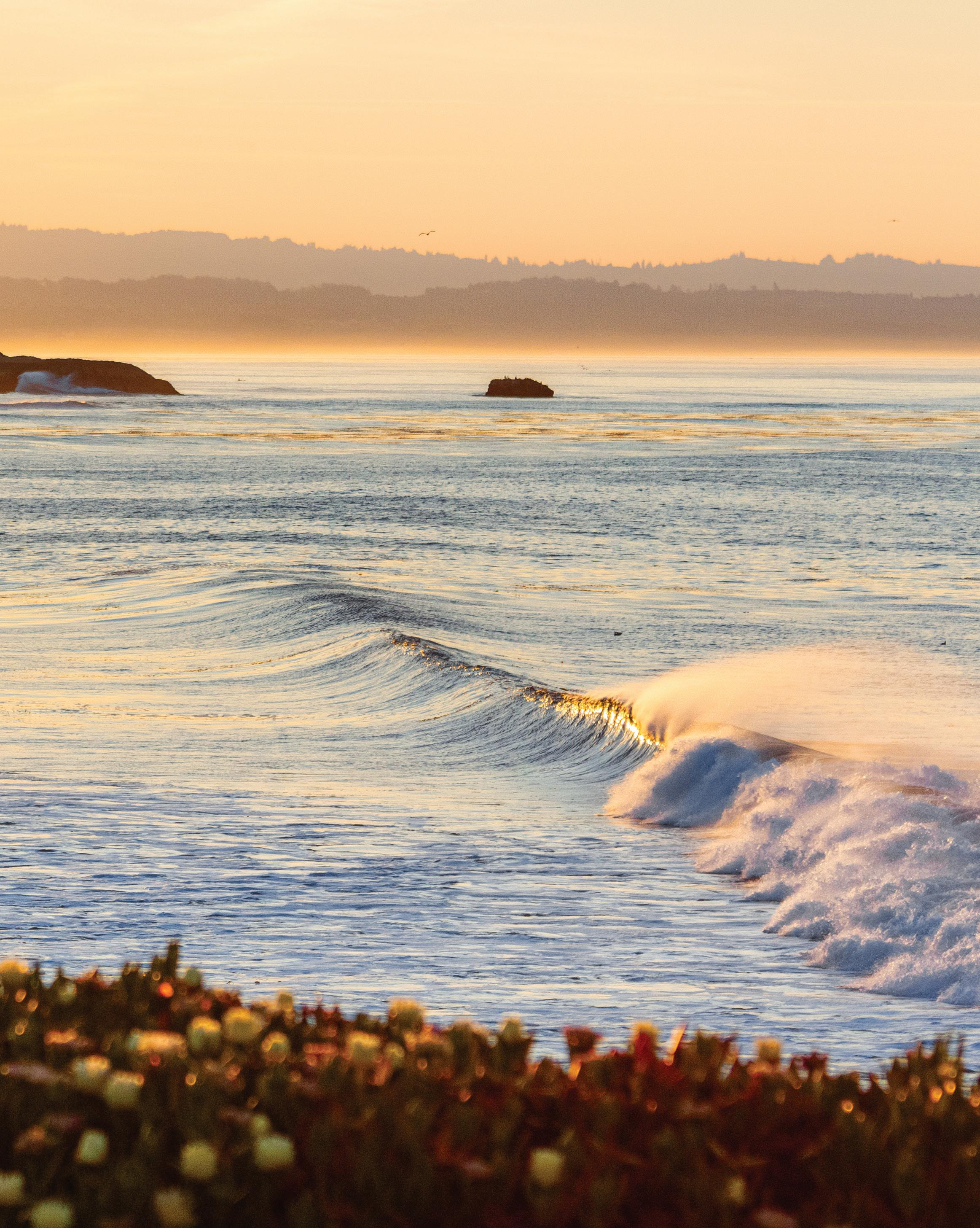
Growing up in Santa Cruz, I was mostly unaware of our town’s influence within the surf world. When I started surfing with my uncle around age 12, I vividly recall our early morning surfs in foggy conditions at the Hook. It felt like another world away driving from the Westside, where I grew up. During junior high, most of my friend group were bodyboarders and skimboarders, and I started to play around on those boards more often than a surfboard itself. While the Santa Cruz surf scene in the late 90’s and earlier 2000’s was taking the aerial progression and significant wave movement (at Mavericks) by storm, I was trading off fun barrels riding a bodyboard at the fickle wedges of Fingerbowl and ITs beach. In my early 20s, I injured my back and had to step away from riding waves while I healed. At this time in my life, I just started my love affair with photography, and the scene was set for my two passions to blend. I embarked on the longest journey, and my love for surf photography was born.
Fast forward some 20 years, and here we are. Santa Cruz is still my home, and surf photography is my chosen profession. So much of my career and opportunities blossomed because of this beautiful town many of us call home. There is endless beauty to document up and down the Santa Cruz coastline and the SC Mountains that dramatically rise behind us. The older I get, the more I appreciate this town and how much it has shaped me. I feel truly fortunate to have been raised here and molded by the beach community I love so dearly.
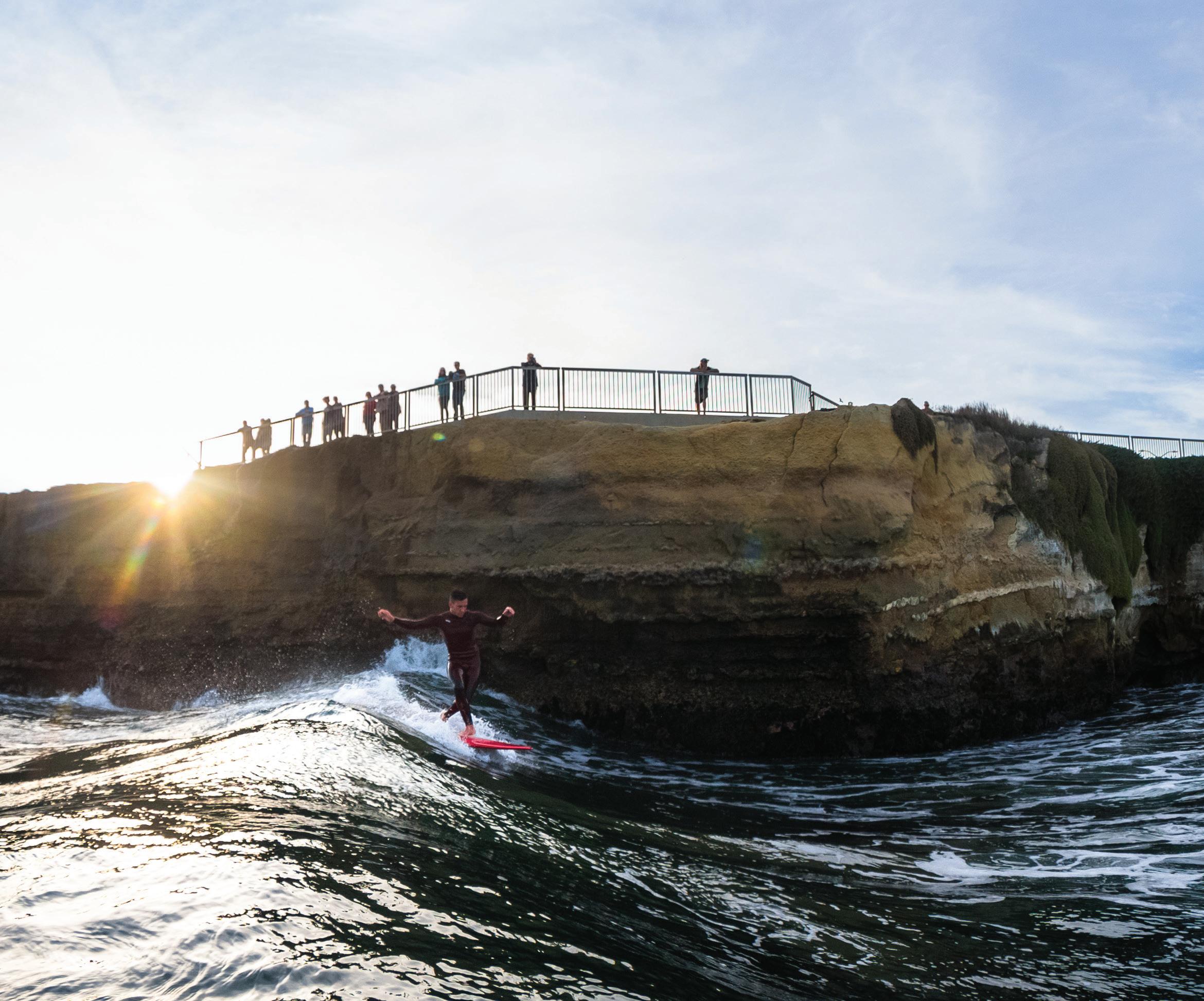
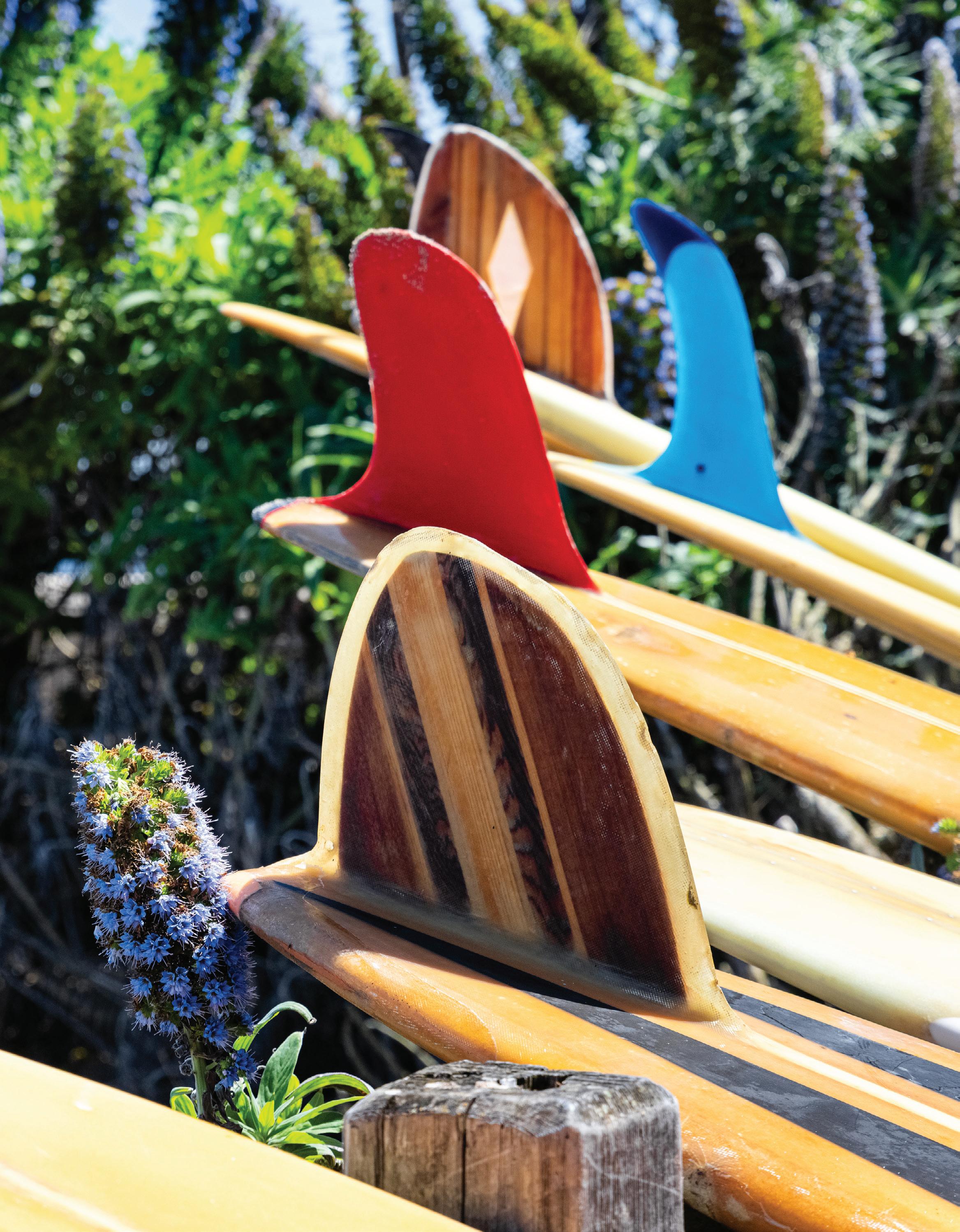
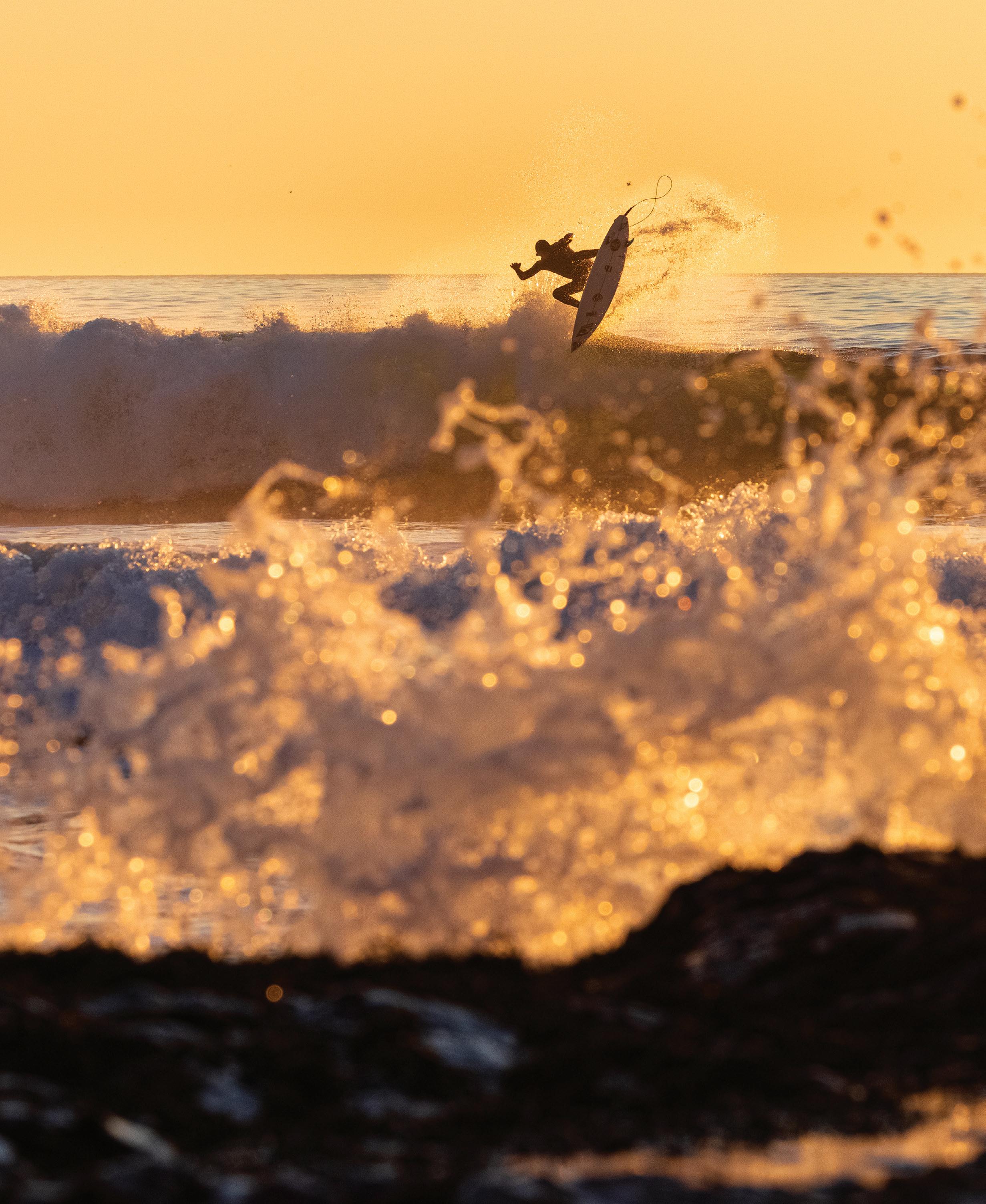
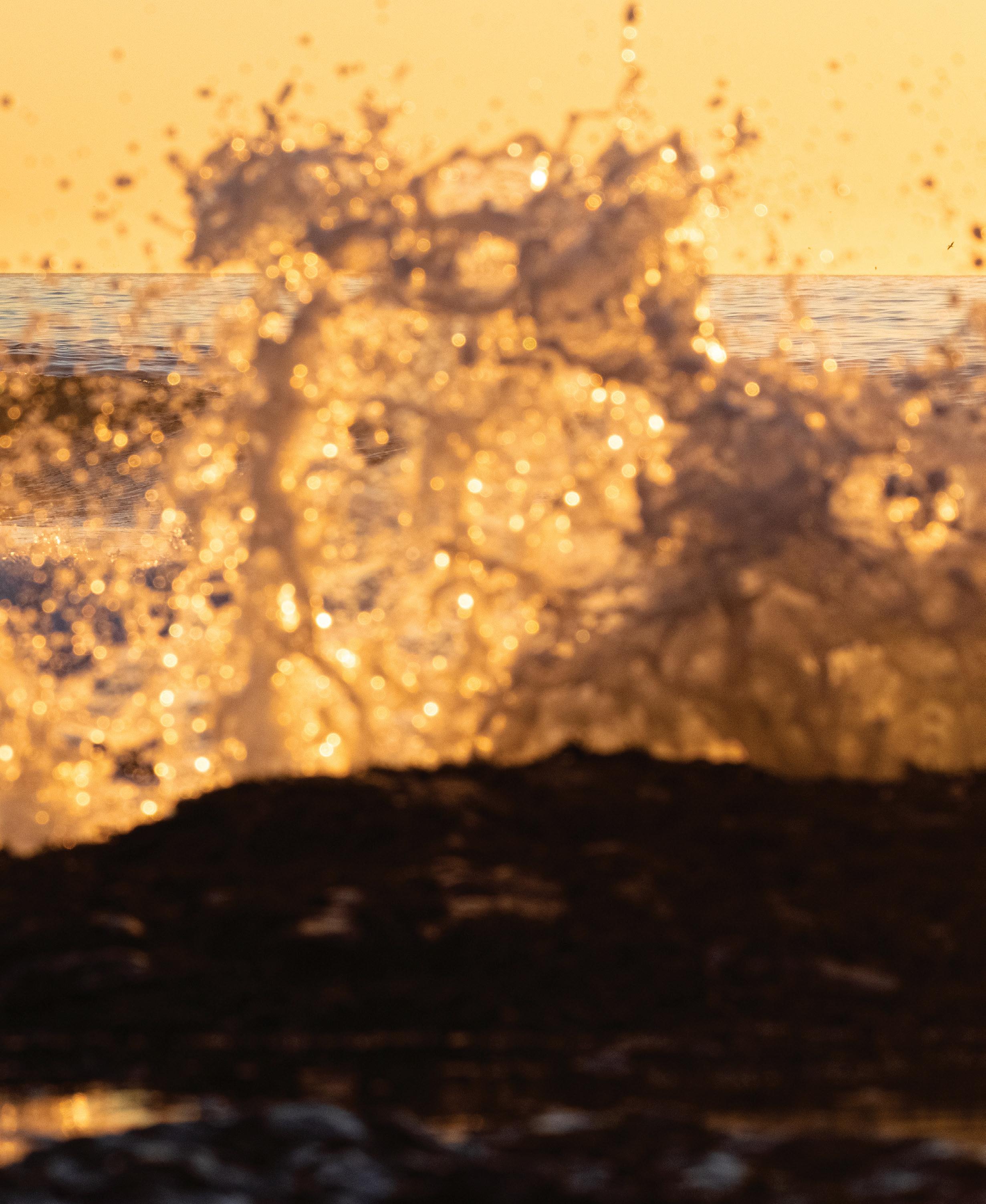
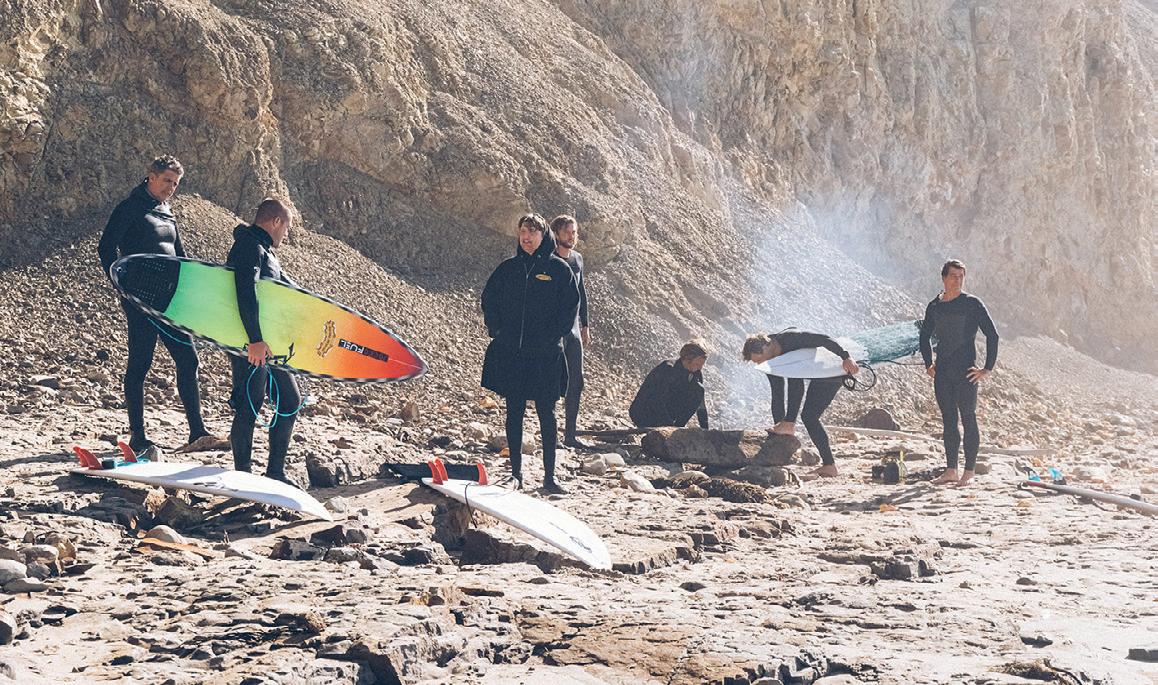

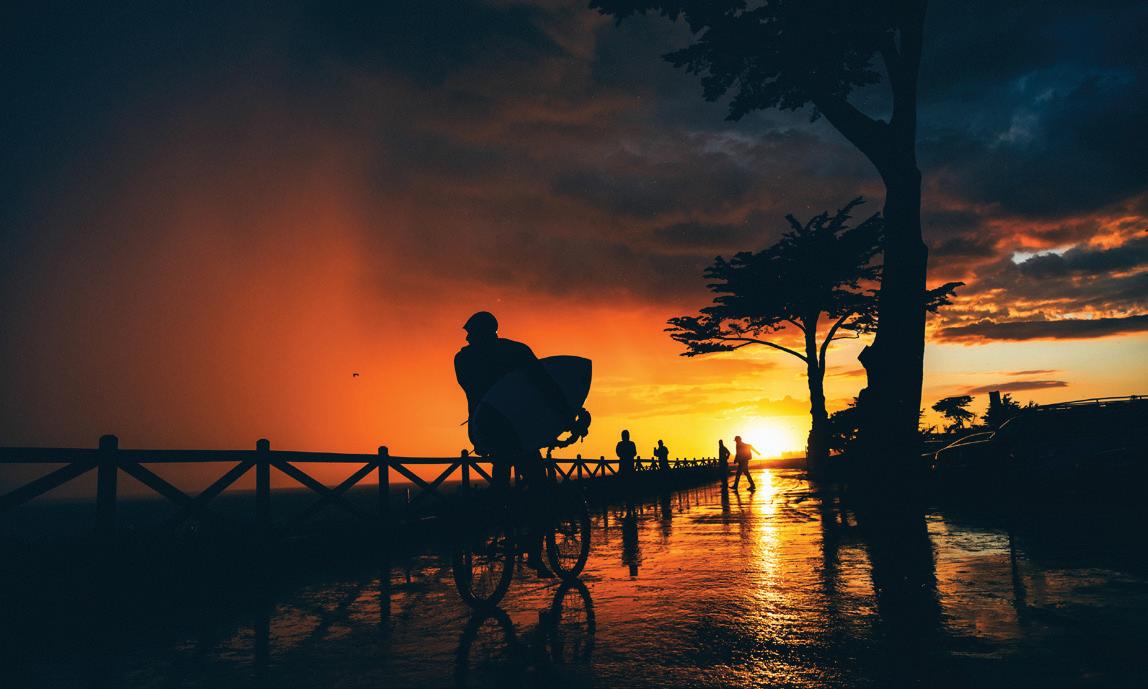
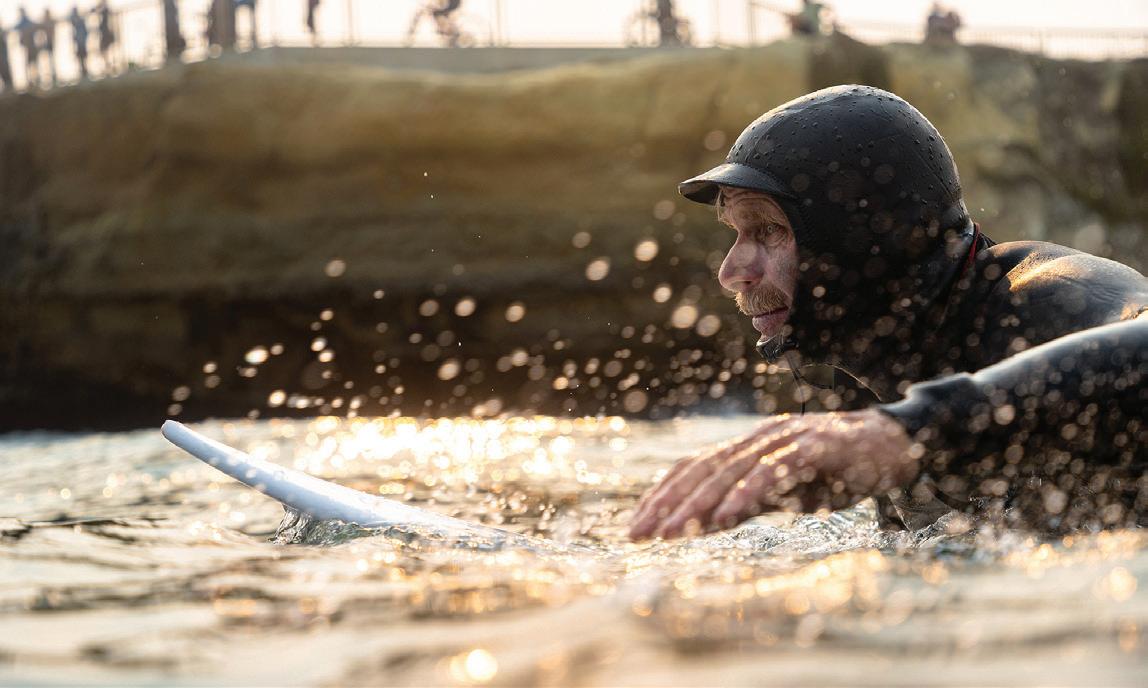
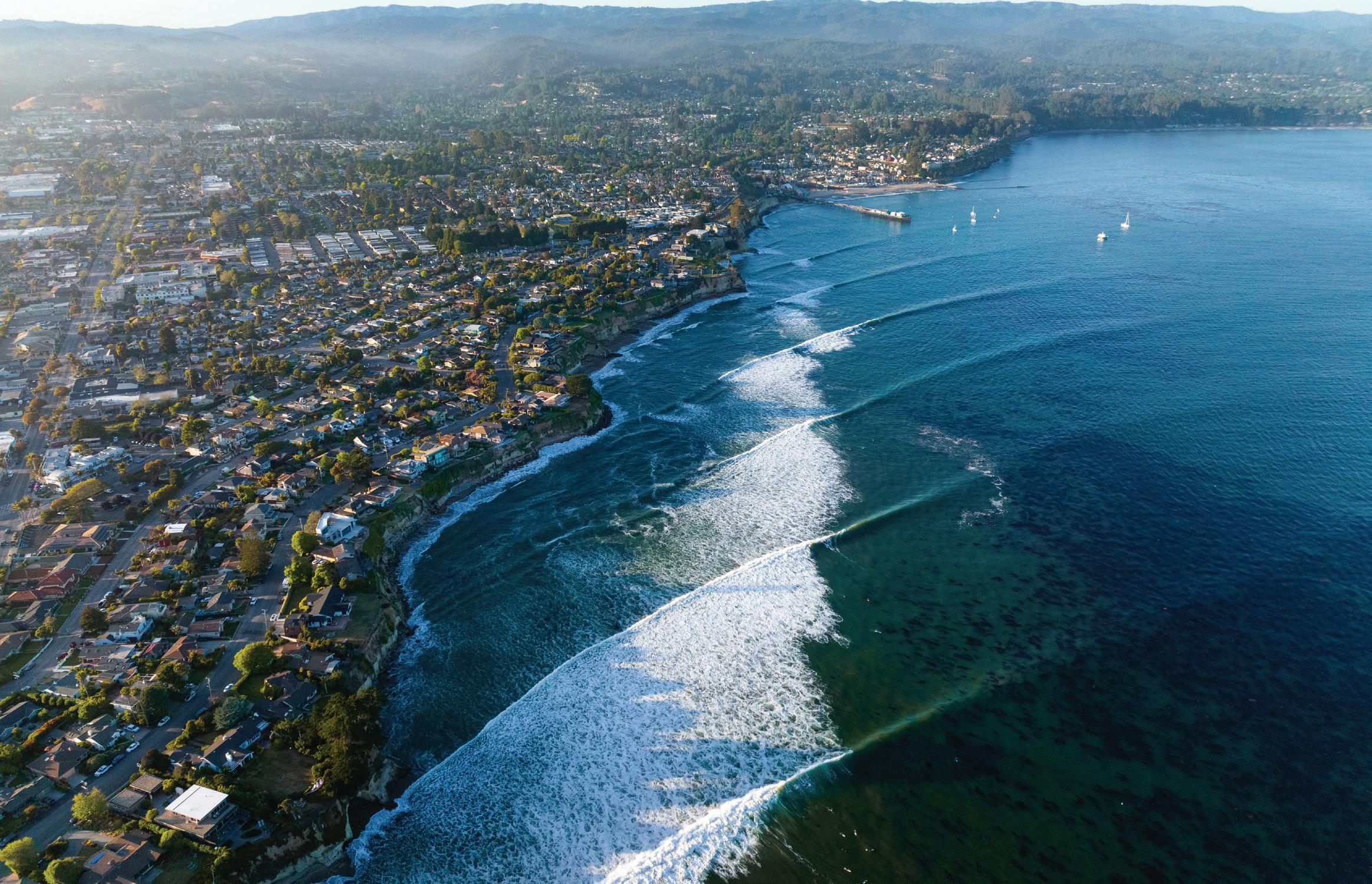
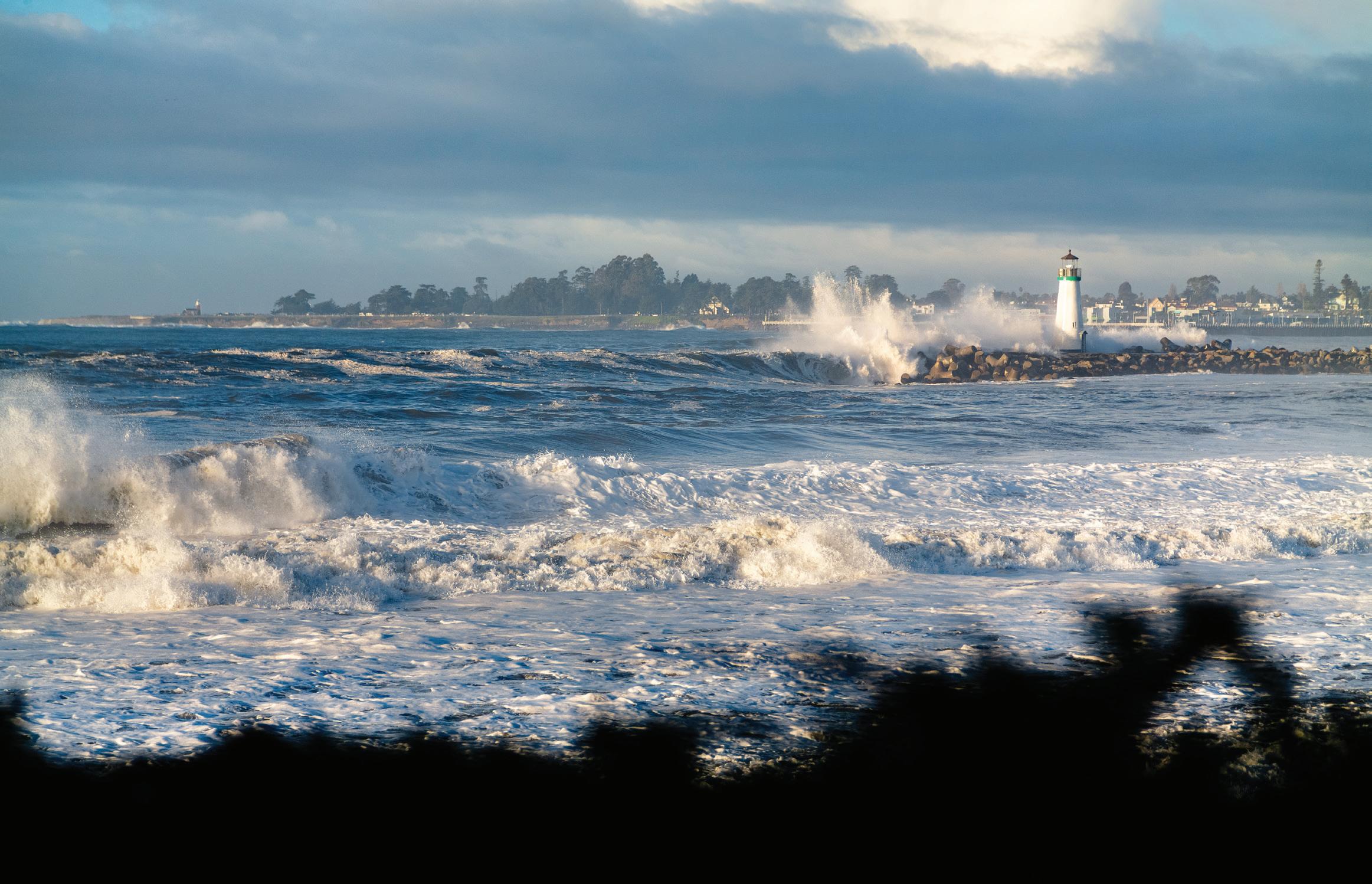
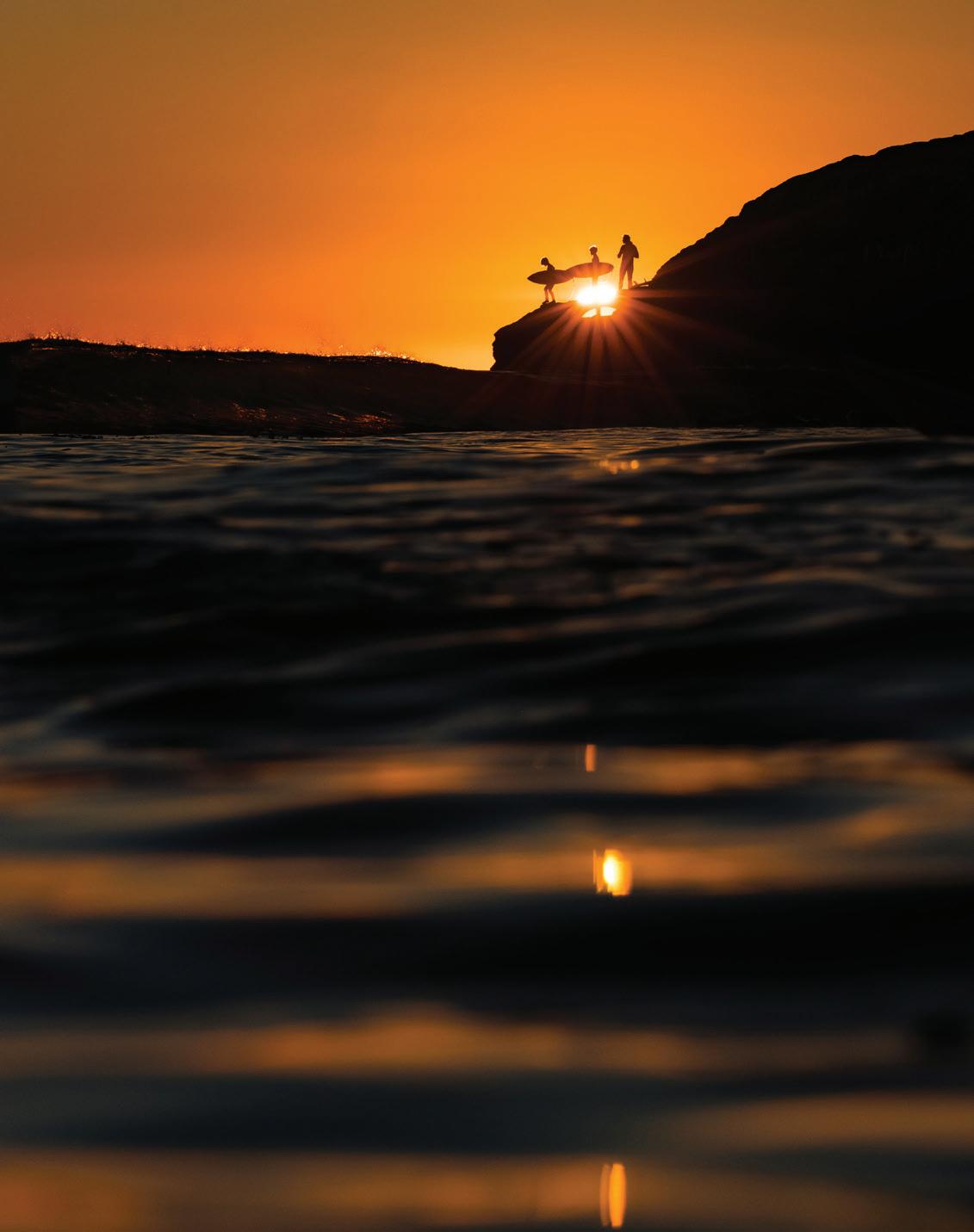
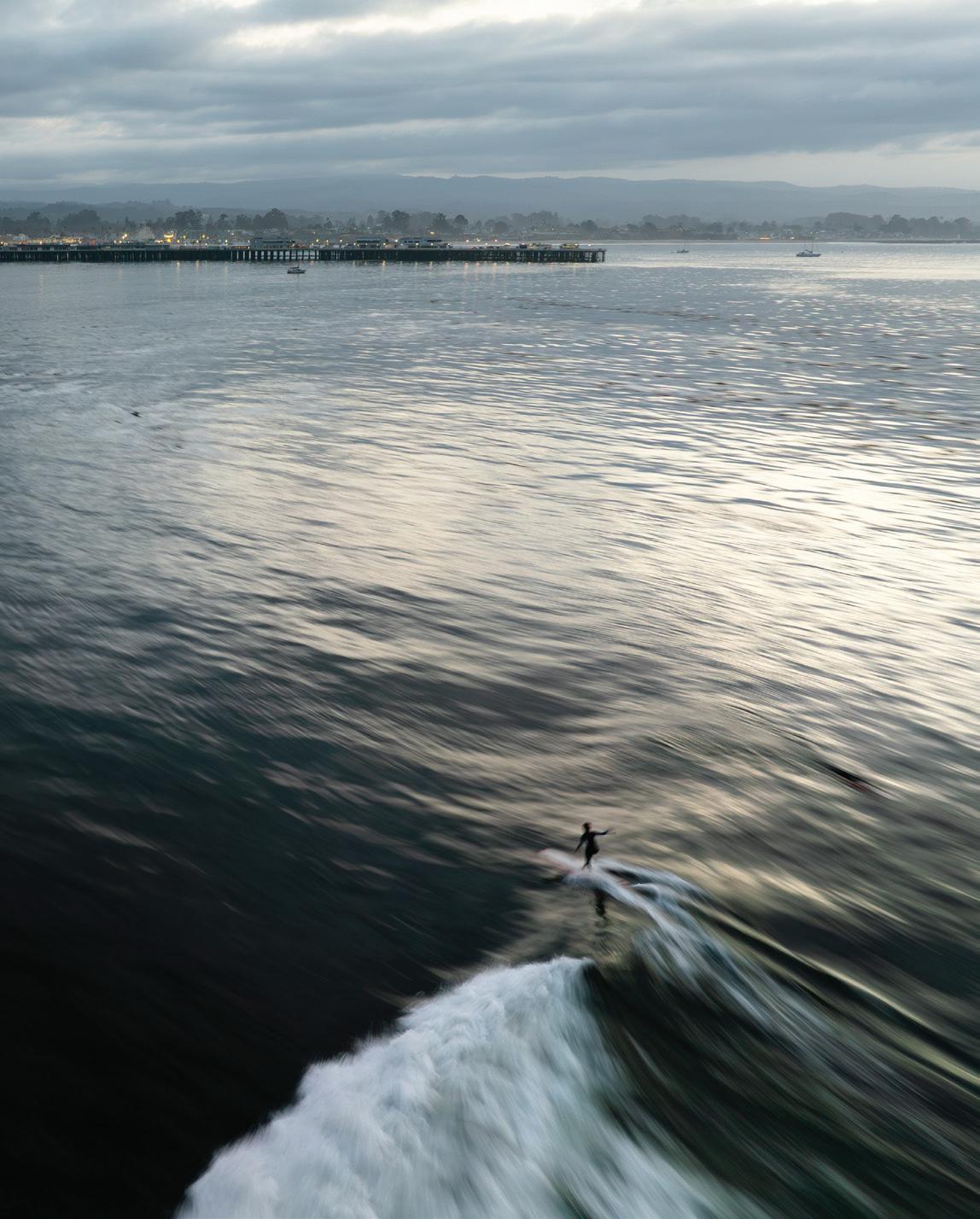




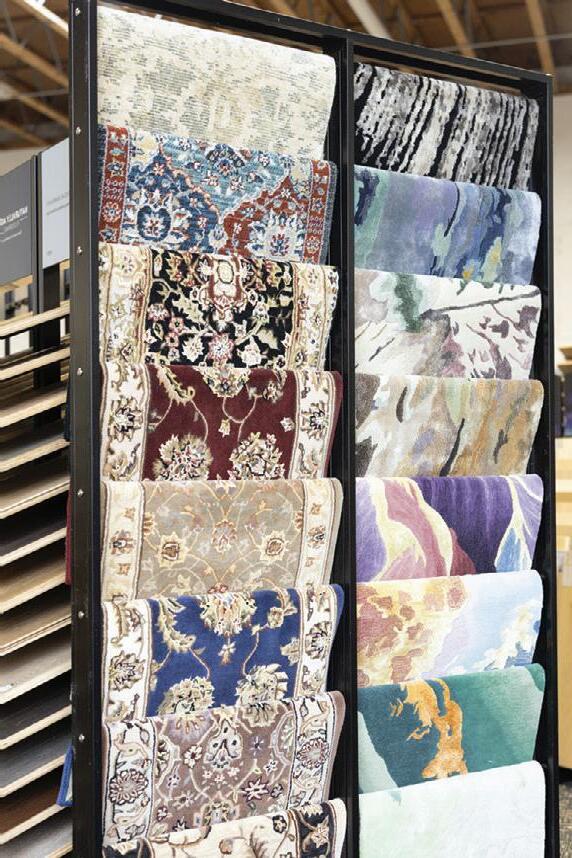



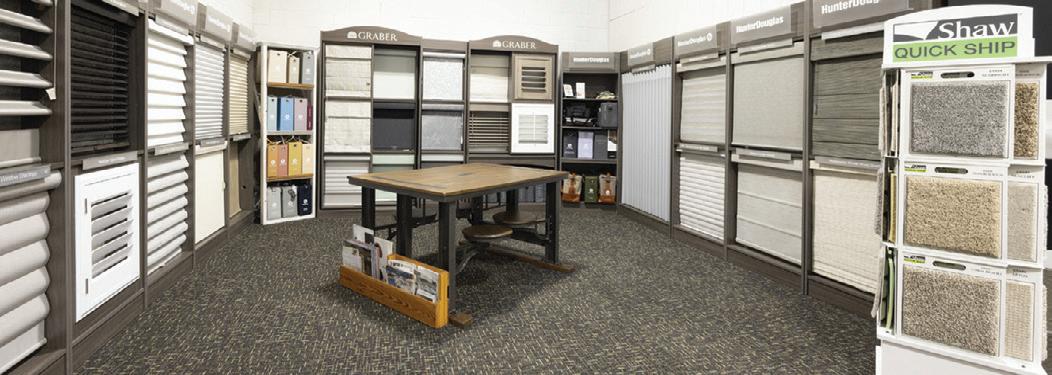


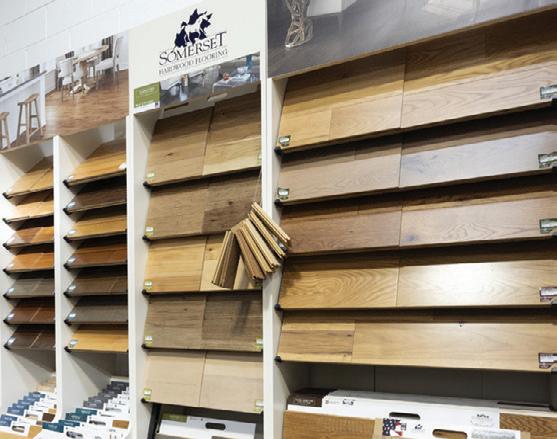

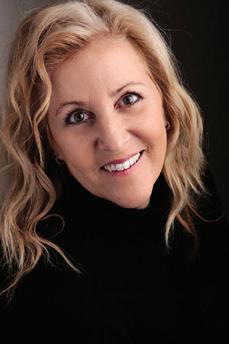
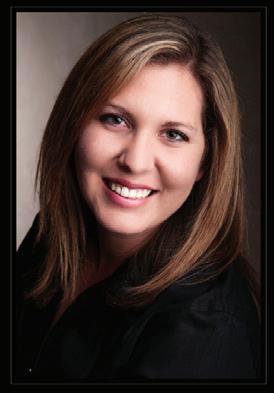
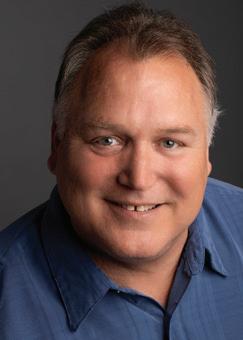


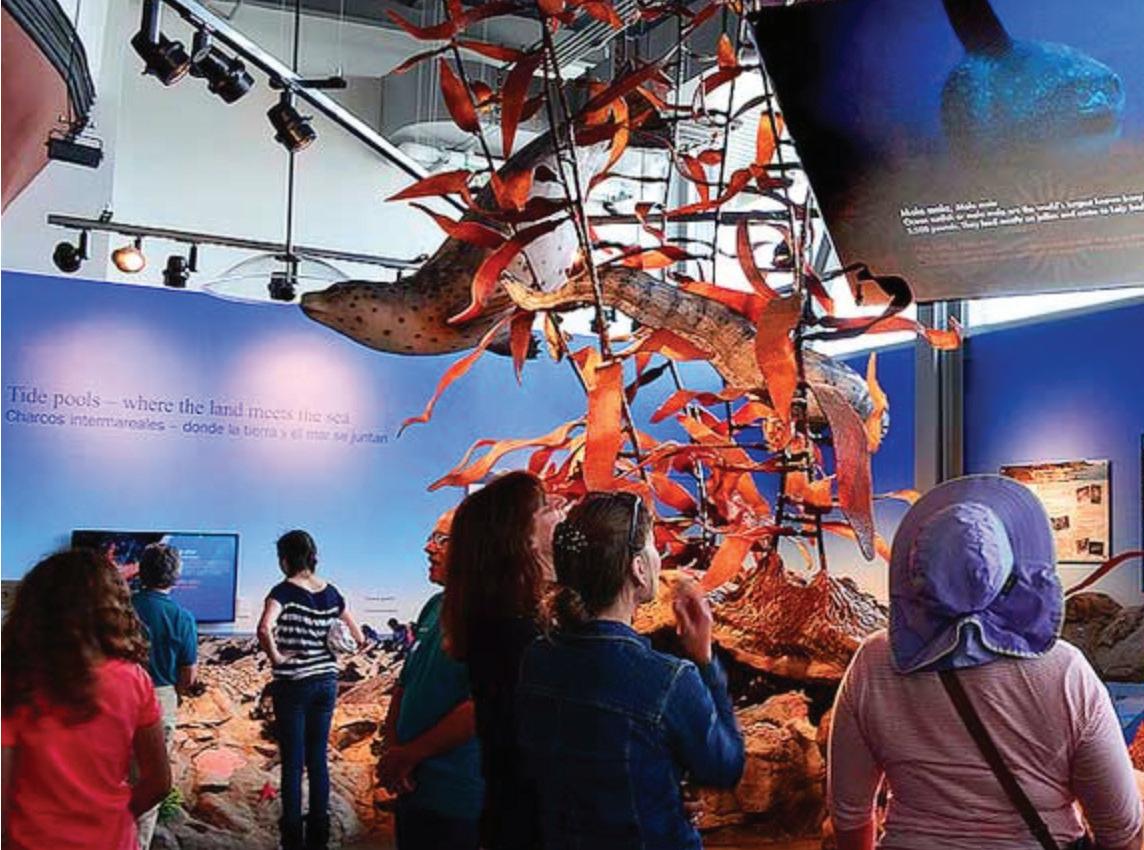
The City of Santa Cruz and the Monterey Bay National Marine Sanctuary have teamed up to create the Monterey Bay National Marine Sanctuary Exploration Center, which enriches the Central Coast’s cultural and educational landscape. The City donated the land, while funding came from NOAA, the National Marine Sanctuary Foundation, and various state grants. Located across from the Santa Cruz Wharf and near the Beach and Boardwalk, the center offers interactive marine education just steps from the Pacific Ocean.


The Exploration Center features hands-on exhibits about California’s Central Coast ecosystems and educational spaces for diverse audiences and promotes ocean stewardship. Its design is sustainable, earning Gold LEED certification. Visitors can explore dynamic exhibits, watch multimedia presentations, use educational labs, and enjoy public art celebrating ocean wildlife. With convenient amenities like bicycle facilities and pedestrian connections to Depot Park, the Exploration Center is a gateway to understanding and appreciating our marine environment. Visiting the Center can also be done in an environmentally friendly way.

Log your ride using your GO Santa Cruz App and let METRO conveniently drop you off right in front of the center.
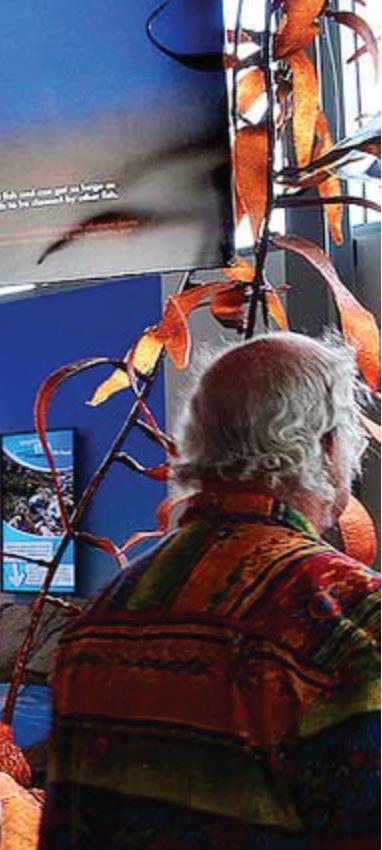

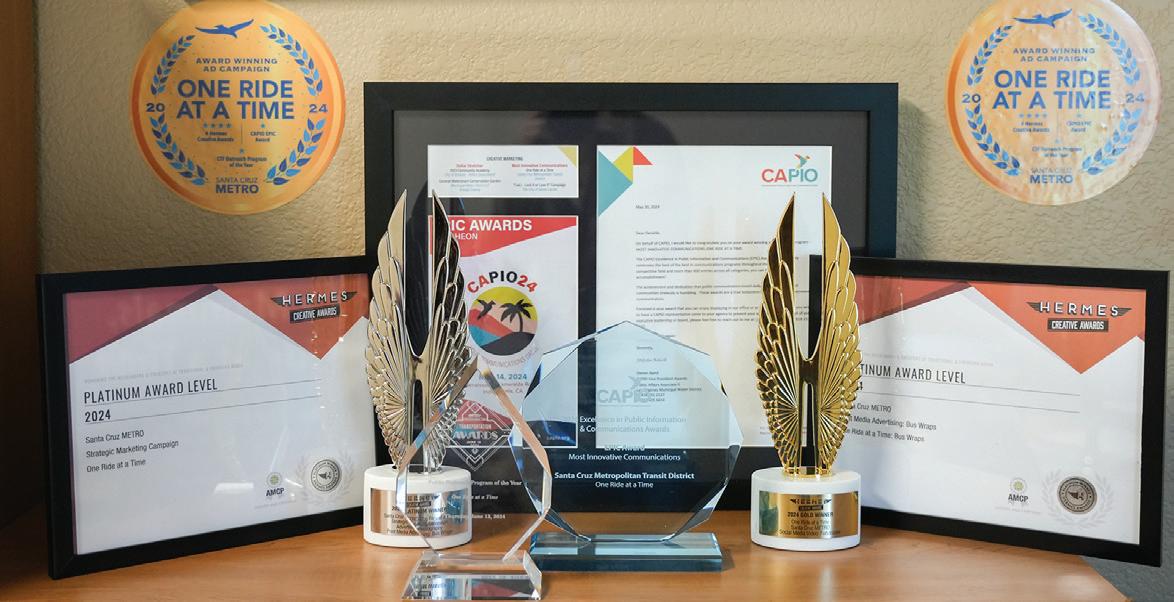
The Santa Cruz Metropolitan Transit District’s “One Ride at a Time” (ORAT) campaign has received major recognition, winning four international Hermes Creative Awards: three Platinum and one Gold. The awards celebrate outstanding media work, featuring over 6,500 entries from 37 countries. ORAT was praised for its innovative bus wraps, photography by Frans Lanting, and digital marketing efforts. Additionally, it garnered the California Transportation Foundation’s Public Outreach Program of the Year and the EPIC Award for Most Innovative Communications Program. ORAT has raised over $42,000 for local environmental groups and increased bus ridership by 22%, promoting both transit and environmental stewardship.


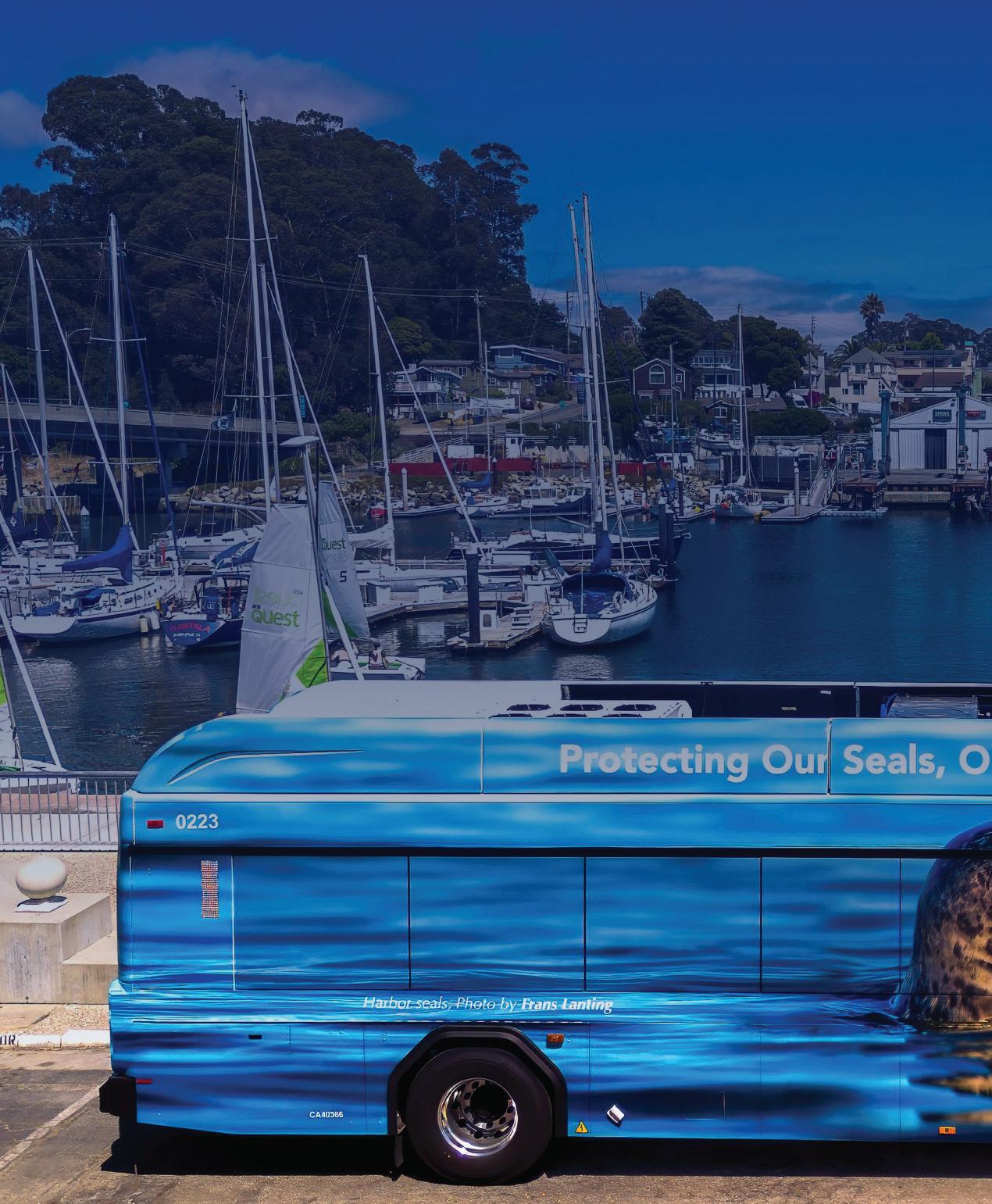
Are you looking for a way to save money, reduce your carbon footprint, and get some excercise?
If so, GO Santa Cruz County is the program for you! GO Santa Cruz County is a voluntary commute trip reduction program that rewards commuters for choosing sustainable transportation options, such as walking, bking, carpooling and taking the bus. To participate, simpy create an account and start tracking your trips. For every trip you take, you’ll earn points that can be donated to one of METRO’s local environmental non-profit partners, The Monterey Bay National Marine Sanctuary Foundation or the Bay of Life Fund.






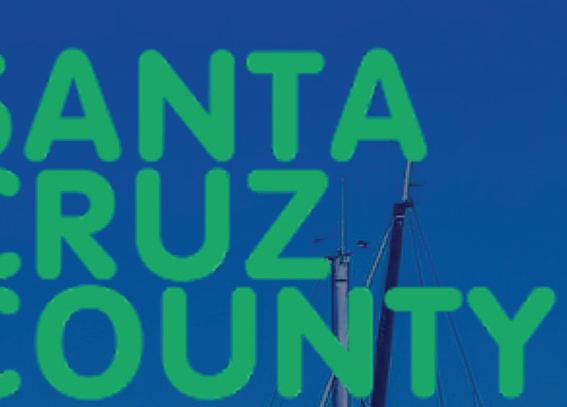
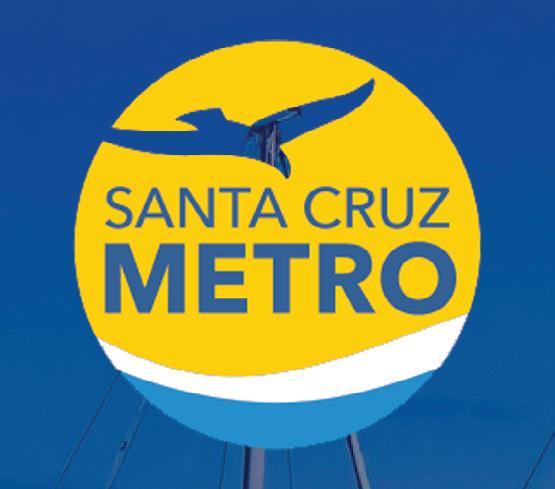


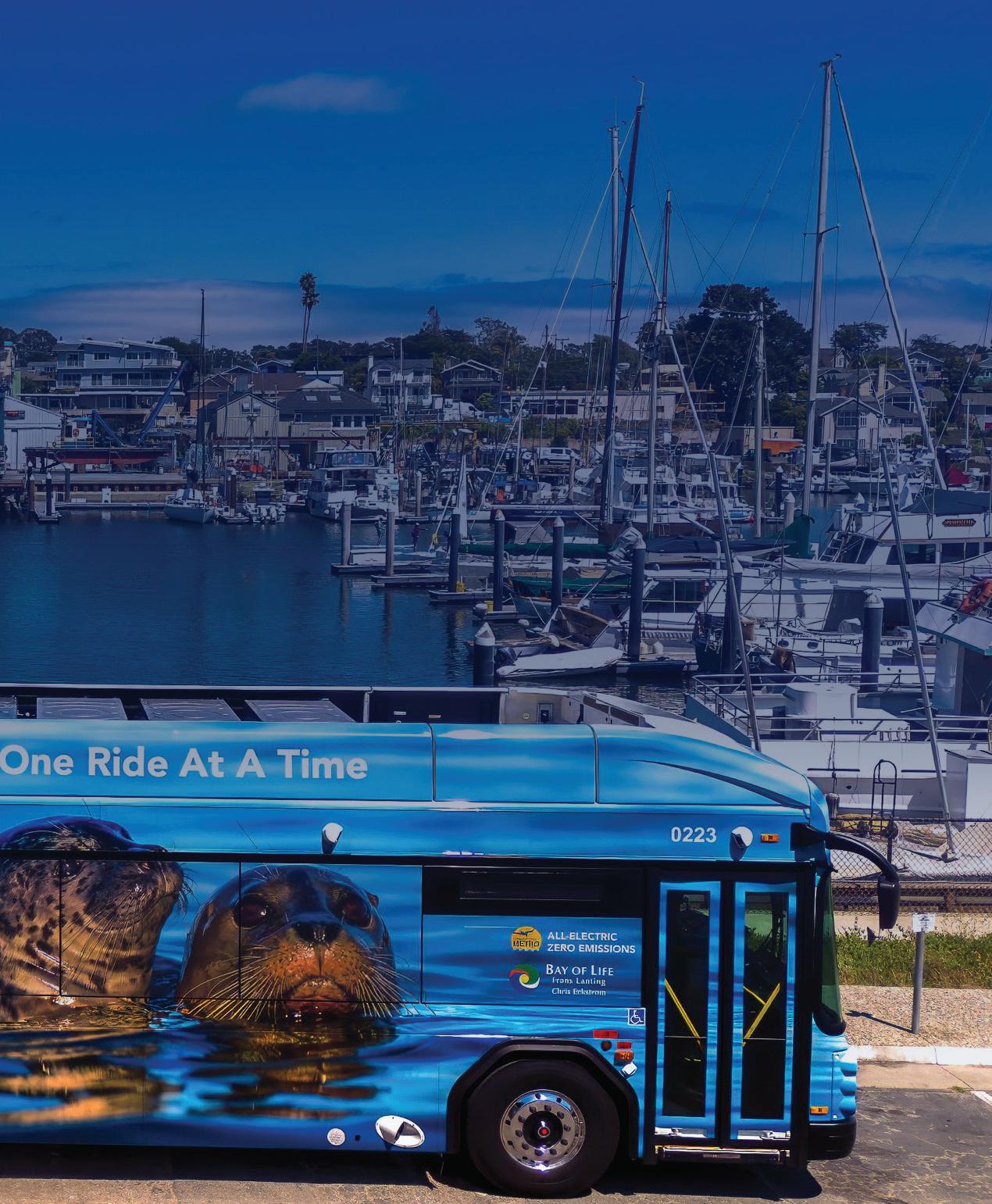
For DESKTOP: Visit scmetro.org/gosantacruz to create a “GO Santa Cruz” County ride-sharing portal account. Click the “REGISTER TO JOIN” to start the process. Once you have an account, log your bus trips using the portal.
Once registered, use your portal to log your bus trips. Earn 10 points per trip (with a max of two rides per day counting towards your points).
After accumulating 250 points (equivalent to 25 rides), you can donate $10 to one of our nonprofit partners through the portal.



Monitor your greenhouse gas emissions reductions and see how you stack up against other riders to make a positive impact!
By Bella Bonner
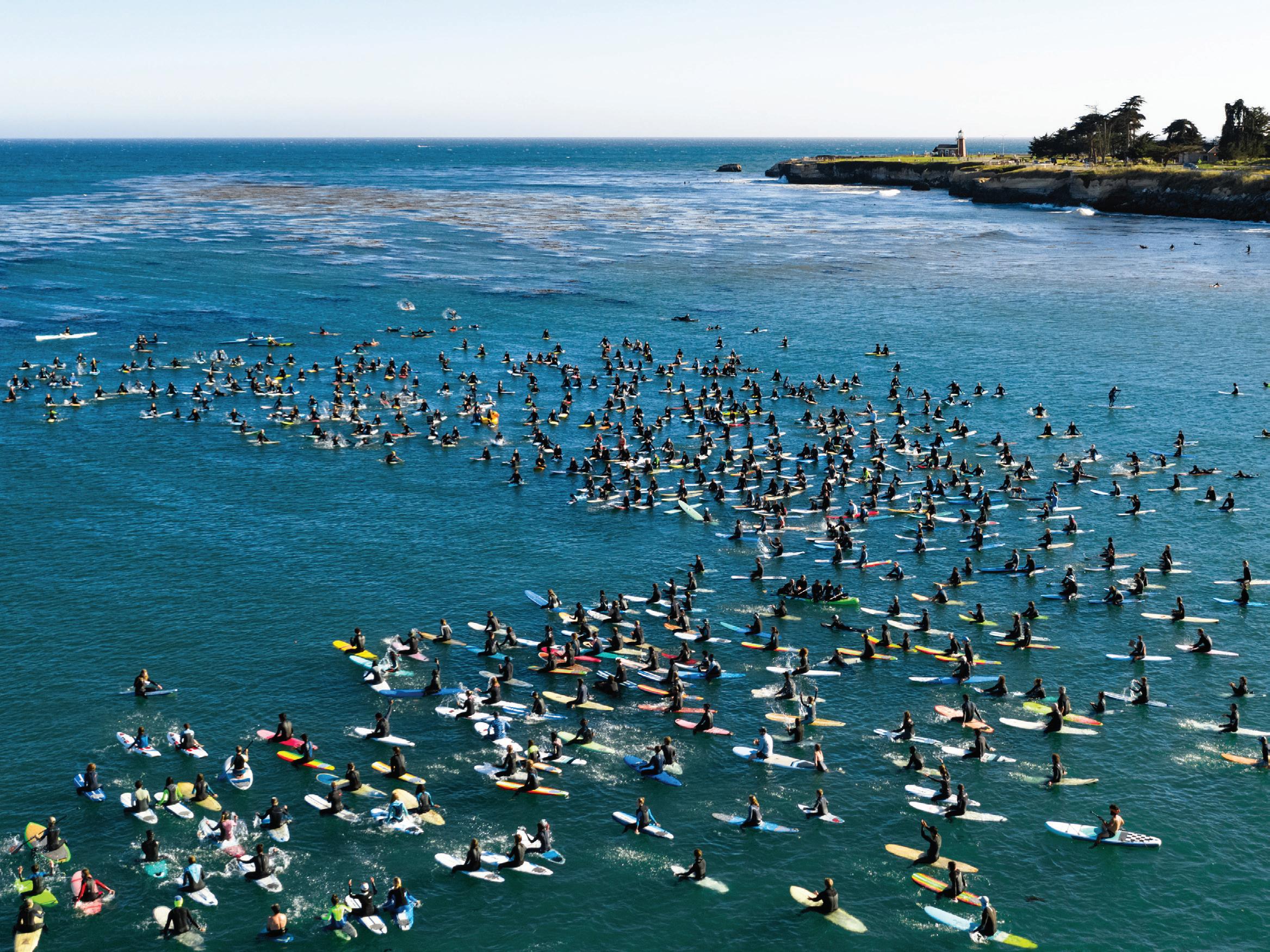
Black Surf Santa Cruz proudly hosted our 4th annual Liberation Paddle Out (LPO) on June 22, 2024, at Cowell Beach. It was a paddle out for George Floyd in June 2020 called to action by Black Girls Surf that birthed the vision and idea for Black Surf Santa Cruz’s origination. Our annual Liberation Paddle Out serves as a commemoration of our roots, an honoring of George Floyd and our ancestors that were rarely granted opportunities and access for recreation, ease and play, and an opportunity to honor Juneteenth and what Liberation means to Black people presently.
Kelvin Nivens, a long-time Santa Cruz County resident, former personal trainer, gym owner and currently the Founder and Executive Director of Project Daraja is one of those people and he recently shared that it was while he was listening to me talk
about my late-father during my TEDx Talk that he decided this year was this year he was going to face his fears and brave the ocean on a surfboard for the frst time. He earnestly shared how he didn’t want to be another Black male who didn’t know how to swim, wanting instead to fnd his own relationship with the water.
One of my favorite aspects of being a few years into hosting the annual Liberation Paddle Out is getting to witness people that told me they would never participate, begin to show interest and then eventually fnd themselves in the water beaming with a smile.
Nivens was one of those people. This experience was extra special to me because Nivens is one of the frst faces I remember meeting when I frst moved to Santa Cruz back in 2005. Watching him beam in pride, excite-
ment and awe at his accomplishment brought an immense amount of joy to me, as does the entire event. I had the pleasure of sitting down with Nivens post-LPO to talk more about his experience.
The following are excerpts from my full interview with Nivens, the full interview will be posted online on the Santa Cruz Vibes website.
BB: How long have you lived in Santa Cruz?
NIVENS: I’ve lived in Santa Cruz since 1992. I’ve never been out in the water any farther than the shore break.
BB: How was your experience at the Liberation Paddle Out and what led you to decide to come this year?
NIVENS: There are so many different feelings and emotions that I went through before the day that led up to it and on that day. It was something that
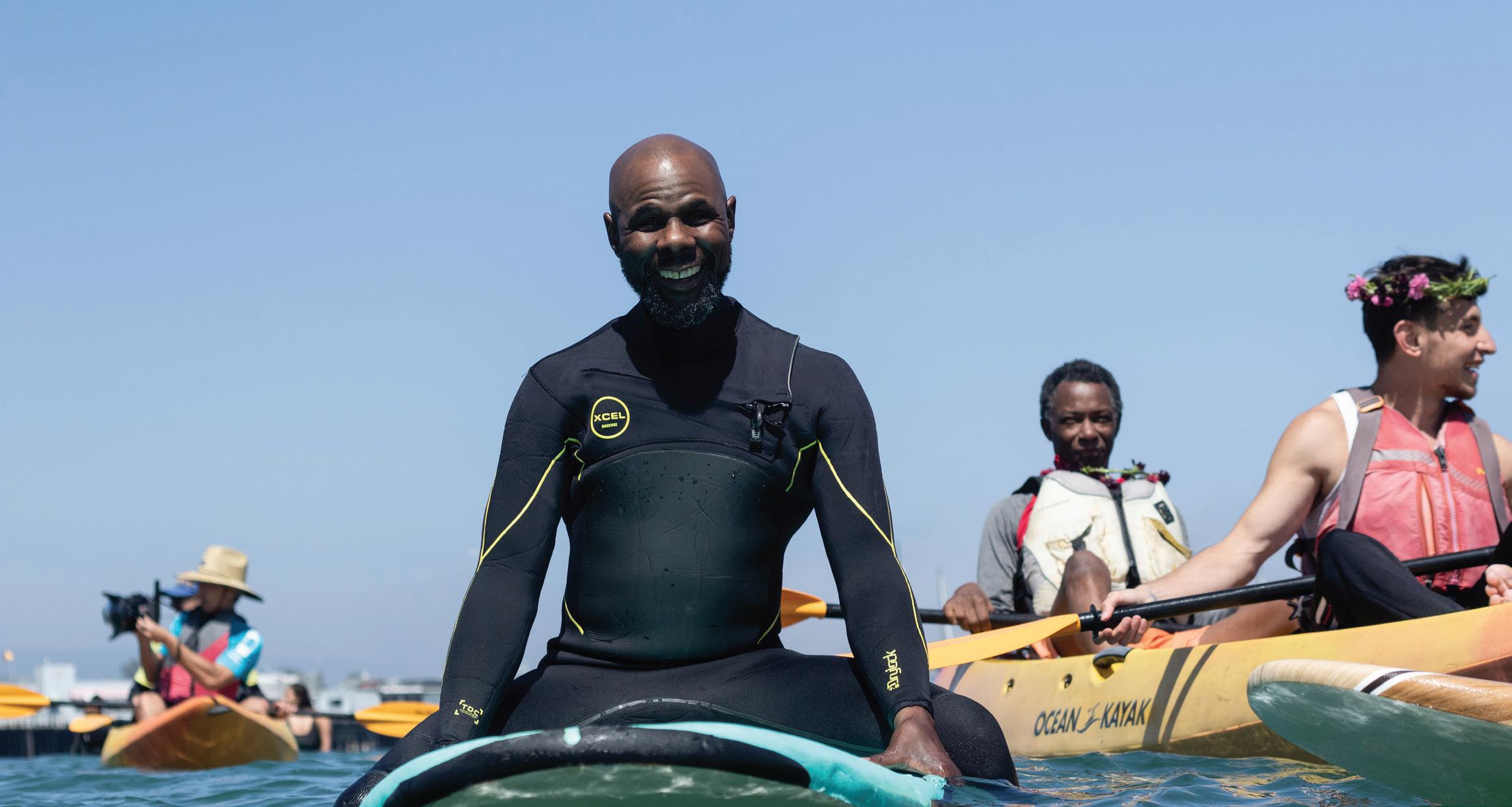
I’ve been wanting to do for a long time with the perfect opportunity to do it. There was a connection that drew me to the water, despite all my fears and reservations. The day was a culmination of joy, relief and pure exhilaration at doing something that I’ve been wanting to do for such a long time, but had never done before.
BB: What did being in the water past the shoreline feel like for you?
NIVENS: It’s a place that I’ve driven and walked by hundreds of times and seen from that perspective, but to be in the water and to have the perspective to look up and out where I’ve seen, but to actually be in the water and see that perspective was mind blowing. It gave me chills because I didn’t think that this would ever be something that would happen in my life.
BB: Why do you think you had written yourself out of that narrative or that experience?
NIVINS: I’m drawn to things that I’m good at doing; if I feel that I’m adept, there’s this confidence that allows me to pursue whatever that is, regardless of circumstances. For instance, you know, I like to play pickup basketball,
although I don’t do it very often. I could do that anywhere I went and even though I don’t know people there and I’ve never played at this park before, I have a set of skills and I know how to speak the common language. So, I feel comfortable doing that.
Having never grown up in water culture and never grown up learning how to proficiently swim, there’s a hesitation to try and get better when I don’t feel that my skills are quite there. And then there’s so many stories and narratives around Black bodies and swimming and Black males not being able to swim. I didn’t grow up around beach culture so I just kind of wrote it off because there was no welcoming orientation for me.
I have white friends that surf and swim that have offered to take me out or give me lessons, but when it’s something that you’re so unfamiliar with it’s not just like tagging along, you know, like, there’s a lot, a lot more that goes into it. There’s a lack of confidence and a lot of fear in showing how much fear there is around water and being in water ... and that’s not something that you can just share or expose to any-
body because I’m not confident that they are able to hold enough space or have the ability to be able to give it full understanding.
BB: How did the support and environment at the Liberation Paddle Out help you overcome your fears or anxieties about being in the ocean as a beginner?
NIVENS: It was a day that was about freedom and liberation from the fears and whatever other things that might hold a human back from being able to experience life to the fullest. It was an environment where it was easy for me to be vulnerable. There was so much help and assistance and support. It was almost like, “That’s exactly what this event is for.” And so I didn’t feel like I was a burden or like I was going to take away from somebody else’s experience because I wasn’t as good as them.
I was able to let go of some of that fear so that I could actually take in the experience. I think that kind of support, the vibe of the day, and seeing so many other bodies out there like mine with similar experience and being inspired by bodies like mine that had a lot more experience.
BB: When checking in over coffee post-LPO about your experience you confidently said, “Unless that level of invitation is met with that level of support, it’s not going to happen.” Can you explain what you meant by that?
NIVENS: Unique histories shape unique experiences when it comes to exposure to water and beach culture, and without an intimate understanding of those types of histories, experiences and levels of fears and insecurities built around those narratives, it’s hard for someone to step outside of those barriers to make yourself vulnerable enough to accept that invitation.
But to have an invitation with the level of support that was offered at the LPO was incredible because it spoke to my fears and the fact that I didn’t grow up in a beach culture. It spoke to the fact that maybe there were other factors that felt limiting to me in terms of access to the beach. There’s a lot of localism involved in surfing and it seems very territorial. And some of the territorialism seems maybe local, but a lot of it also seems to be sometimes blurred along color lines.
So the LPO, to me, was the perfect opportunity to accept an invitation that seemed genuine and spoke to all the fears and hesitations that somebody that hasn’t been in the water before would have. I was intrigued, fascinated, and liberated because of how much went into making that event special and welcoming for people like myself.
BB: What feelings came up for you?
NIVENS: Freedom. And when I say freedom, I mean liberation from the fears that we create within ourselves that hold us back. Not to mention the fear that sometimes is accompanied with societal constructs that exacerbate those fears. To be liberated from all the things that had kept me out of the water. And to feel that it was possible and what it felt like to be held by the water. To be able to experience that intimate relationship with something that’s 70% a part of me that I’ve been so afraid of. Usually any time I’m in it there’s so much stress and like tension fighting the water, but to just be able to float out there.
I just kept thinking; “I would love for this to be more than just a one-time experience in my life.” And, “Wow,” I can see why people do that. This is so amazing.’
BB: That feeling of floating and surrendering and the ways that our experience with the ocean or nature often mirror the challenges we have in our lives is something we talk about a lot in our programs. Do you feel like you overcame any emotions or feelings during the LPO that can be applied to your everyday life?
NIVENS: I came to the realization and acknowledgement that all that I need is already here. I didn’t need to become anything or go through any series of events to be able to experience the water that way. So many times I am held back from doing things because I feel like I’m not ready for it, I have to do something to prepare myself, I’m not good enough to do it yet or I’m not ready for it yet. So, it was a great example that sometimes my own reservations and my own feelings, and me not acknowledging all my gifts that are already there, holds me back from things. And on the same note, that I don’t have to be bound by those fears or narratives that have kept me from claiming and holding space that I deserve because it’s a part of this Earth that we live on, and I don’t have to write myself off from any space. That’s huge and I think it’s a reflection of life, society and overcoming fears—indoctrination, and narratives, too. Holding space to be confident and to thrive and to flourish and to be able to have a relationship with everything that’s in this world and not limit myself.
BB: What role do you think Black Surf Santa Cruz and events like the Liberation Paddle Out play in making ocean spaces more accessible and welcoming?
NIVENS: I think it could change the entire trajectory of someone’s life. Had 11-year-old Lil’ Kel been exposed to any of the things that Black Surf Santa Cruz is doing or an LPO, my entire trajectory of my life and my relationship with water would be changed. It changed at 56, and I just think what it would have been like to live my entire life without a lot of the fears and
reservations that I’ve held onto about water. Black Surf Santa Cruz is changing things by creating a culture where there wasn’t one.
Nivins and I are now chatting about the possibility of adult swim lessons coming to fruition so he can continue to deepen and expand his own relationship with water and the ocean. He says he is excited to eventually join Black Surf Santa Cruz at one of our Pop Up Program (PUP) community surf lessons and to continue to work on expanding his nonprofit Project Daraja. Learn more about Project Daraja and find ways to support. https://www.projectdaraja.org/
This article was supported with funding by the Ocean Conservancy to help Black Surf Santa Cruz expand our capacity to share our own ocean stories through our own voices.
The Liberation Paddle Out wouldn’t be possible without our incredible sponsors and community support. Thank you to all of our sponsors and supporters:
Megalodon: CA Coastal Conservancy Ocean Conservancy
Basking Shark:
Oswald Restaurant Resources Legacy Fund Pacific Catch
Leopard Shark:
Black Health Matters Initiative of Santa Cruz County
Santa Cruz County Office of Education
Santa Cruz Community Credit Union
Santa Cruz Beach Boardwalk

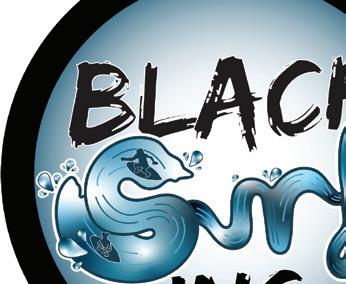
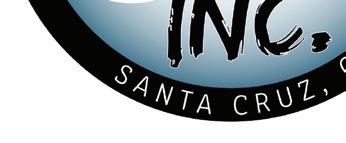


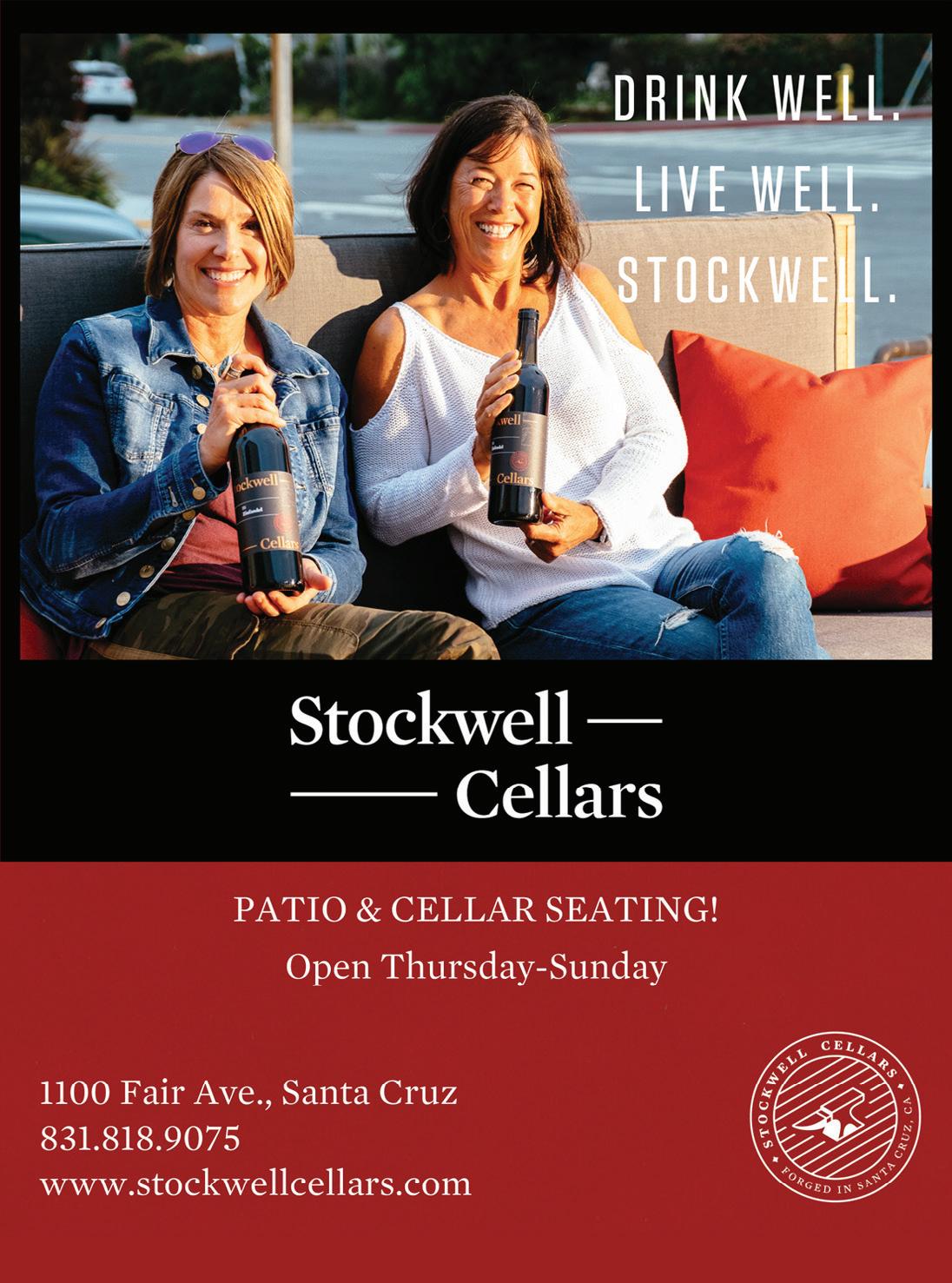

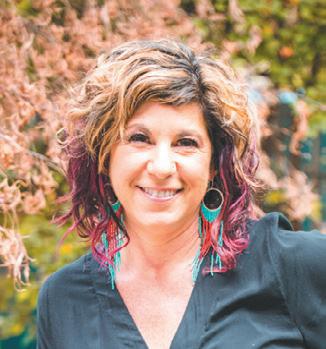
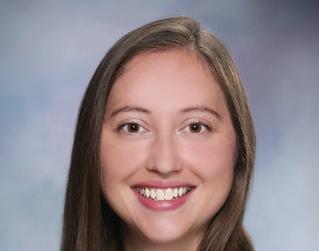


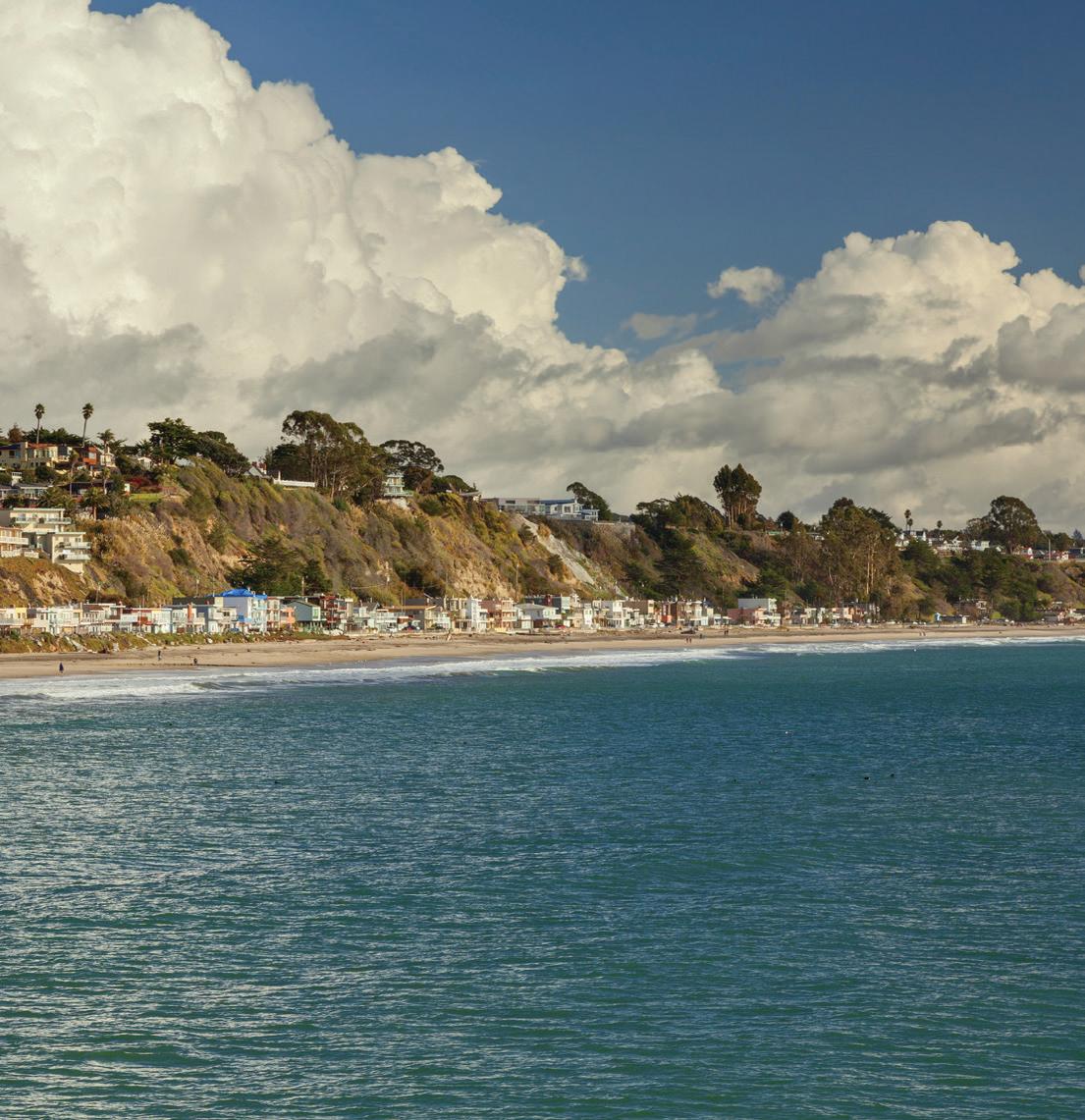
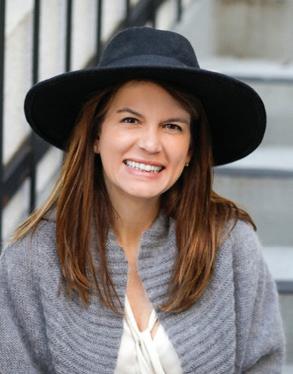


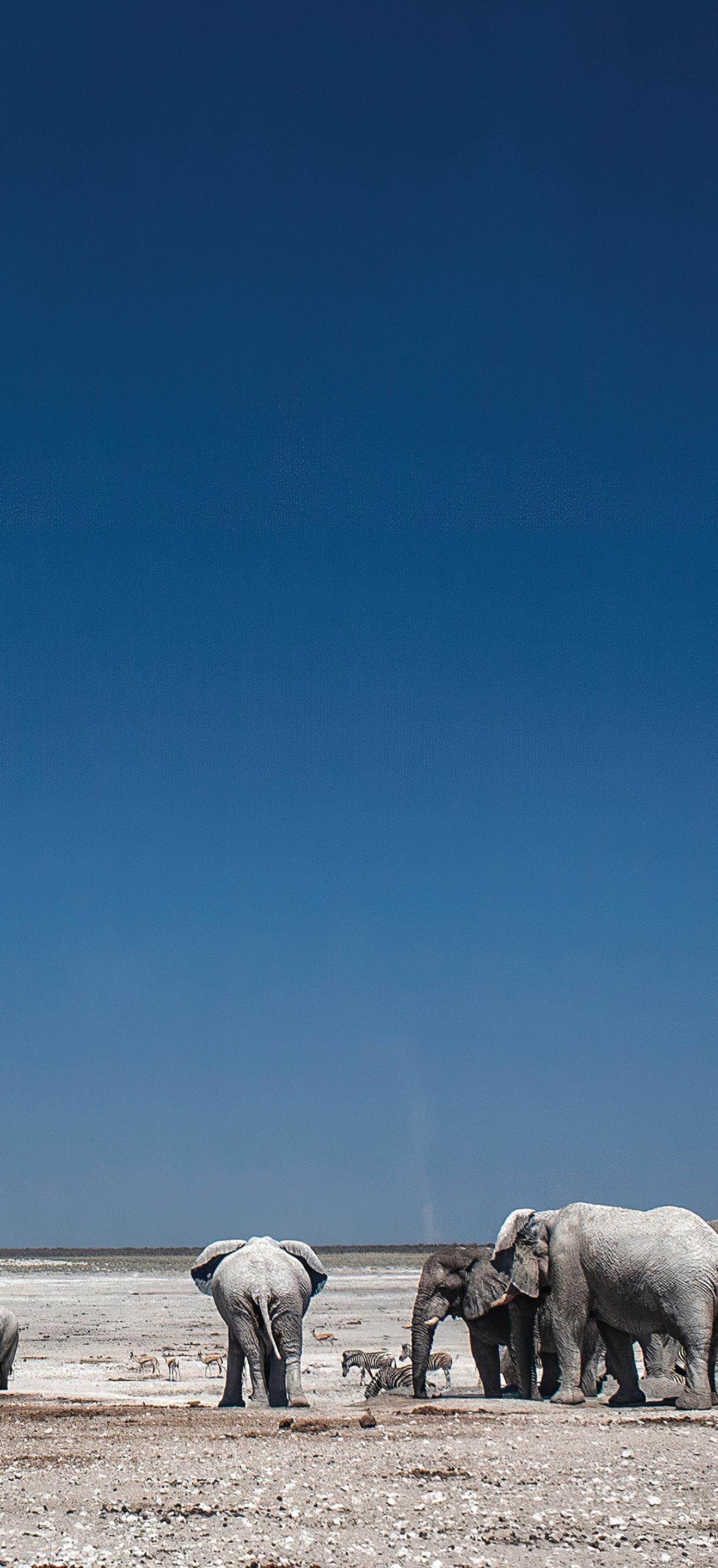
By Brian Upton
Jodi Frediani is a Monterey Bay-based photographer whose images have captured the world’s most extraordinary marine life, from the icebergs of Antarctica to the vibrant waters of the Caribbean and South Pacifc. Yet her connection to the ocean goes beyond photography. A passionate conservationist and researcher, Frediani’s work has contributed to understanding humpback whale populations across the globe.
“I feel quite fortunate to be able to share my passion for the beauty of the natural world with others through my photographs,” Frediani says. “I hope to inspire people to join in protecting the wildlife and wildlands around us.”
In addition to being a photographer, Frediani is also a key player in whale research. She collects fluke ID photos — images of the unique markings on a whale’s tail — used to identify individual whales and track their movements over time. Working in Alaska, Monterey Bay and the Dominican Republic, Frediani contributes these vital photos to databases managed by organizations like Allied Whale, CEBSE, Happywhale and Cascadia Research. These collections help scientists monitor whale populations, migration patterns and health. Frediani also supports California Whale Rescue by documenting entangled whales and collaborates with the California Academy of Sciences and Long Marine Lab to study whales affected by ship strikes. Currently, she is part of the WhaleSETI team, combining her photography skills with acoustic research in Alaska.
Frediani’s journey to becoming a photographer is as varied as her career. Born in Los Angeles and raised in the San Fernando Valley, her childhood love of animals led her to consider careers in art, marine biology and veterinary medicine. She initially studied veterinary medicine at UC Davis, but later transferred to UC Santa Cruz, where she pursued biology and art, eventually earning a bachelor’s degree in Art with a focus on photography.
Over the years, her life has taken many twists and turns. After marrying and raising two children, she settled in Bonny Doon, north of Santa Cruz, where she started Yarrow Hill Farm, an organic farm known for its fruits, vegetables and award-winning dairy goats. Despite managing the farm, she continued her travels — a passion first sparked by childhood trips with her parents to Europe and the Soviet Union.
When her children grew up and left the house, Frediani shifted gears. She became a TTOUCH Instructor, teaching a distinctive animal training method, and worked as an environmental consultant for 35 years, focusing on forest conservation. Her interest in marine life reignited in the early 1990s when she joined Earthwatch projects centered on whales and dolphins. A standout experience was a trip to the Bahamas with Ken Balcomb’s beaked whale project, where bad weather thwarted whale sightings but intensified her passion for marine life.
In 2009, Frediani delivered her first photographic presentation to the Monterey Chapter of the American Cetacean Society. Shortly after, she was invited by Nancy Black of Monterey Bay Whale Watch to photograph whales at her leisure. Since then, she has been documenting the marine life of Monterey Bay and beyond, capturing the ocean’s beauty and wonder.
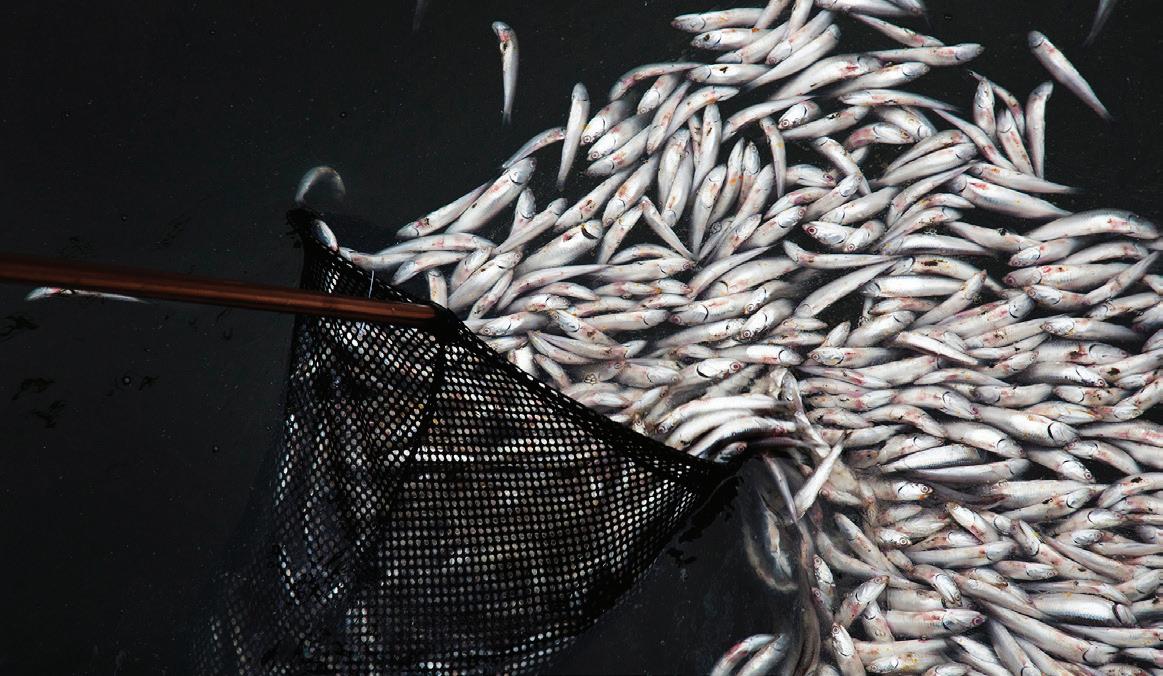
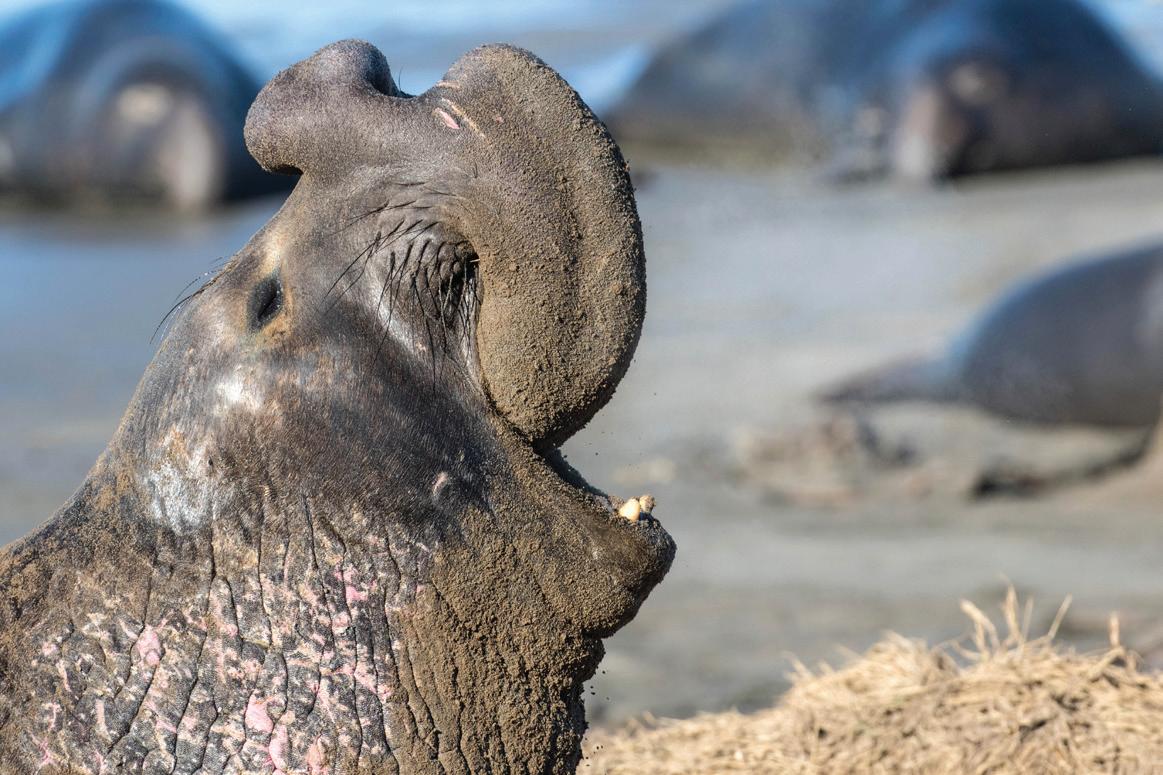
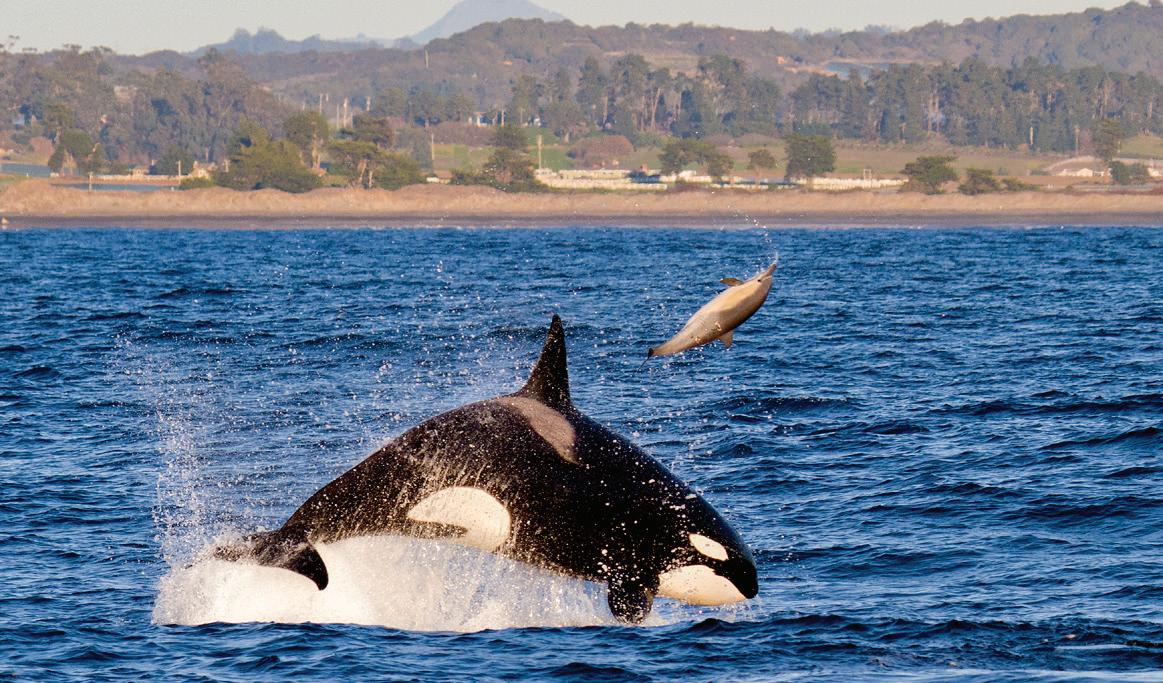

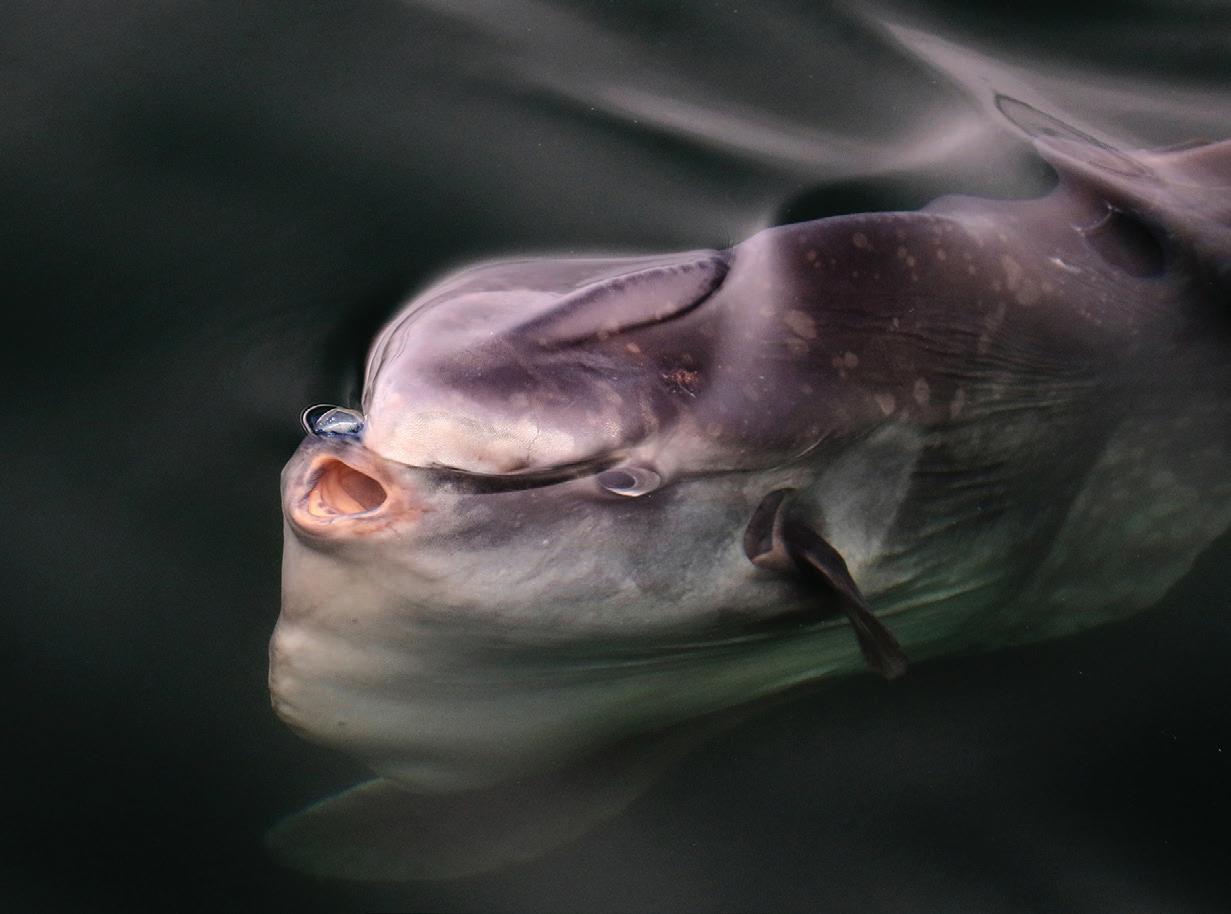


“MONTEREY BAY IS A NATIONAL TREASURE BECAUSE OF ITS BEAUTY AND UNIQUE WILDLIFE. AS A MEMBER OF CONGRESS, I WAS PROUD TO WORK WITH THE CITIZENS AND LEADERS OF THE CENTRAL COAST TO AUTHOR AND PASS LEGISLATION TO ESTABLISH THE MONTEREY BAY NATIONAL MARINE SANCTUARY. THIS BOOK, “WILD MONTEREY BAY,” PRESENTS A WONDERFUL ALBUM OF WHY WE WERE RIGHT TO PROTECT FOREVER THE BEAUTY AND BIO-DIVERSE ECOSYSTEMS FOR FUTURE GENERATIONS.”
-LEON PANETTA, POLITICIAN
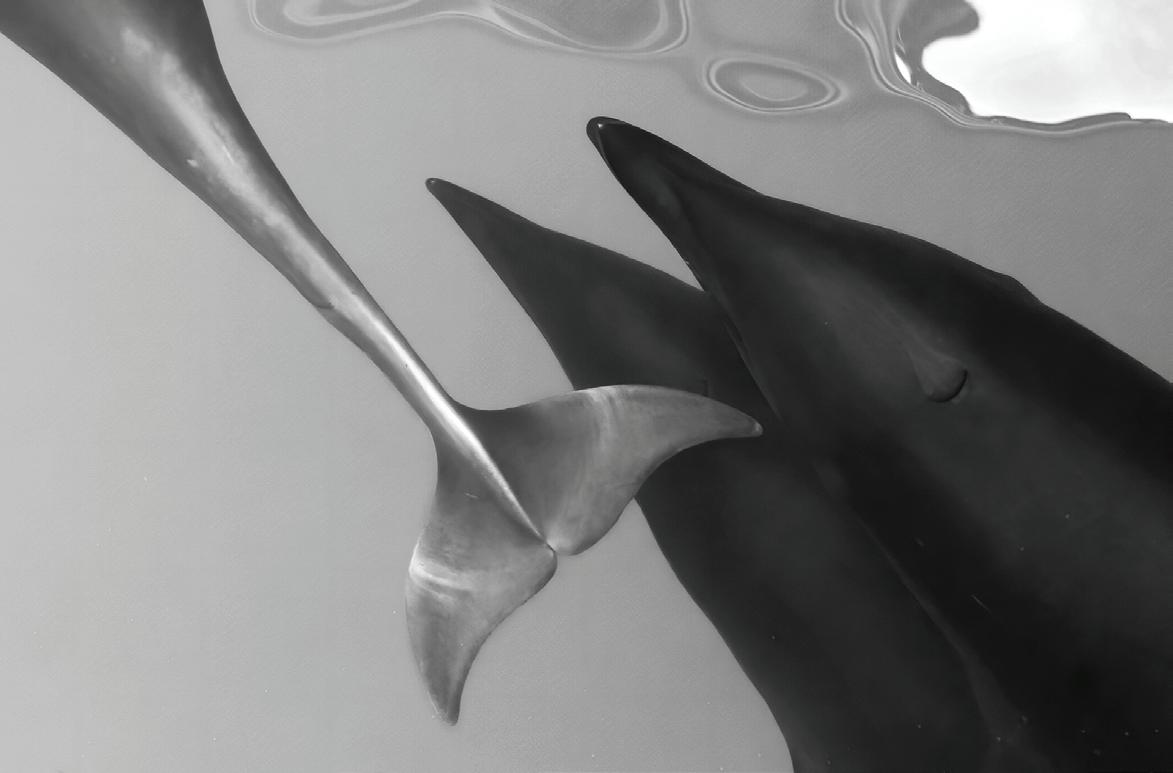

“CONNECTING WITH WILDLIFE IS SUCH AN IMPORTANT WAY TO BUILD EMPATHY FOR THE NATURAL WORLD. THIS IS A DELIGHTFUL COLLECTION OF STORIES ABOUT INSPIRING ENCOUNTERS WITH OCEAN LIFE – EVERYTHING FROM BIOLUMINESCENT PLANKTON TO GREAT WHALES. I HOPE IT ENCOURAGES EVERYONE TO GET OUTDOORS AND EXPLORE FOR THEMSELVES.”
-JULIE PACKARD, EXECUTIVE DIRECTOR OF THE MONTEREY BAY AQUARIUM
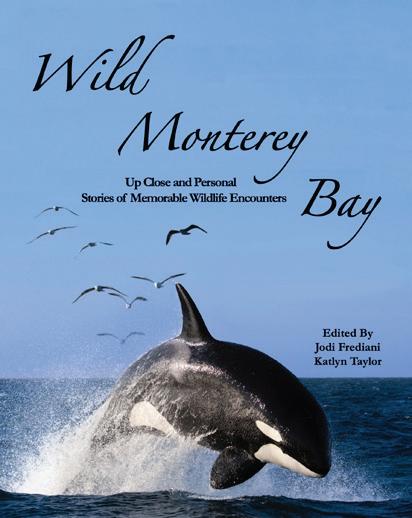

Frediani’s latest project, “Wild Monterey Bay,” is a collection of real-life stories shared by various individuals about their most memorable wildlife encounters in the Bay, continuing her mission to connect people with the natural world.
“Putting together ‘Wild Monterey Bay’ has been a labor of love,” she says. “I am so fortunate to live at the edge of this magnificent ecosystem and be able to spend time on the water year-round.”
Frediani hopes the book shines a light on the uniqueness of the area we all call home. “I hope this anthology will inspire others to come to appreciate the magic, beauty and biodiversity that is Monterey Bay.”
Join Frediani for her book launch from 6:30 to 8:30 p.m., Oct. 16, at the Sanctuary Exploration Center (SEC) in Santa Cruz. Attendees will have the chance to mingle with the book’s storytellers, engage with local environmental organizations and explore the SEC’s acclaimed exhibits.
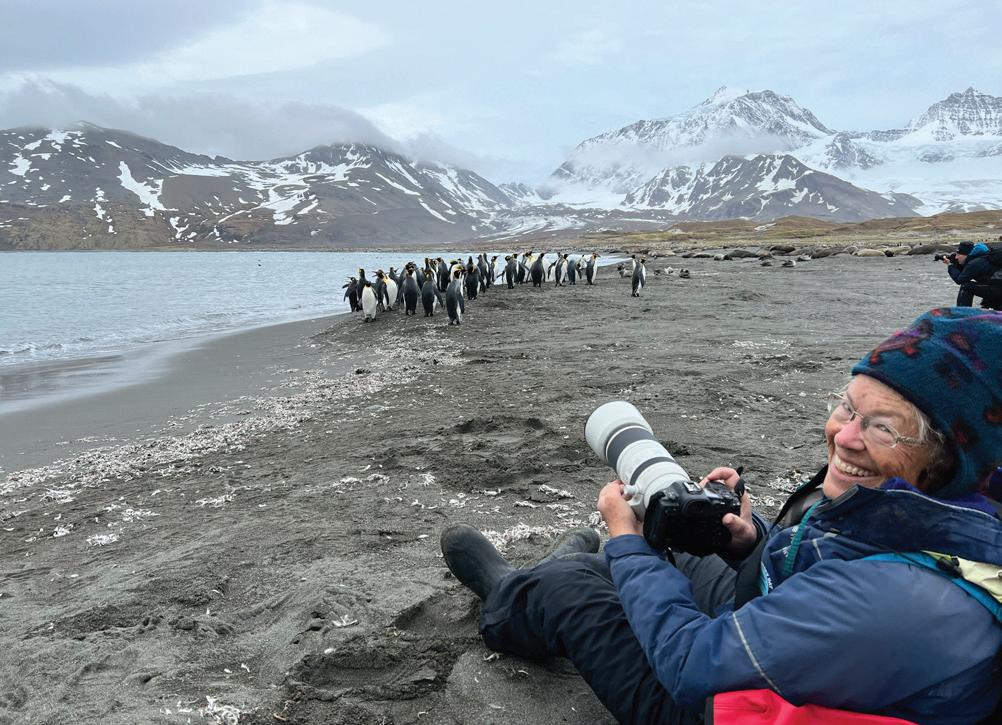

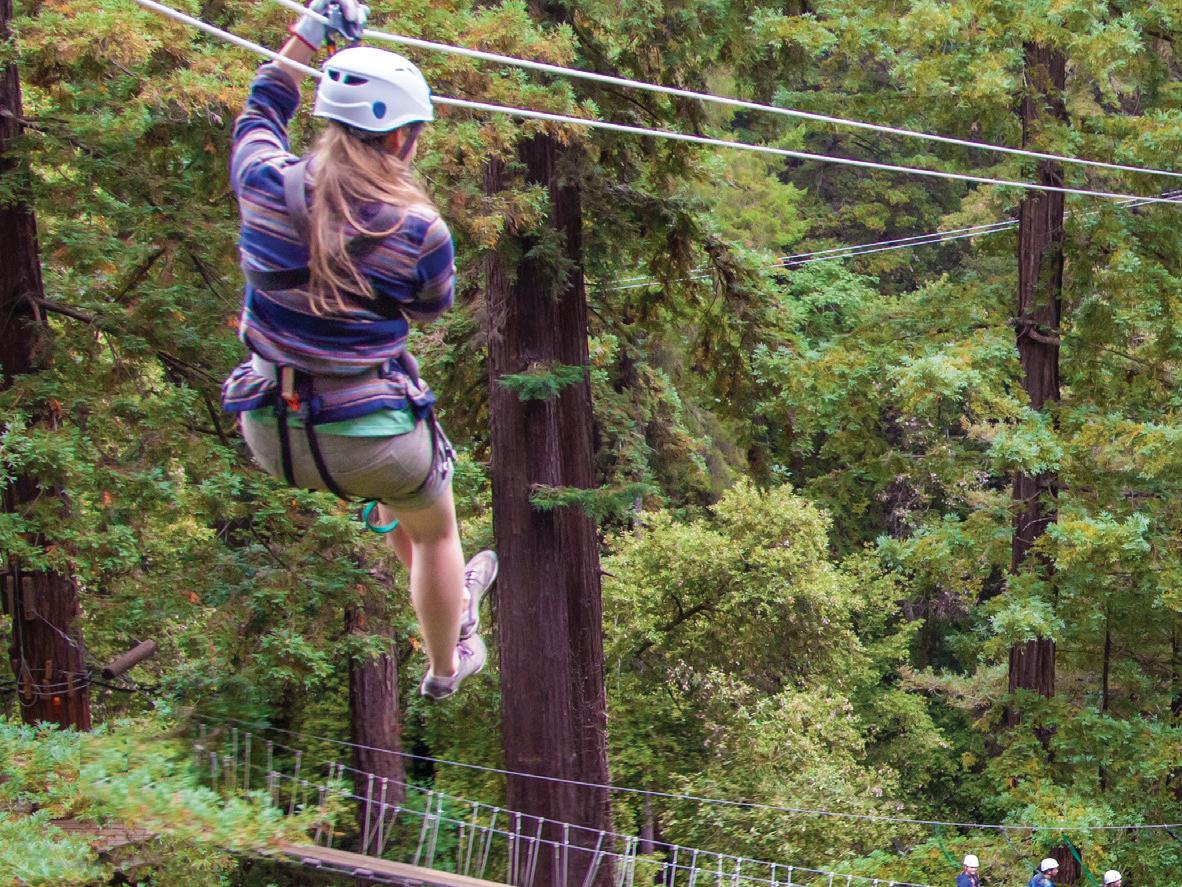
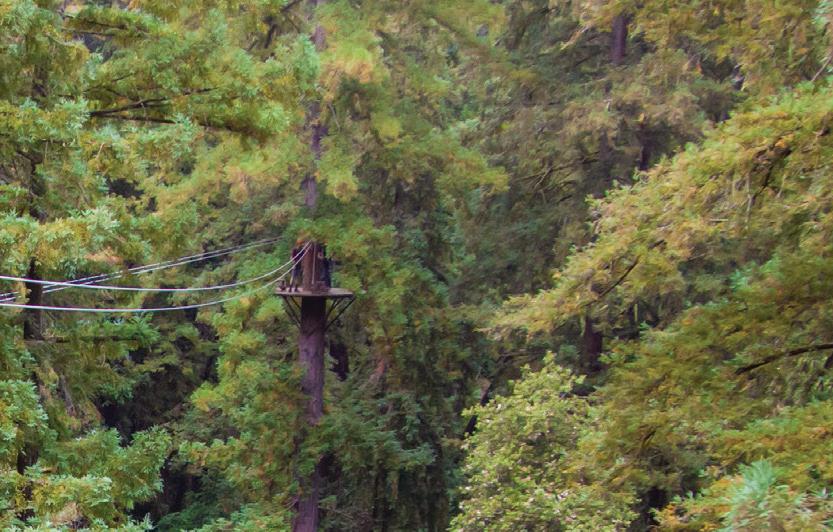
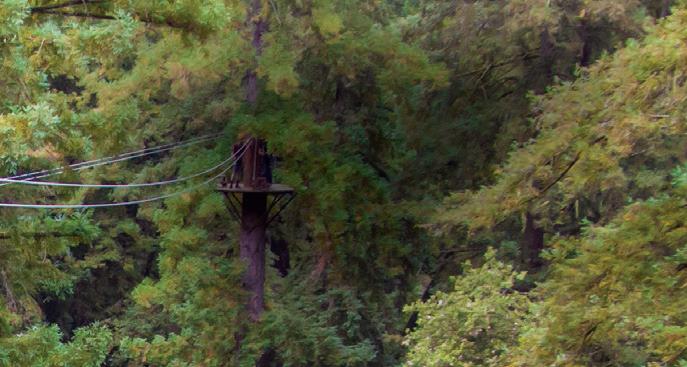






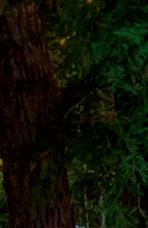




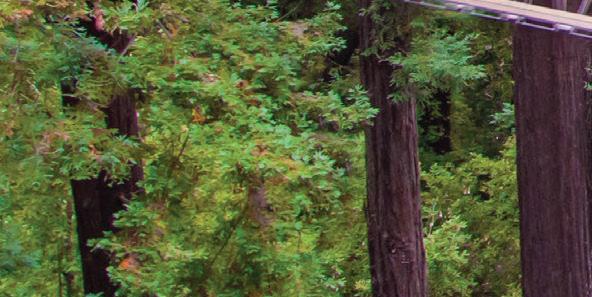


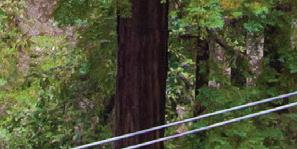
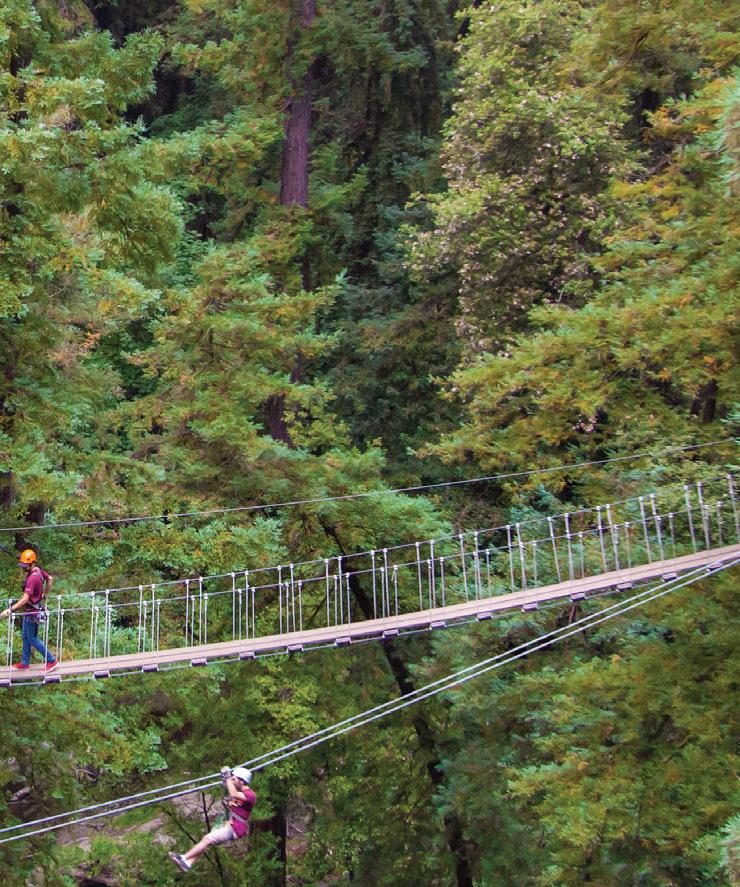


























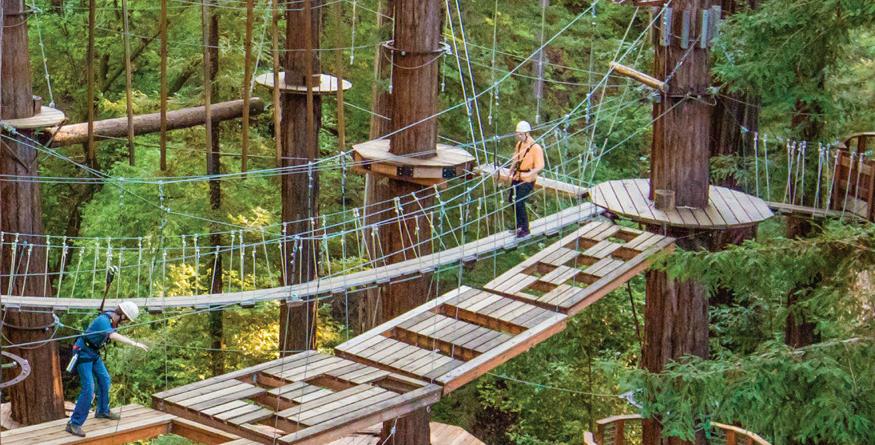


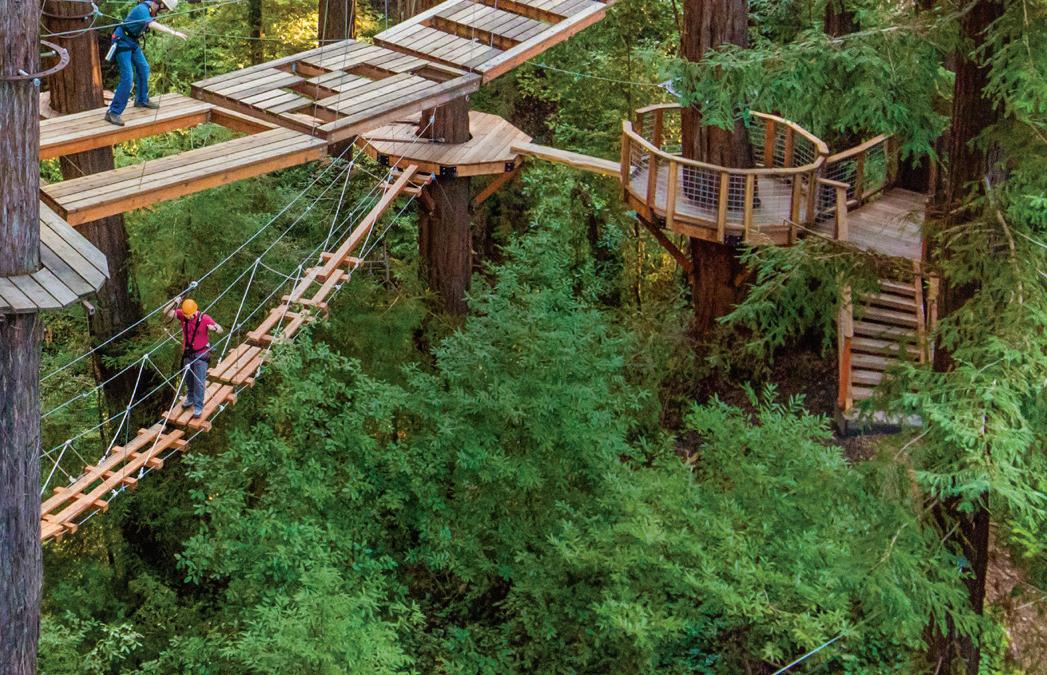
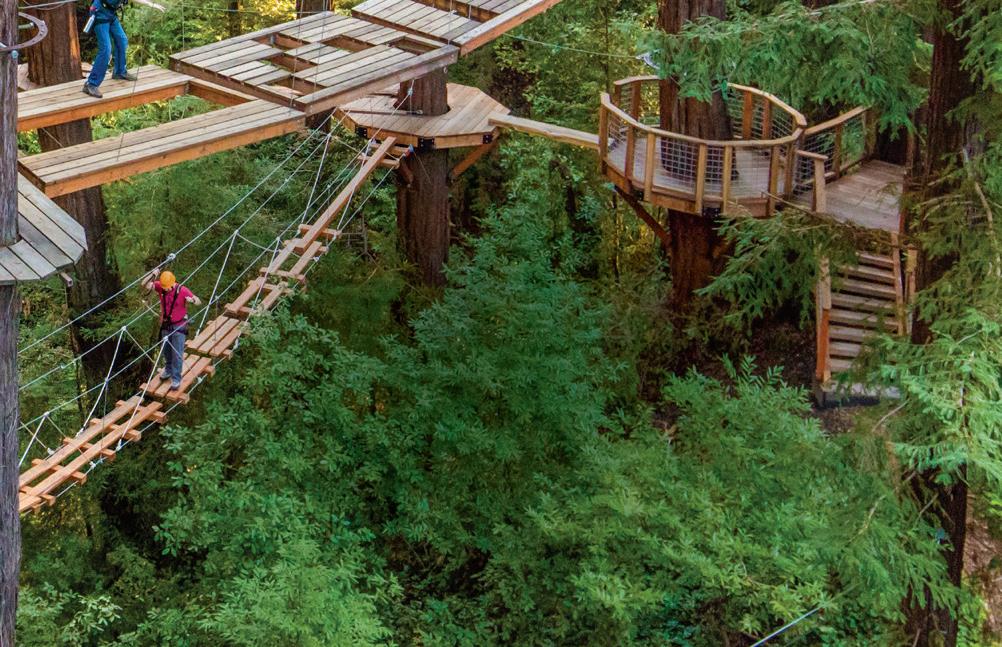

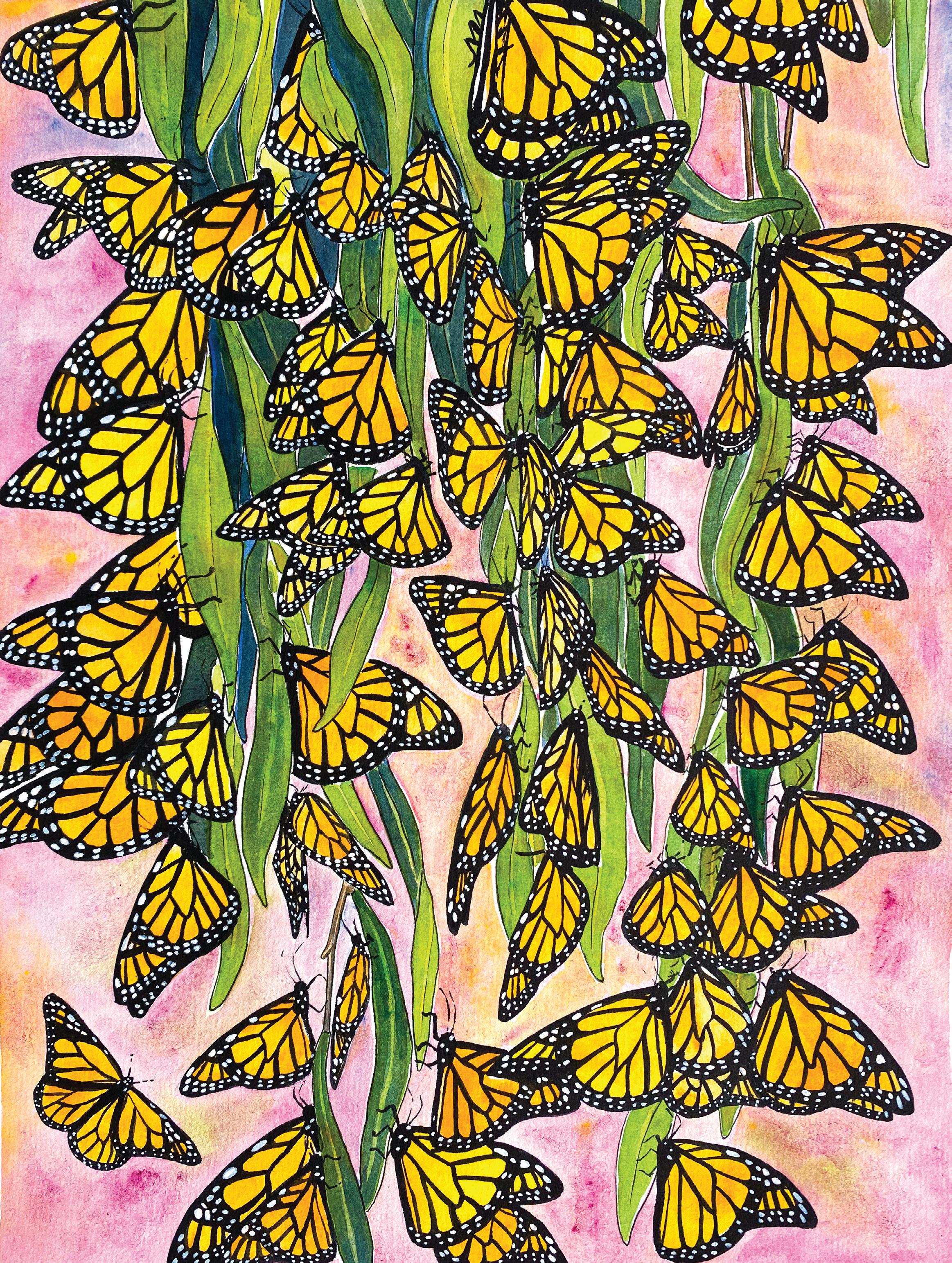





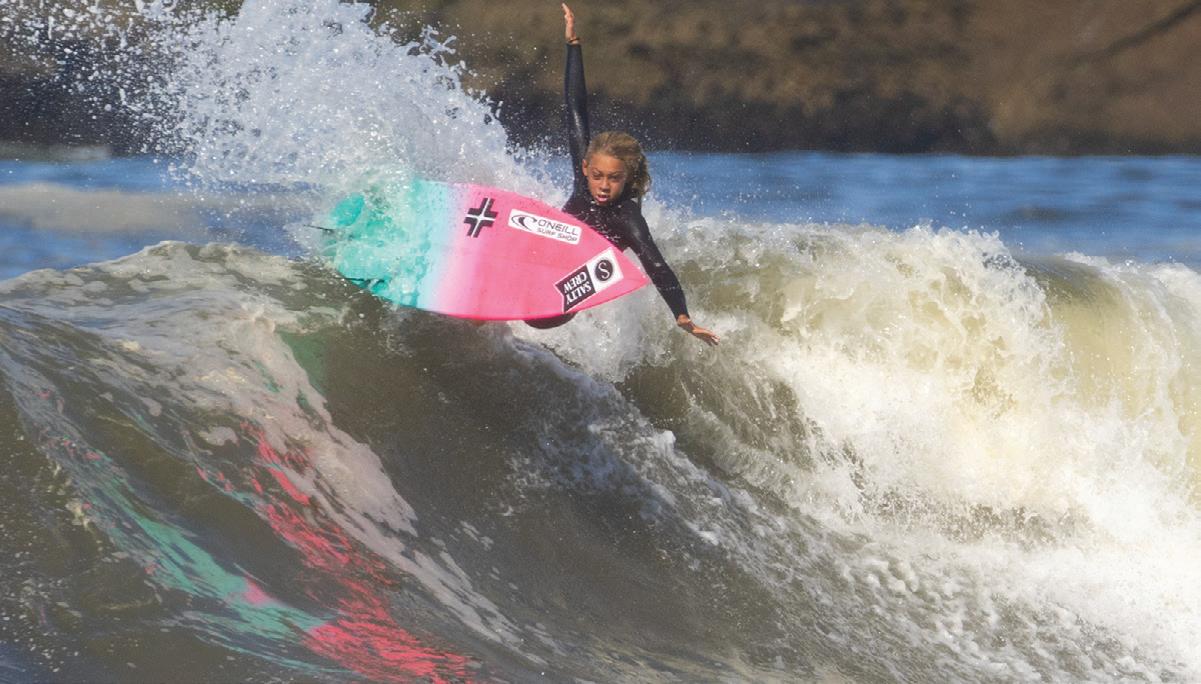

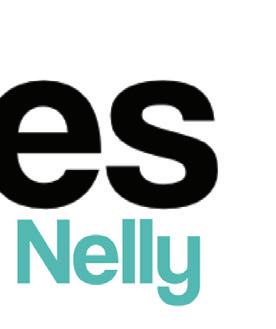
NATIONAL CHAMP ISLA HARDY BASHES THE LIP IN CARMEL, CA. @ISLAHARDY_SC4
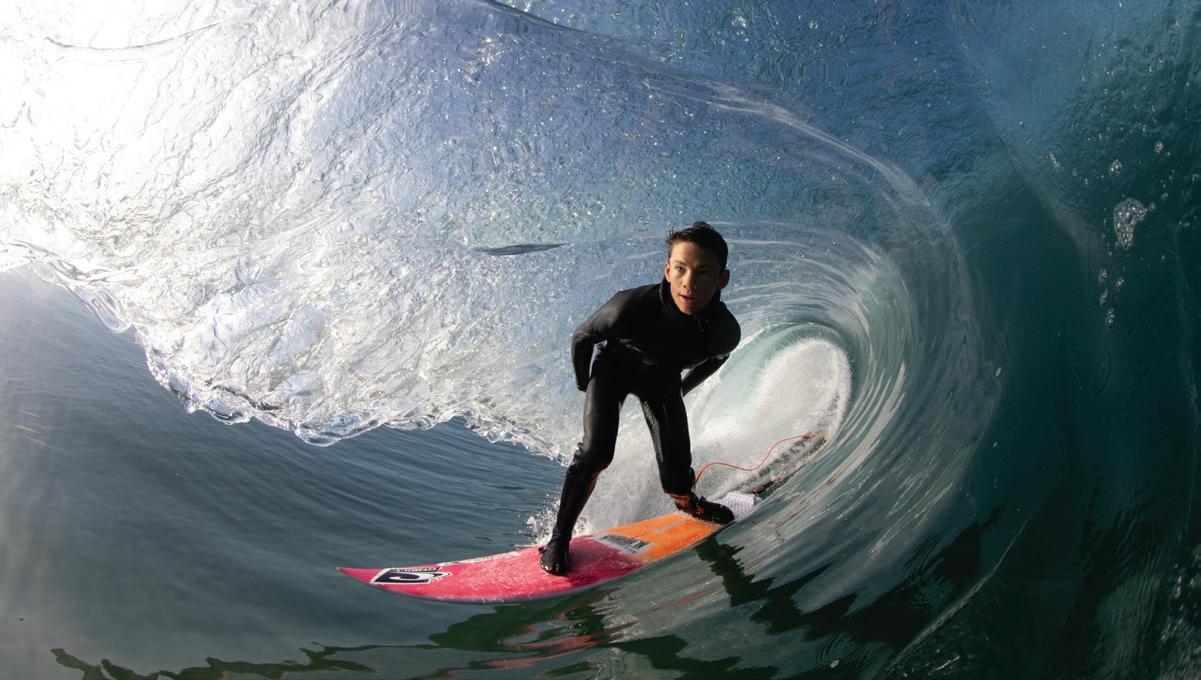
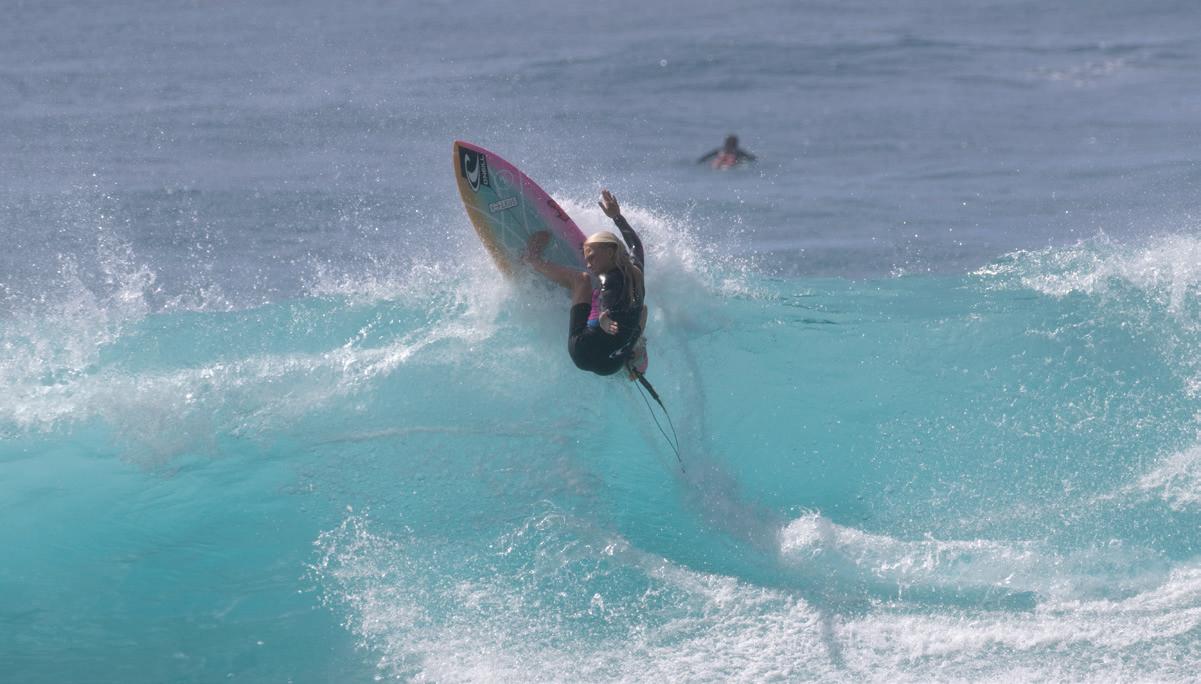
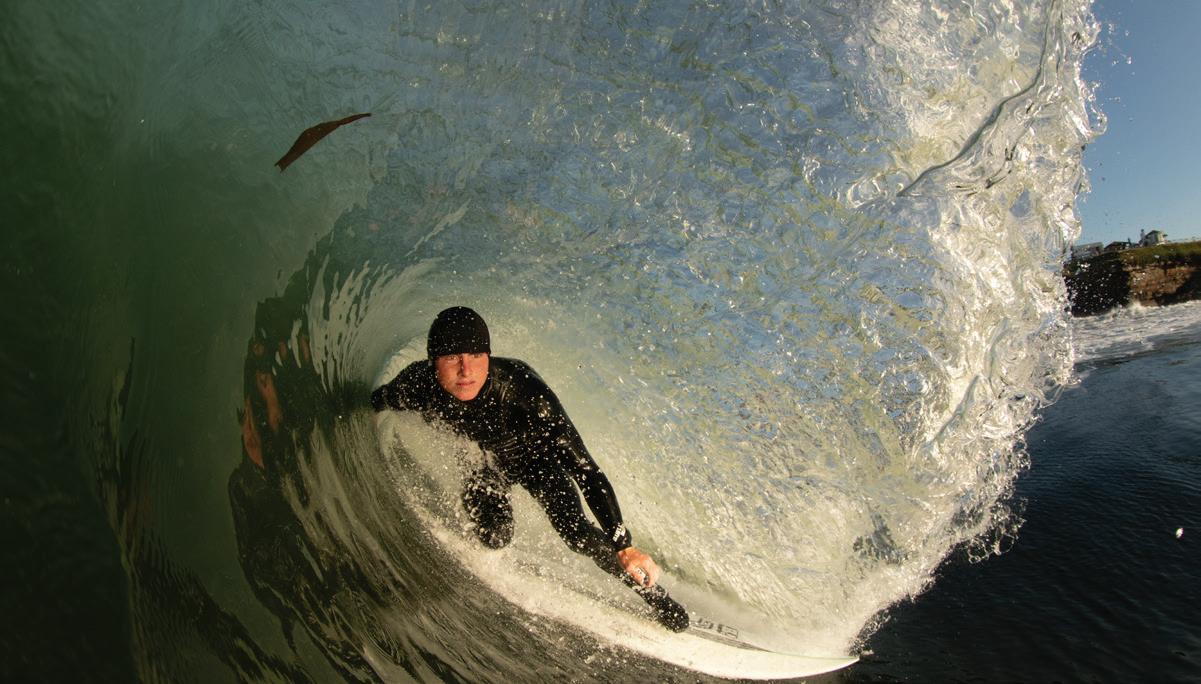
MAX ST. DENIS IS SQUARING OFF ON A BIG BLUE BARREL BEFORE SCHOOL!
@MAXSTDENIS_
RIVIERA HUNTER RIPS ONE OFF THE LIP WHILE ON SURF SAFARI IN OAHU.
@RIVIERAHUNTER
SAM COFFEY ONE OF SANTA CRUZ’S FINEST TALENTS, FINDS A LITTLE PRE-DAWN TUBE AT HOME.
@SAMKAICOFFEY

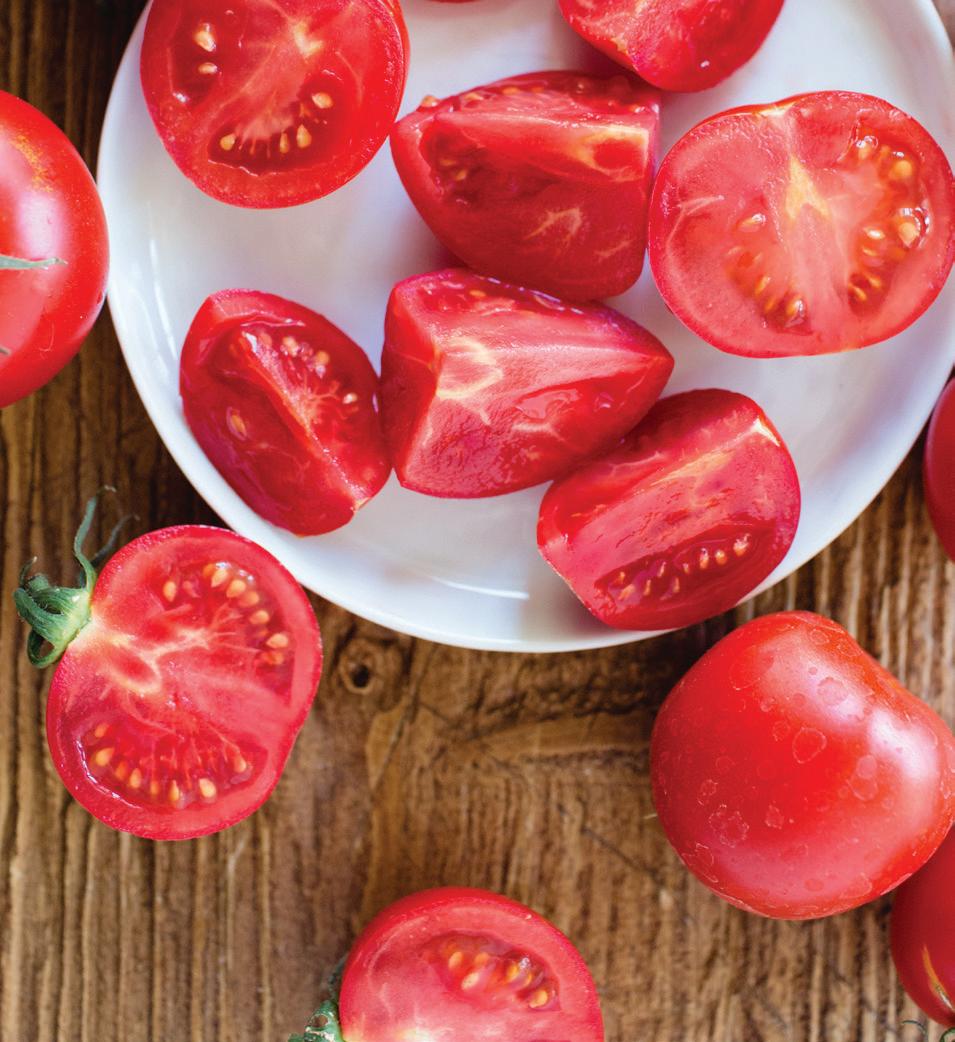
The best of fall is arriving daily at New Leaf, like organic dry farmed tomatoes packed with flavor, locally harvested organic squash and pumpkins and crispy, California grown grapes.
10% of profits go back to the community
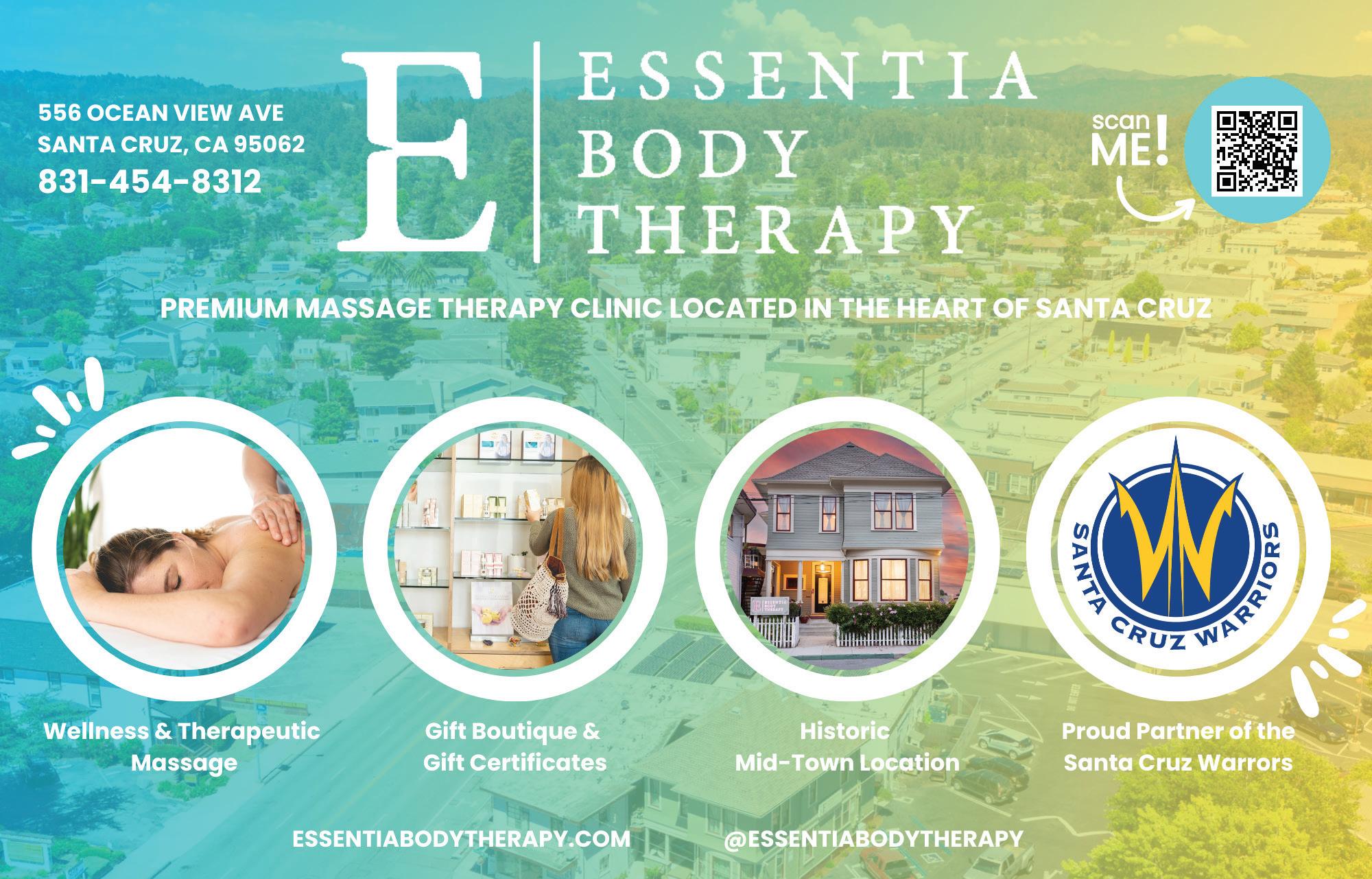
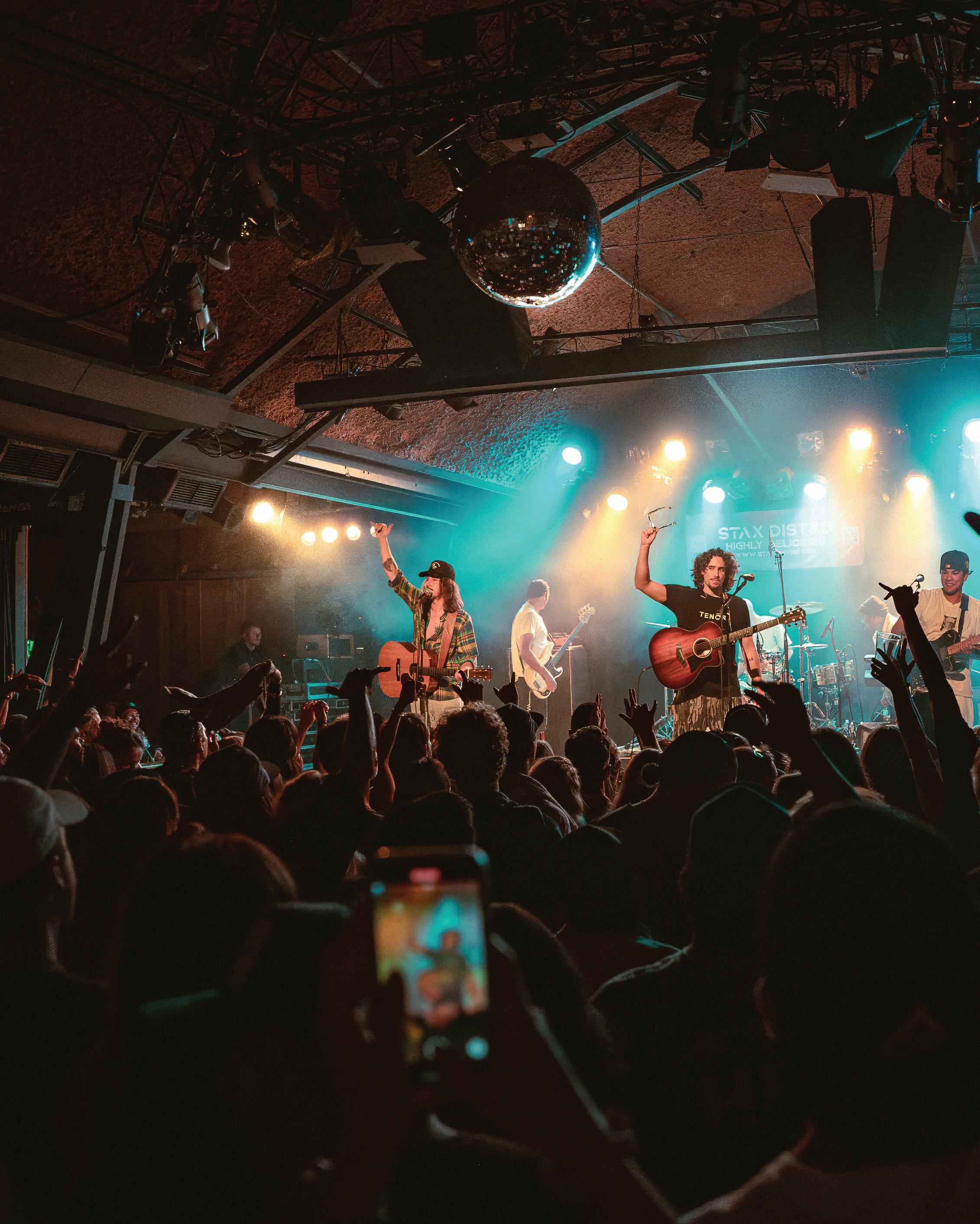
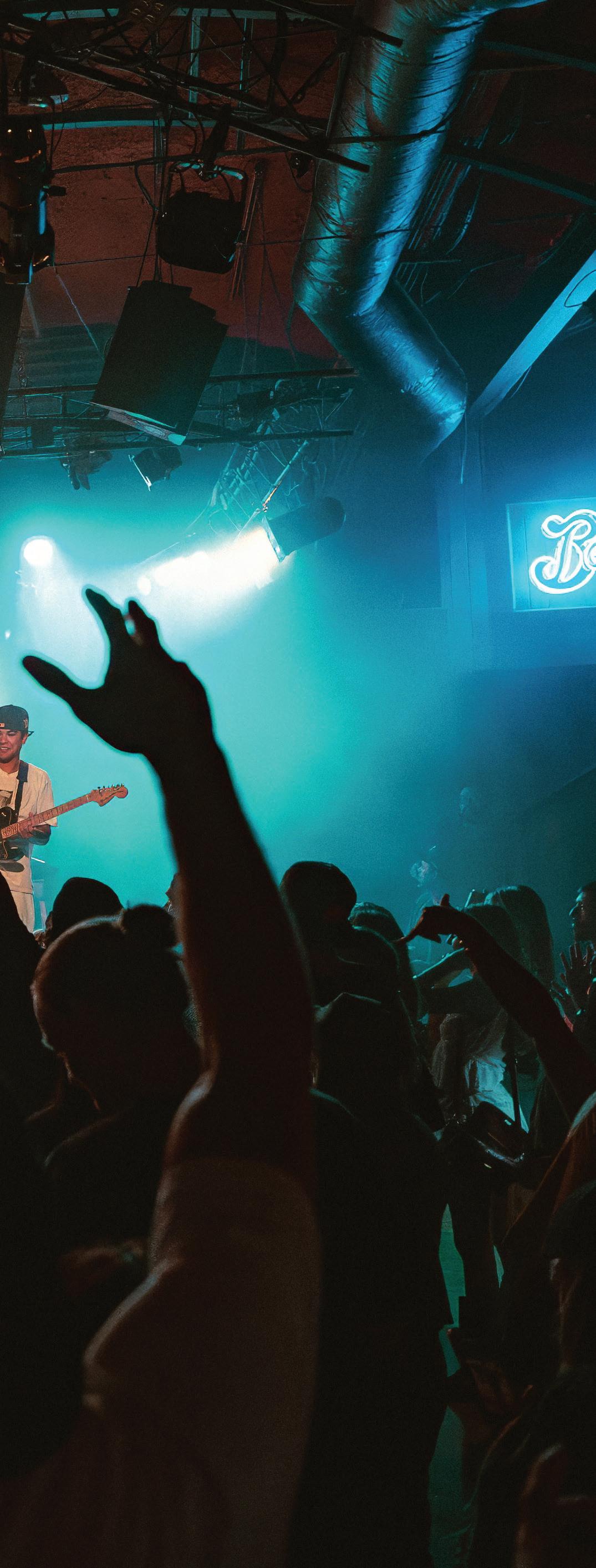
BY BRIAN UPTON
Landon McNamara grew up on the North Shore of Oahu and was raised in a pro-surfng environment.
“My dad and uncle are both professional surfers, so I grew up in a surfng family,” McNamara explains. “I grew up right by the beach, so I was in the ocean daily, one way or another.”
Always encouraged to be himself, McNamara feels his freedom of expression can be heard in practically every song he writes. “My family and friends are big infuences to me … I wouldn’t have had the nerve to go through with everything I’ve done without them having my back.”
Growing up listening to Jimi Hendrix and Bob Marley, McNamara also cites his neighbor Jack Johnson as a musical infuence. “I grew up with him living a few roads down from my house. I surfed with him a lot, and watching his career taught me that it’s possible to surf and do music, to do two things you love simultaneously. He’s successful at doing both simultaneously, so he’s one of my main inspirations.
“Most of my songs have a positive message. What I’m trying to get across to people … I want people to feel good when listening to my music.”
When it comes to big-wave surfng, McNamara is known as one of the best of his generation. He feels as comfortable riding waves from 30 to 50 feet as playing music in his bedroom.
McNamara plans to release his music later this year. “Touring is the best way to get it out and share it with the world. I want people to feel the music, and I think playing it live across the country is the natural progression.”
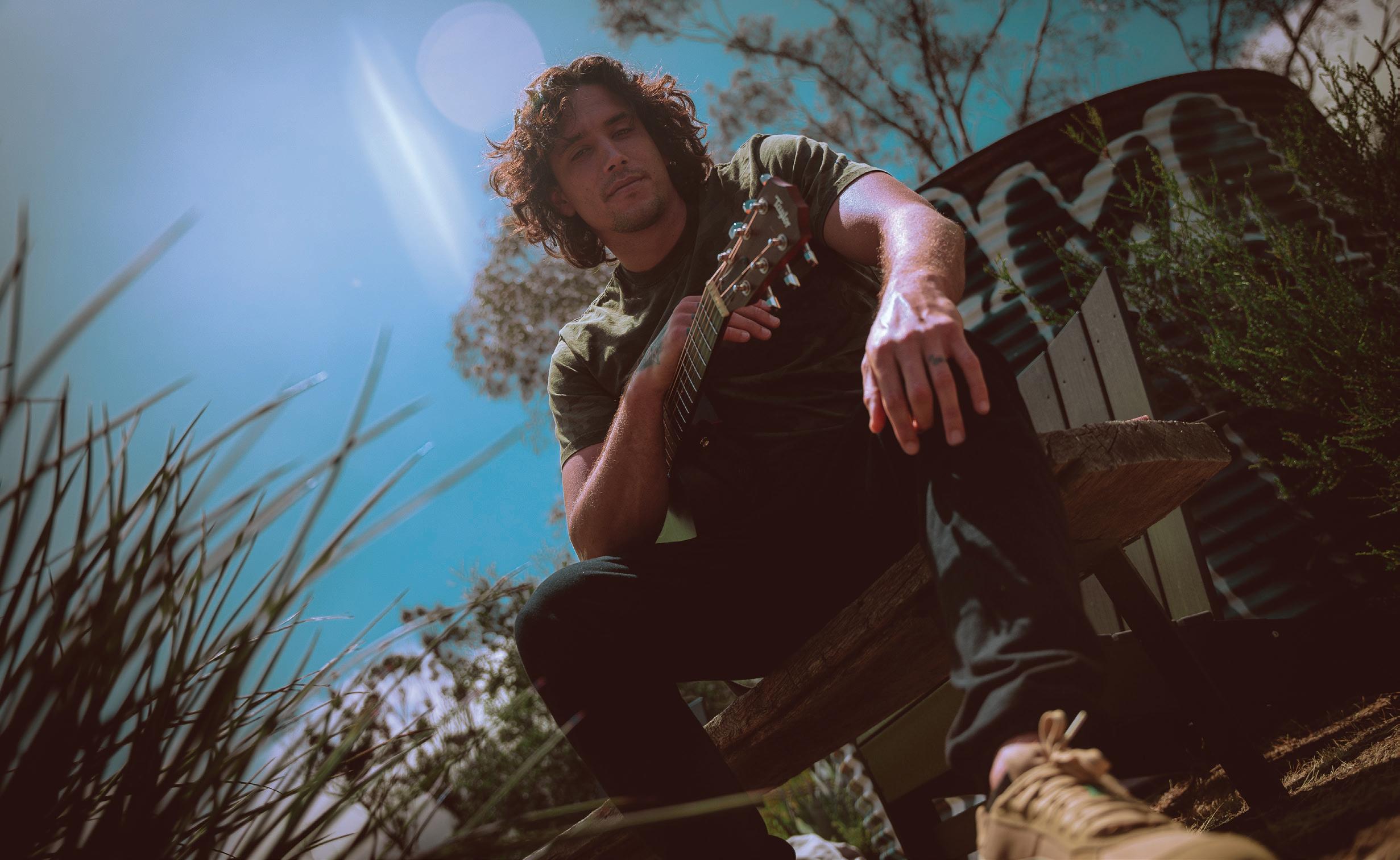
VIBES: Let’s jump back. It’s 2015-16, and you’re working in the studio and getting ready to drop your first album, “A Dollar Short & A Minute Late.” The album is legit and highly well-received, and it sounds like you’ve been doing it forever. What came first for you — the lyrics or the beat?
McNamara: I started as a music fan. I have always been a music fan. I have always been a rap fan. I realized I could play music once I learned other people’s songs. I love old-school rap, so I was really into the lyrics and storytelling of rap. I was trying to freestyle and was just amongst friends, partying, and everything else. And I was then laying that over the guitar; it used to be a lot of me alone in my room, just emotional about life. Everything was new, figuring out who I was as a man.
Around 16 years old, I got into guitar and started making my songs. At first, it was a personal journey, but it was
very, very much just me and myself and my guitar for a couple of years. And then I started playing songs for friends, and I’d get a good reaction out of them, and then I realized that I’m like, not only do I want to do this, but it seems like other people might want me to do it too. It’s validating what I already had as a dream: to make songs that could bring change for us. That’s why I idolize guys like Bob (Marley) and Jimmy (Cliff) — they spearheaded movements of positive change, but not in a goody-two-shoes way. They’re badasses. That’s what inspired me. I genuinely wanted to see change for my friends and me.
VIBES: Is music therapeutic? McNamara: Yeah, for sure. It’s like singing to myself, trying to work out what I’m going through. Everyone is interconnected in such a profound way that we don’t even realize it sometimes, and by sharing what I’m going through at such a personal level, I hope it connects to other people.
VIBES: Do lyrics come easy to you?
McNamara: The words would come reasonably quickly because it’s just the storytelling of my emotions. So, it was whatever I was feeling on the spot. Whatever I was feeling in that moment, that’s what would pour out.
VIBES: So the thoughts and emotions are down. How does it flow from there? How does that become a song?
McNamara: You must start making it rhyme … that’s a big part [laughs]. I’m just a fan of the lyrics. It’s figuring out how to say something without saying it. Yeah, yeah. I remember I used to do this challenge amongst my friends. It’s like, give me a word, and I have to make a freestyle about the word without saying the word.
VIBES: Let’s move into 2019 and the “Still Kicking” album. What was life like for you at that point?
McNamara: That’s when I got heavy into, like, my partying phase. So, I was all over the place with where I

was regarding my headspace at that time. 2019, I don’t know. It’s hard. In a sense, I was feeling like shit was slipping away, but not being ready to own up to why. You asked me about those years; I don’t remember much. [laughs] You know what? [pauses] I don’t want to say that. I do remember most of it. It was a confusing time of many different emotions for me — a tough time. Life’s always been confusing, but that was when I was in it.
VIBES: Crazy. The public perception of you at the time would have been you were very much on top of the world,
surfing and musically. But in reality, the other side of it, you were struggling. McNamara: Yeah. Very emotionally unbalanced. And here’s what I talk about these times, which weren’t long ago, right? I summed it up in a negative way, but it was not. It was just a part of a journey that needed to happen. A lot of good stuff happened, but many bad things happened, too. And it was just that I felt like it was me figuring out who I was again. It’s like I found this success off the first album that I rode into. It’s not a dark place, but I wasn’t ready for it, I wasn’t prepared for it. I just didn’t know how to nurture
it, how I should have … [pauses] I don’t know, it’s frustrating. This is a tricky question for me, as I am returning to 2019 and what I was going through.
VIBES: We don’t need to get into the high weeds there. The reality is that maybe those brutal times made us who we are.
McNamara: Yeah. That is 100% what I’m trying to say. Looking at that time, it was just another chapter. It’s me trying to figure out who I am and what I want from this life.
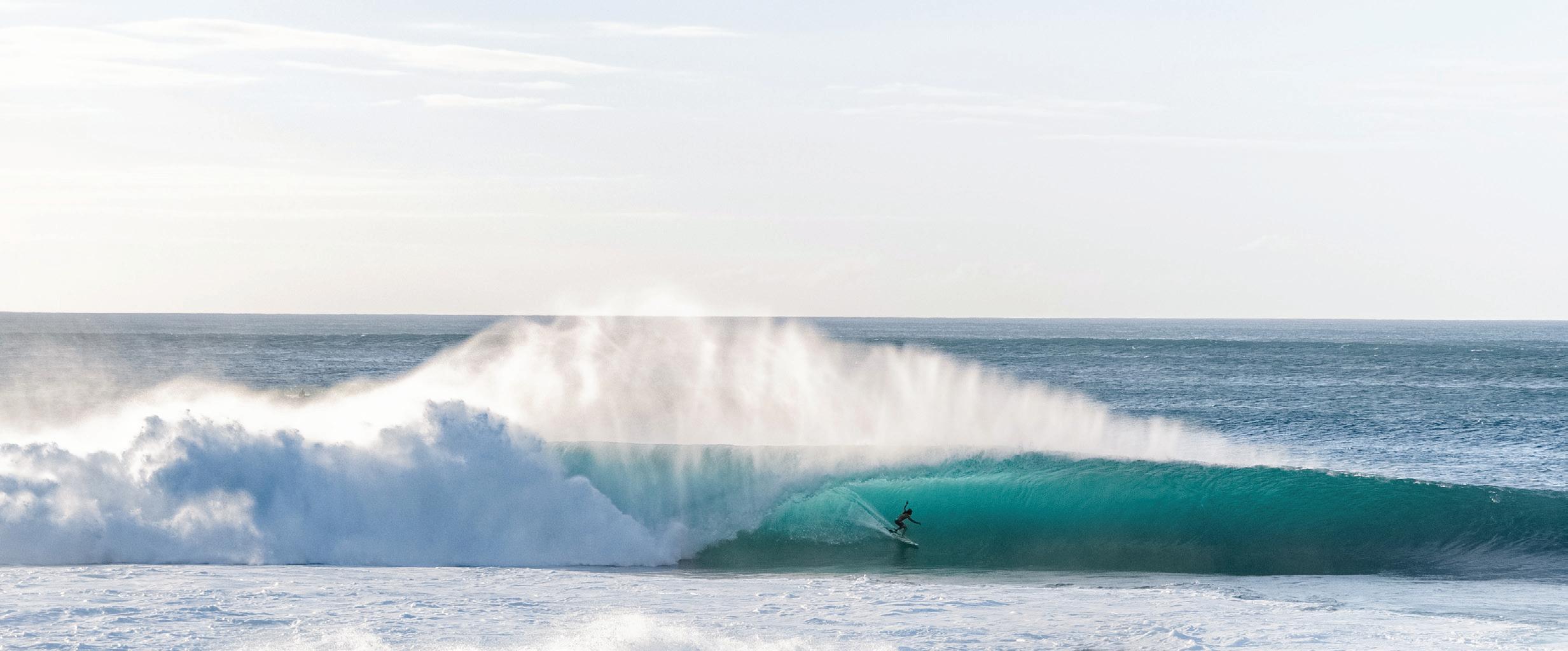
VIBES: Music history tells us that time in your life probably generated some of your best music and lyrics, right?
McNamara: Yeah. I look at it as one of those hallucinogenic trips where it’s like, you come out of it, and you don’t know exactly what it all means. And then you might realize a few years later, like, oh, ok, that’s what that meant. That’s why that happened.
VIBES: Let’s move on to current times. You’re a father and partner, dropped a collaborative album with DENM, and are fighting back from a significant injury. How’s life in 2024, Landon? McNamara: Big question. [sighs] A lot of time in between. There’s something I haven’t spoken about much in public, but leading up to 2019 to
maybe 2022, I was dealing with some pretty heavy vocal issues, so I wasn’t doing much at all — shows, recording, anything.
VIBES: So you wake up and the voice is gone?
McNamara: That’s exactly it. I woke up one morning. I tried to say hi to my friend, but something happened. He’s like, “What’s wrong with your voice? What’s going on?” And I thought I had just lost it or something. Yeah, it carried on for a few months. It wasn’t that I just lost it … I don’t want to get into the details too much, but basically, it was just this funky condition that took me a long time to figure out how to heal. It was just unclear if it was healable or if it wasn’t. It took me
a few years of struggling to figure out what I needed to do to fix it. I was in a very dark place.
Eventually, with a lot of help, I worked through it to get back to start doing recordings. And I knew that my friend DENM was great at producing and also a great artist. So, I figured out how to get him out to Oahu. And I’m grateful it happened because he came out. On the first day together in the studio, we came up with “Wild Trip,” which re-revitalized my career. I’m grateful for DENM because he did what I couldn’t do. He was touring our music hard, getting the song out to the world, and I was still on the back end, dealing with my struggles. So, yeah, I went through a few years

“EVERYTHING THAT I’VE OVERCOME OVER THE LAST YEARS IS COMING TO A POINT WHERE I CAN SEE IT. I FEEL LIKE I’M IN THE LIGHT AND READY FOR IT ALL.”
of not knowing if I could do this anymore. That trip with DENM out here changed me.
VIBES: How so?
McNamara: We got that song out, and it gave me hope again. You know what I mean? Career-wise, performance-wise, everything. I was like, OK, I can still do this. That process gave me the confidence to keep pushing and figuring out how to make this work.
VIBES: Are you excited to get out and support the new album?
McNamara: I am. It feels like a proving moment, even though it’s just an album. It’s a lot more than that. Do you know what I mean? Everything that I’ve overcome over the last years, it’s all coming to a point where I can see it. [pauses] It’s not that I see the light at the other end; I feel like I’m in the light and ready for it all.
VIBES: Let’s dig a bit into the rest. Is there anything significant to you in the reconciliation from 2016 through today?
McNamara: Yeah. I mean, I just realized at one low point that if this
is what it is, then clearly this isn’t fucking it for me. I just found myself [pauses] ... my Santa Cruz people, you guys are raw, like North Shore, so I’m down to be open with you guys right now. I just went through years, to be honest, of just freaking torturing myself, and then I found myself in a jail cell, in complete psychosis. Just in my hell [pauses]. I was in that cell and was like, “You know what? This isn’t what my life’s supposed to be. Fuck this.” I just got over it right there. I would love to give up on being a father because of all the love I have in my life, support, and career. But to me, it was just like, I’m fucking done. I’m over this shit. This is not what I’m trying to do with my life.
VIBES: I’m feeling you. Simply having a kid and that responsibility will not get you straight. But he’s here, and I’m sure he’s now a touchstone. Tell us about him.
McNamara: His name is Chaz. He just turned 5 years old and is my most significant life blessing. He’s part of the balance I’m trying to find now. It’s like, “OK, how do I do both at the highest level: my career and family?”
He’s my son, so at the end of the day, I just want to find that balance. I know people do it (go on tour), but I will be on the road, so while I’m here, I need to make the most of my time, especially with my son and family.
VIBES: I think the answer, and the one that I land on a lot of time, is complicated as fuck to do, but the word is present. It’s easy to talk about being present; we overthink it.
McNamara: Oh, man [laughs], I’ve been tripping on this lately. I can’t believe we are talking about it. This whole idea of being in the moment, it’s like, OK, yes, we want to be in the moment, but I need to figure out how to be in the moment while still keeping my lessons from the past instilled in me without letting it ruin me and like, make me over. How do I live with the lessons of the past without letting them negatively overtake me while living in the moment and working towards a better future?
VIBES: What are you doing daily to be present?
McNamara: So, daily, you know, I realized there’s not much of those
extreme peak highs I’m going to have, right as when I was doing the things I was doing, but there’s not as many of those extreme lows either. It’s more like daily, what I’m doing, I’m getting back to music and that love, because that’s huge for me, just being able to be therapeutically playing music, yeah, that’s one of my extensive therapies, right there. Another one is that I stay active. I stay active, whether working out, getting in the ocean, riding a bike, or returning to nature. I’m a nature kid, but I still love that adrenaline and stuff.
VIBES: I’m getting the sense that you are locked in.
McNamara: Yeah, It is purpose. The purpose is enormous. When you have purpose and find your purpose, you’re like, you’ve got something to live for. You know what I mean? Having a clear, clear purpose helps me out a lot. And right now, I keep it simple. It’s like career, which is music and surfing, yep, and family, yeah, that’s like, so everything that ties into that — just trying to keep it simple.
VIBES: Let’s jump in the water quickly. Are you back injury-wise? Are you healthy?
McNamara: So, yeah, I’m healthy. Just yesterday, I made massive ground in my recovery. It’s still work, but I can do whatever I want in the ocean this
winter. My back’s not going to hold me back on that. I’m doing training, physical therapy, and all that stuff daily. The surgery was a success. So I’m grateful for that because there has been so much uncertainty over the last five years, and I was just trying to pull it off my head with false confidence. Right now, I got objective evidence to back up the fact that shit is going to be good, and I’m ready for it.
VIBES: Is being in the water enough for you? Has the injury changed your perspective on how much you want to risk competitively going forward?
McNamara: Crazy you asked that. I was thinking about that exact question today while in the water. Because … [pauses] It’s like big-wave surfing is a selfish pursuit. It’s not like something I’m making much money on or whatnot. It’s more for me, but even with that said, I don’t see myself not doing it. If it’s big, I will want to go. I don’t know; it’s fair to say that something inside drives me to it.
VIBES: You can say it’s in your blood? McNamara: I think it is, yeah [laughs].
VIBES: So, is the big wave drawing a family blessing or curse? It’s one of those two, right? Your uncle Garrett has an HBO show — “100 Foot Wave” — about the pursuit.
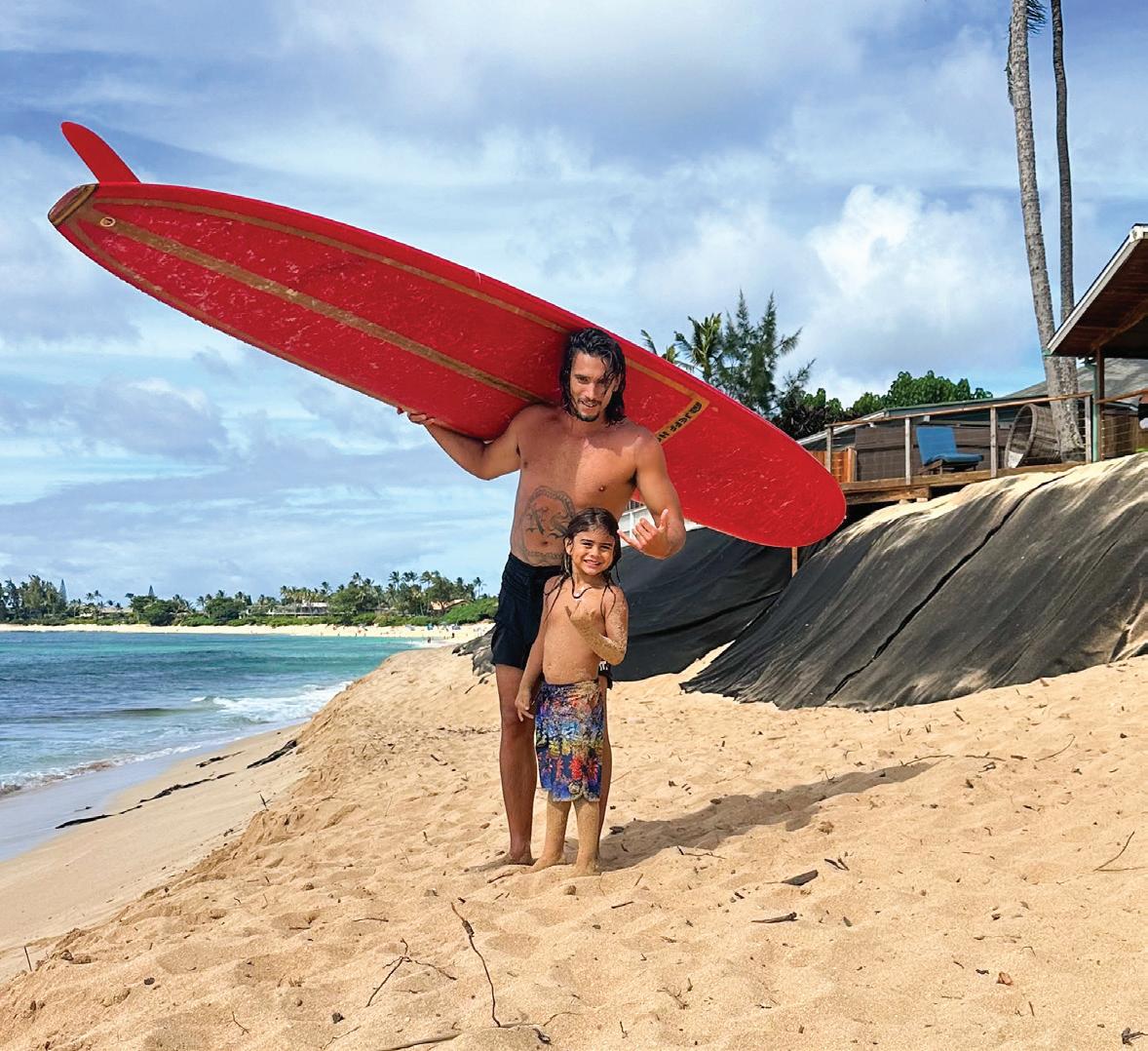
McNamara: It’s funny because this all goes way back. The family name McNamara means “Son of the Seahound,” so it’s like something more profound is instilled inside us. Do you know what I mean? [laughs].
VIBES: I think we’ve got it, Landon. I’m excited to see you this week at the Catalyst. Is there anything else you want to get in?
McNamara: Yeah, this conversation has me thinking, and I have one more little nugget. All these things in my life are going on: career, music, surfing, family, mental, emotional, spiritual, etc. I think it’s not as much about finding balance. Because what happens when something is perfectly balanced? It’s nothing. It makes me think of a scale. Nothing’s happening when it’s completely balanced. For me, this journey is more about finding harmony in all this. So, I think that’s my path and purpose. I’m focusing on what I cherish and love and discovering how they can harmonize. It will be reflected in my life and music if I find that.
VIBES: Thanks, Landon, this was amazing.
McNamara: I appreciate the time, love, support, and Aloha. I can’t wait to see you all in Santa Cruz again.
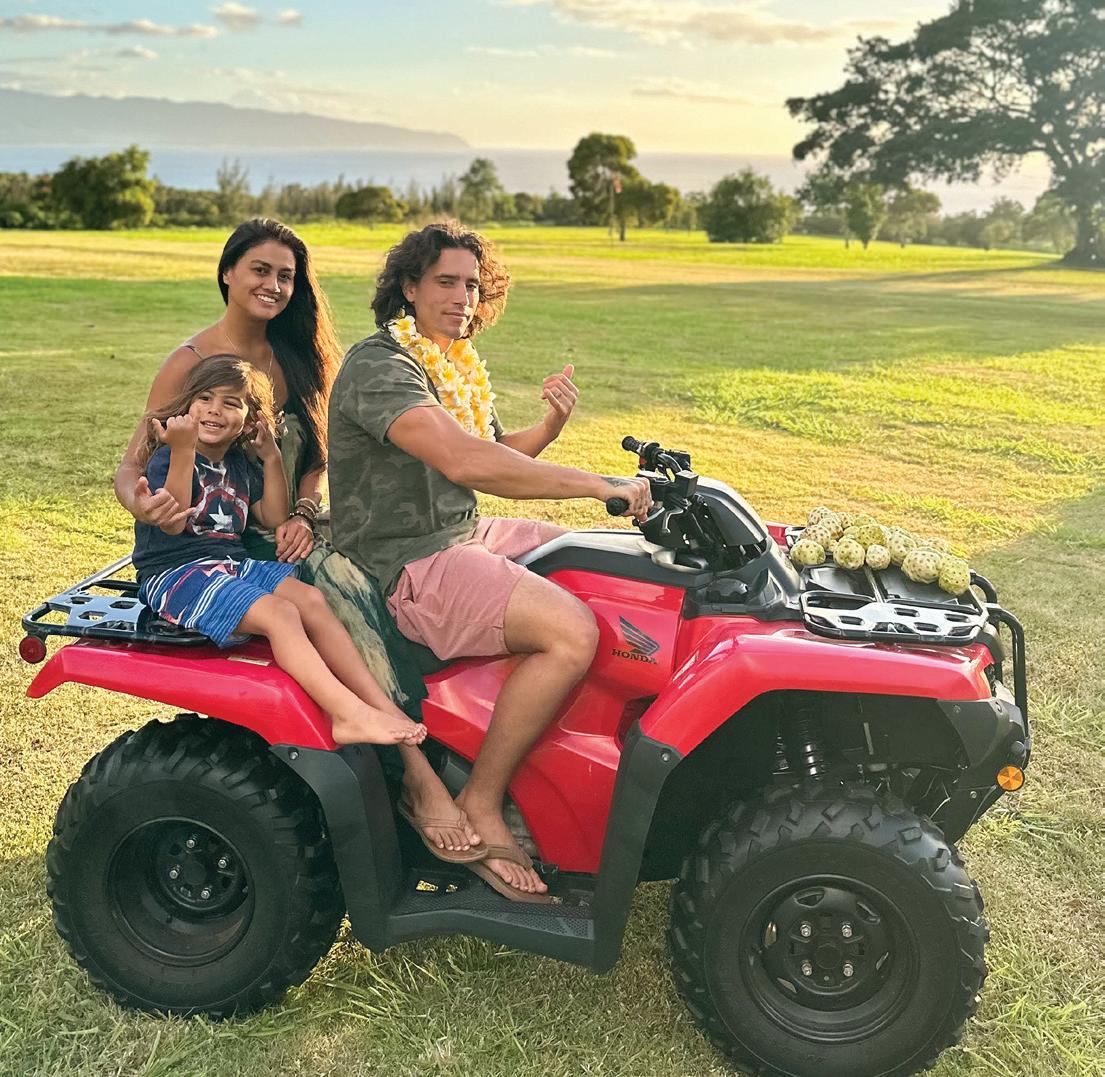
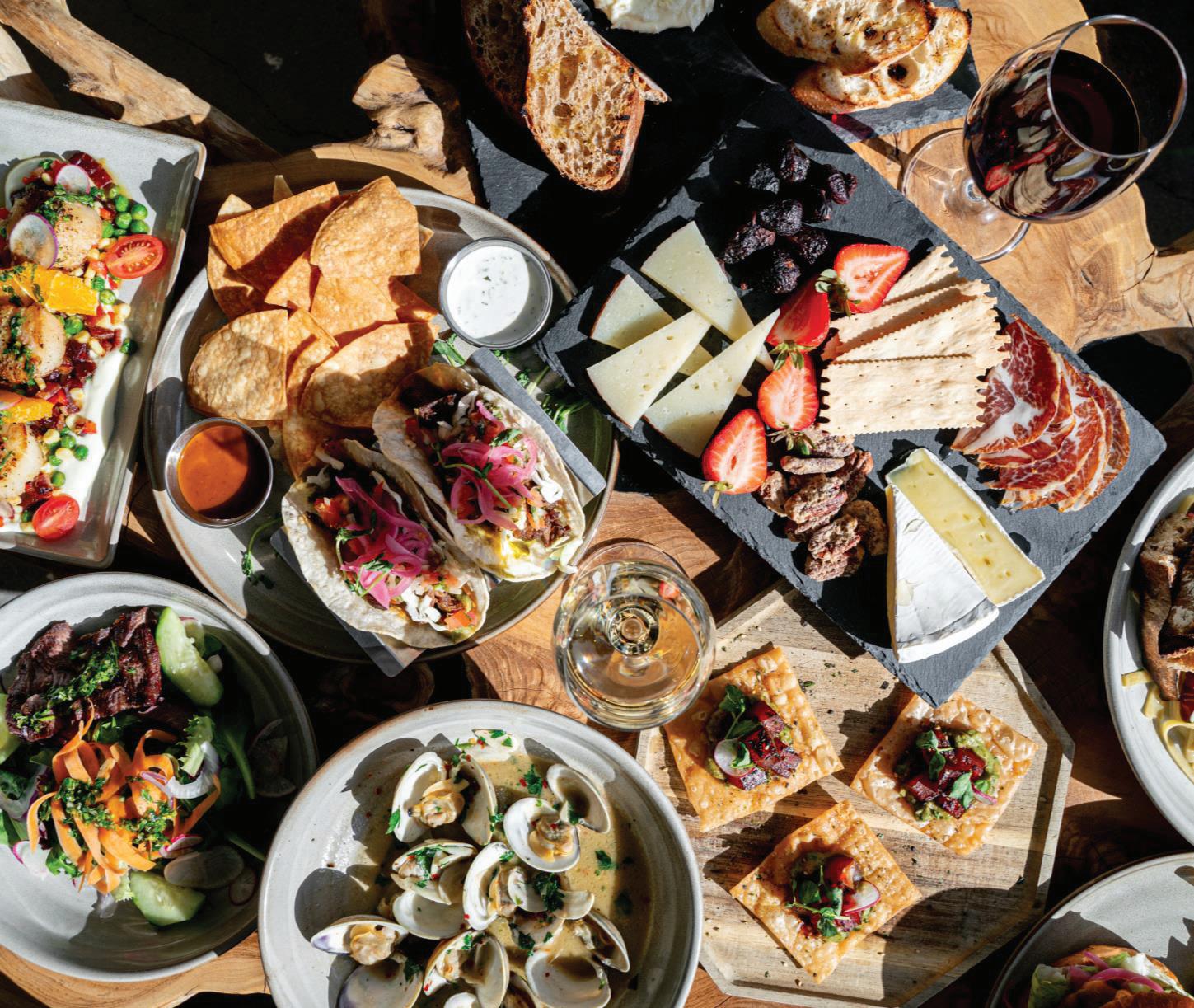
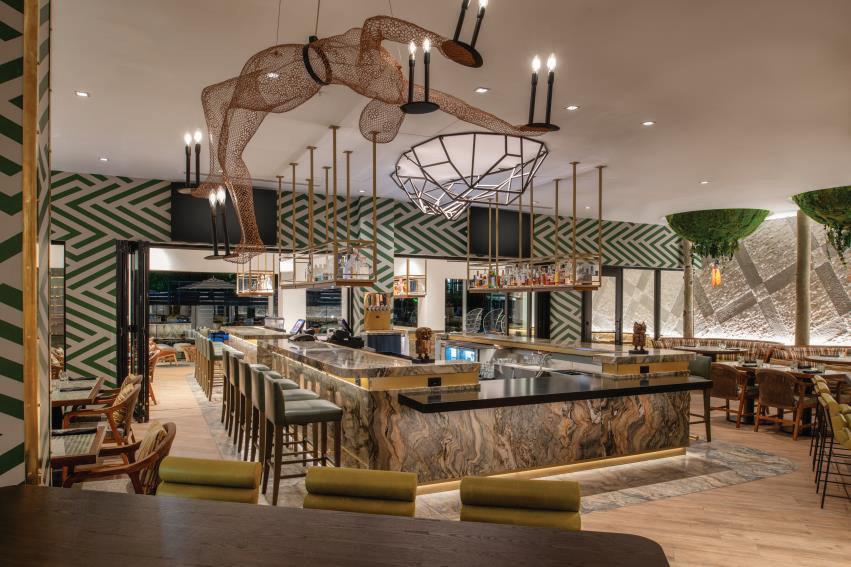



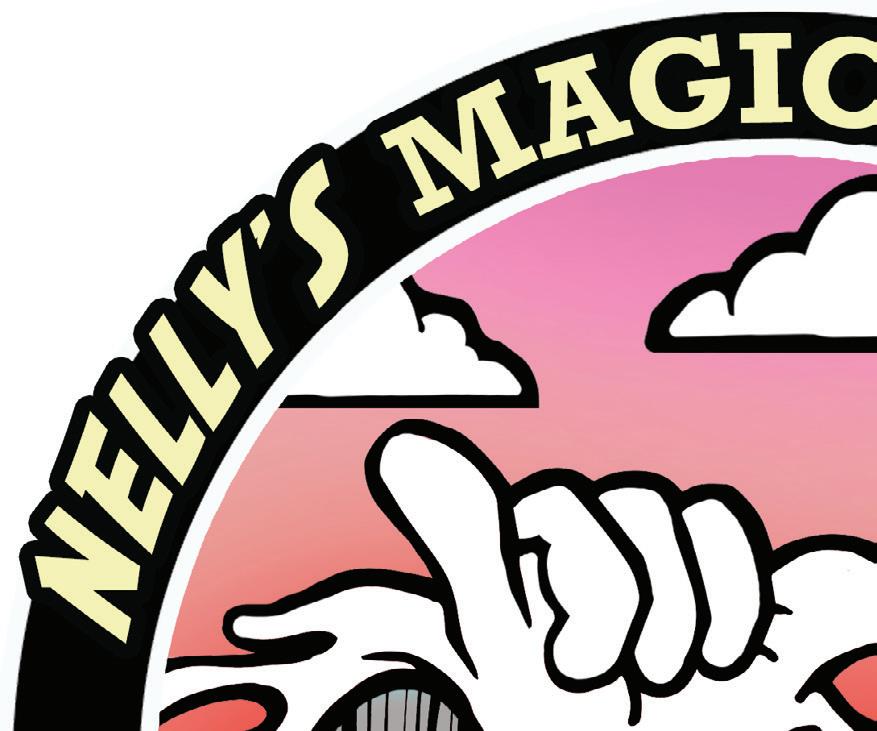
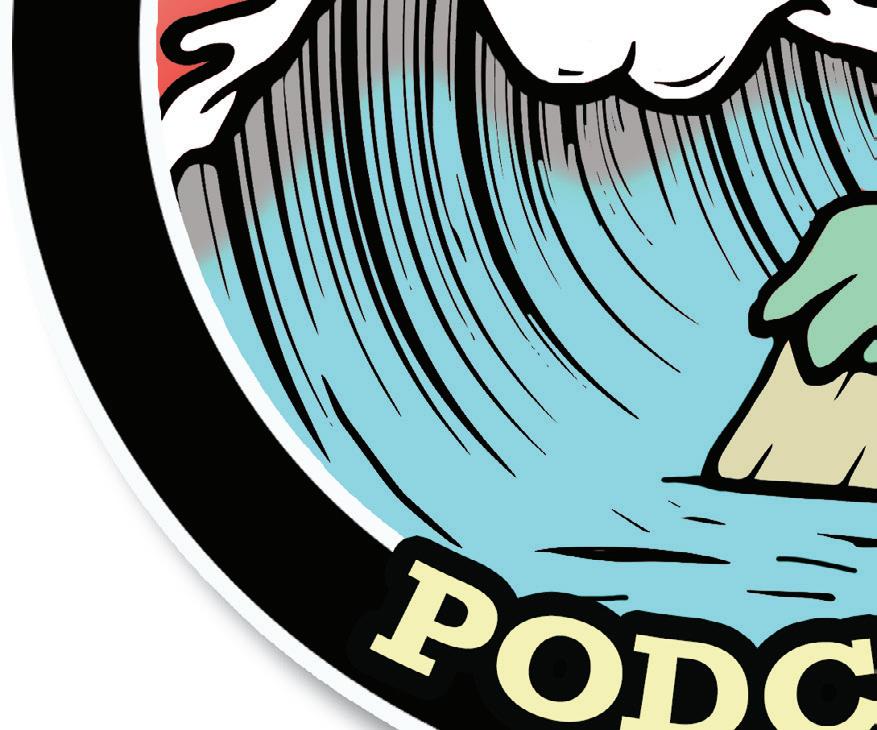

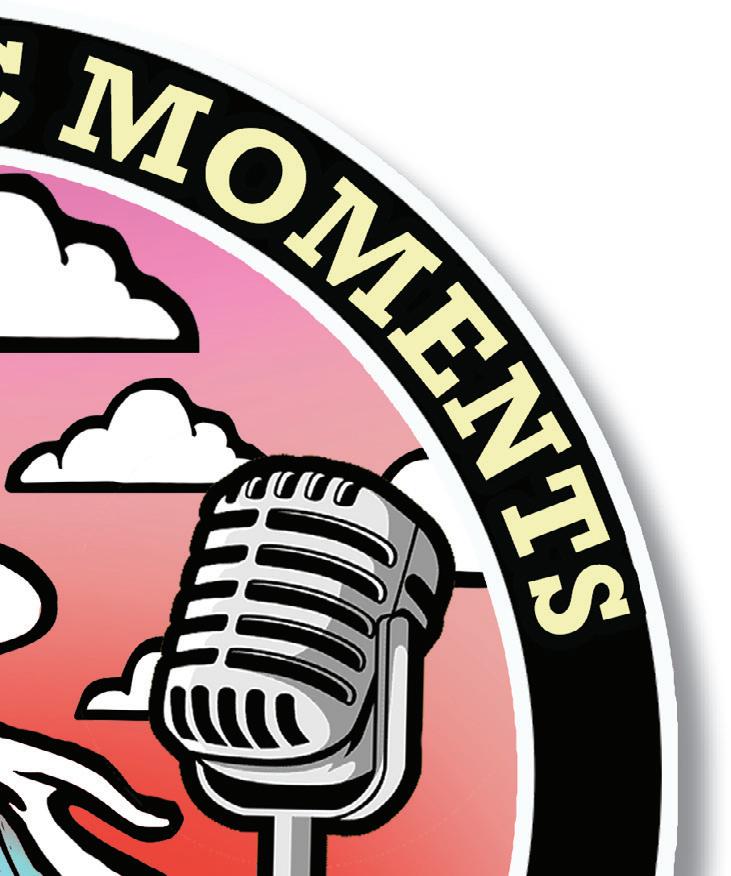
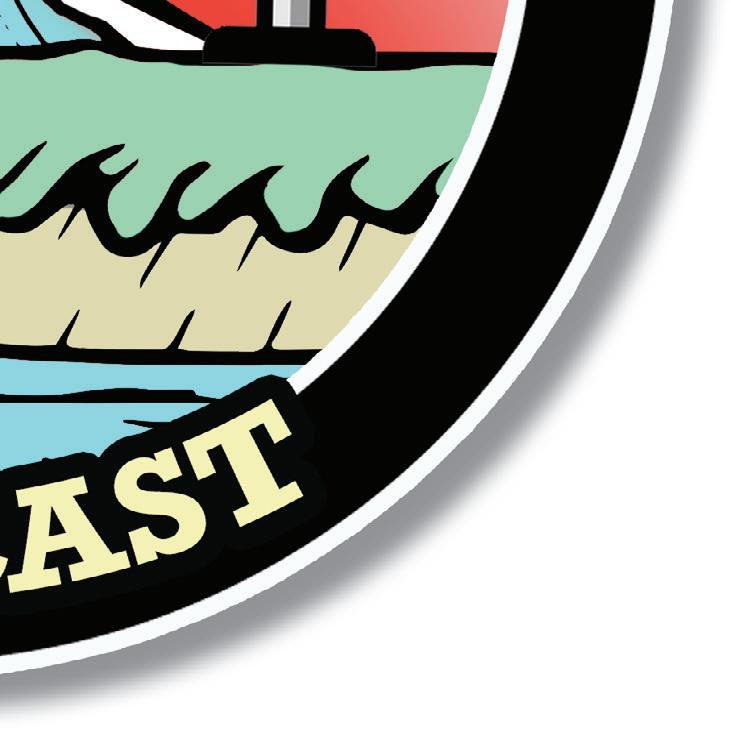
A lifetime of stories. One podcast.


VIBES: Reggie, we’ve featured amazing artists and leaders together over the past year. Let’s focus on the Reggie Stephens Foundation (RSF) this time. What’s been going on lately?
Reggie Stephens: Man, everything! [laughs] This year has been incredible. It all starts with the Sunday sessions at RSF. We’ve got 40-50 kids from all high schools working out together, including girls in fag football. The sessions build community, and we focus on more than just sports — we touch on mental health because some kids go through tough times. I try to be the best mentor I can for them, and the program’s growth over the years has been special.
VIBES: What do you focus on during these Sunday sessions?
RS: Speed and agility are key. We have junior high kids to college-level athletes, so we teach them how to breakfast, work on quickness, and catch footballs — the fundamentals. Sometimes, coaches don’t have time to focus on these details during regular practice. I like working behind the scenes on the little things that can make a big
difference. Plus, it’s rewarding to meet kids from across the county, help them grow, and fgure out what they need to achieve their dreams. Santa Cruz athletes need to be noticed by colleges, and I think outside the box to make that happen. I took a group of athletes to Morgan State recently, thanks to my frst grant from the Community Foundation.
VIBES: Your frst grant? Like ever?
RS: I know, right? It blew my mind, too. I’ve been doing this for over six years — even longer if you count back to the frst all-star game. But that grant made the trip to Baltimore possible. We stayed for three days, and the kids explored the campus, locker rooms, and downtown Baltimore. Morgan State is an HBCU, and no one talks about those opportunities in Santa Cruz. I wanted to expand their horizons. RSF is all about opening doors for these kids to experience life beyond Santa Cruz so they can give back to their community when they come back.
VIBES: After a decade of doing this, you’ve seen kids grow up, graduate and
even return to help the program. How does that feel emotionally?
RS: Amazing. When they come back and help, it’s like coming full circle. I do a master class with them, where they lead the warm-ups and mentor the current kids. They teach them what it takes to succeed in college, not just on the feld but in the classroom. Many kids don’t realize what it takes to play at that higher level until they see someone like Caleb Womack or Qwentin Brown in action. That makes everything worthwhile.
VIBES: Your coaching methods must be validated when the older kids share their experiences with the younger ones.
RS: Absolutely. These kids realize the hard work they need to put in. I’m tough on them during sessions — 75 minutes, all gas, no breaks. I aim to push them so hard that they don’t want to return. If they crack under that pressure, we work on their mental toughness. Life’s tough, and they need to be ready. But if they give it their all, I’m right there to support them, whether that’s tutoring or other resources.

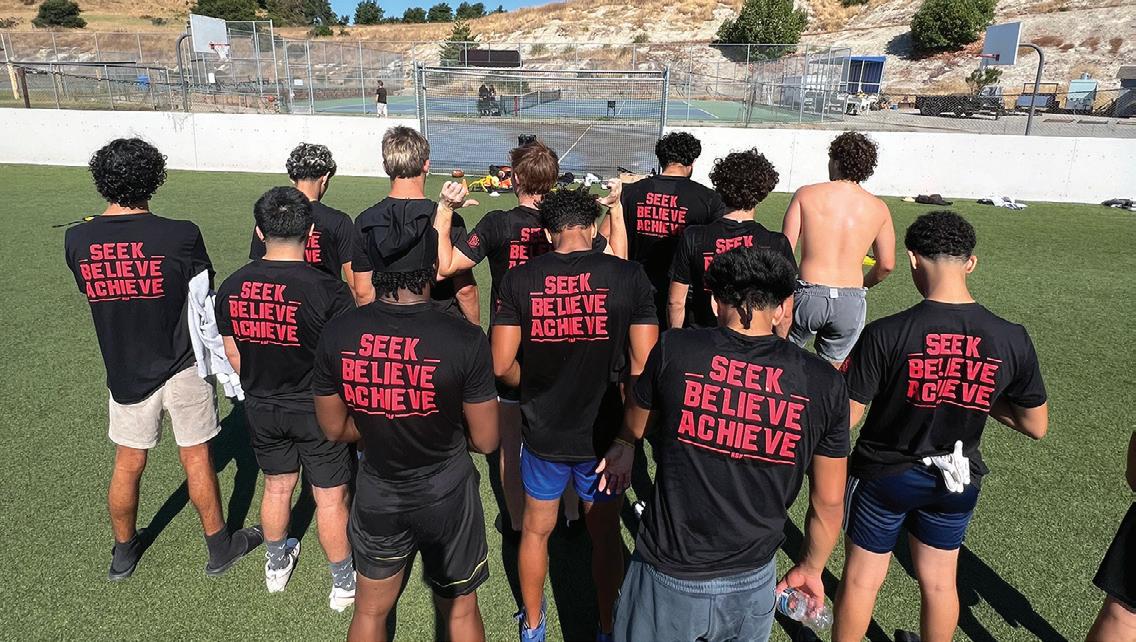
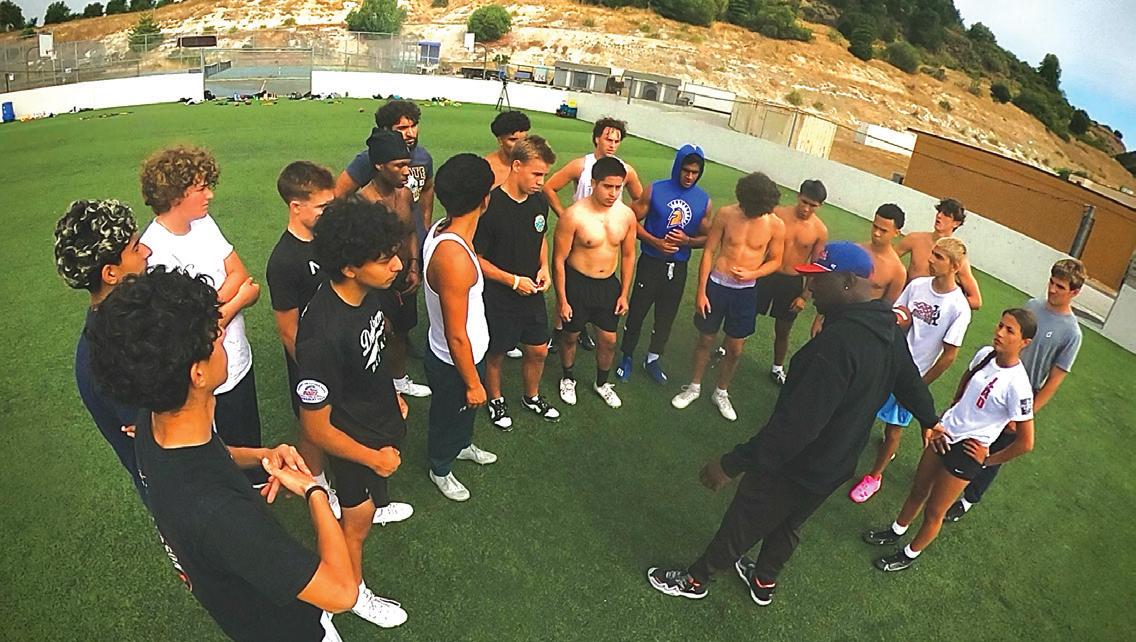
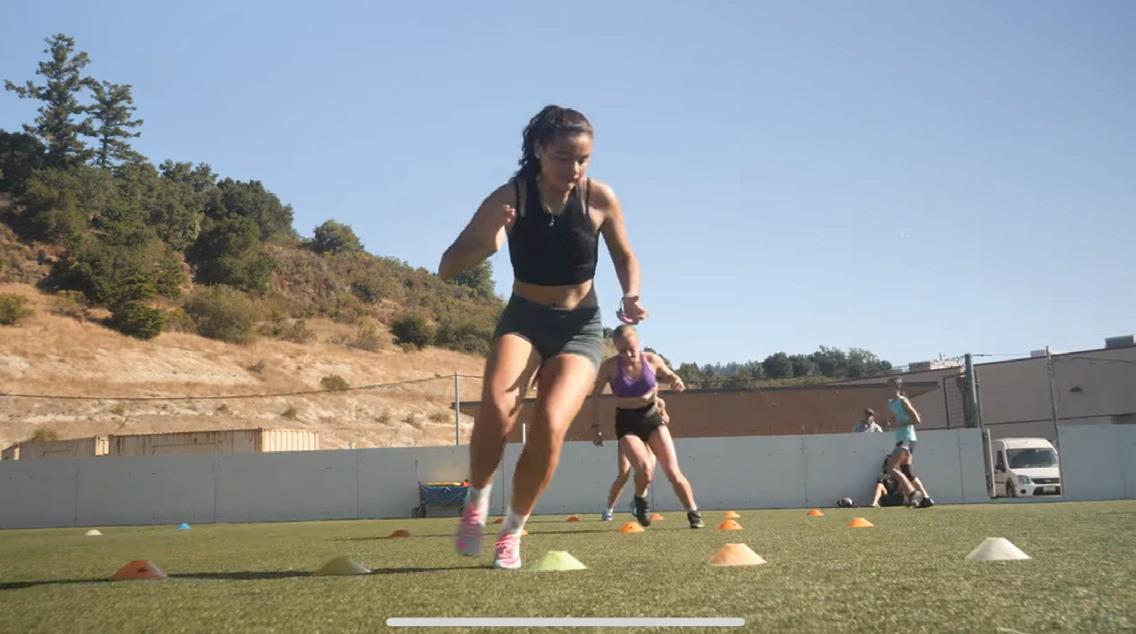
I’ll invest everything into kids who are willing to invest in themselves.
VIBES: Pressure makes diamonds, right?
RS: Exactly. I’ve been cut from teams before, so I know how tough it can be. The Sunday sessions aren’t just about football; they taught me patience and mentorship. I’m excited to see the girls getting involved in flag football, too. Teaching them how to throw, catch, and run routes has been great.
VIBES: What drives you to do all this?
RS: Great question [laughs]. Honestly, I’ve had people question my motives — like, “What’s he charging these kids?” The truth is, I charge them nothing. Zero dollars. People don’t realize how hard it is for Santa Cruz athletes to get noticed. I don’t push kids into specific schools; I figure out what’s best for each of them. I went from Santa Cruz High to Rutgers and the NFL, and now I’m trying to create a mentoring program to give these students a shot at the best life possible.
VIBES: Most kids won’t end up with sports careers, right?
RS: Correct, and that’s why education









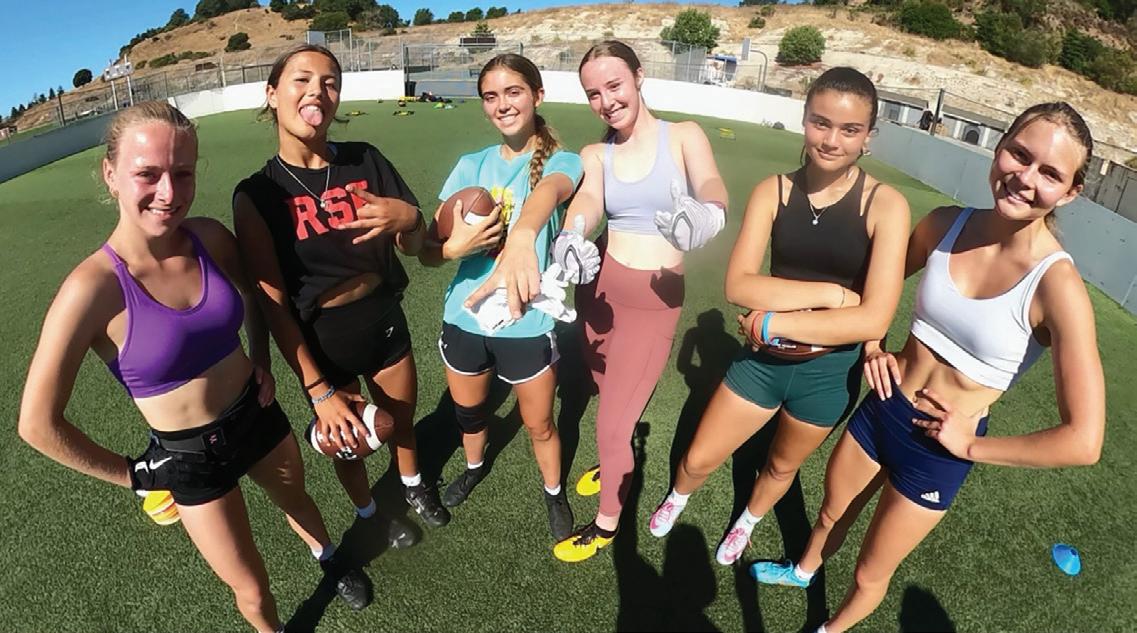



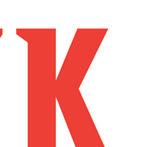



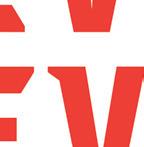



is the main goal. Sports can be the vehicle to get there, maybe even help their families financially, but the real reward is education. RSF has expanded beyond football; we’re diving into many areas of music, culture, and art. Football was just the start, but we’re trying to help kids grow in every aspect of life. I’m a music artist and care about culture as much as sports. I’m also back in school, getting my master’s in sports management from Utah State. I’m not just preaching; I’m walking the walk.
VIBES: Do you ever feel appreciated for all the work you do?
RS: Sometimes in the grind it’s hard to feel it. People start to expect it. But then I’ll get a text from a parent or a kid, just a simple “thank you,” and it brings everything back into perspective.
VIBES: What’s next for RSF?
RS: We’re starting an art mentorship
with my partner, Willz (Jason Williams), who’s a big part of the foundation. We want to bring in young students to teach them music, art and work on creative projects.
VIBES: It’s been great working together this year — Vibes and RSF?
RS: The Vibes partnership has been amazing. The magazine makes what we do feel real and impactful for families. And now, we’re going even bigger with the podcast and additional media support. In the end, it’s all about benefiting the kids.



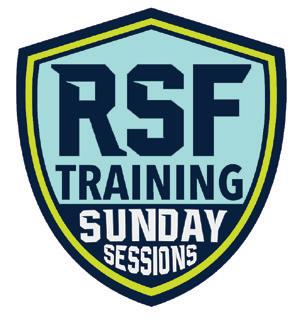
To learn more about Sunday Sessions, scan the QR code below:



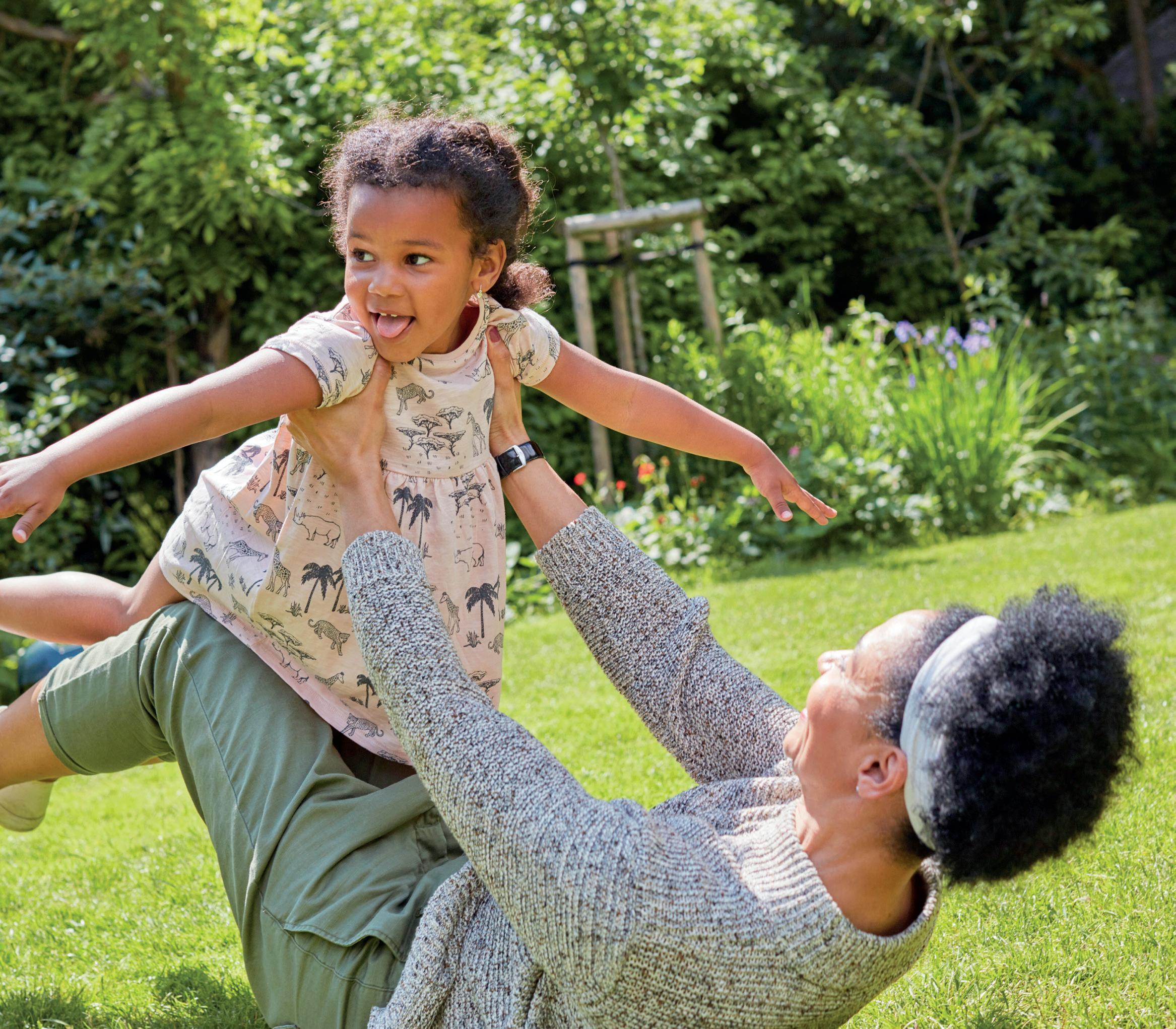
Keeping yourself healthy is one of the best gifts you can give to the many lives you touch — and to yourself. At Kaiser Permanente, you’ll fnd caring professionals who provide high-quality healthcare for women at every stage of their lives. We provide comprehensive treatment and a broad range of programs and services for women of all ages. Learn more at kp.org
For all that is Santa Cruz County. For all that is you.


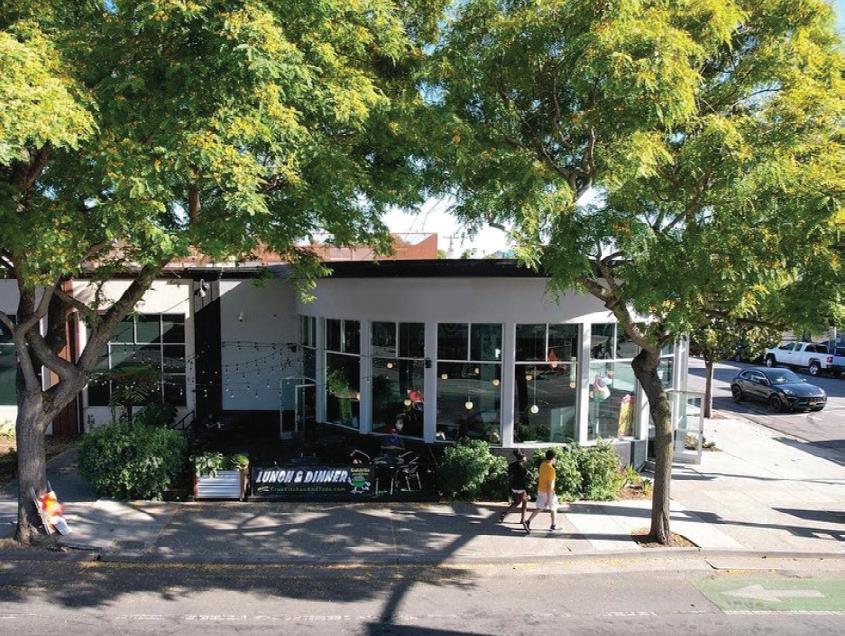
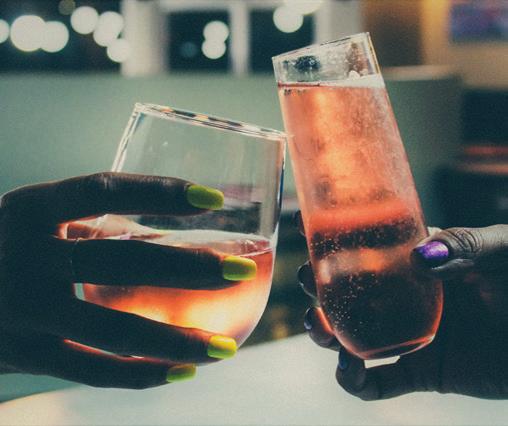
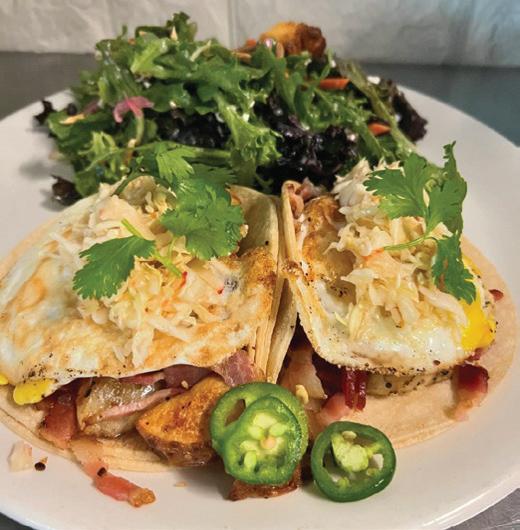

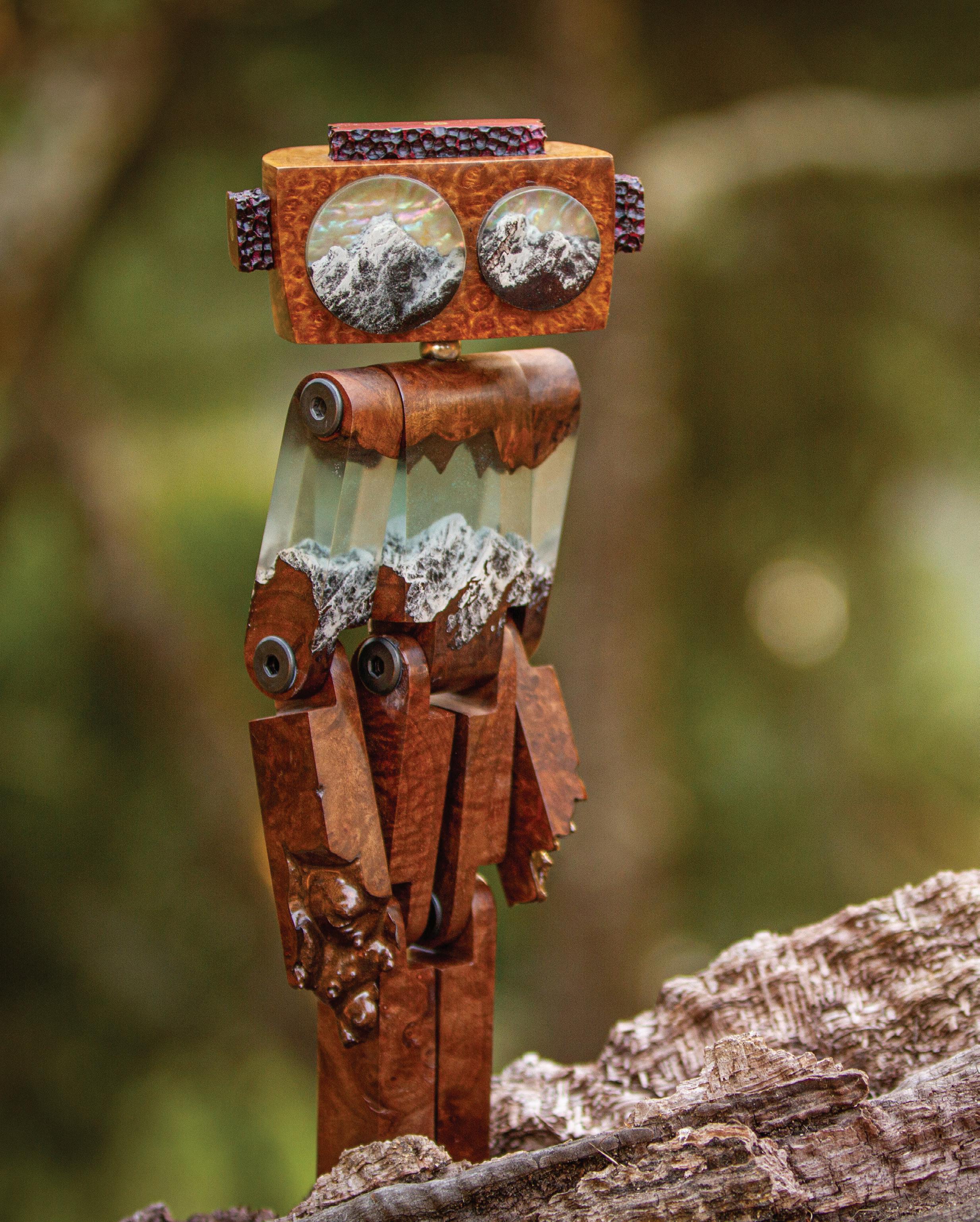
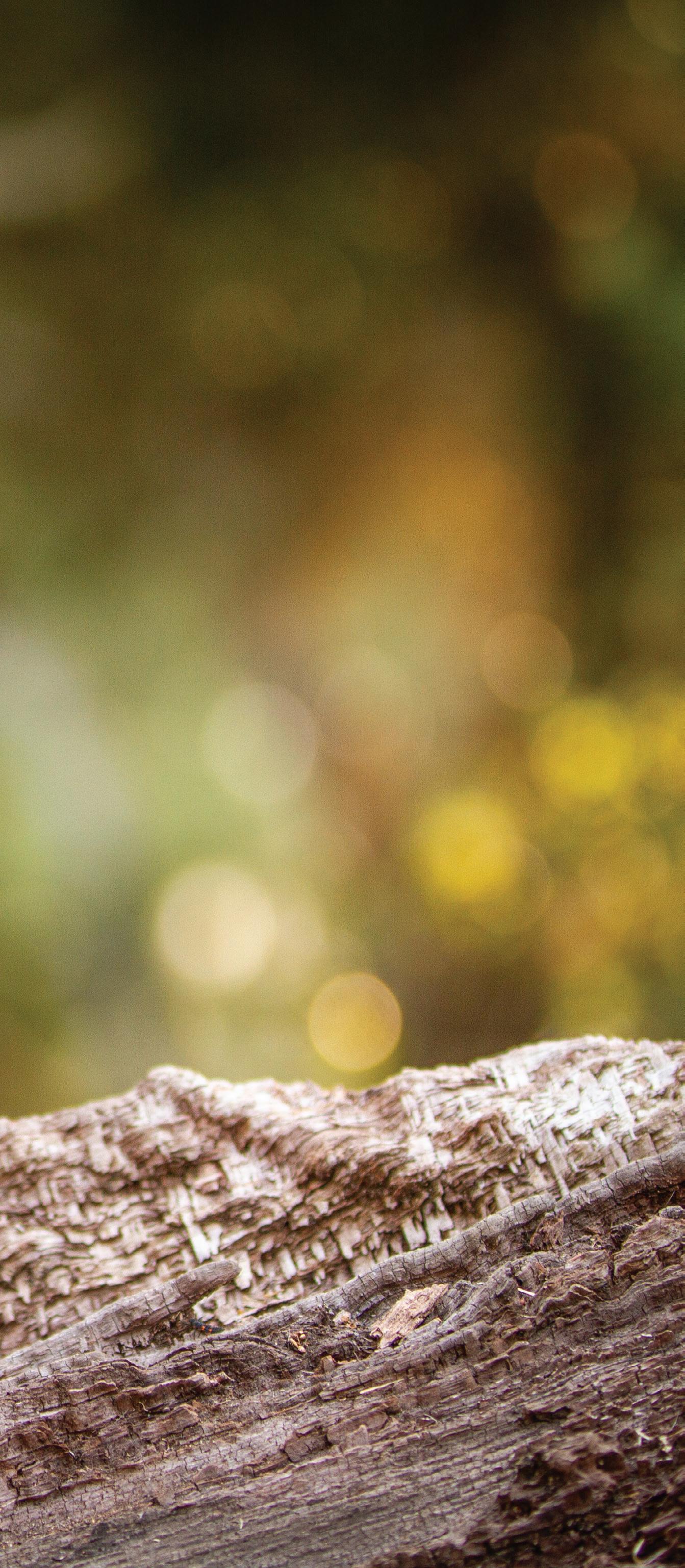
LANNY
By Neal Kearney
One of the coolest things about art is that it can be anything, done by anyone. A painted handprint, a Play-Doh kitten, a glass-blown bong — as long as it’s a creative expression of one’s imagination, anything goes. Sometimes, there are visionaries whose art form is so unique and thought-provoking that you can’t help but feel a deep sense of joy and wonder when you lay your eyes upon it.
Someone who’s mastered this form of magic is Lanny Headrick. His wooden robots use limited materials in a way that tickles the imagination and are pretty darn cute to boot. Headrick is a husband, father and cardiac nurse. His woodworking business, Sawdust Imagery, includes all kinds of woodworking, but for the past eight years, his passion has revolved primarily around handcrafting his one-of-a-kind wooden robots, with materials he sources himself. They are so simple, yet so expressive. They truly feel like they are alive.
I chatted with Headrick about his process, inspiration and motivation when it comes to manufacturing his whimsical creations, which look like the main characters in a Pixar movie. I can just hear Hollywood knocking now …
VIBES: Why robots?
LH: I make these wooden robots for all walks of life — from young children to the elderly. My wooden robots are for everyone. I truly believe that each wooden robot I create has the potential to make the world a better place to be. The theme for each wooden robot can be left to the viewer to visualize. This is a choose-your-own-adventure situation.
Back in 2016, when I made my first wooden robot, I did so with the intention of giving the public something that would create some ease. Happiness doesn’t come easy for everyone, so if my robots can provide even a second or two of joy, then my work is done. It doesn’t stop there, though. I realized that the act of making these wooden robots was giving myself a profound amount of joy, an almost selfish amount of happiness to be quite honest.
This led me to realize that the joy that I was experiencing from the creative process was the main ingredient, and others would be able to tap into that energy within my work. It’s a simple concept: make things that bring you joy, and the end result will be received as joy. The energy that goes into each piece never dies. My Sawdust Imagery mission statement has always been to “promote joy” and that starts with my own.
VIBES: The material is very unique. What do you use to build the robots?
LH: I like to use timber that I’ve personally harvested myself after storms. There’s something so special about intercepting a beautiful piece of wood and redirecting its path into art. I feel so much more connected to the piece that way. It feels bigger than me in some way.
Along with using figured timber, I use casting resin to integrate botanicals within each piece. I use flowers that remain robust even after the drying process, like straw flowers and Shasta daisies. I also use shells for inlay material, such as abalone and mother of pearl. Various metals like copper, brass
and steel are implemented as well. I also like to use a reflective material called “dicrotic sheets” for the eyes.
VIBES: These robots are intricate. Can you take us through the process?
LH: To bring these guys to life, I have to take a number of steps. First, I need to procure the timber, then process the timber, and then dry the timber. This is one of woodworking’s long games — harvesting your own material.
After the material is dry, I use a process called stabilization. This is a process utilized by knife-handle makers as the wood becomes impregnated with resin and impermeable to moisture and atmospheric movement. It also adds significant weight to each piece, and really makes each robot feel heavy and substantial. You can also dye the timber different vibrant colors through the stabilization process, all the way to the core of each piece, which enhances the different figure within the timber. This process takes about 48-72 hours.
Once the timber is stable, I mill the parts and get ready for casting. This involves harvesting and drying different botanicals. I will sometimes use dandelion puffs, which takes planning and is a very delicate process. I like to use Shasta daisies that have died sideways on the stem so they look like they’re blowing in the wind while upright. Nigella seed pods are very effective and stable, and look like they’re from an alien planet. I like to use straw flowers and Brazilian star daisies as well. Another favorite botanical is a species of straw flower called Winged Everlasting, which is a beautiful flower.
I will cast the eyes in resin with different items I’ve found, like small banksia pods, fan coral, live-zedge Australian burl slices, dried protea flowers with mother of pearl, abalone, or dicrotic sheets. The detail in the eyes is a huge factor that gives each wooden robot its unique vibe and personality.
Once the casting is cured — three to four days — I will shape, sand and
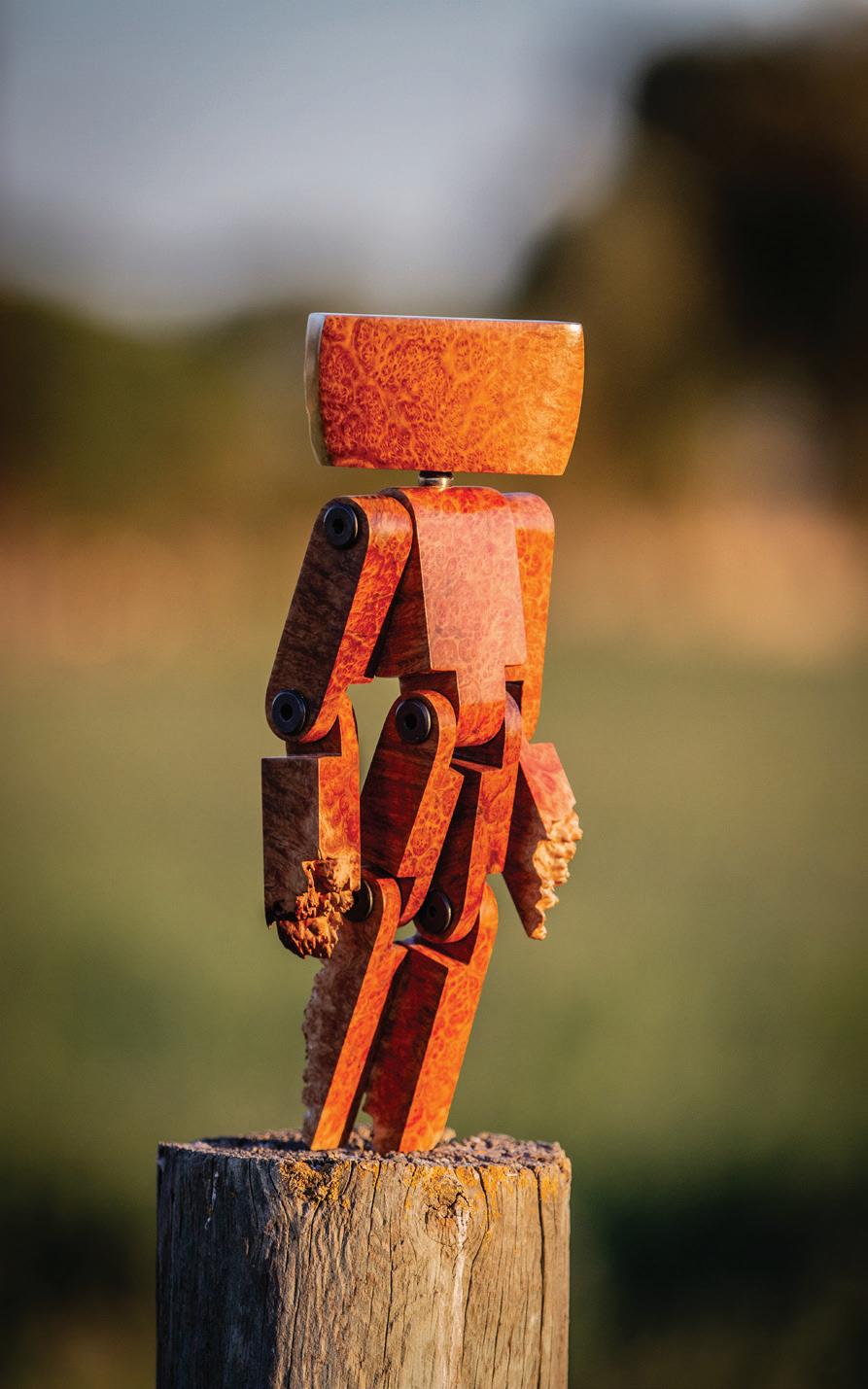
polish the pieces. I will make sure each robot fits as it should and has its own unique style and attitude when it stands. Then, I apply sanding sealer and lacquer. The moment the lacquer is applied is always a magical moment as that’s when the pieces really come to life.
VIBES: So we have the materials and the process for the build. How do you get in the right headspace to create? LH: While I work, I always fall back on a few classic albums … “The In Sounds From Way Out” by the Beastie Boys; Billie Eilish’s first album, “When We Fall Asleep Where Do We Go?”; anything from Tommy Gurrero; Kendrick Lamar has been hitting lately. Andre Nickatina, RBL Posse. My new favorite is Ren — he’s from the UK and his songs and videos are incredibly profound lyrical works of art, which dive deep into mental health and depression with masterful cinematography. Classic rock is good, too.
The photography part can be a bit challenging, as proper lighting is critical, and it’s not always easy to line up

the perfect time of day or backdrop for each shot. With that being said, the most satisfying aspect of this work is finishing each piece. Then taking the time to sit back and enjoy it. I will literally just stare at each wooden robot for an hour or two and reflect on the process. I suppose it’s a form of my own meditative closure. I feel so very lucky to have found this craft.
VIBES: You’re not just the architect of these bots. You have a really good eye behind the lens to show them off. LH: Right. The final medium is digital photography. That process is just as rewarding to me as the build. It’s the final “ta-dah” moment for each piece. It really brings the robots to life. My hope is that through these mediums I can stoke imaginations and inspire people to be more creative with their lives. When the wooden robot is assembled and complete, I’ve gone as far as the Salton Sea to photograph my robots. I love to make them look like they’ve come to life and are walking among us.


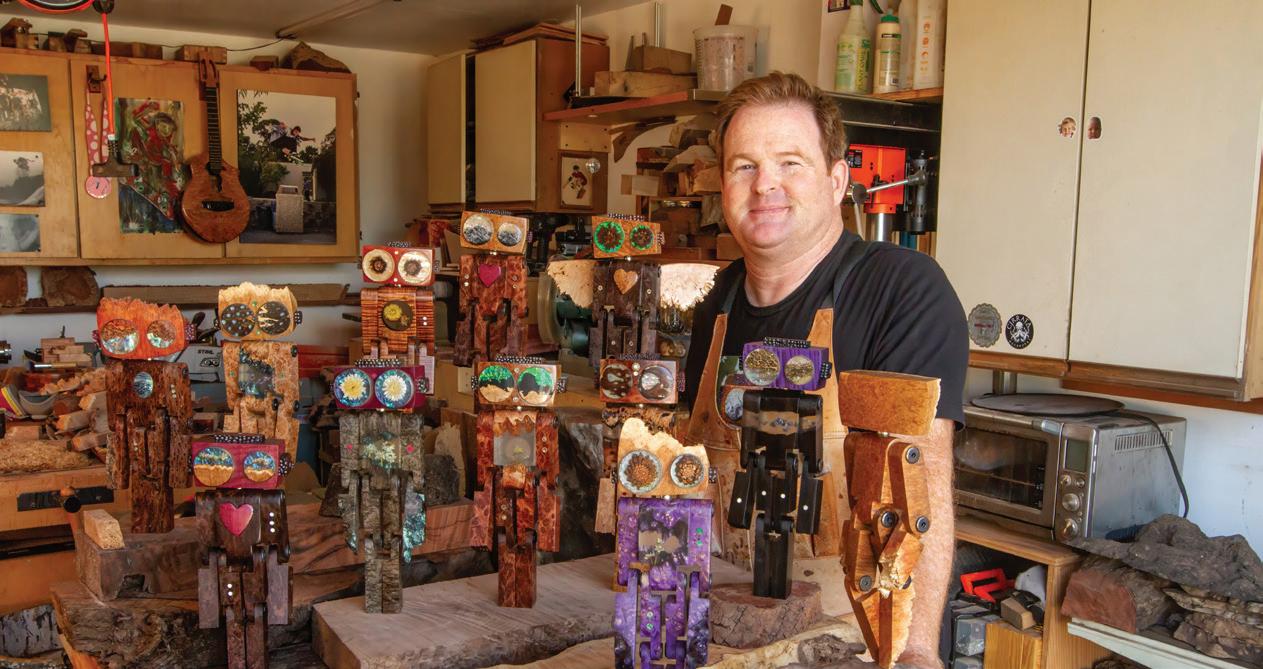
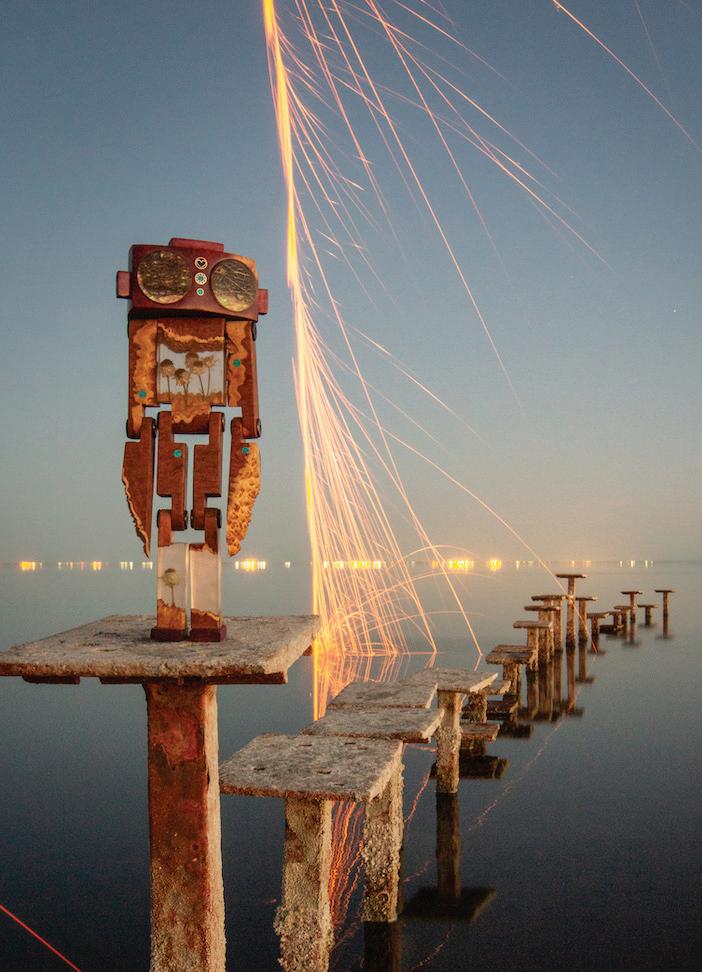










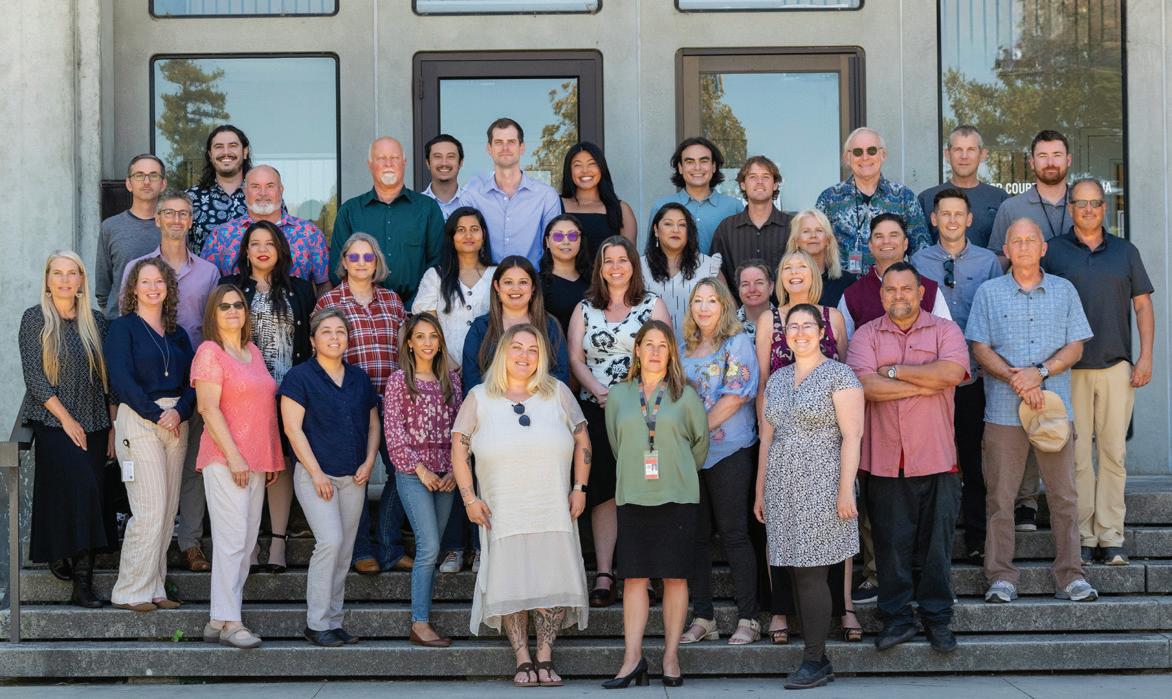

Santa Cruz County faces a severe housing crisis, with the highest rental market in the U.S. and a required wage of $77.96/hour for a two-bedroom home. The County’s Planning Division is working on increasing affordable housing through innovative solutions like manufactured homes and accessory dwelling units (ADUs). Additionally, Senate Bill 9, enacted on Jan. 1, 2022, permits homeowners to build up to four units on their property or split it into two parcels, allowing up to four homes in total. This legislation aims to enhance housing availability in urban and suburban areas, including Santa Cruz County.
Did you know? Whether you’re living in an apartment, traditional home, manufactured home, or an accessory dwelling unit (ADU) in unincorporated Santa Cruz County, maintaining your sewer lateral connection to the main county pipeline begins in your home.
Property owners are responsible for maintaining their sewer lateral connection to the county’s main line.
Cooking grease can solidify in pipes, causing blockages, spills and expensive repairs. With the holidays approaching, it’s especially important to avoid pouring fats, oils and grease (F.O.G) down the drain.







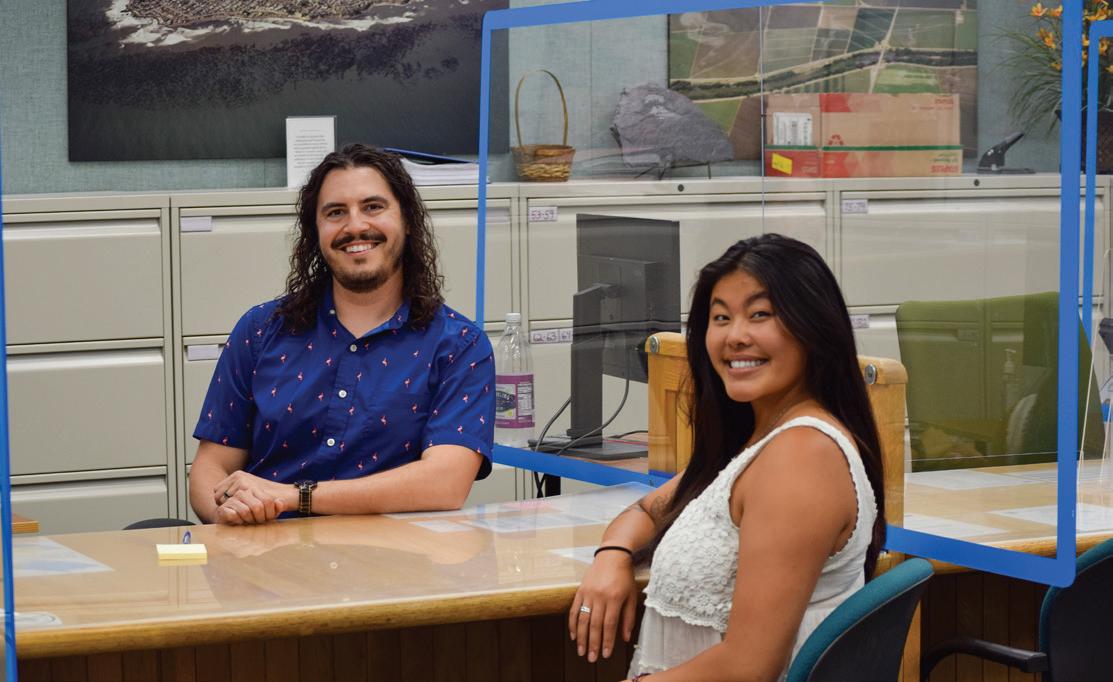
The Policy Section of Santa Cruz County’s Planning Division shapes land use through policies and zoning regulations, especially in response to State housing legislation aimed at increasing housing availability and affordability. Meanwhile, the Development Review section, located within the Unified Permit Center, enforces existing policies instead of creating them. It ensures compliance with health and safety codes while coordinating with various agencies. Serving as a centralized resource for residents, the Unified Permit Center simplifies the development process by providing guidance and consolidating information, allowing residents to navigate the complexities of local and state policies easily. This streamlined approach offers residents a single point of contact for their projects, facilitating a smoother interaction with the multiple regulatory agencies involved.
To prevent plumbing issues and keep your home running smoothly, make sure to dispose of grease the right way.
Learn more about proper sewer lateral care and how to properly dispose of grease on the Santa Cruz County Sanitation District website.



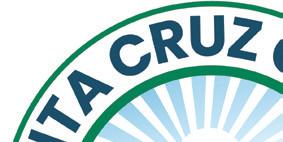











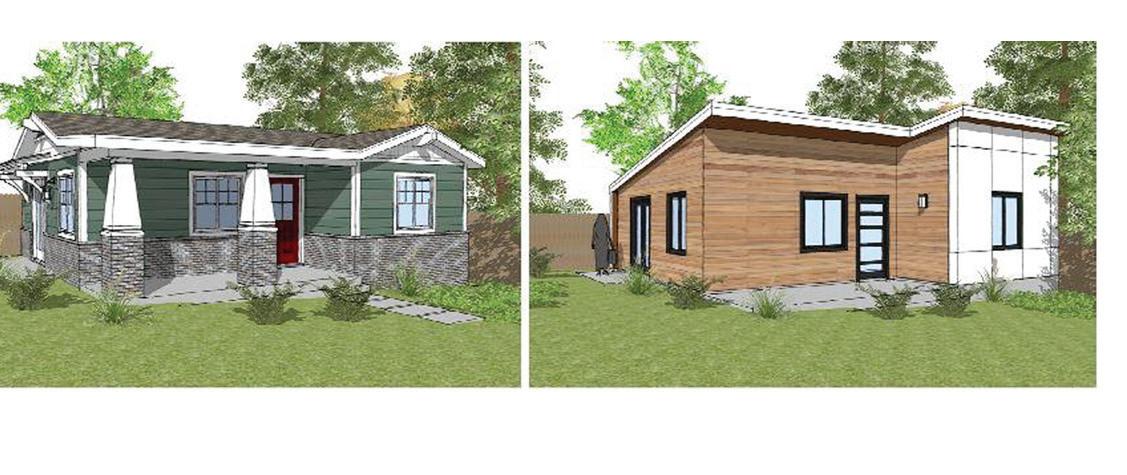
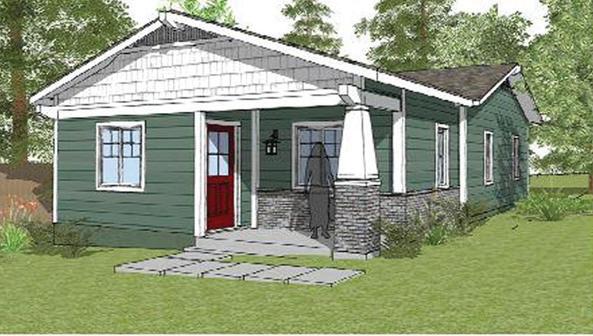







Accessory Dwelling Units (ADUs) are an exciting and affordable housing option that can be attached, detached or converted from existing structures like garages. They offer rental income, extra space for family or a cozy spot for holiday guests. ADUs also help address the housing crisis by providing flexible living solutions for seniors, young professionals and families. Explore free pre-designed plans and learn more about starting your ADU project on our website. It’s a great way to maximize your property’s value and support the community!



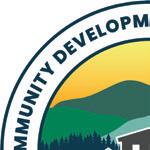



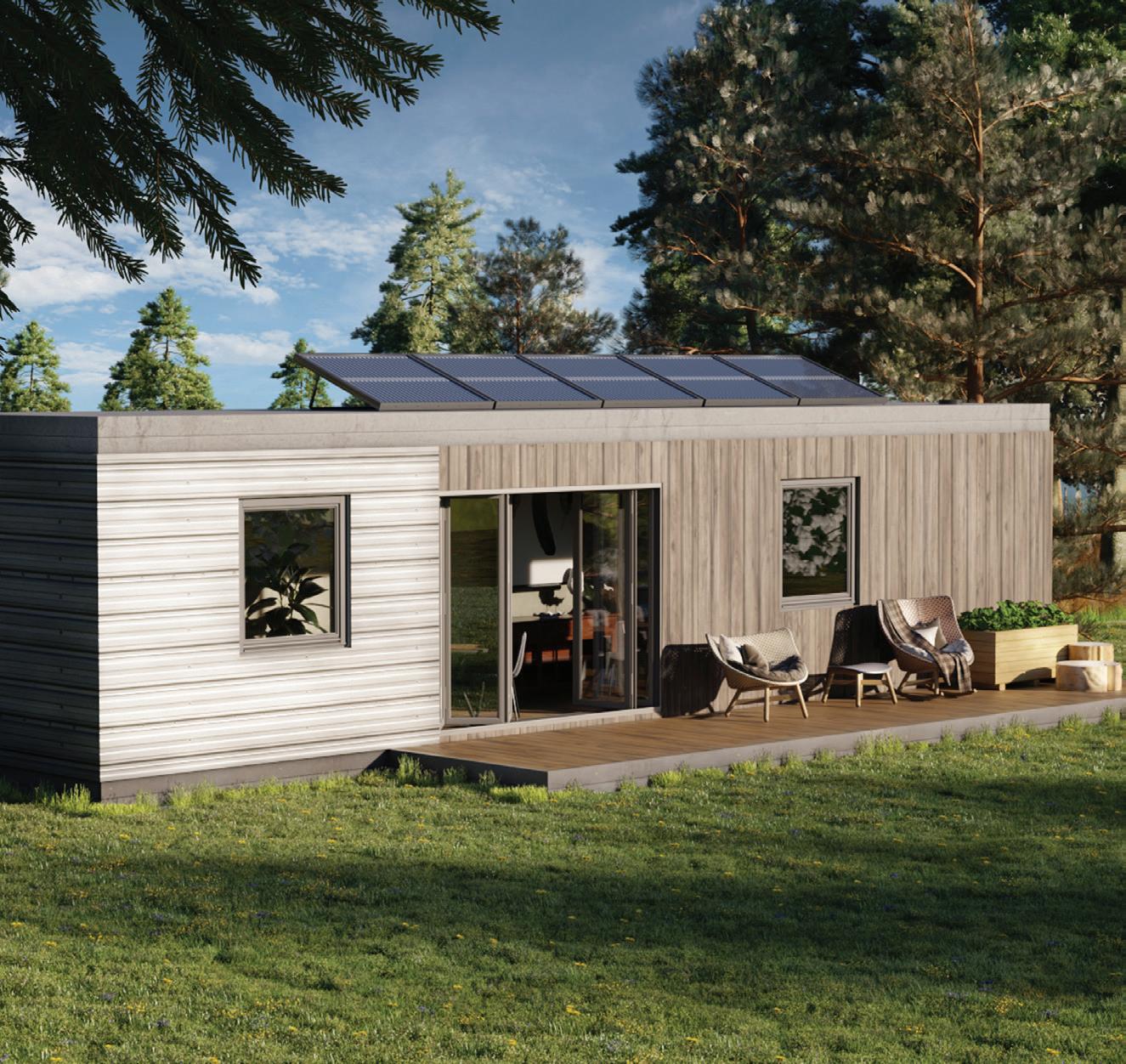
If you need a faster and less expensive housing option for your parcel, consider installing a manufactured home. Manufactured homes are a growing option for quick, cost-effective housing. They offer lower permit costs and faster installation compared to traditional homes, which is advantageous in high-demand areas like Santa Cruz County. The Planning Division ensures the site is suitable for a permanent structure, with necessary utilities and emergency access. Generally, you’ll need a building permit for location and foundation approval, plus inspections during installation. Contact the Unified Permit Center for assistance with zoning and permit acquisition.






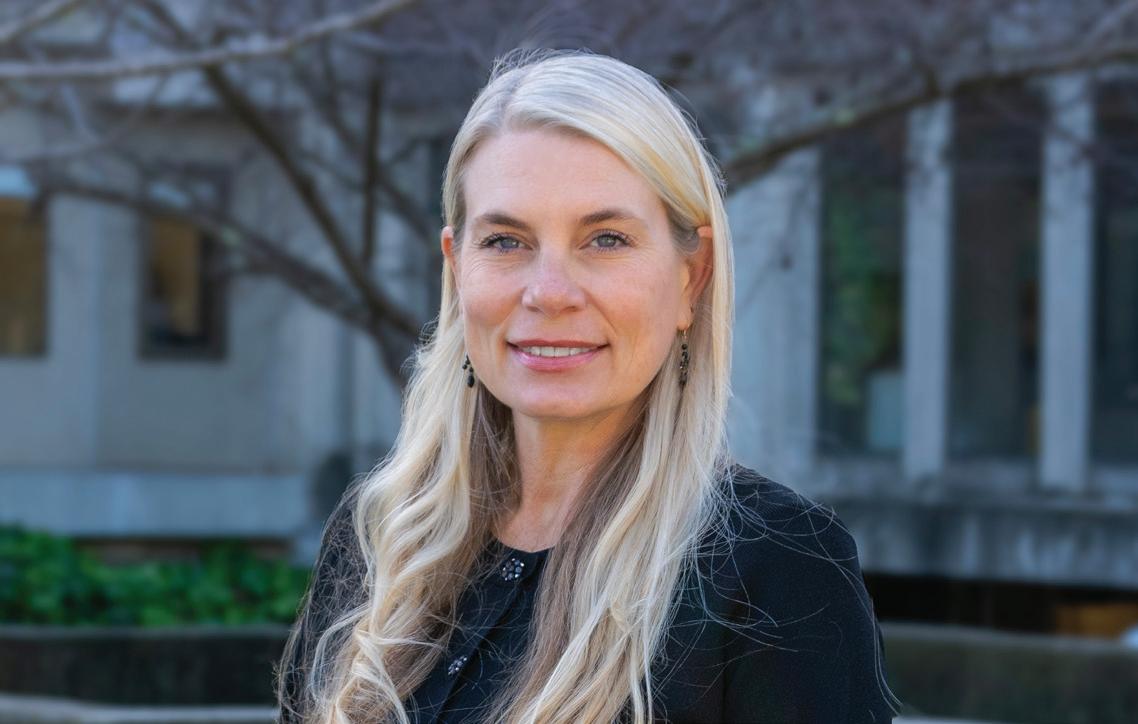
Jocelyn Drake, Assistant Director, Unified Permit Center
Can you tell us about yourself and your role as the Assistant Director at the Unified Permit Center?
Jocelyn Drake: I’ve worked in planning for over 20 years, with the last seven at the County of Santa Cruz. I was promoted to Assistant Director of the Unified Permit Center (UPC) a year ago, overseeing divisions responsible for building and discretionary permit reviews: Building, Development Review, Environmental Planning and Permit Engineering. My main goal is to streamline the permit review process and provide exceptional customer service while seeking process improvements.
What are the primary functions of the Unified Permit Center, and how does it serve residents?
JD: The UPC aims to simplify permit processing while offering excellent customer support. We provide in-person counter services and remote assistance via telephone and email. Our ePlan permit portal allows for electronic processing of all discretionary and building permits, ensuring efficiency and accessibility.
What has your journey been to becoming Assistant Director, and what do you find rewarding in your role?
JD: My planning career began in Kent, Washington, after graduating from the University of Washington. I started as an Extra Help Planner and later moved to California, working in various jurisdictions, including Sebastopol and Marin County. With family ties to Santa Cruz, it was a dream come true to work in a community I care about. I find it immensely rewarding to work with a dedicated team and positively impact the community. That’s what drives my passion!
What’s surprising about working at the Unified Permit Center?
JD: The diversity of questions we receive and the communities we serve are particularly interesting. The UPC supports areas like Davenport and Boulder Creek, each posing unique challenges. This variety keeps our work dynamic and engaging as we navigate diverse land use inquiries.



How do you envision the Unified Permit Center’s role in the community, and what goals are you pursuing?




JD: I see the UPC as a hub of exceptional customer service. We are remodeling our public counter to enhance customer experiences and improve interdepartmental collaboration. I’m also focused on developing a user-friendly online permit portal and a pre-clearance process to streamline reviews.
How should first-time visitors prepare for the Unified Permit Center?
JD: To prepare for a visit, I recommend having the property address and parcel number, along with any draft plans. Conducting research and involving your design professional or contractor can also be very helpful.
How does the Unified Permit Center handle permits involving multiple departments?
JD: We encourage early engagement with relevant review divisions. Our staff assists with Project Consultations to ensure a coordinated approach for larger projects, making the permitting process smooth and efficient for the Santa Cruz community.
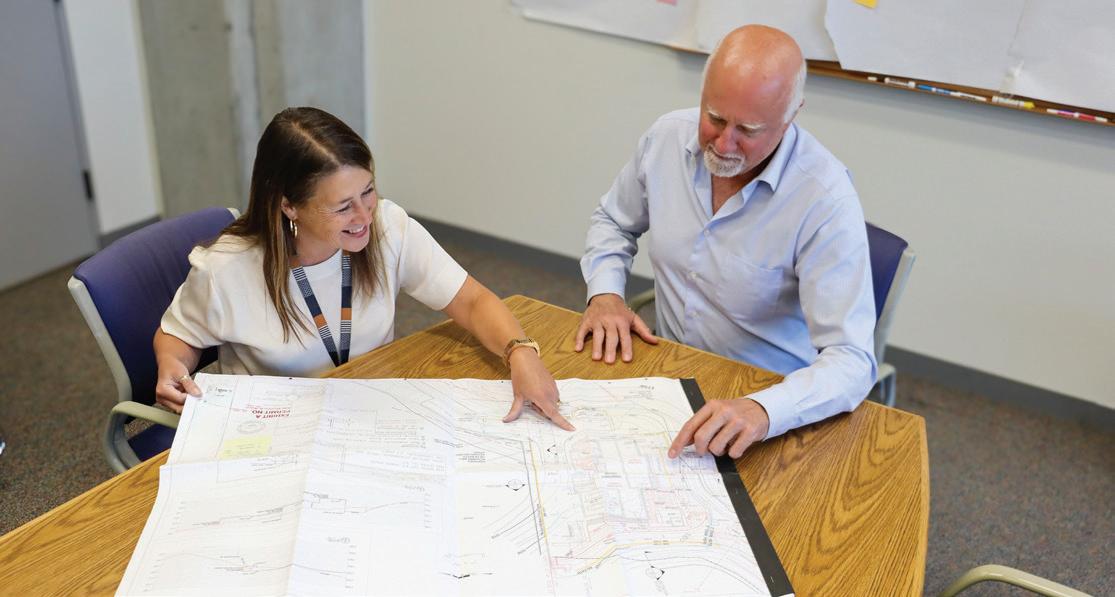
REVIEW YOUR PLANS WITH OUR DEVELOPMENT REVIEW TEAM!
The County of Santa Cruz Unified Permit Center is here to help make your dreams a reality! The Development Review team is made up of dedicated professionals working to ensure new projects align with all local and state rules and regulations and they are ready to help you navigate any new project. You can make informed decisions and start the process by asking questions.




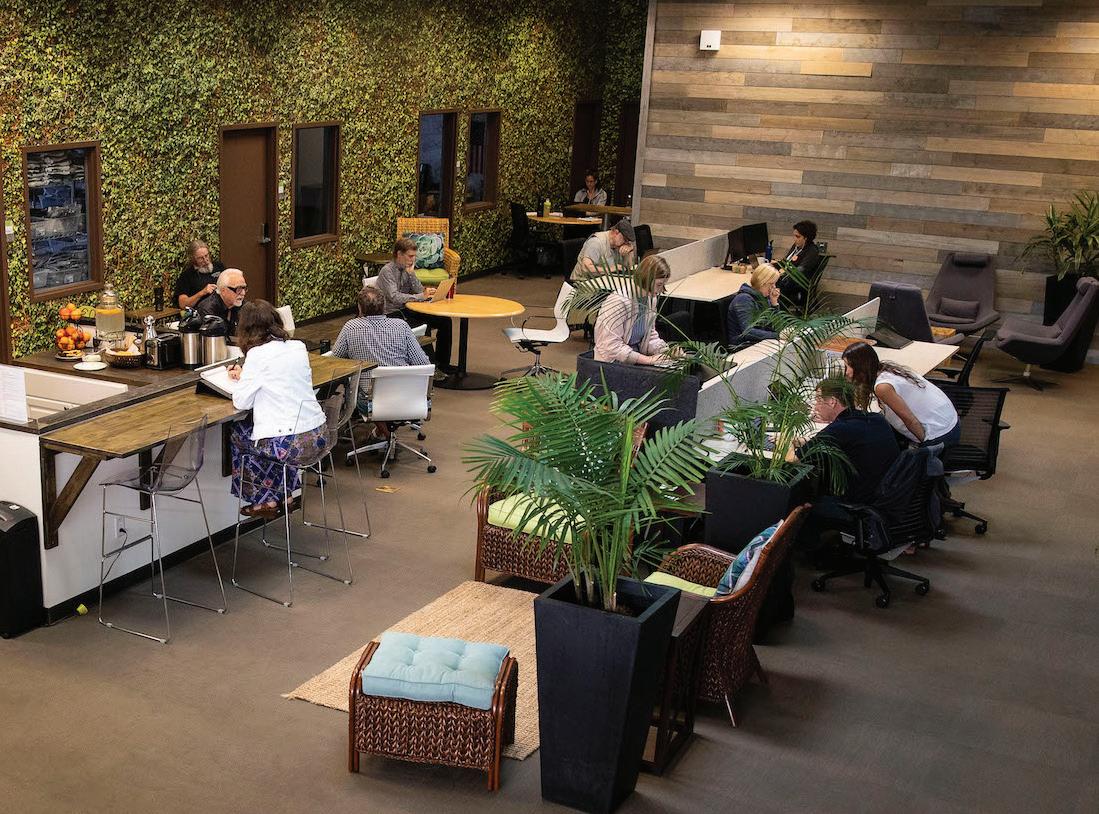









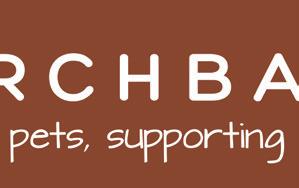
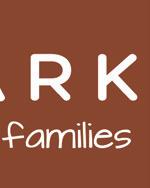
One of the beautiful things about our Central Coast community is its recognition of how closely the well-being of our pets is tied to our own well-being. Everywhere we look, we see pets living their best lives, we see families invested in being strong advocates for their pets and we see the joy that comes from the loving relationships people share with their furry friends.
BirchBark stands as a testament to the community’s commitment to preserving that connection. Founded in 2013 by Merrianne Burtch, DVM, DACVIM, a local internal medicine veterinarian, BirchBark emerged in response to a heart-wrenching reality faced by many pet owners: the unbearable choice of economic euthanasia. Burtch and her colleagues repeatedly witnessed the anguish of pet parents who, unable to afford life-saving veterinary care, were forced to consider euthanizing a beloved pet — not because the pet’s condition was untreatable, but simply because the cost of the care was beyond reach.
By Rebecca Genauer
Recognizing this gap, BirchBark partnered with over 30 veterinary clinics across Santa Cruz and Monterey Counties to ensure no family would have to say goodbye to a pet due to financial hardship. Through its PetAid Financial Assistance program, BirchBark has become a vital resource for families struggling with the rising costs of veterinary care. The program, supported by the community’s generosity, has helped keep countless pets alive and well, fostering the enduring relationships that bring so much joy to both animals and their humans. Over the past decade, BirchBark has expanded its reach, offering three core programs supporting the human-animal bond at every stage of pet ownership. In addition to financial aid, the organization provides Pet Loss Grief Support, offering weekly group and one-on-one counseling sessions, and educational webinars on various pet-related topics — all at no cost to the public.
Earlier this year, BirchBark was awarded a grant from the Grey Muzzle Organization, one of only 100 recip-
ients nationwide. The funds will be used to launch a pilot program aimed at providing basic care for pets whose guardians live in low-income senior housing, further extending BirchBark’s mission to ensure that all pets, regardless of their owners’ financial situation, can live healthy and happy lives.
As BirchBark looks to the future, it remains dedicated to finding innovative ways to support the human-animal bond. Whether you’re in the early days of pet ownership or facing the pain of losing a beloved companion, BirchBark invites you to take part in its programs and community events.
For those interested in learning more about BirchBark’s work, volunteering or offering financial support, the organization welcomes you to visit their website, contact them via email or stop by their office in Santa Cruz.
Visit: www.birchbarkfoundation.org
Email: info@birchbarkfoundation.org
Phone: (831) 471-7255

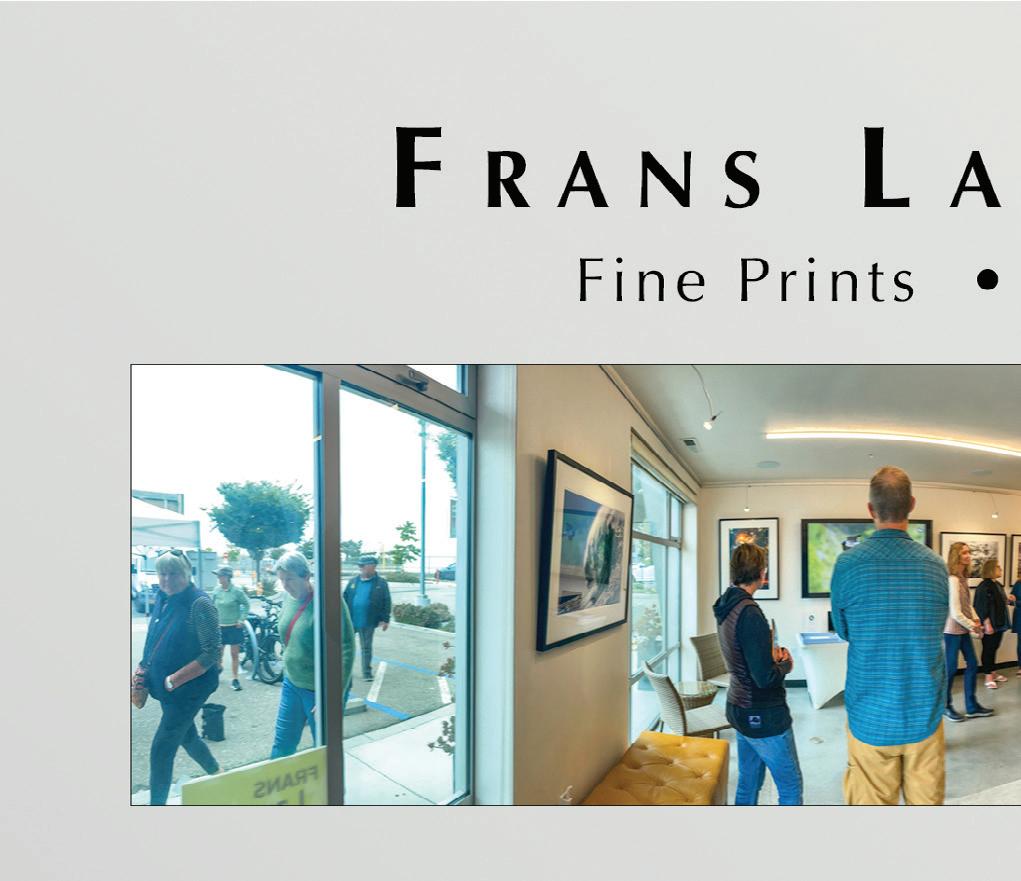

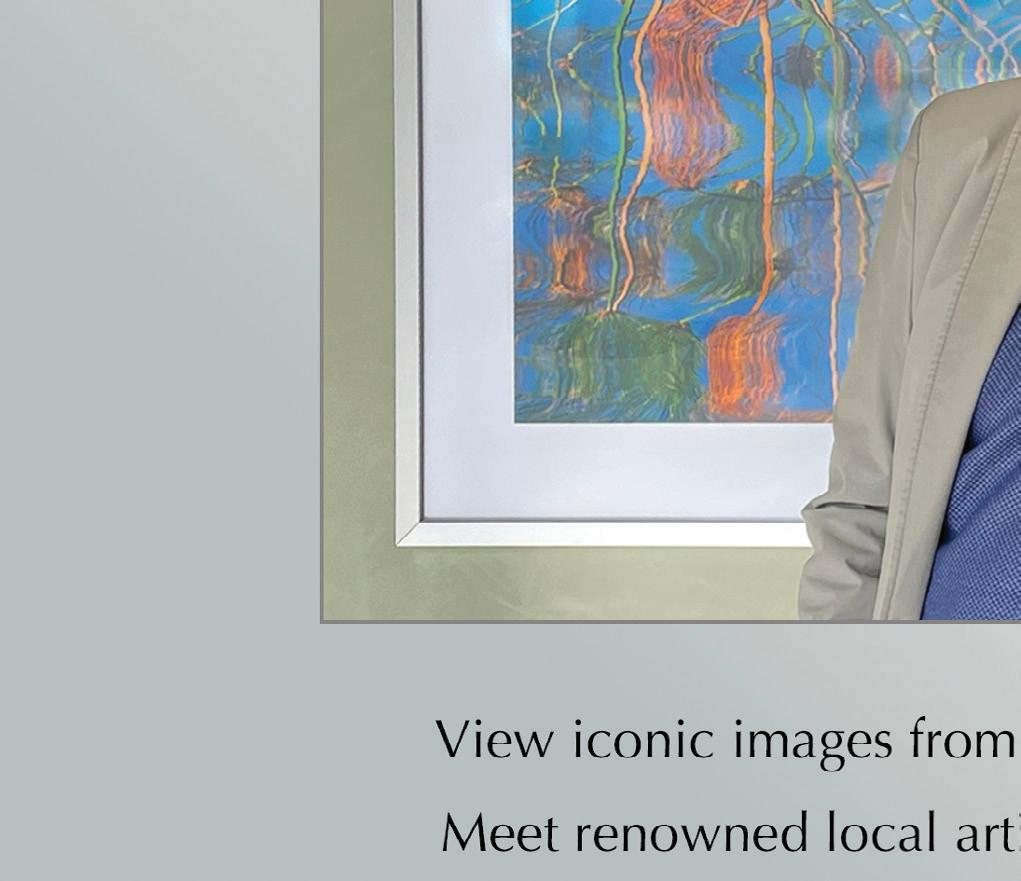
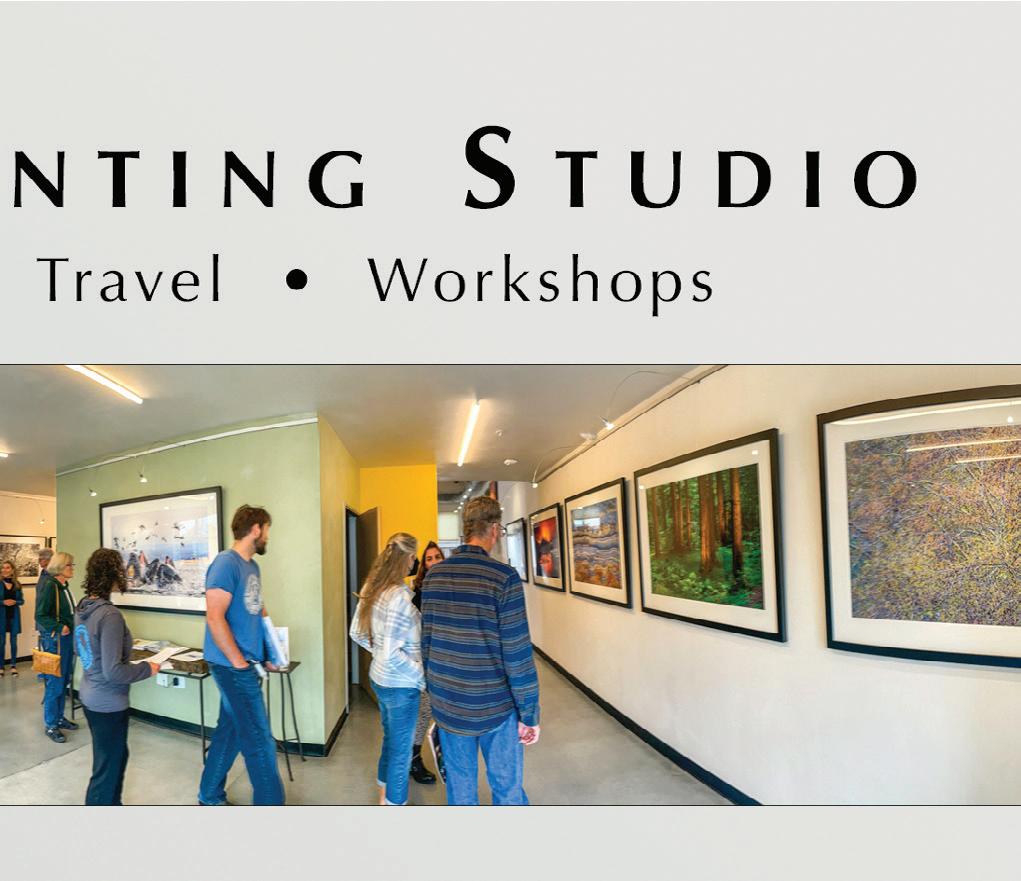
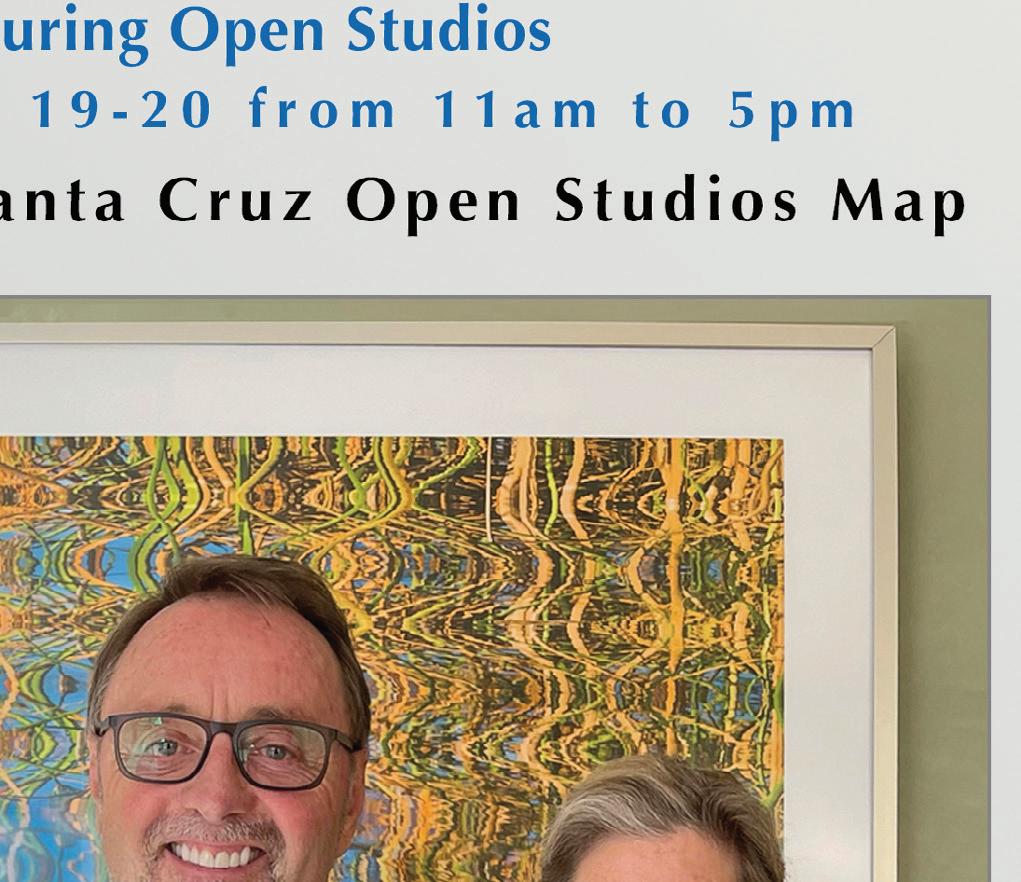
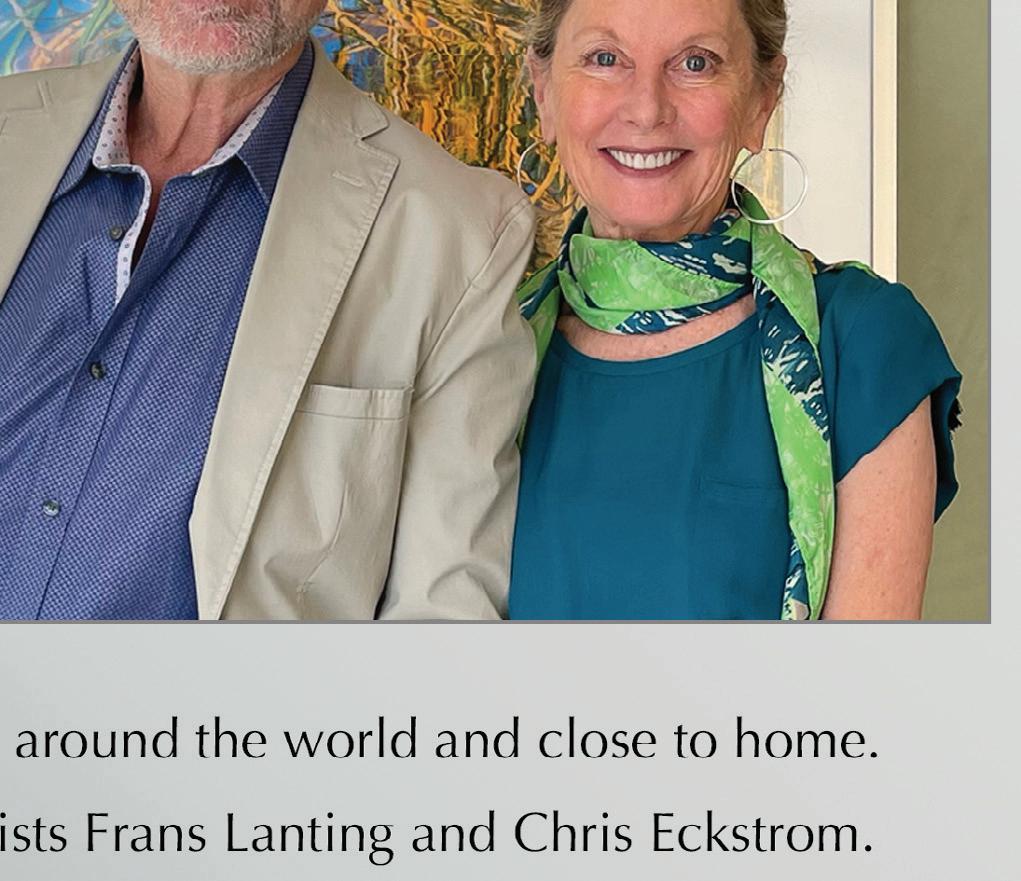

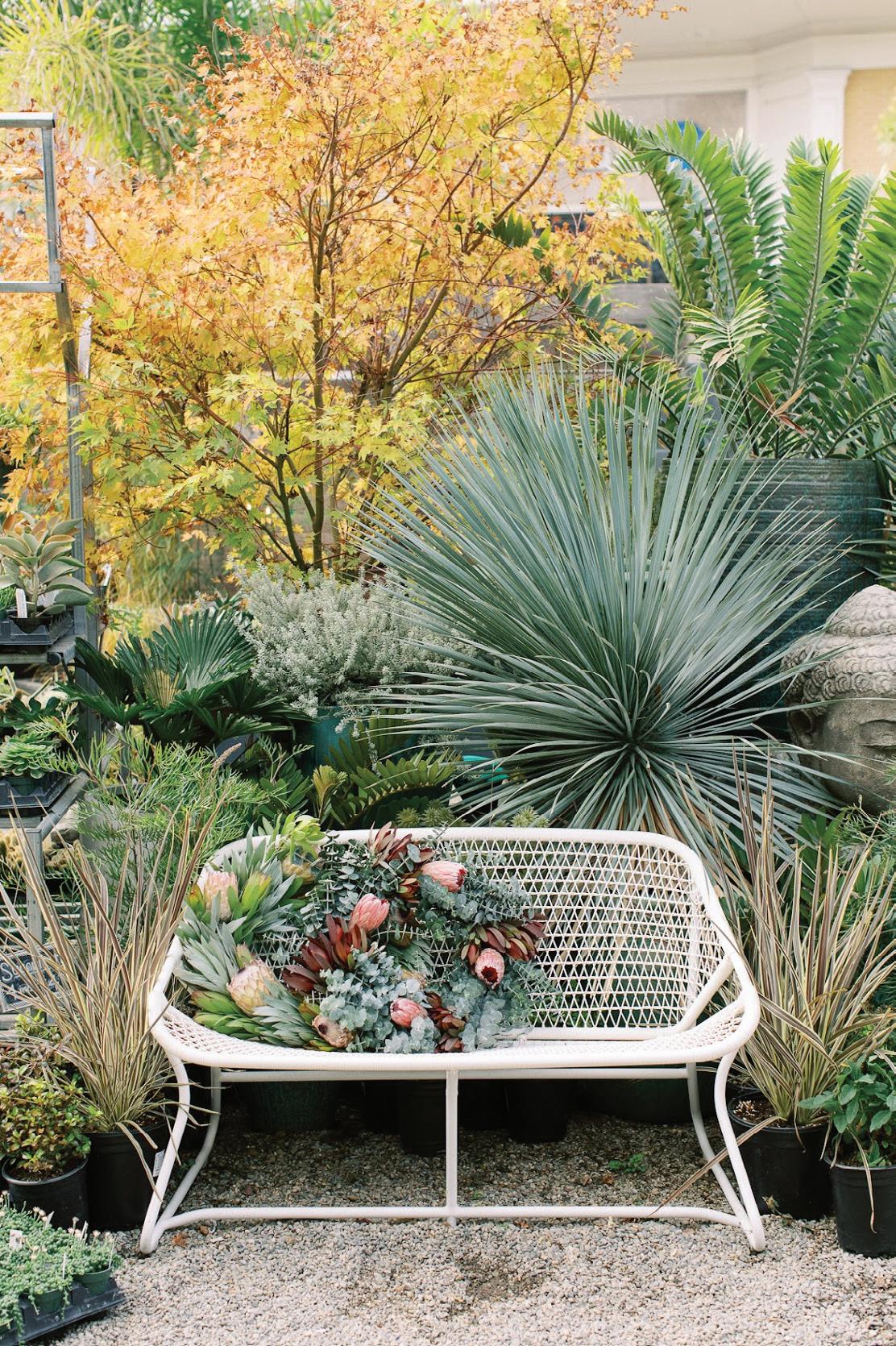
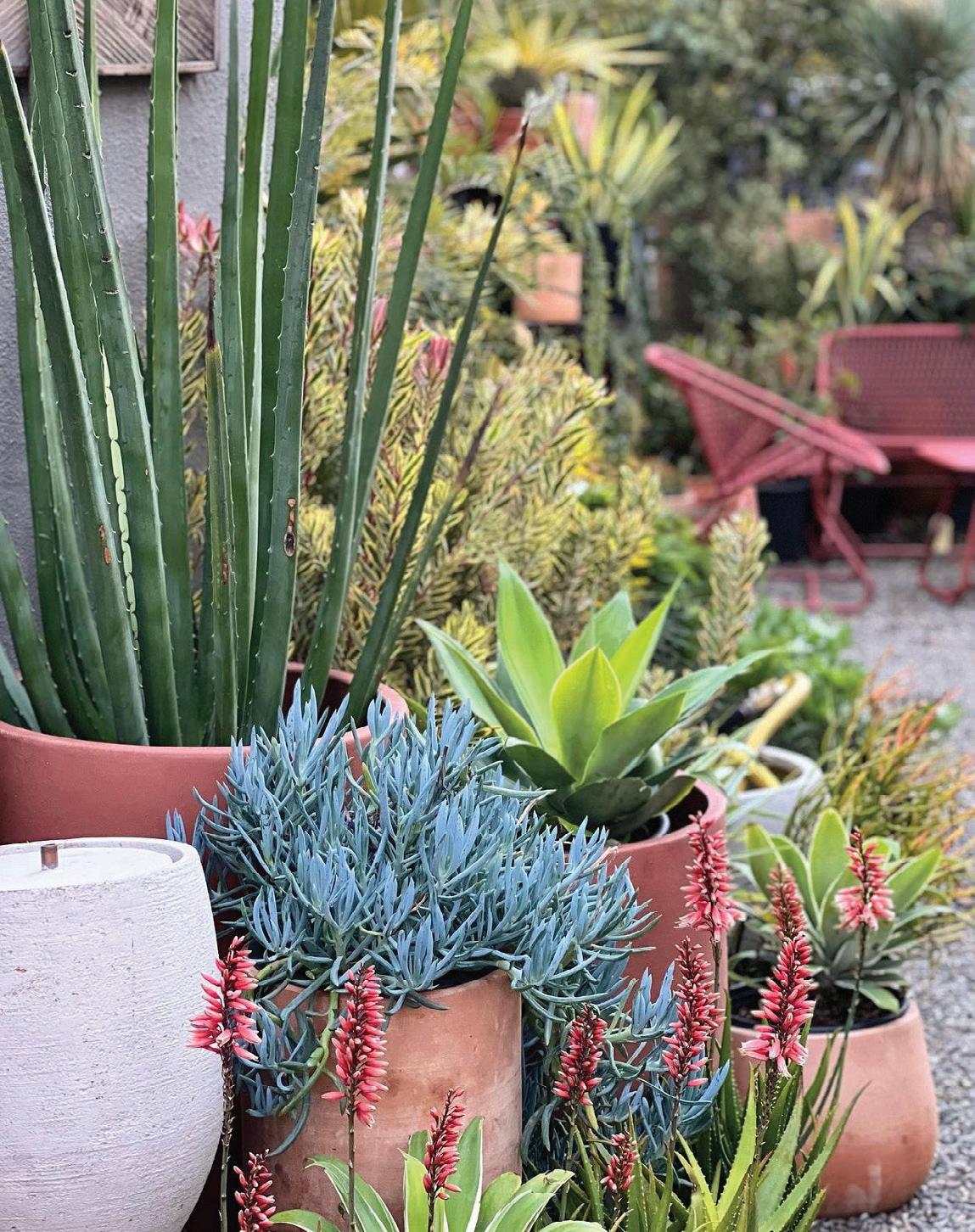
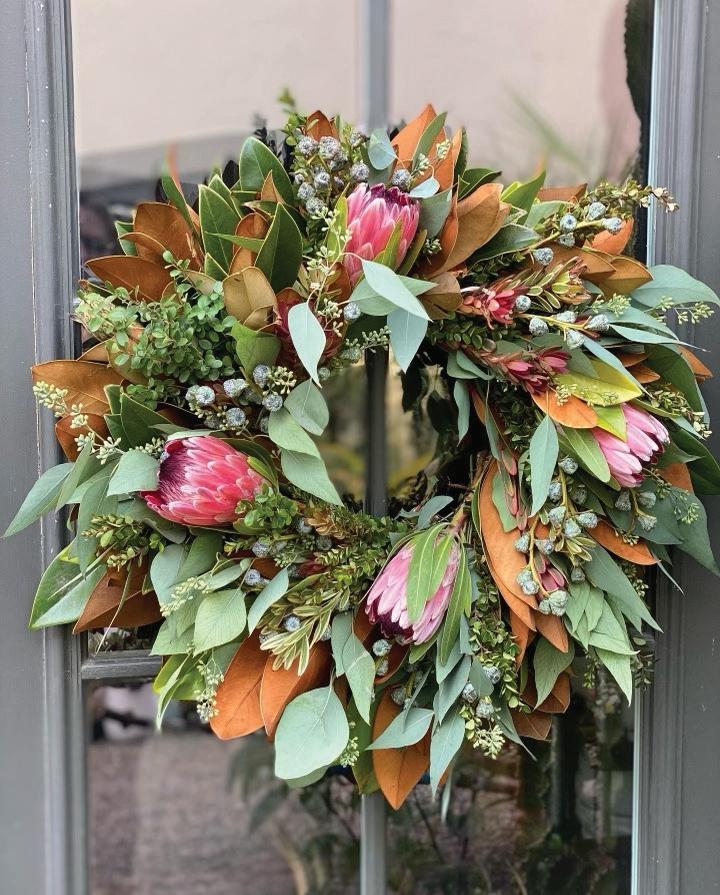
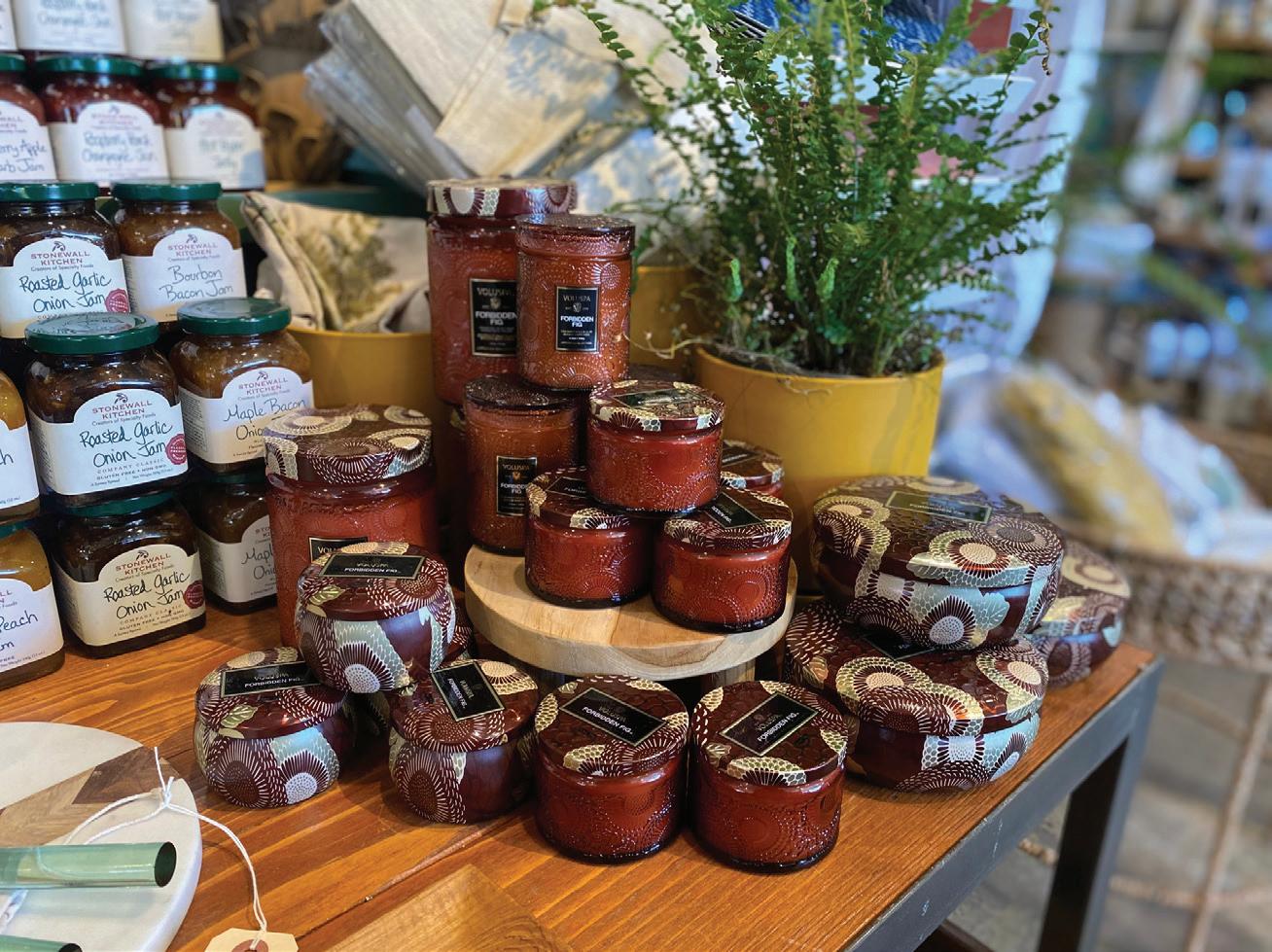
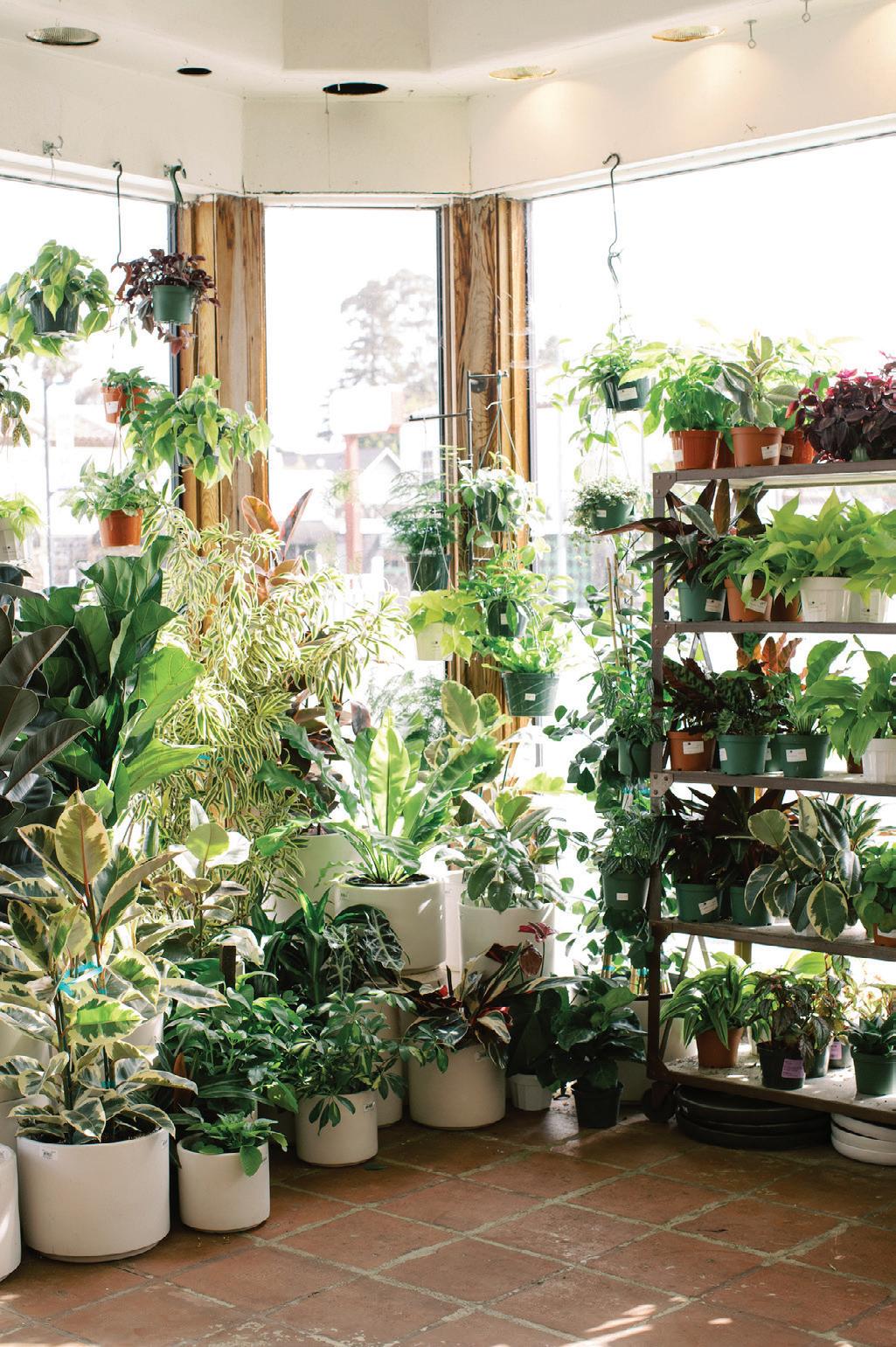

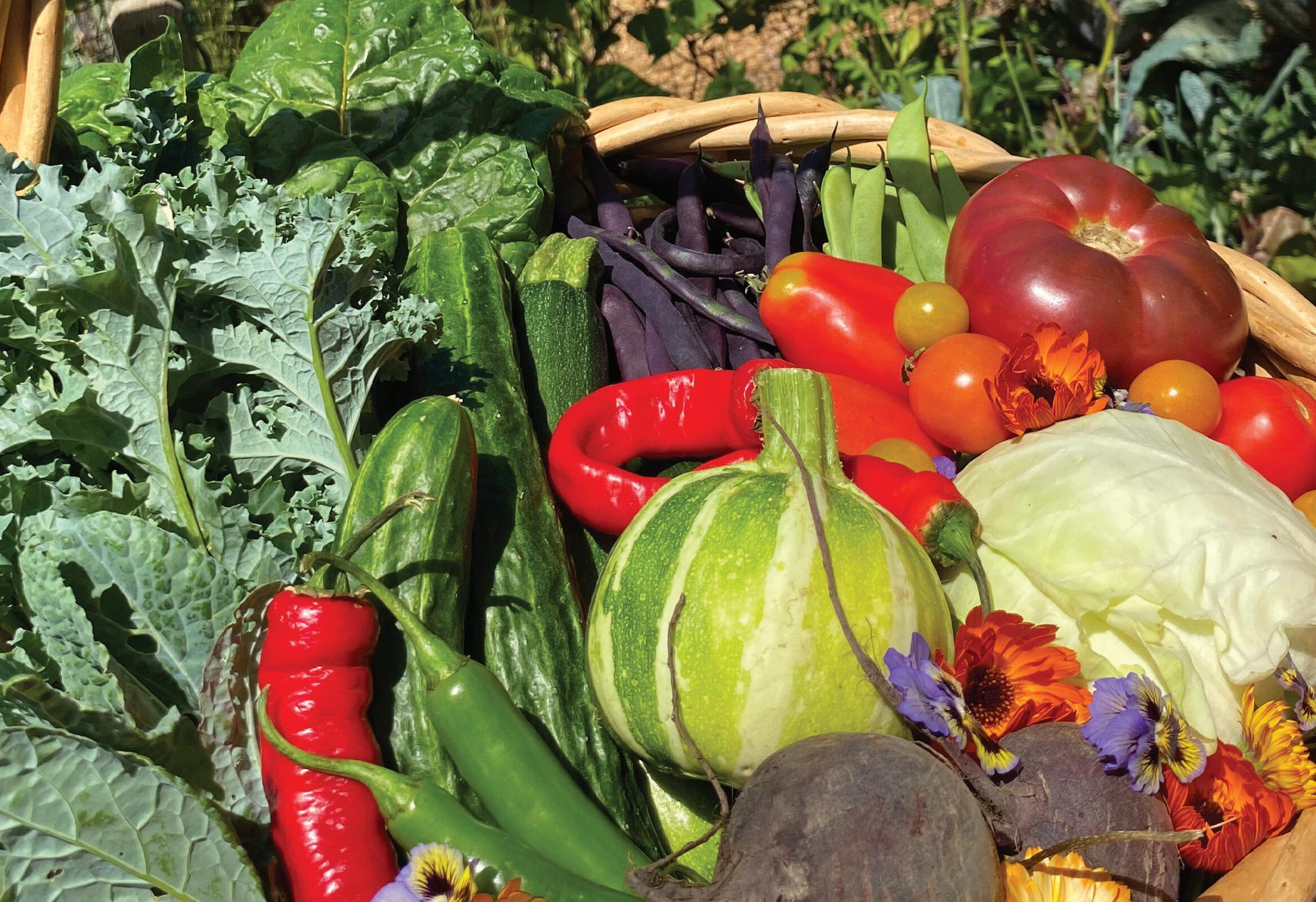



By Josh Stefanik and Andie Mills
As we approach the fall equinox, our little homestead is bursting at the seams. Our harvest baskets are overflowing with ripe tomatoes, peppers, cucumbers, beans and squash. As the days pass, the leeks and onions are getting plumper, and the other plants have grown above and beyond their garden beds. The walkways are becoming crowded by the perennial flowers that have been slowly encroaching on the paths all summer long.
As the seasons have shifted, we have watched seeds transform into vining plants that are now towering atop our trellises. Each week we are adding more support to our passionfruit vine to help it hang on to the hundreds of fruit it is bearing. Herbs are cascading over the borders, bush beans are draping over the edges and edible flowers are spilling out of the garden beds — and onto our plates. Abundance is in full swing. After months of relishing in the bounty of food and flowers and sharing the plethora with friends, family and our new rowdy ground squirrel neighbors, it’s time to preserve. Preserving abundance is key to living off the land, maximizing harvests, minimizing
waste and going to the grocery store a whole lot less! Over the past few years, ready or not, each harvest season has quickly acquainted us with the many different ways to preserve. Some of our most successful preservation techniques have been drying, freezing, canning, fermenting and seed saving.
You don’t need fancy devices to preserve your garden’s bounty, some twine will do the trick. Next time you have leftover herbs from the store or a surplus from your garden, take the opportunity to stock up your spice rack. Bundle your herbs with twine and hang them from a longer piece of twine, much like clothes drying on a clothesline. This technique is also effective for drying flowers.
If twine isn’t available, simply arrange your herbs on a cooling rack or baking sheet and allow them to dry naturally. For best results, air dry herbs, flowers and leafy greens in a cool, dark space with plenty of airflow. Once thoroughly dried and crisp to the touch, store in an airtight container. Similarly, you can also thinly slice fruits and vegetables,

then thread them with a needle and string to dehydrate naturally in the sun. Peppers work great for this and can be transformed into chili flakes, made into a paste or powder, or rehydrated.
When we first started delving into preserving foods we relied on freezing, using whatever freezer-safe jars, Tupperware and bags we had available — a method we still recommend. While freezing is convenient and efficient, freezer space does fill up quickly and the taste is slightly diminished. For liquid foods, sauces, salsas, jellies, and jams we have found that canning is the most long-lasting and flavorful preservation method. Canning requires some investment in specialized equipment or creative use of existing kitchen tools, but the results are well worth it, allowing us to savor the flavors of summer year-round.
This year, we’ve also embraced fermentation as a method for preserving our garden bounty. We’ve been experimenting with various types of sauerkraut, kimchi and sour pickles. If you have cabbages or cucumbers, consider fermenting them. The process can be as simple as adding sliced veggies and spices to a jar, coating them with salt or brine (salt and water), and checking them daily. After a few days of fermentation, you’ll have food with a unique, complex flavor that provides beneficial probiotics to support your gut health and can last for months in the fridge.
As summer fades away and some of our crops transition to their final cycles of life, we choose a few of the healthiest and most productive plants and let them go to seed. These seeds can be collected and stored in a cool, dry place — a brown paper bag works wonderfully. You can also let seeds drop in place to save time planting next year. We see seed saving as an essential component of any homestead by reducing dependence on outside inputs. You can save seeds from anything, whether flowers or food. Not only will this save you money next year, but the seeds will also become better adapted to your microclimate
with each passing season. After a few generations, you’ll have plants specifically suited to your garden and seeds that make perfect gifts to share with fellow gardeners in your area.
As the air crisps up, keep an eye out at local markets for apples, persimmons and pumpkins, which will soon be at their prime. As we get farther away from the heat of summer, there’s plenty you can plant and prepare for the winter garden. Start seeds like carrots, radishes, beets and salad greens, or plant brassicas like cabbage and broccoli. The fall and winter garden can be just as bountiful as the summer, with the colder temps the salad greens and root crops are sweeter, less bitter and have the best crunch!
Over the past few years, we have been deeply committed to learning and practicing sustainable and regenerative cultivation methods. As we look to the future, we remain dedicated to continuing environmentally responsible practices that promote growth, biodiversity and deeper connections with the land we are privileged to care for, and with the community we are grateful to be a part of.
“AS SUMMER FADES AWAY AND SOME OF OUR CROPS TRANSITION TO THEIR FINAL CYCLES OF LIFE, WE CHOOSE A FEW OF THE HEALTHIEST AND MOST PRODUCTIVE PLANTS AND LET THEM GO TO SEED.”



